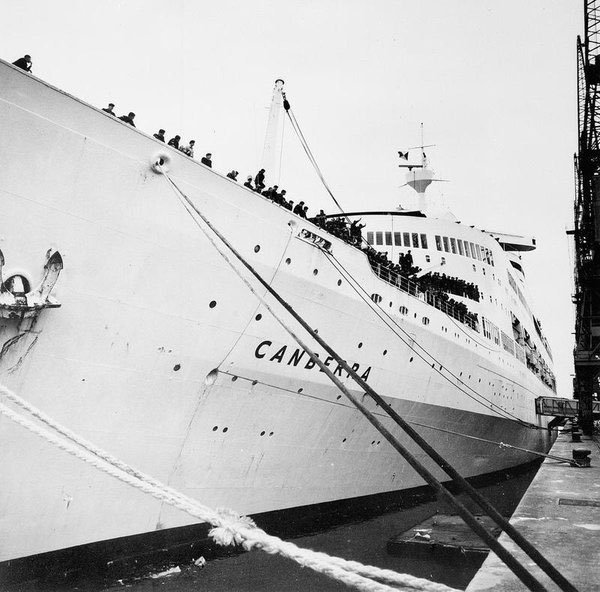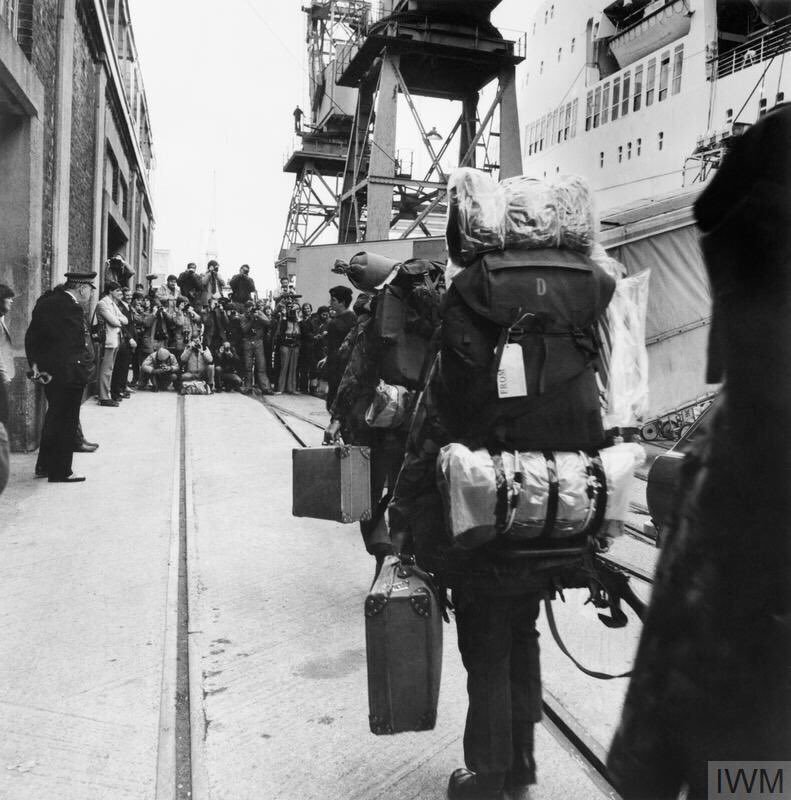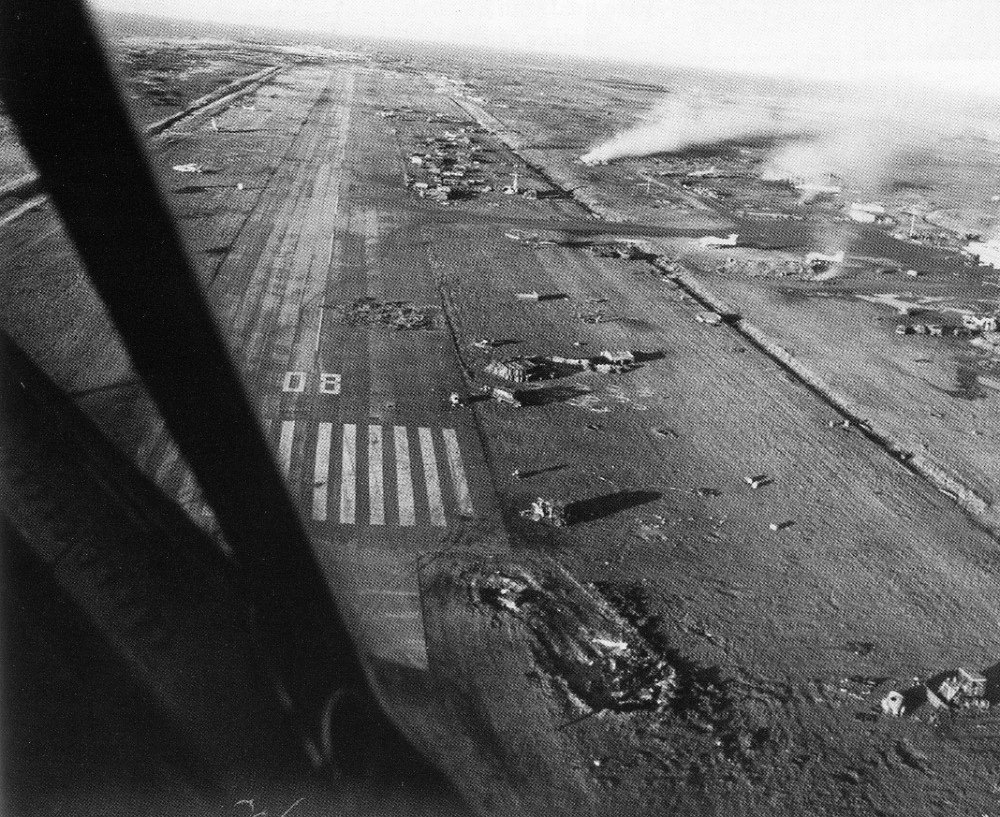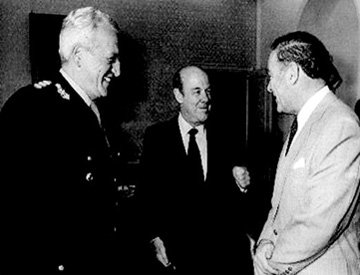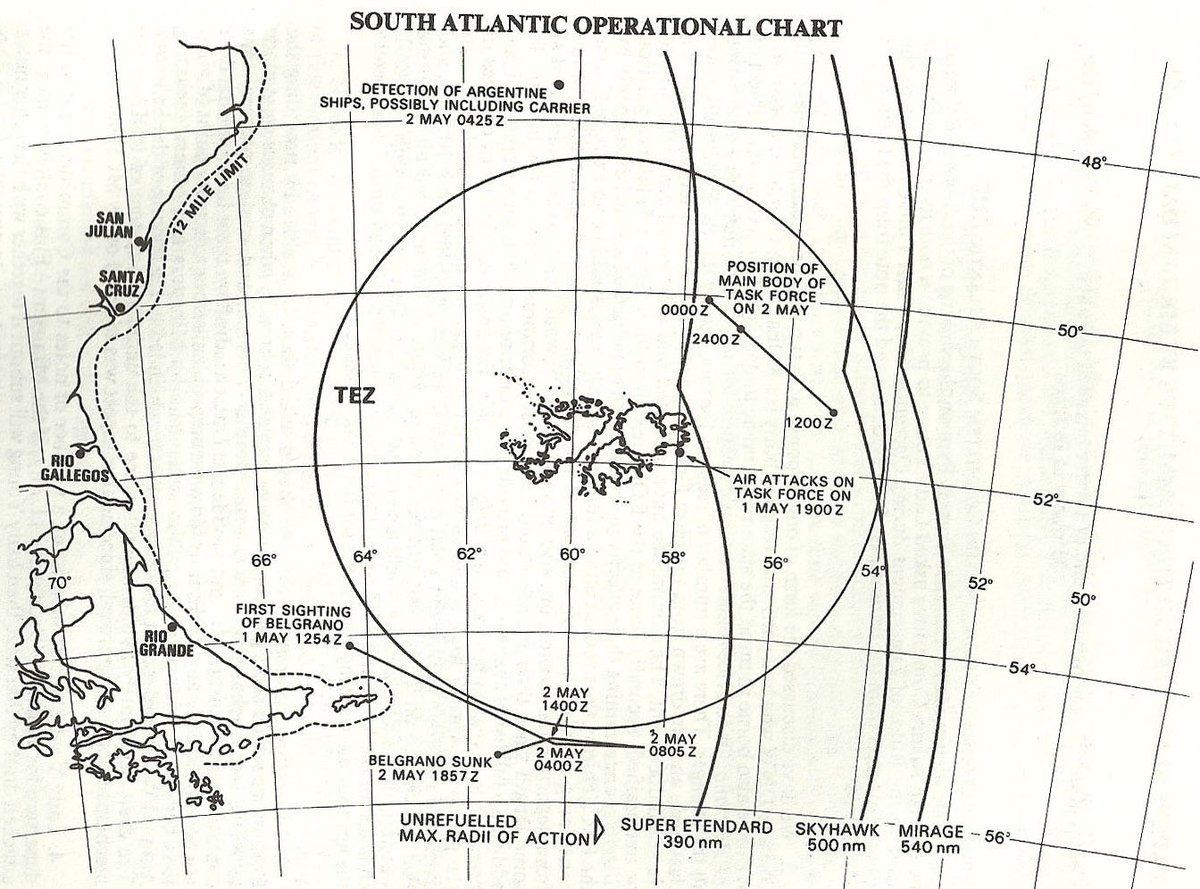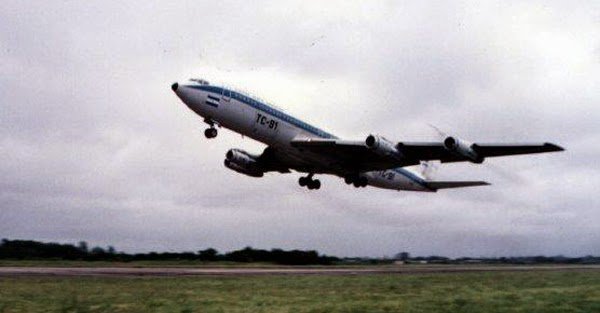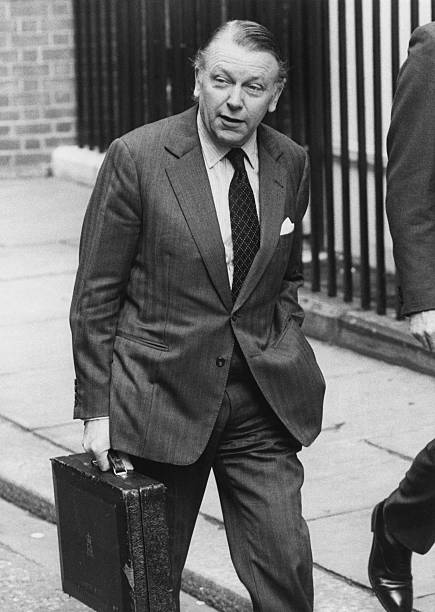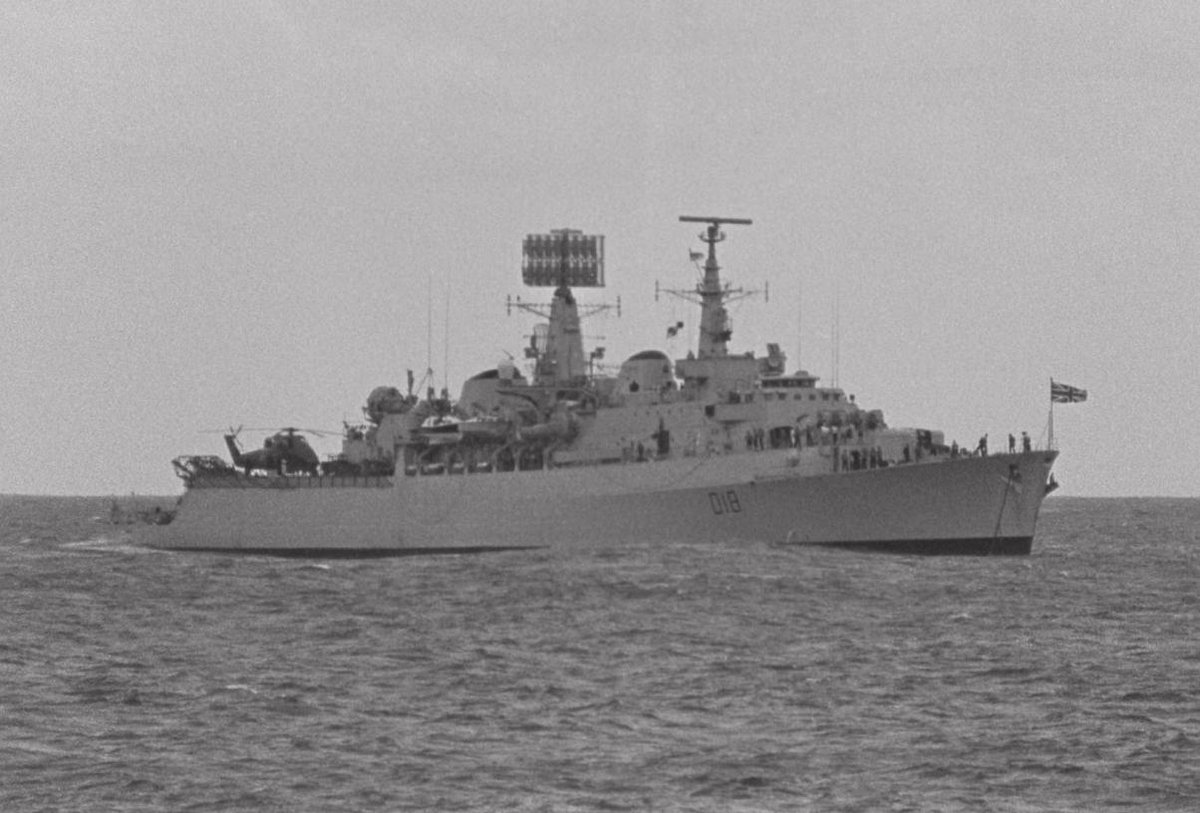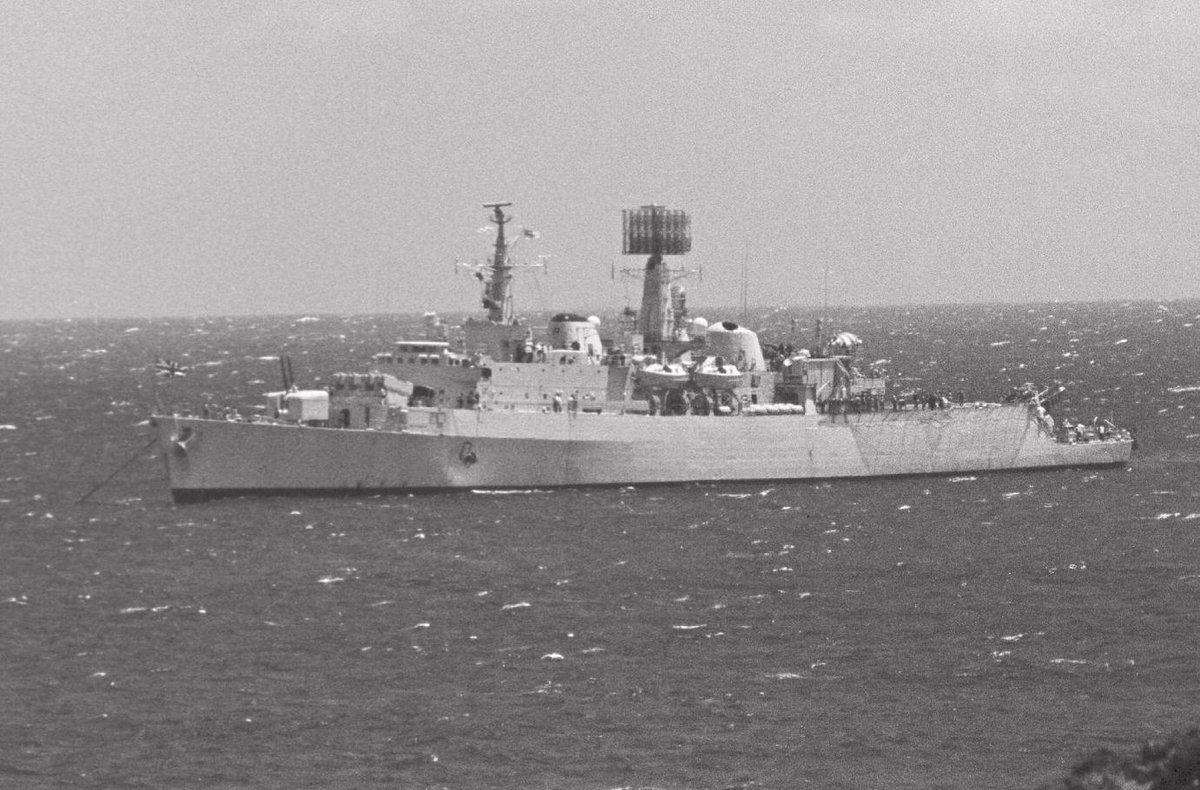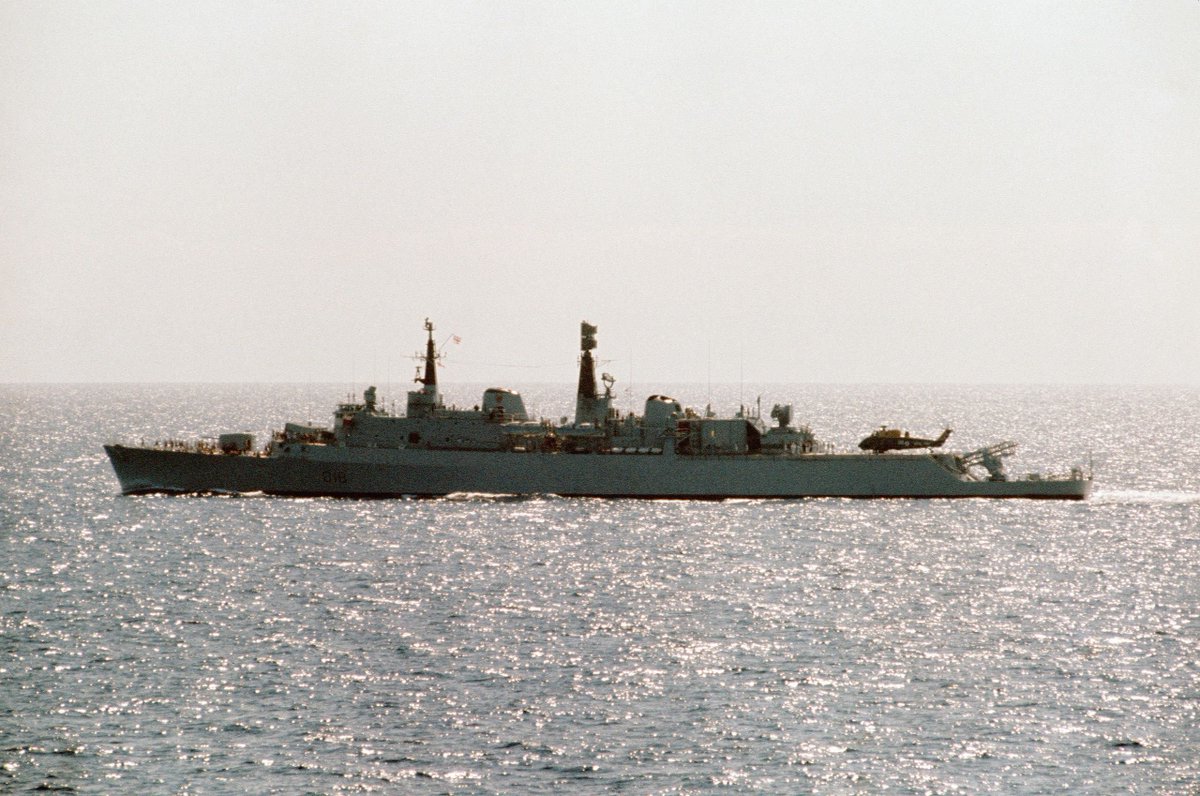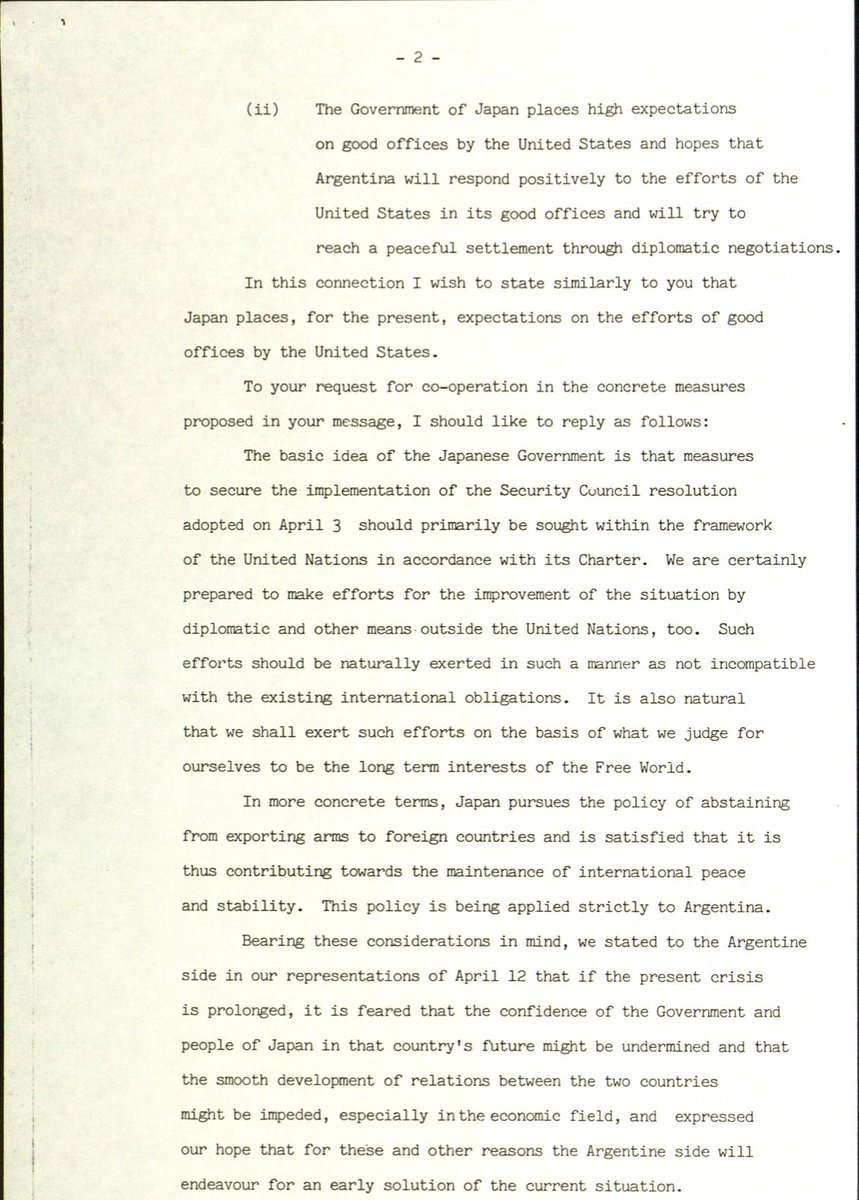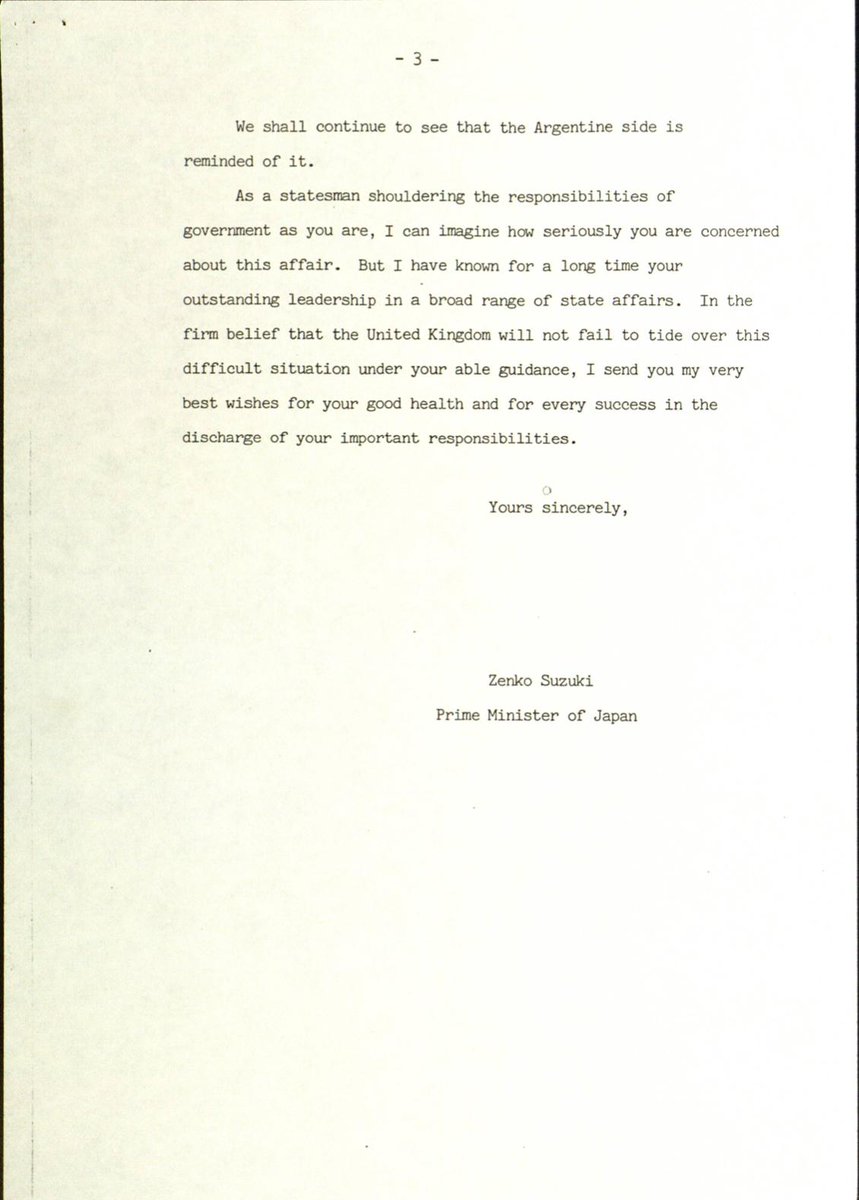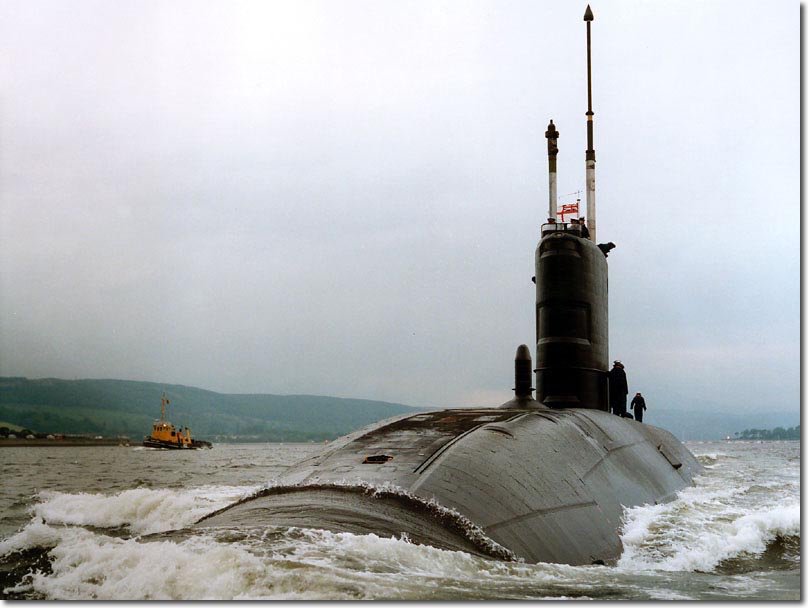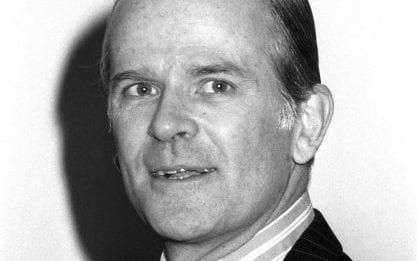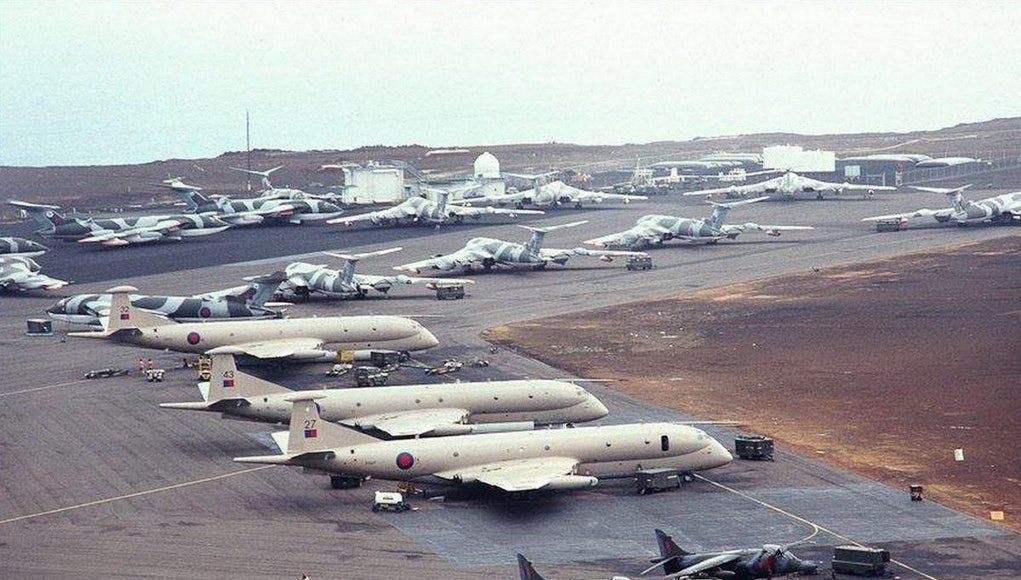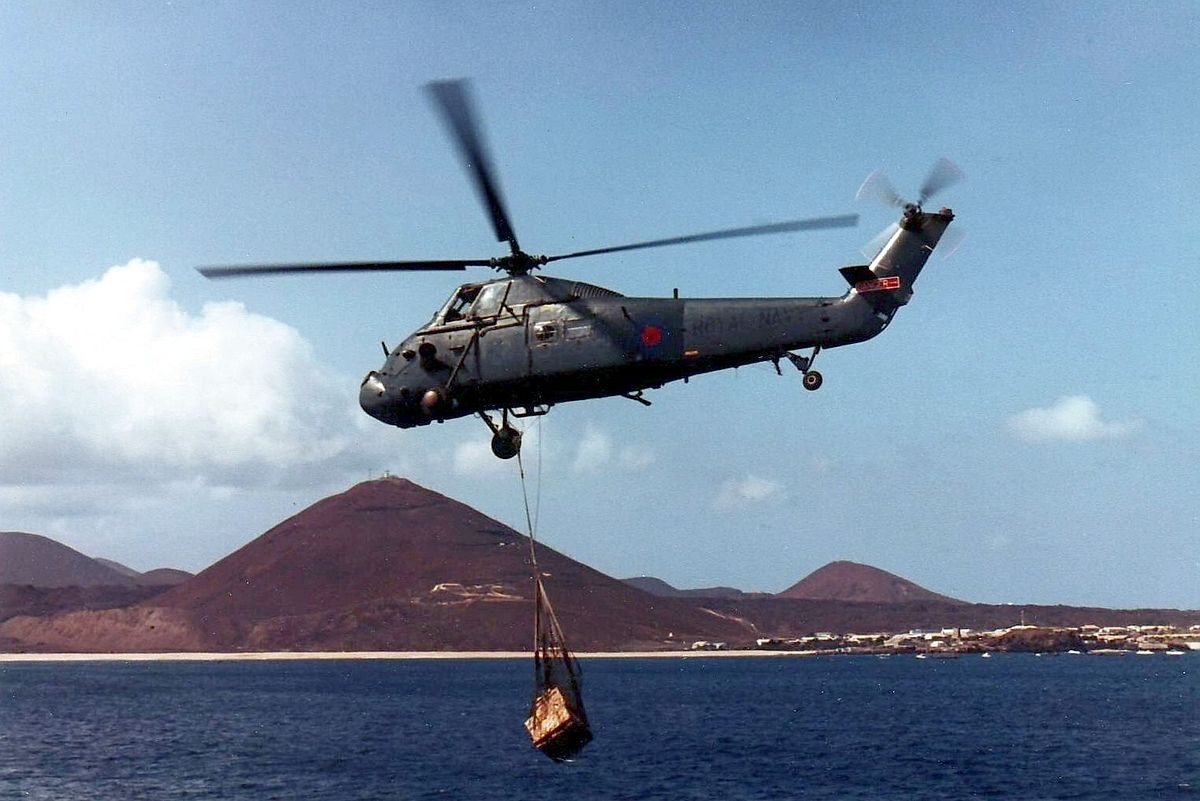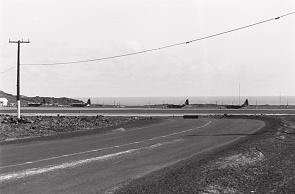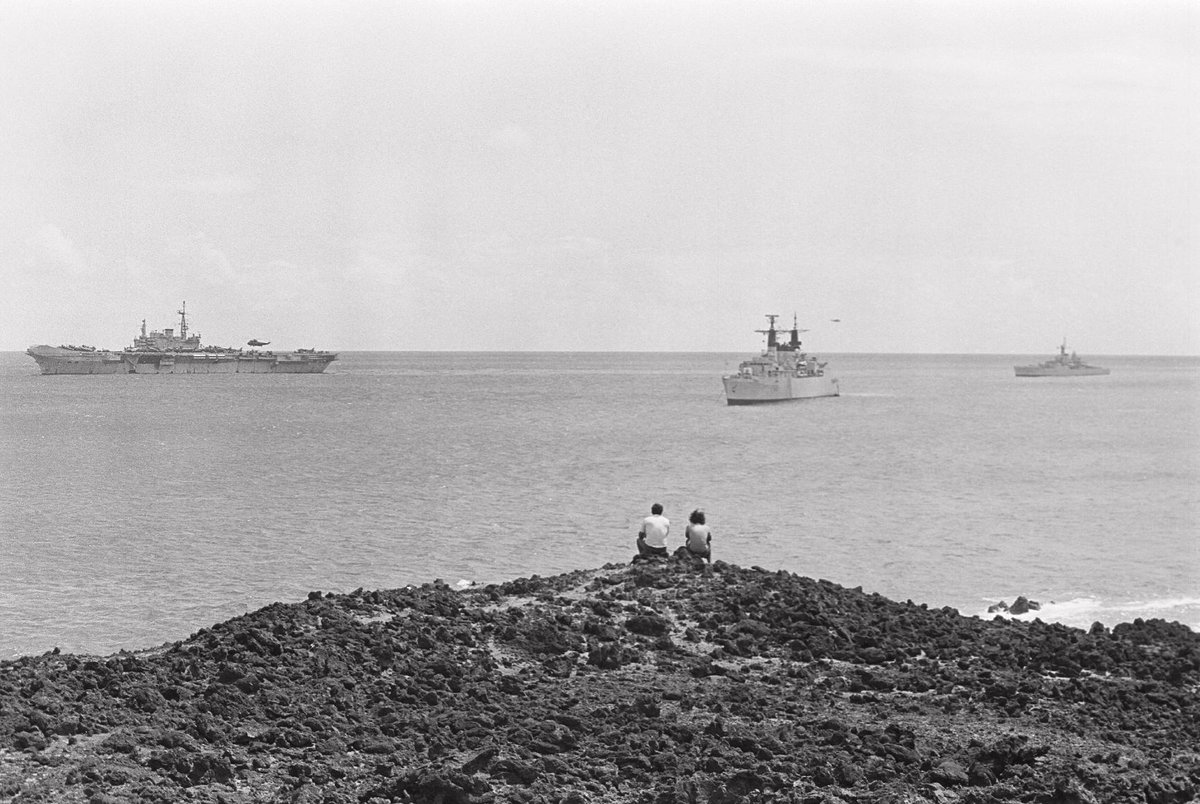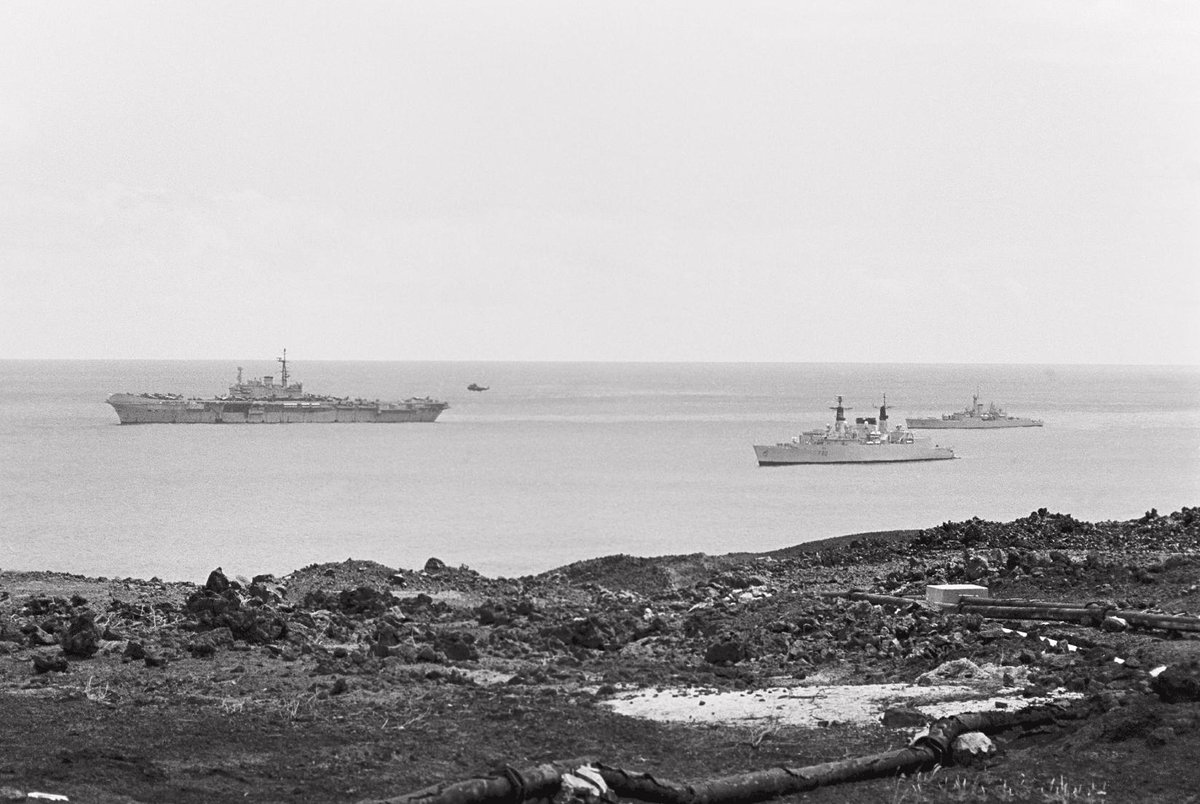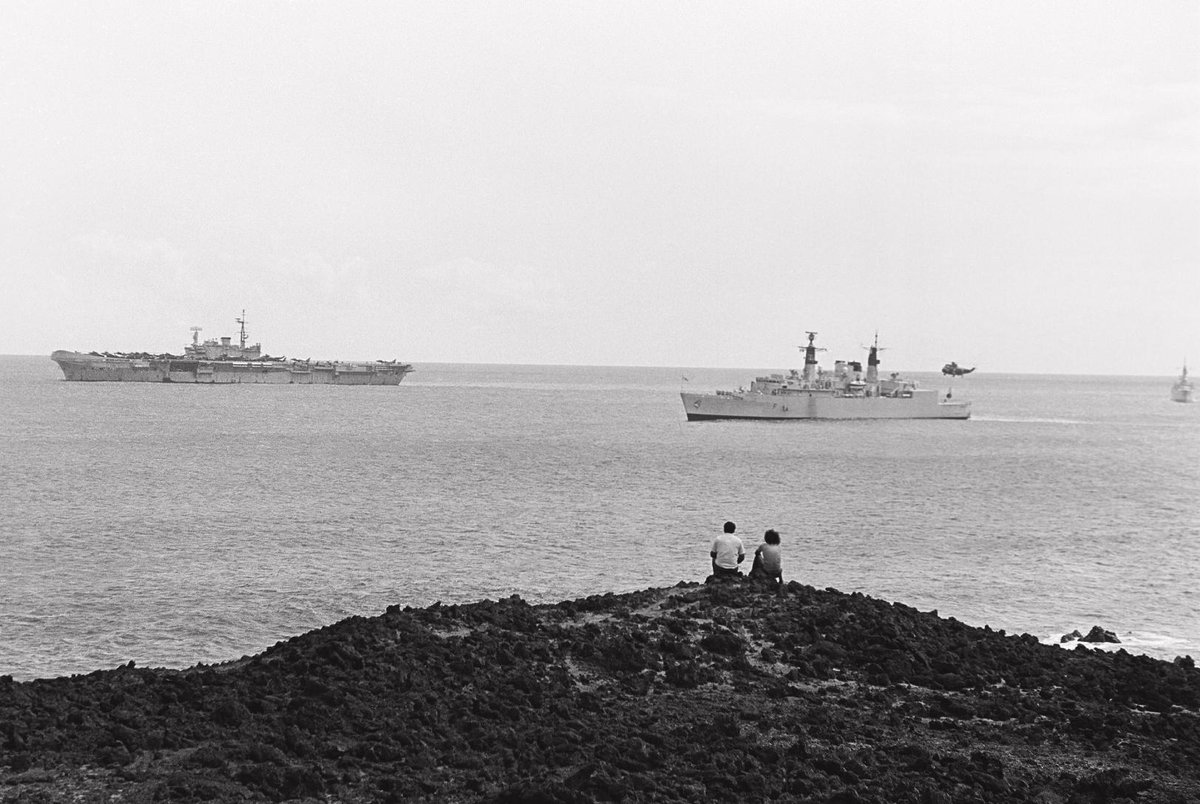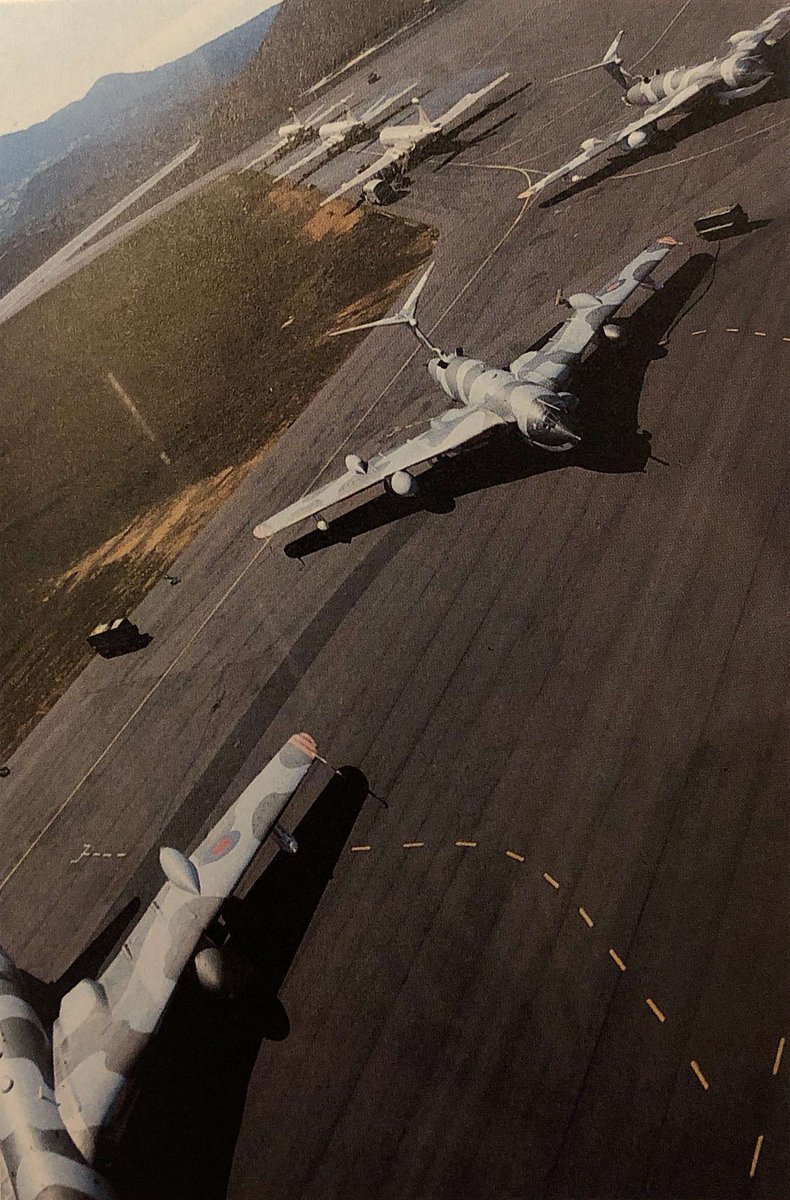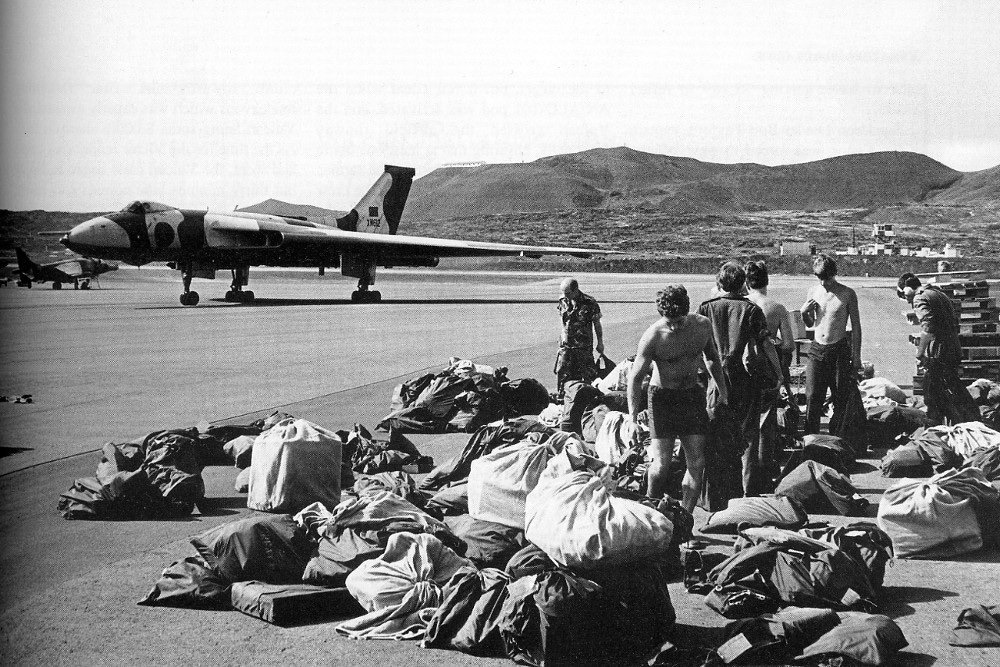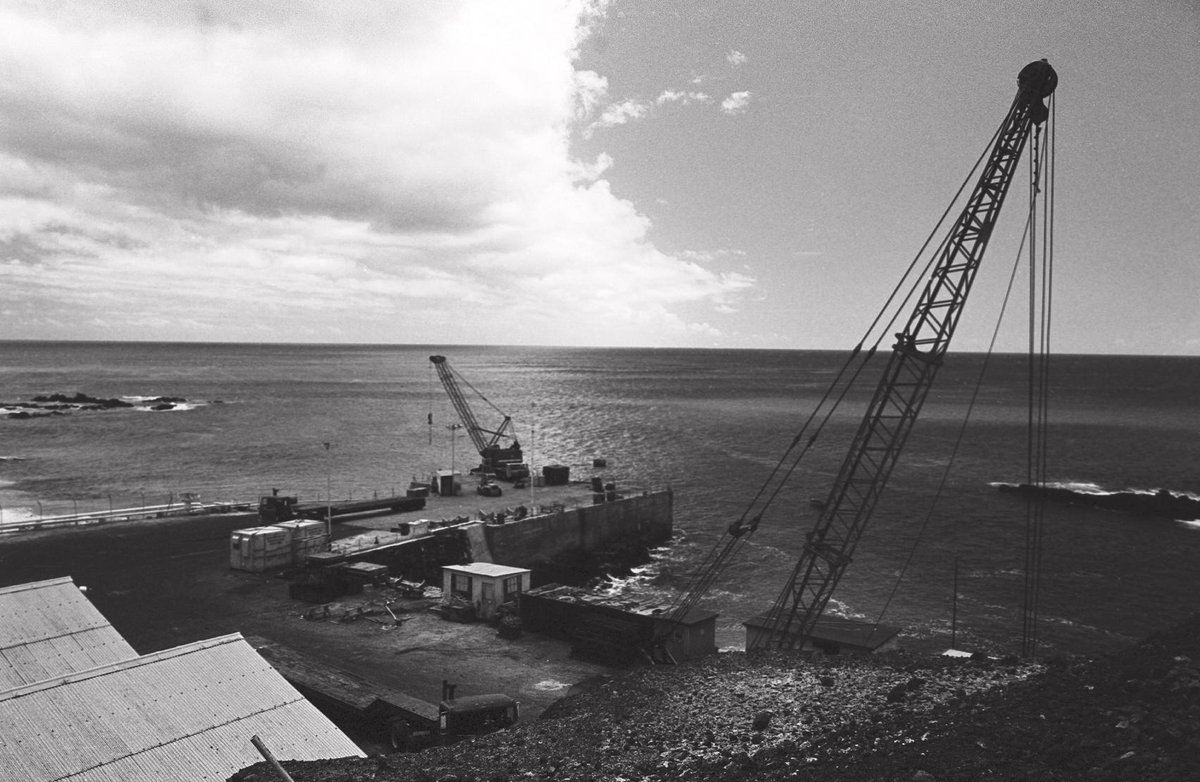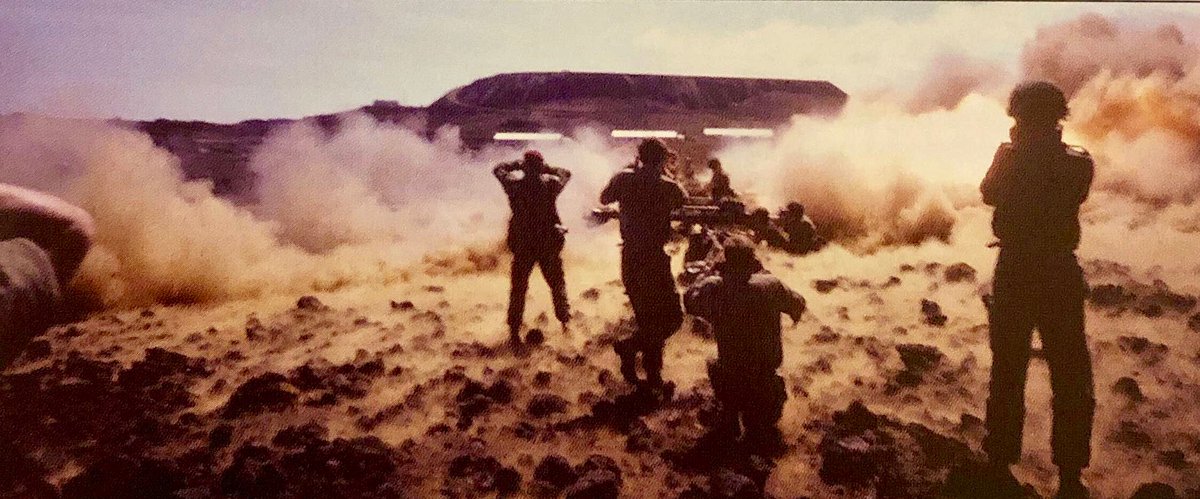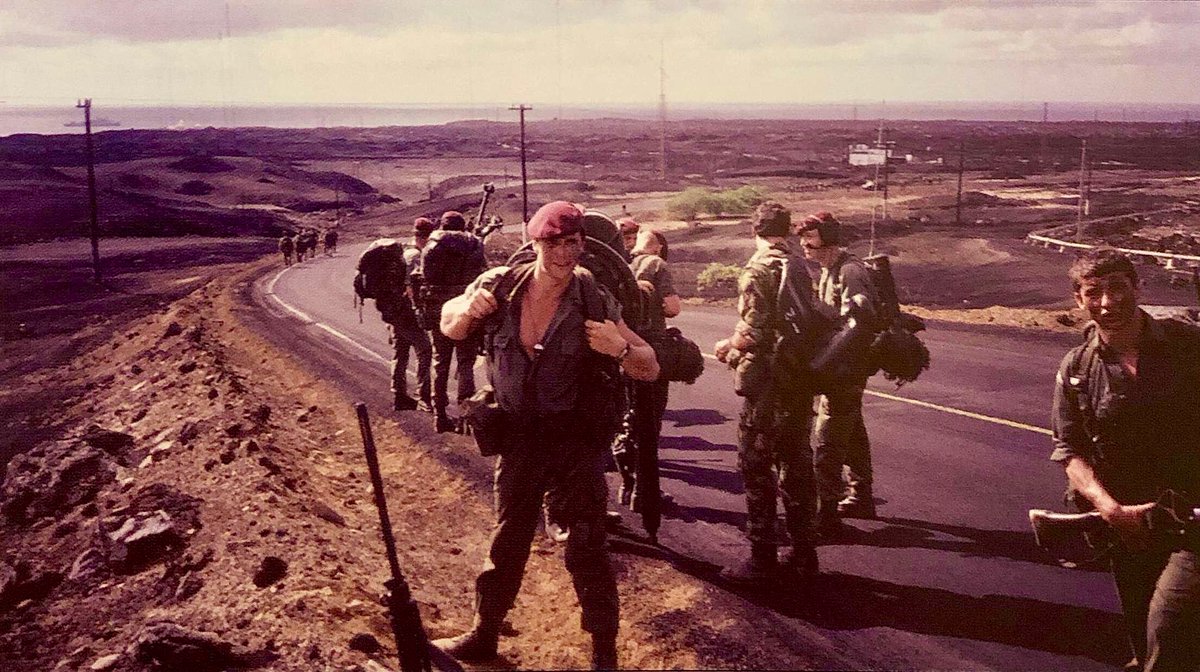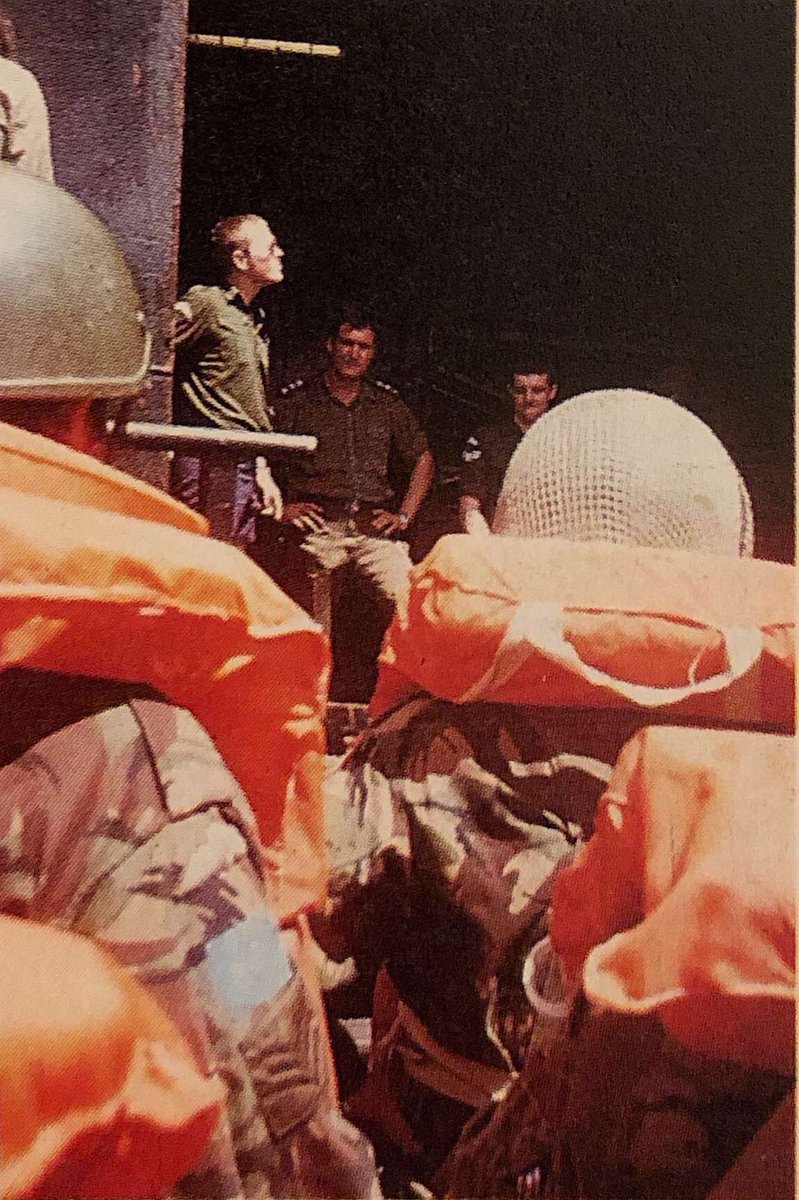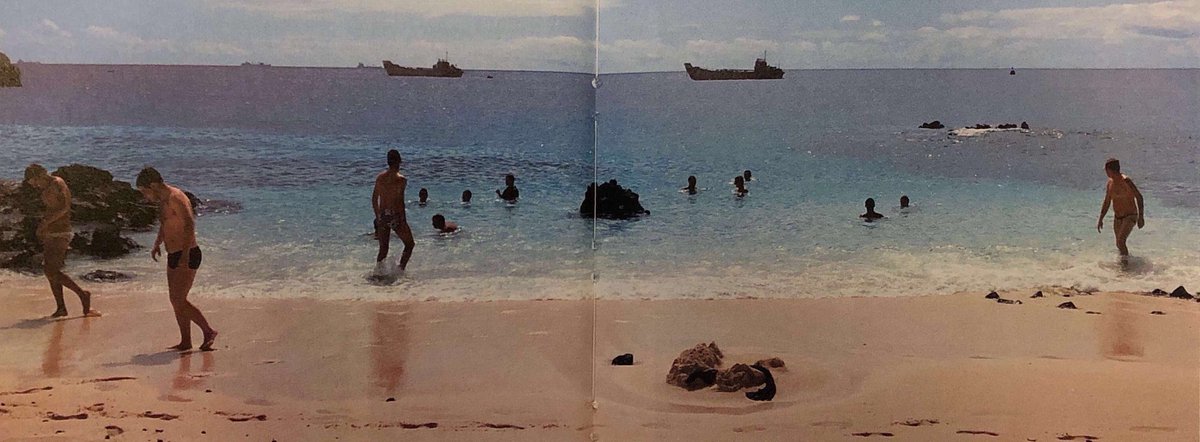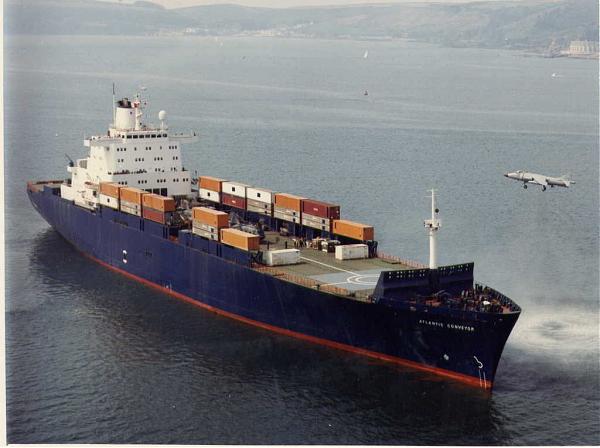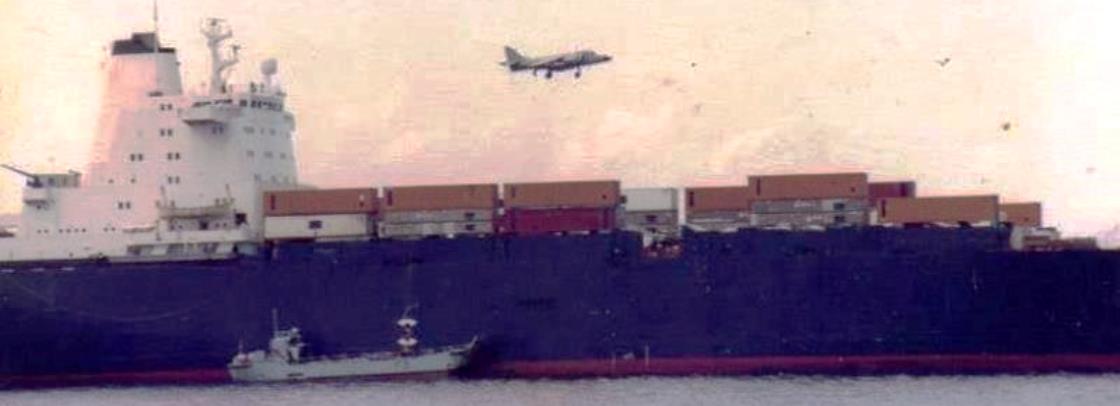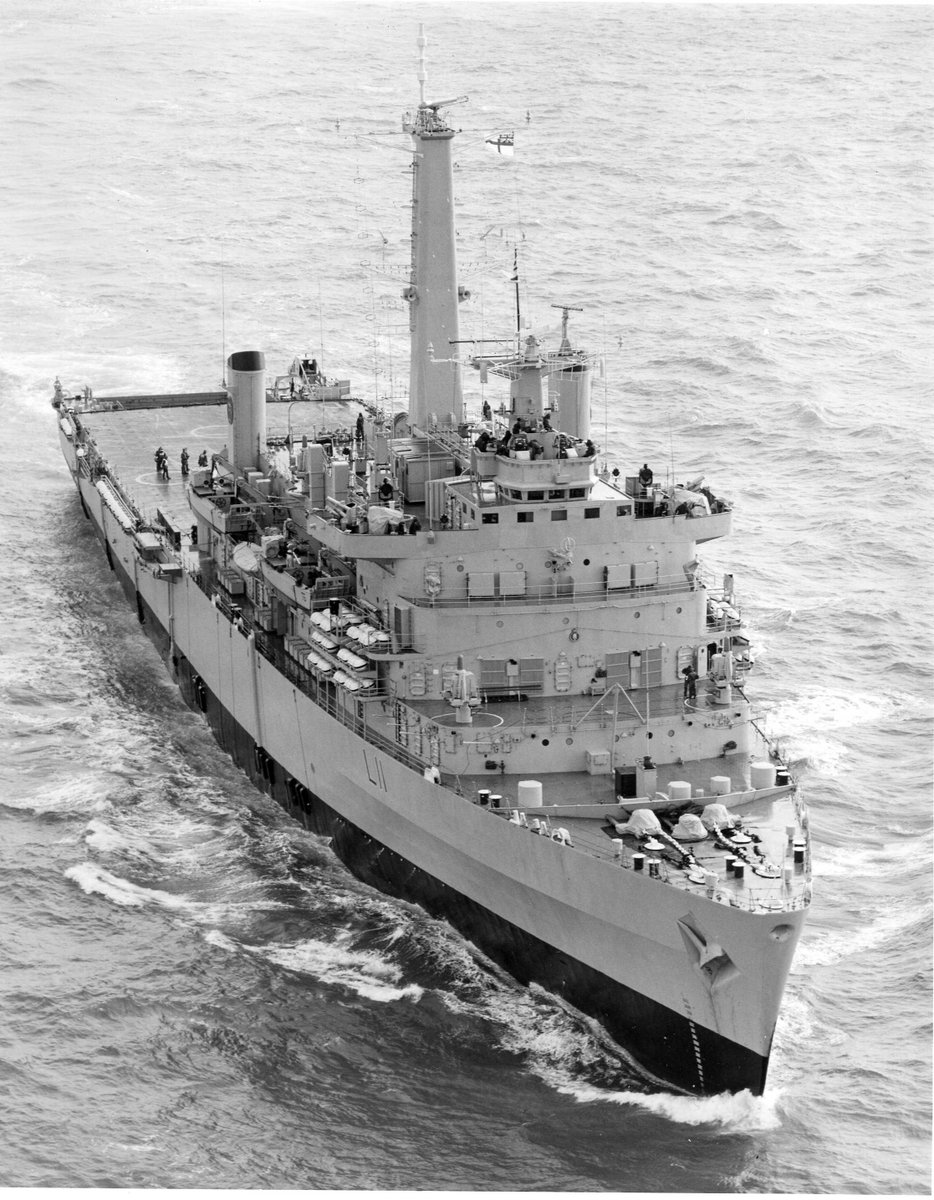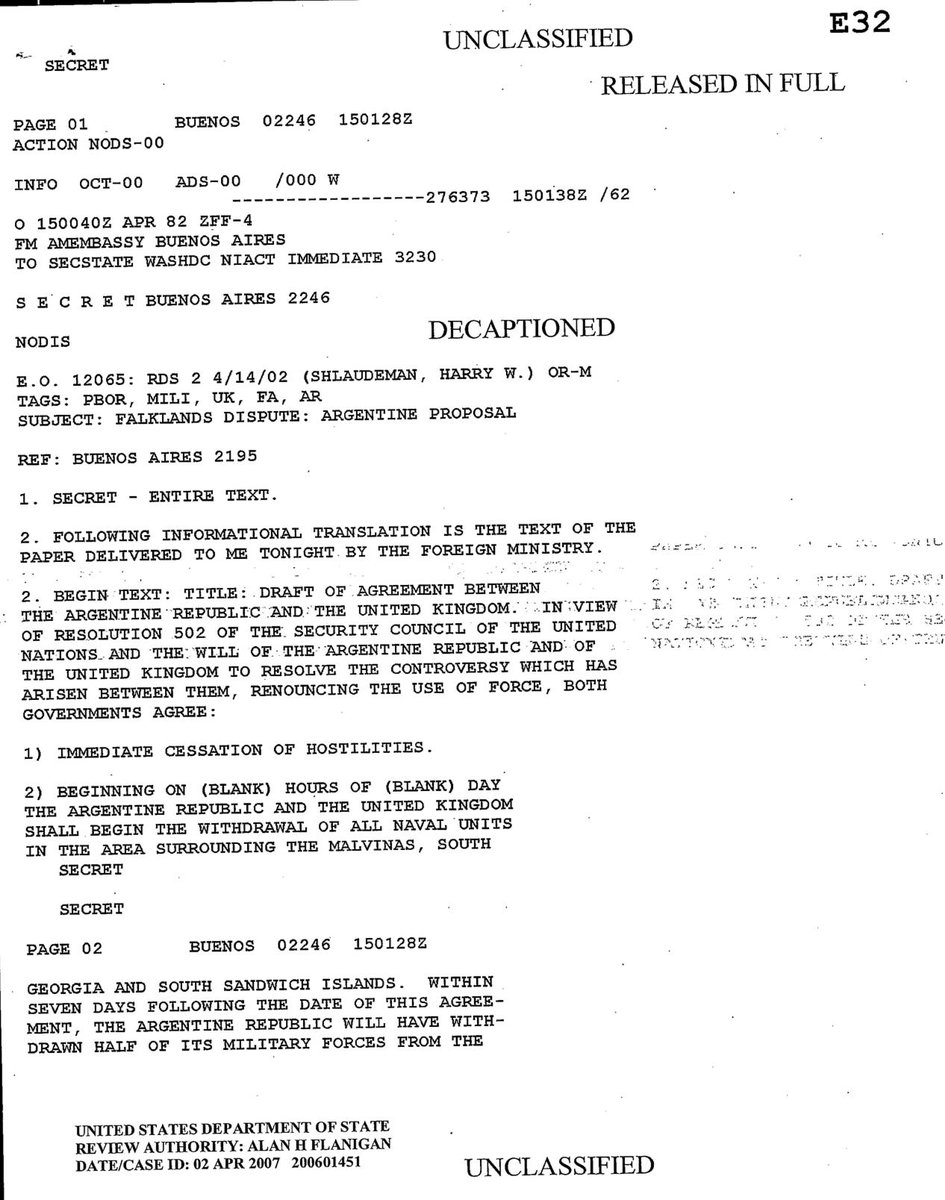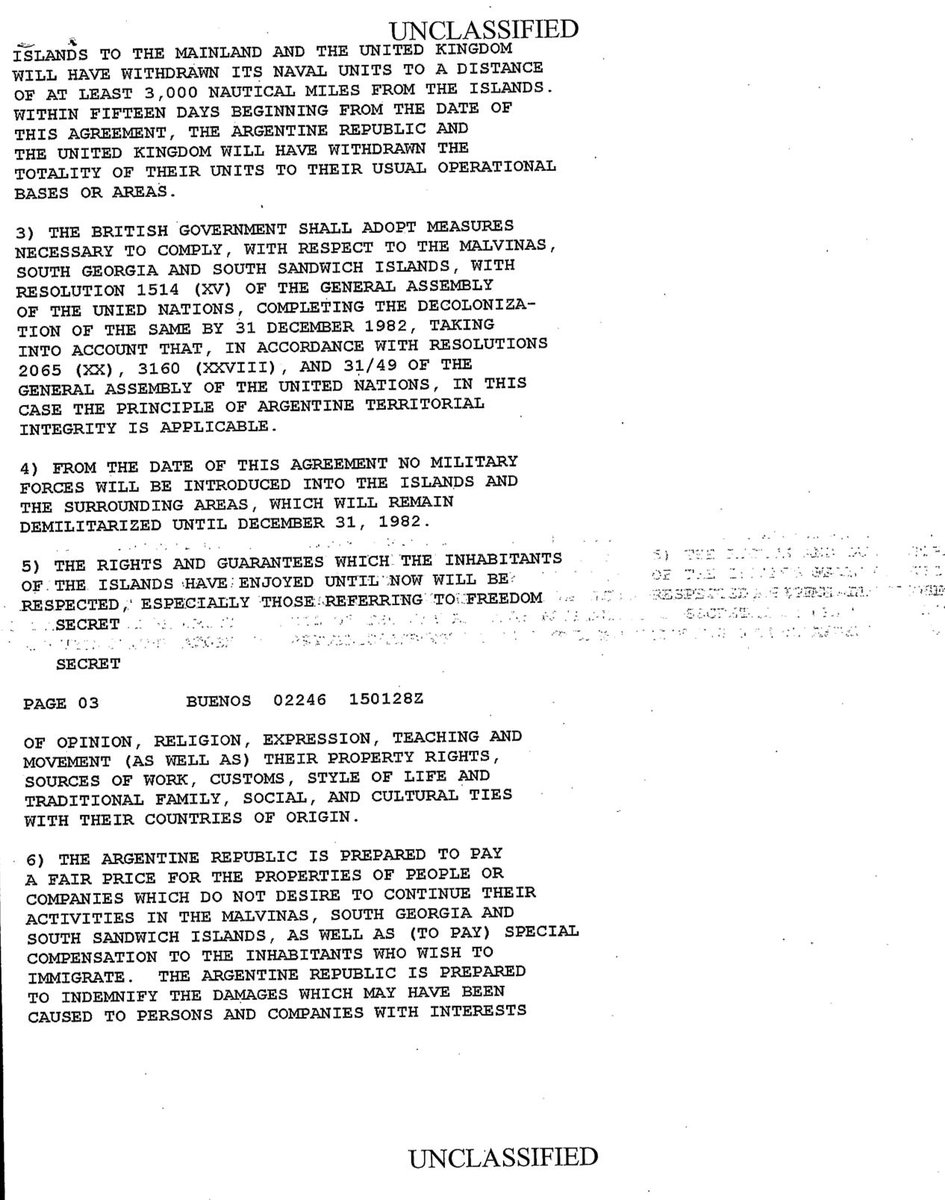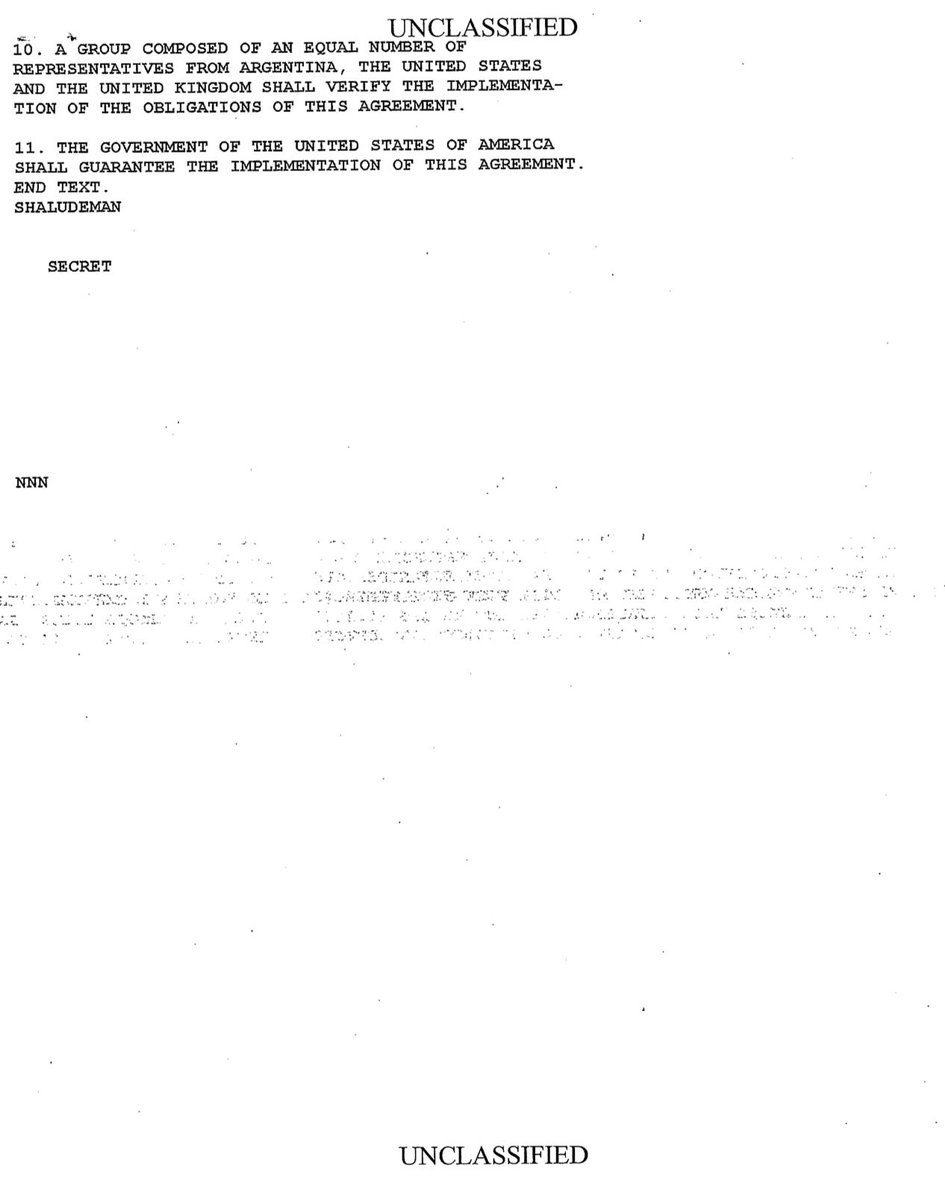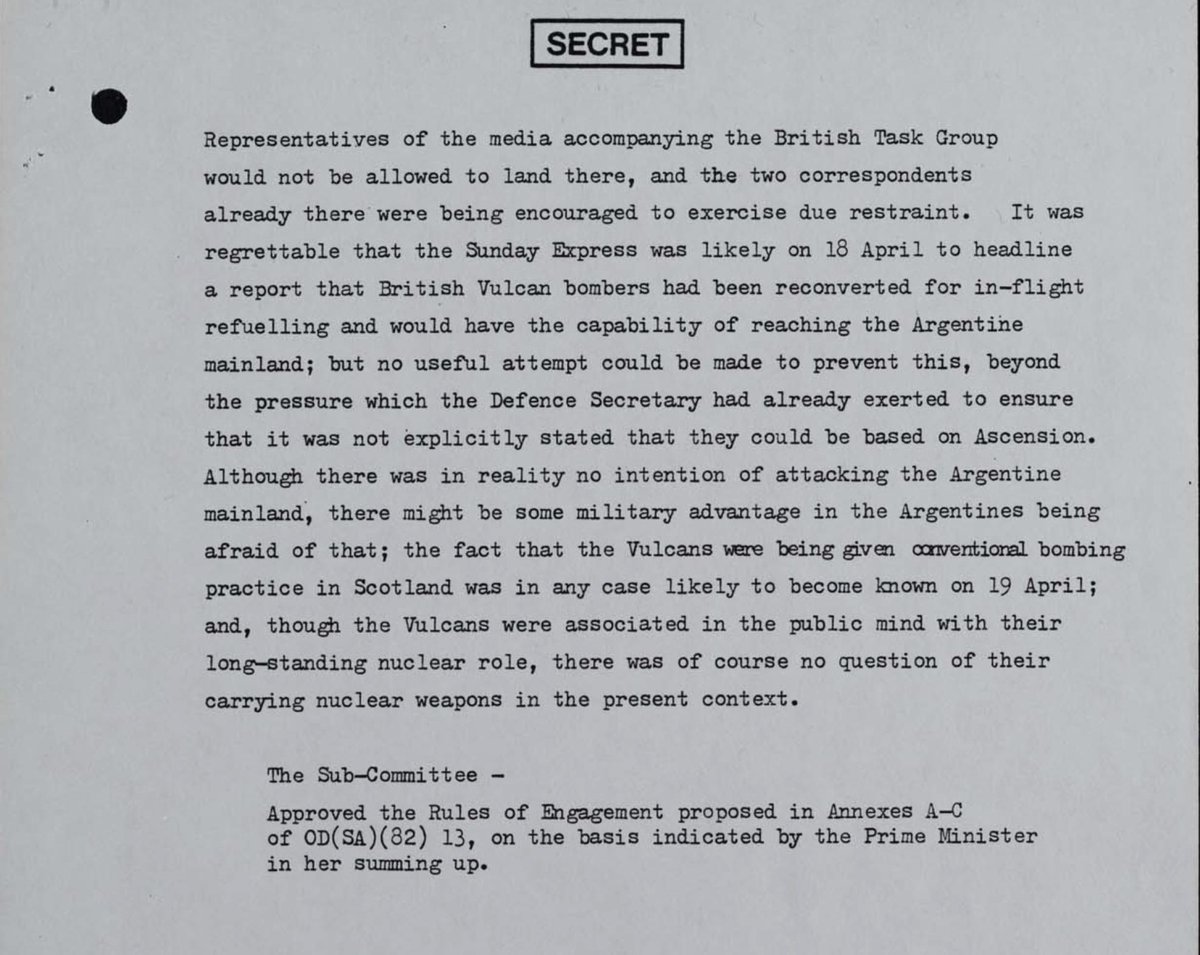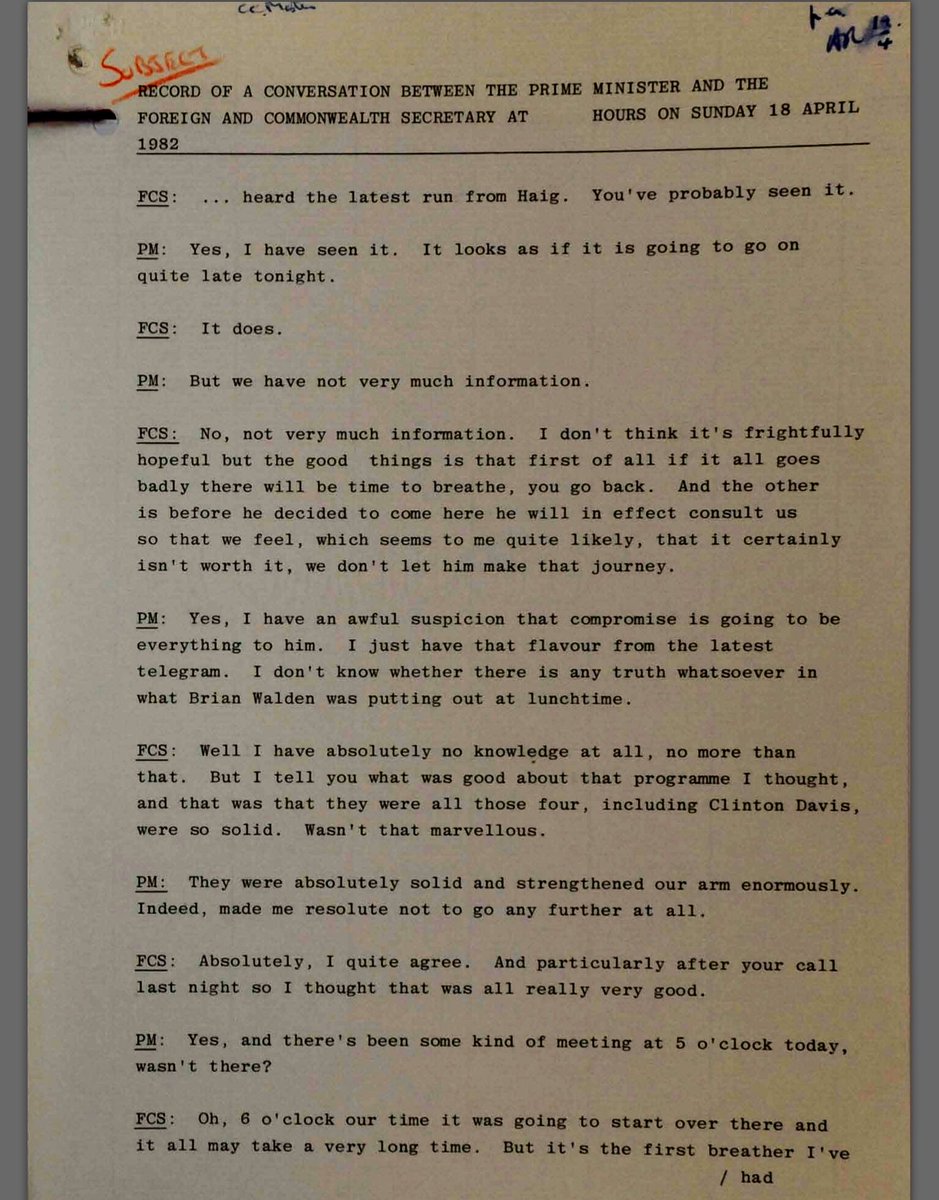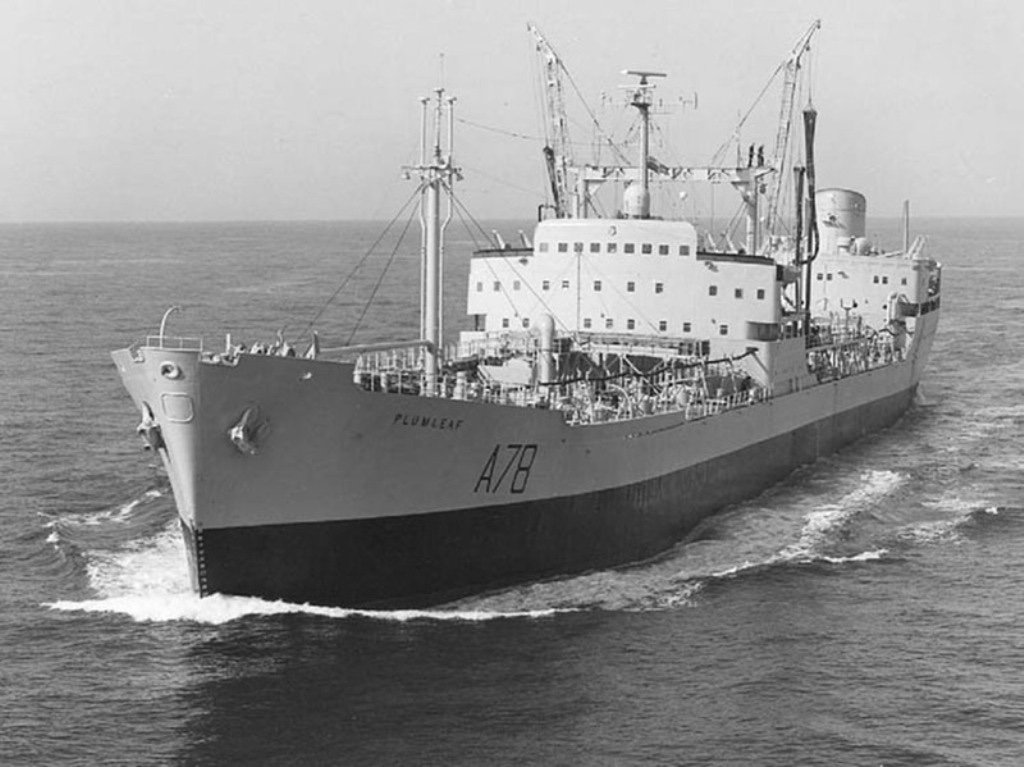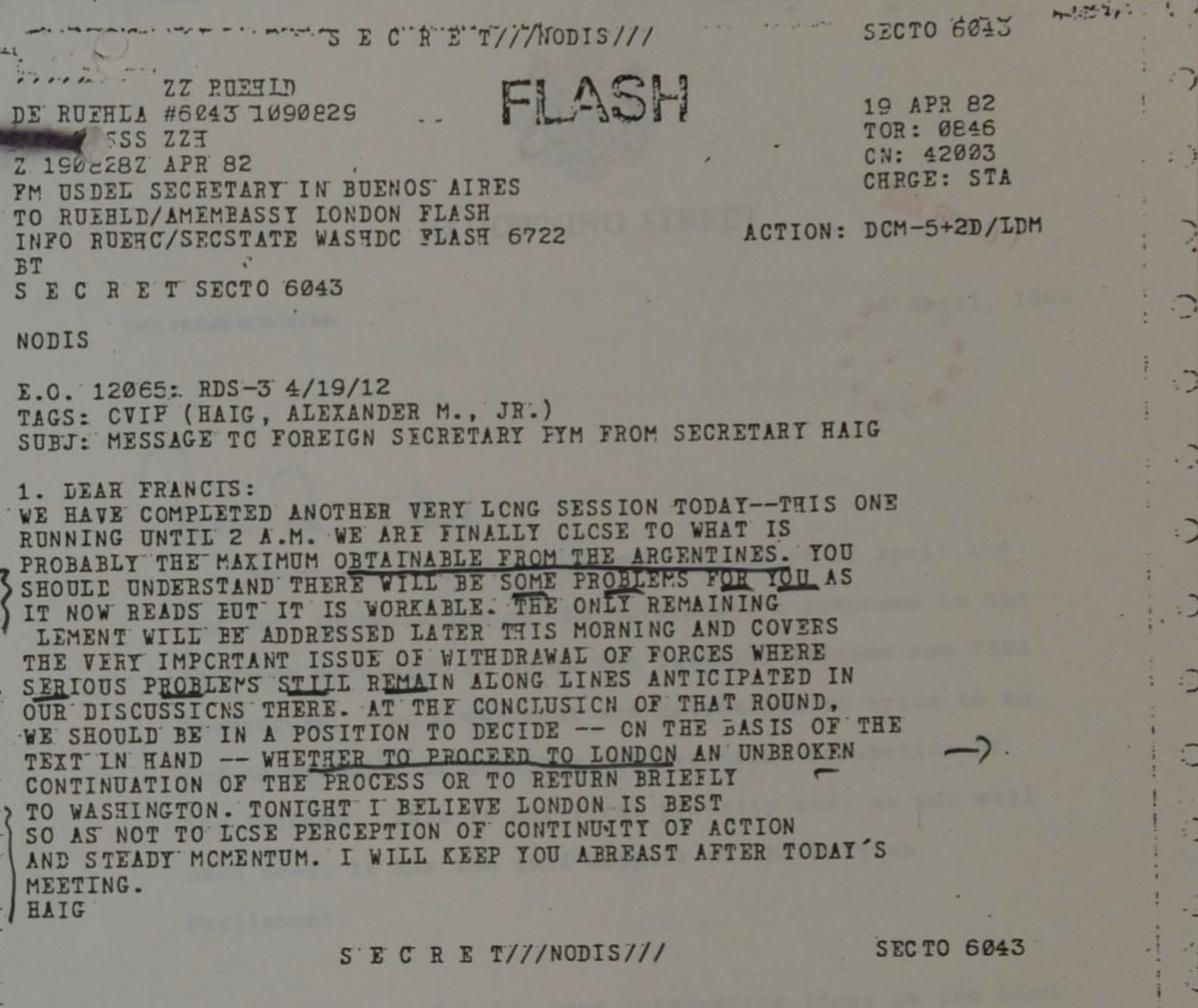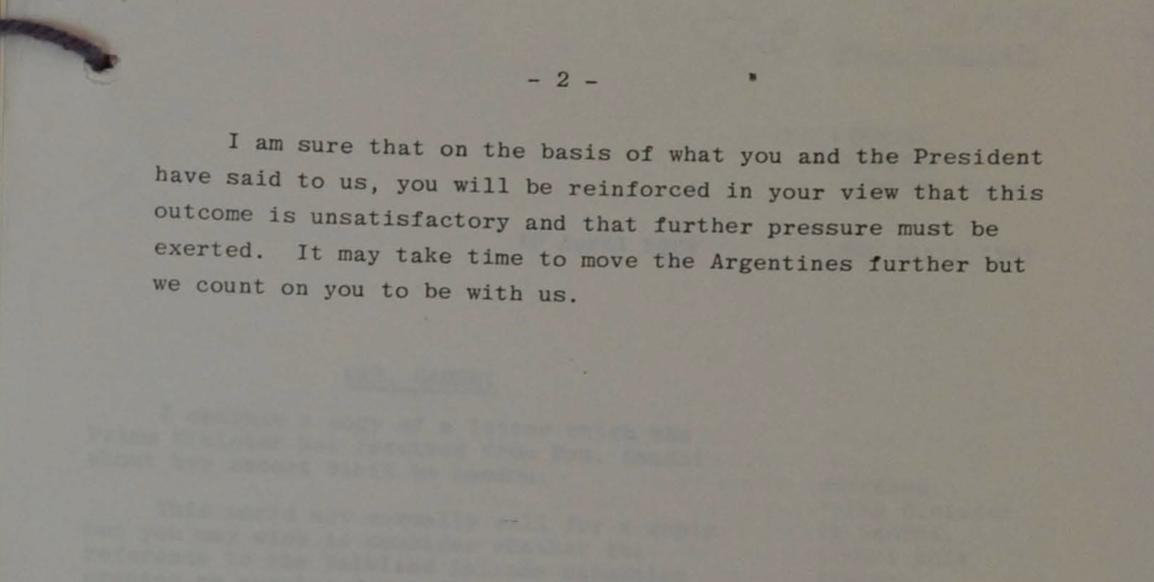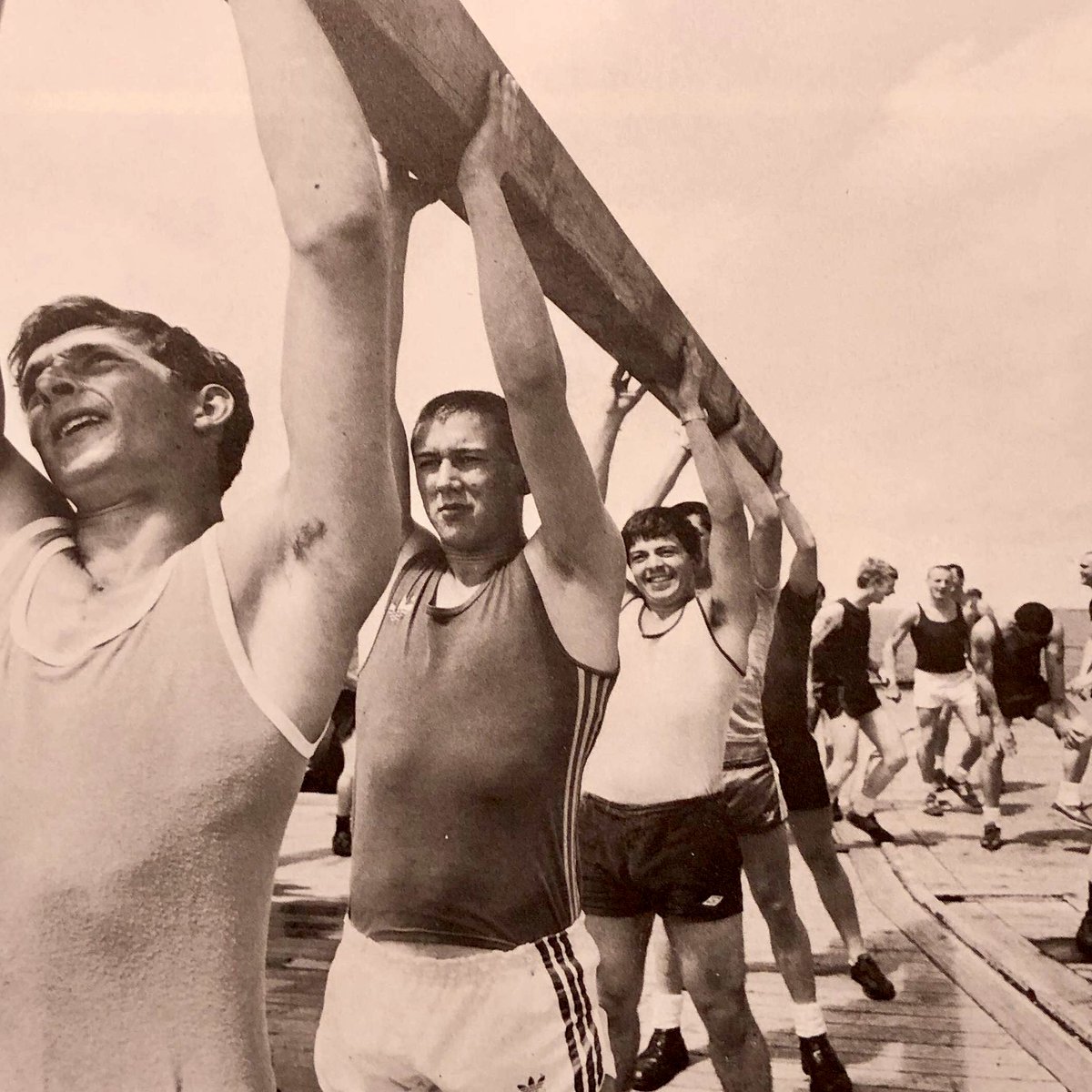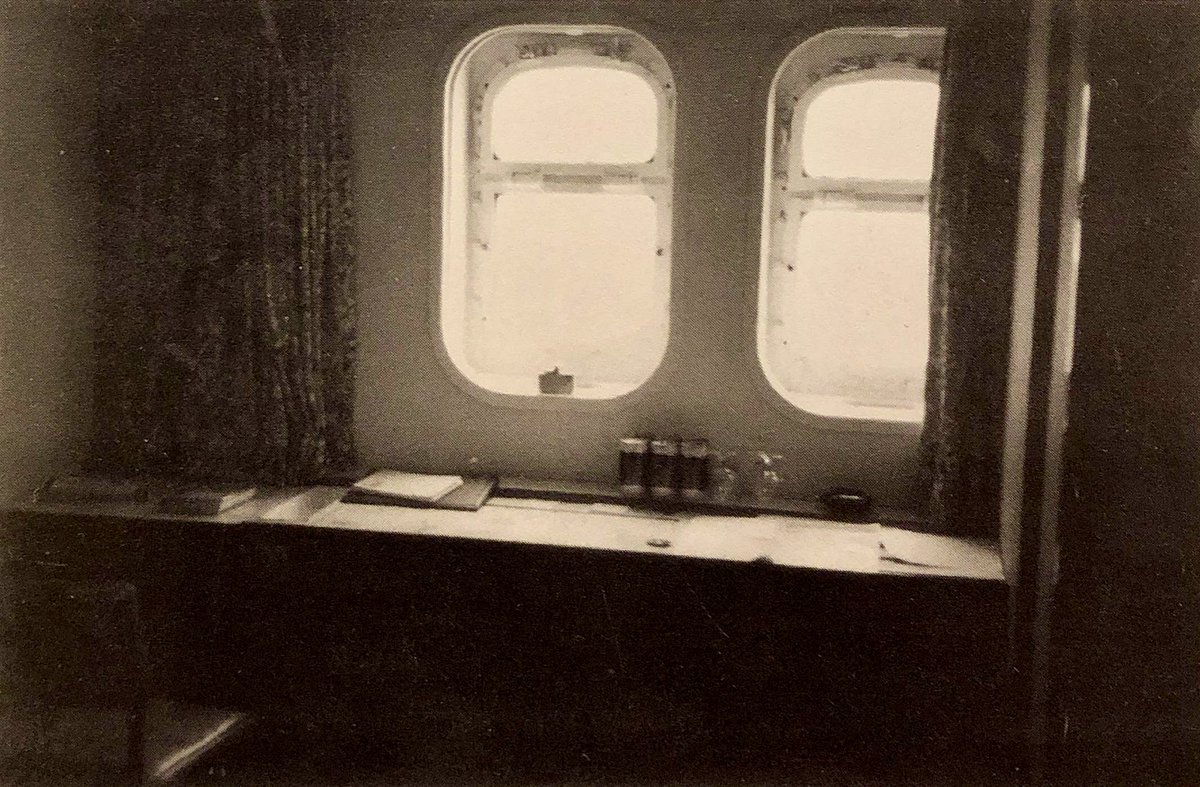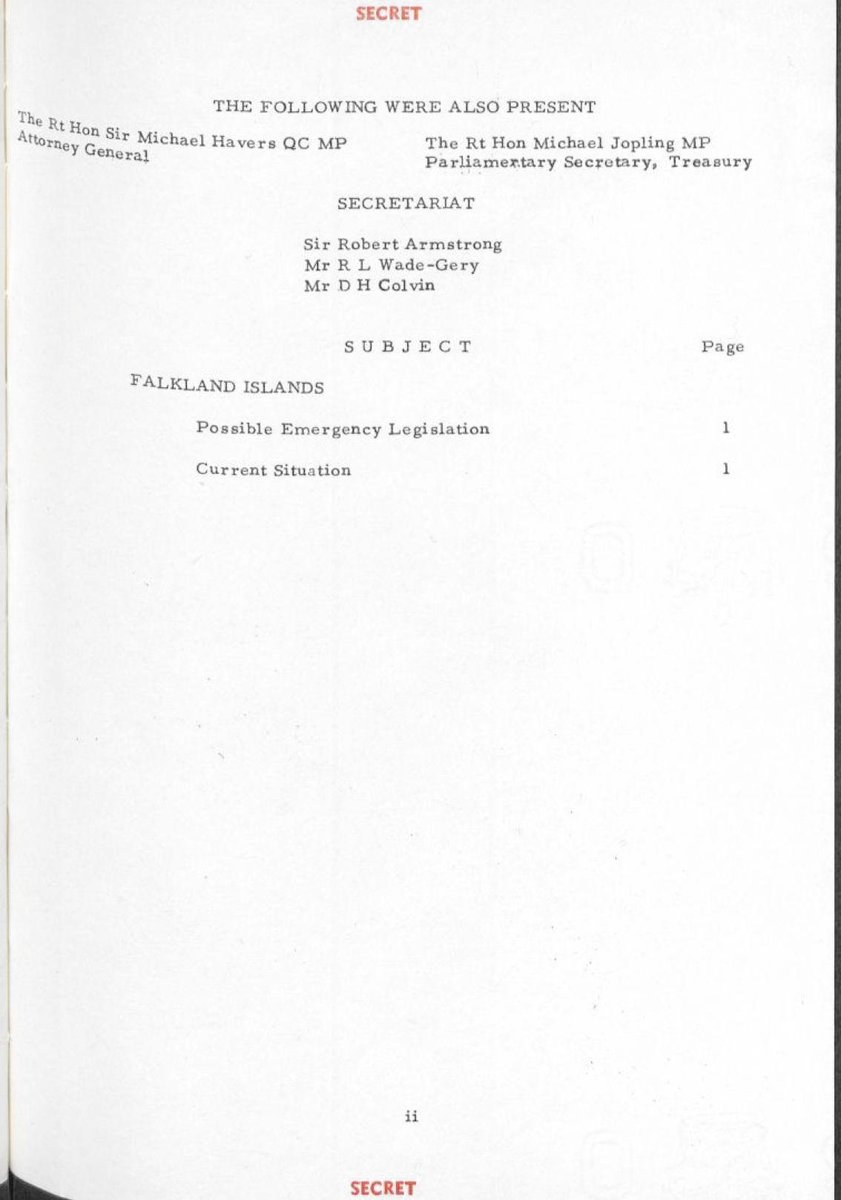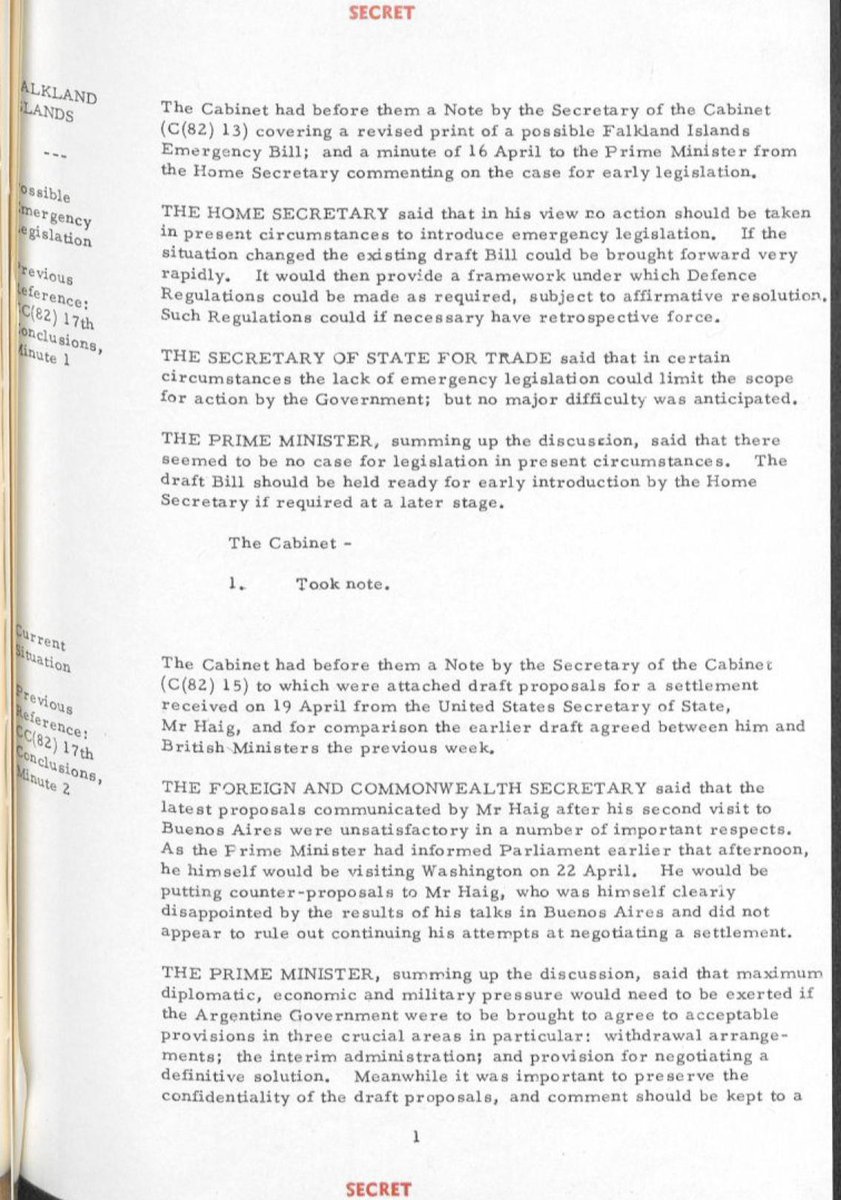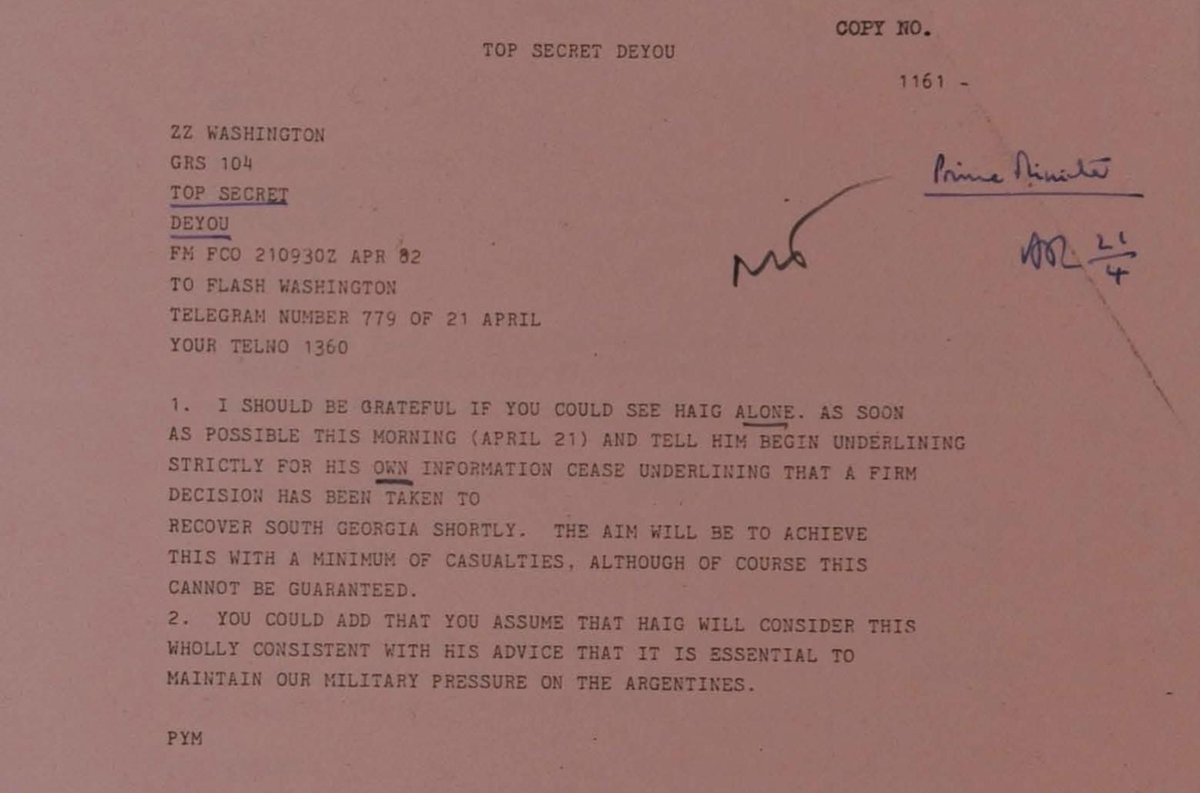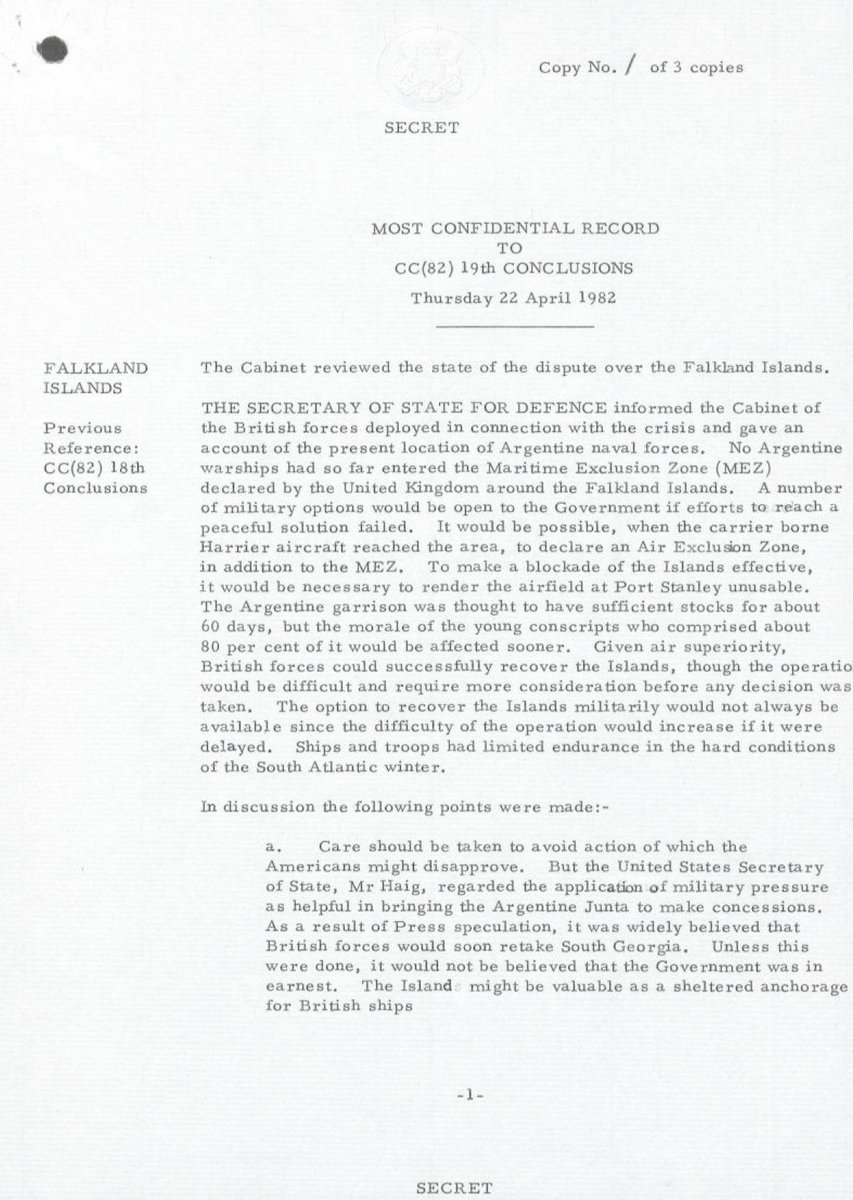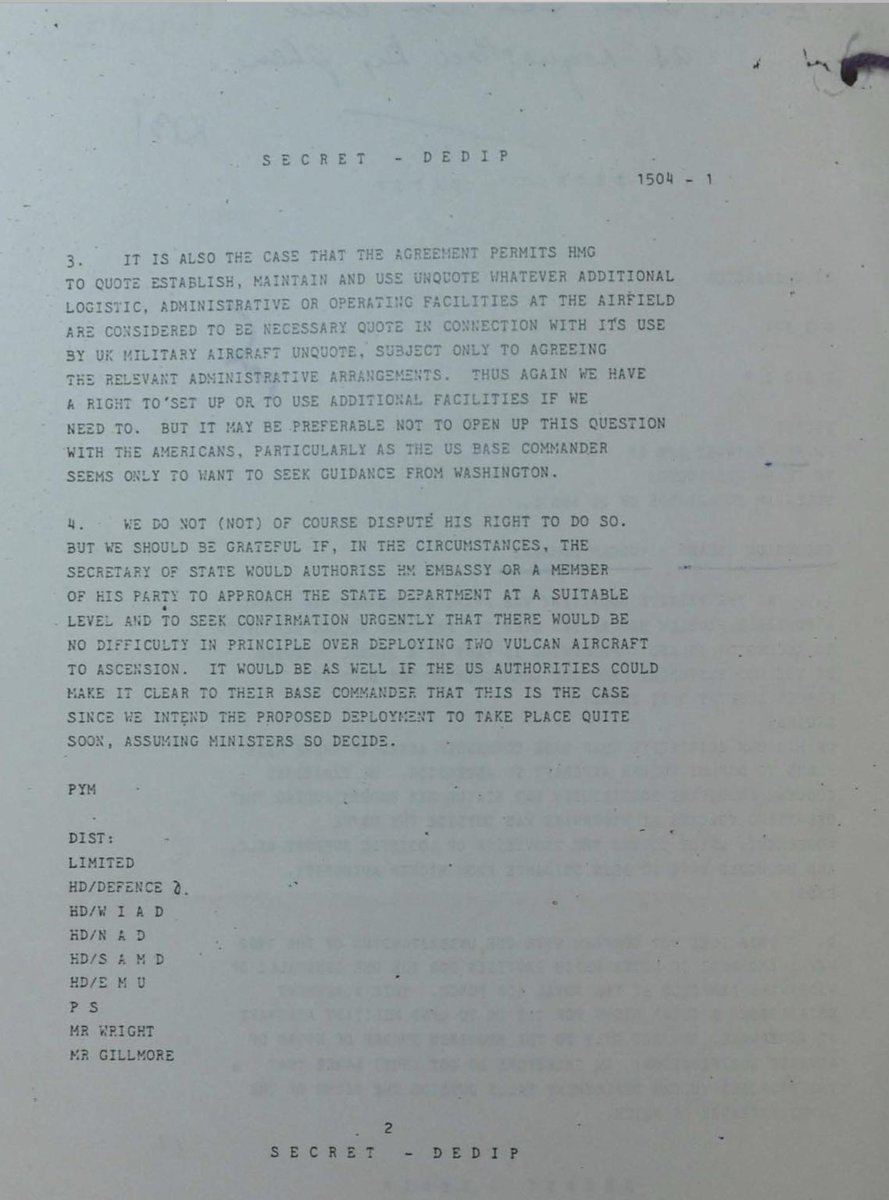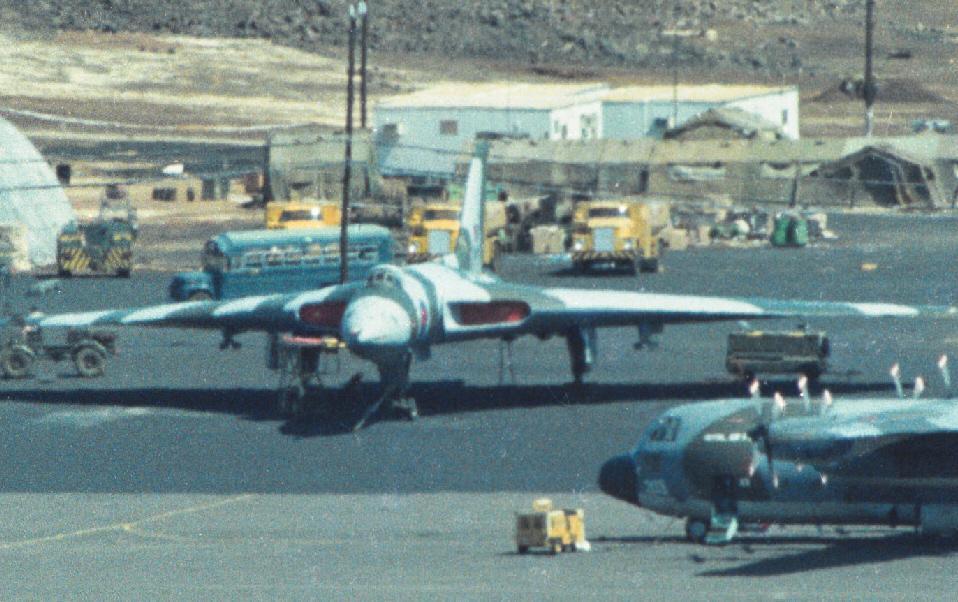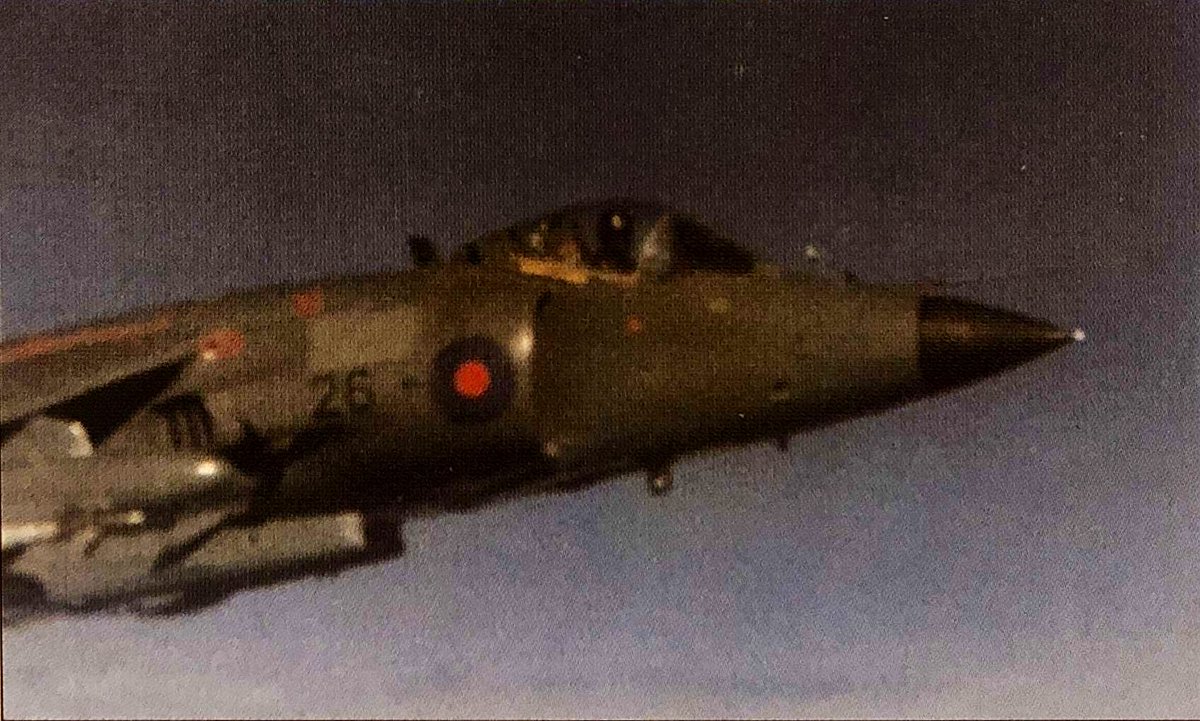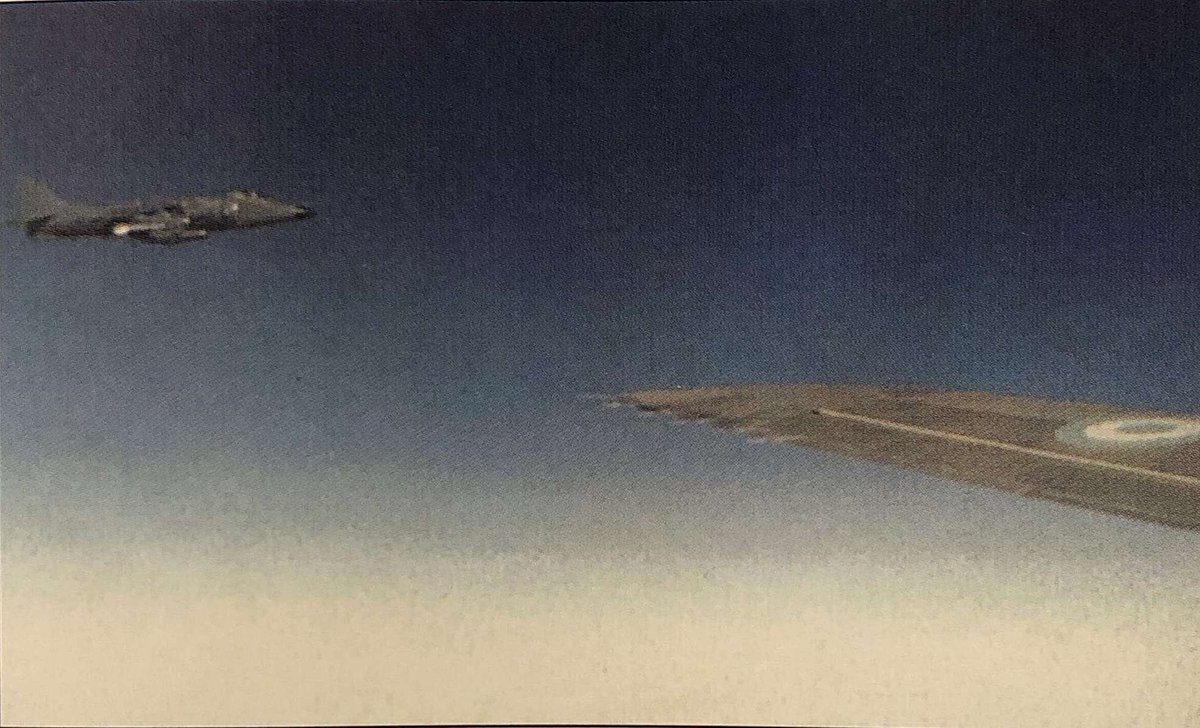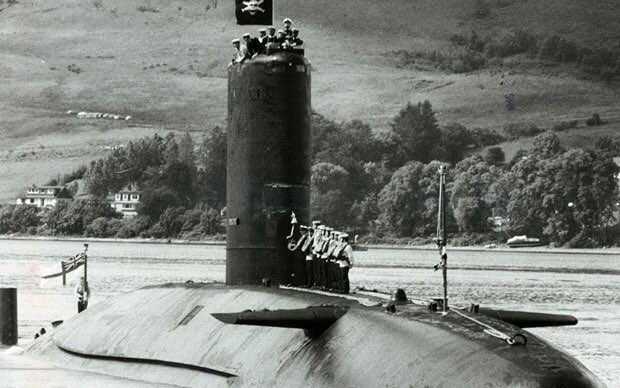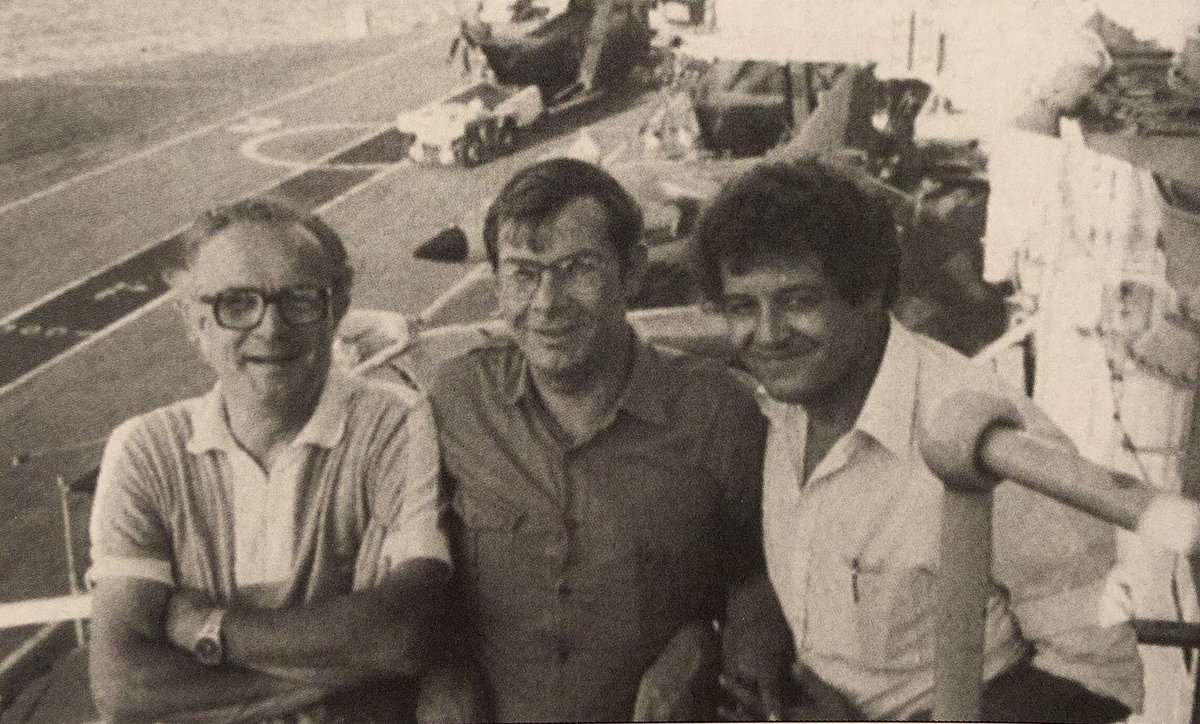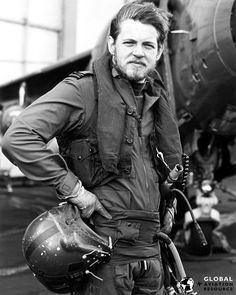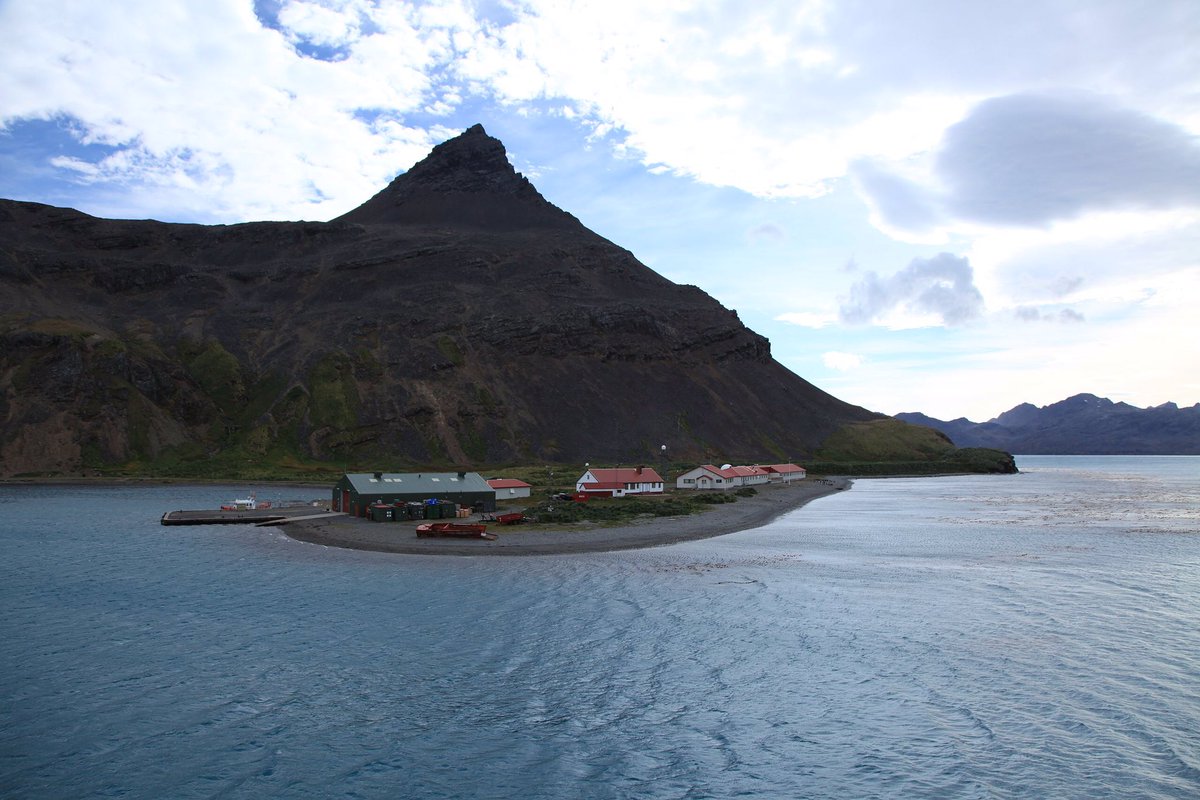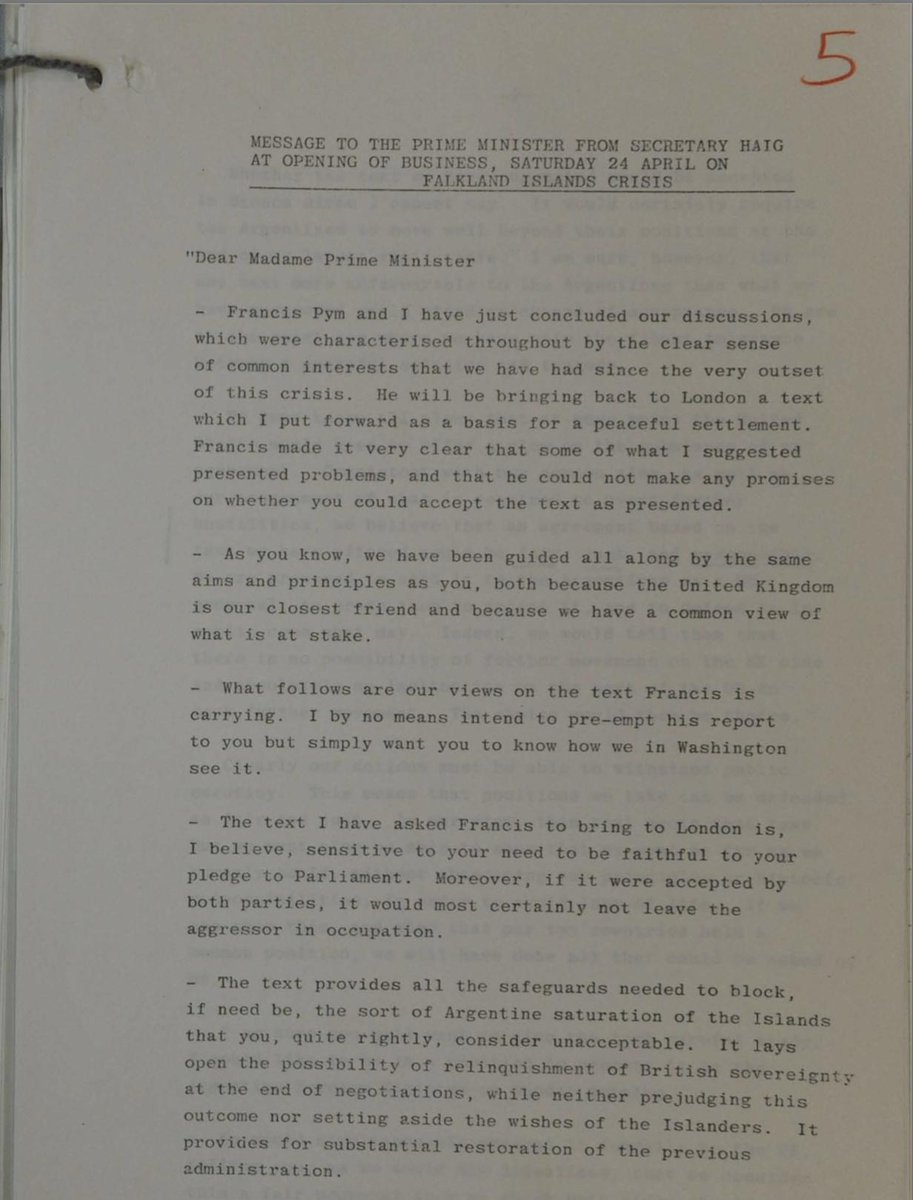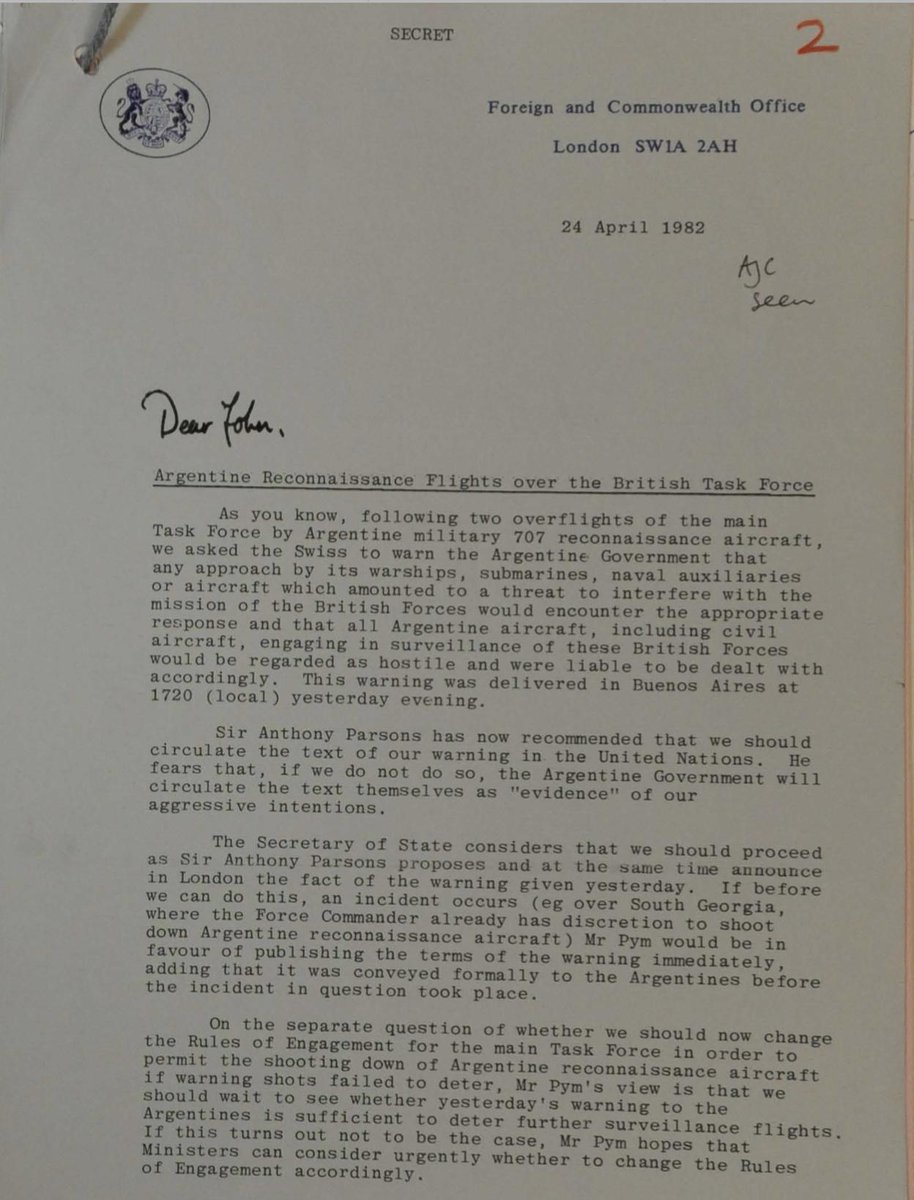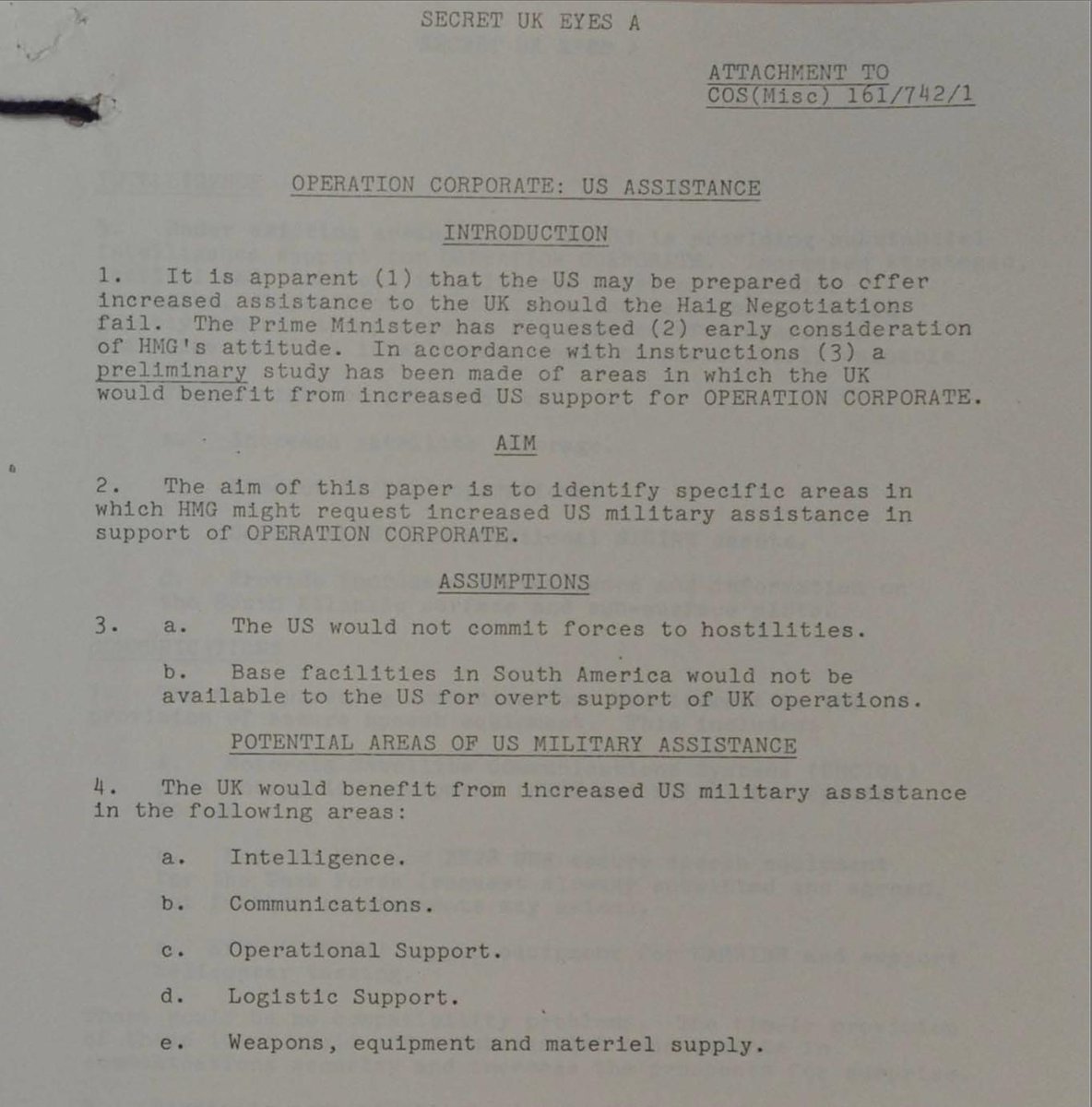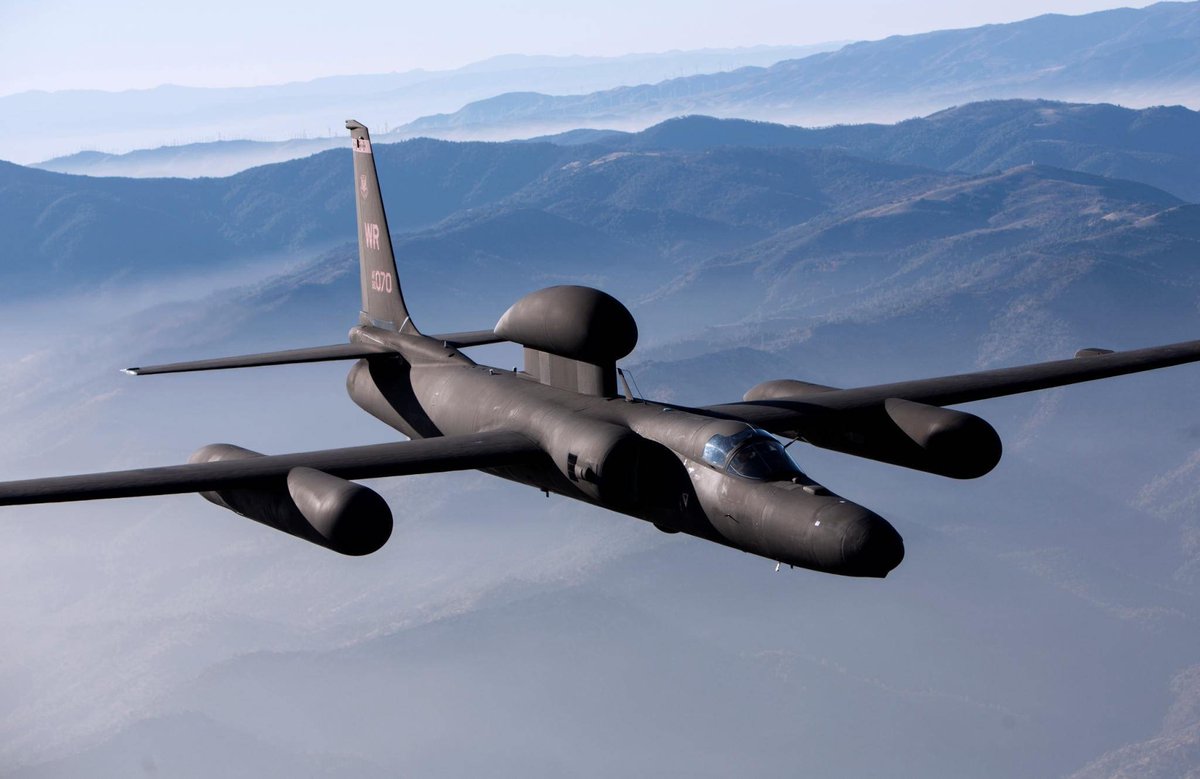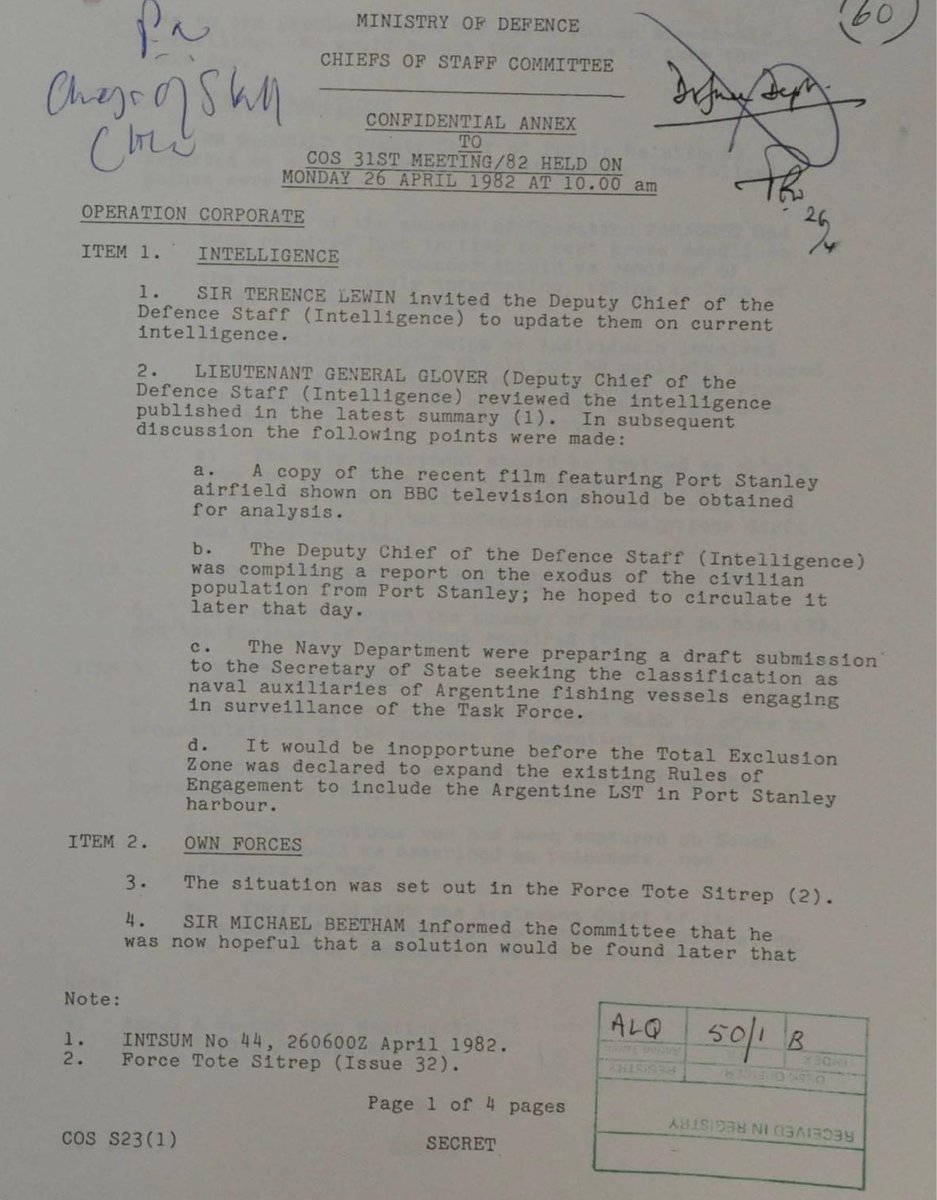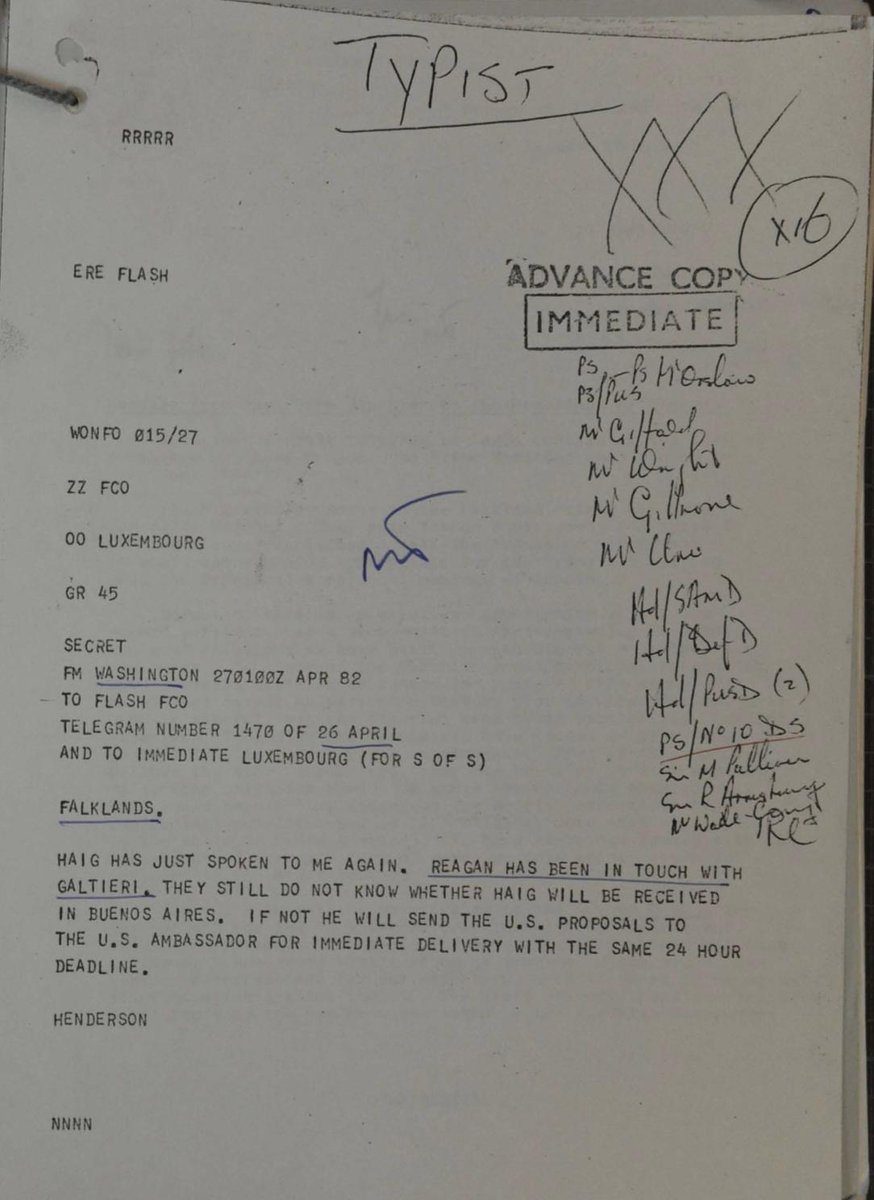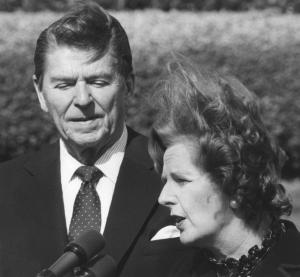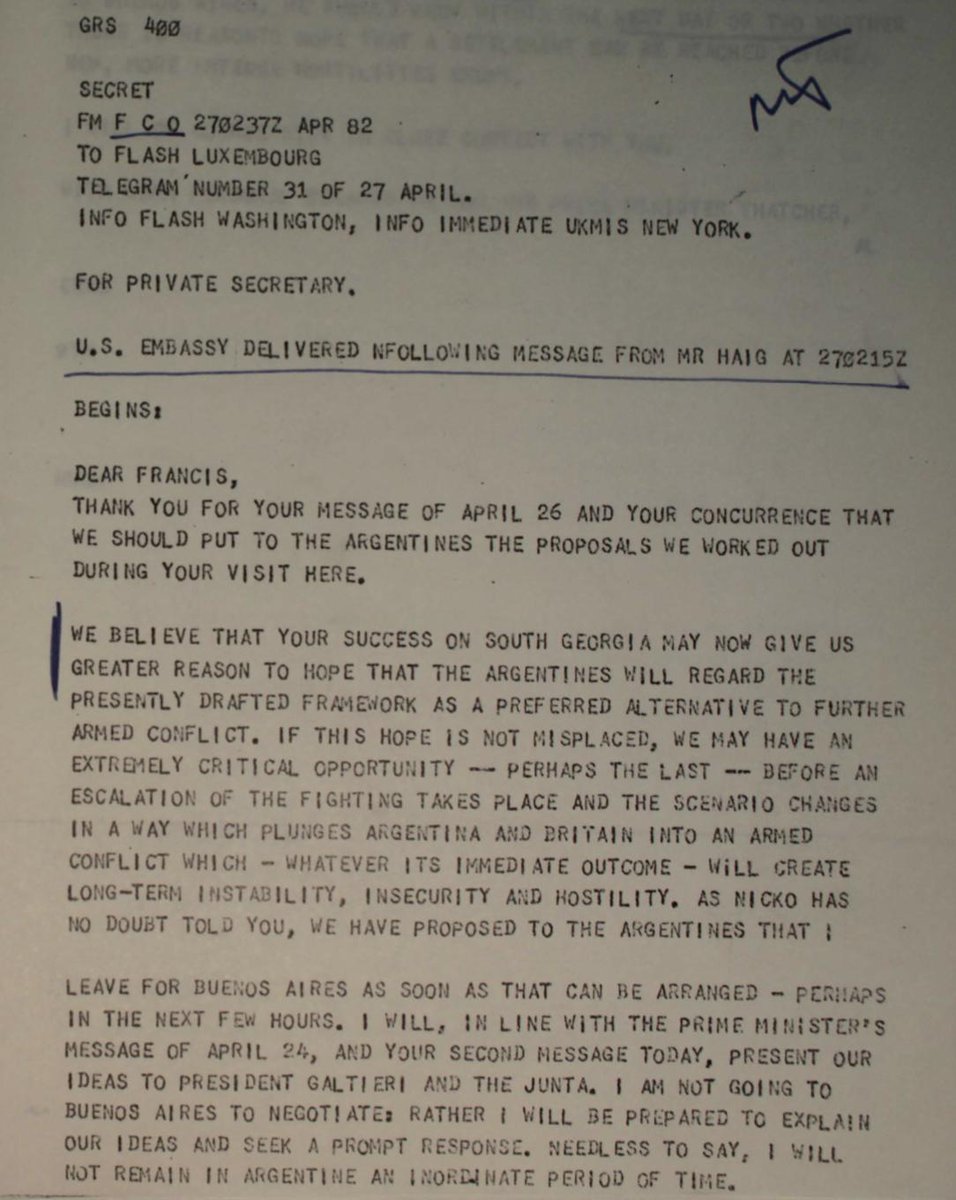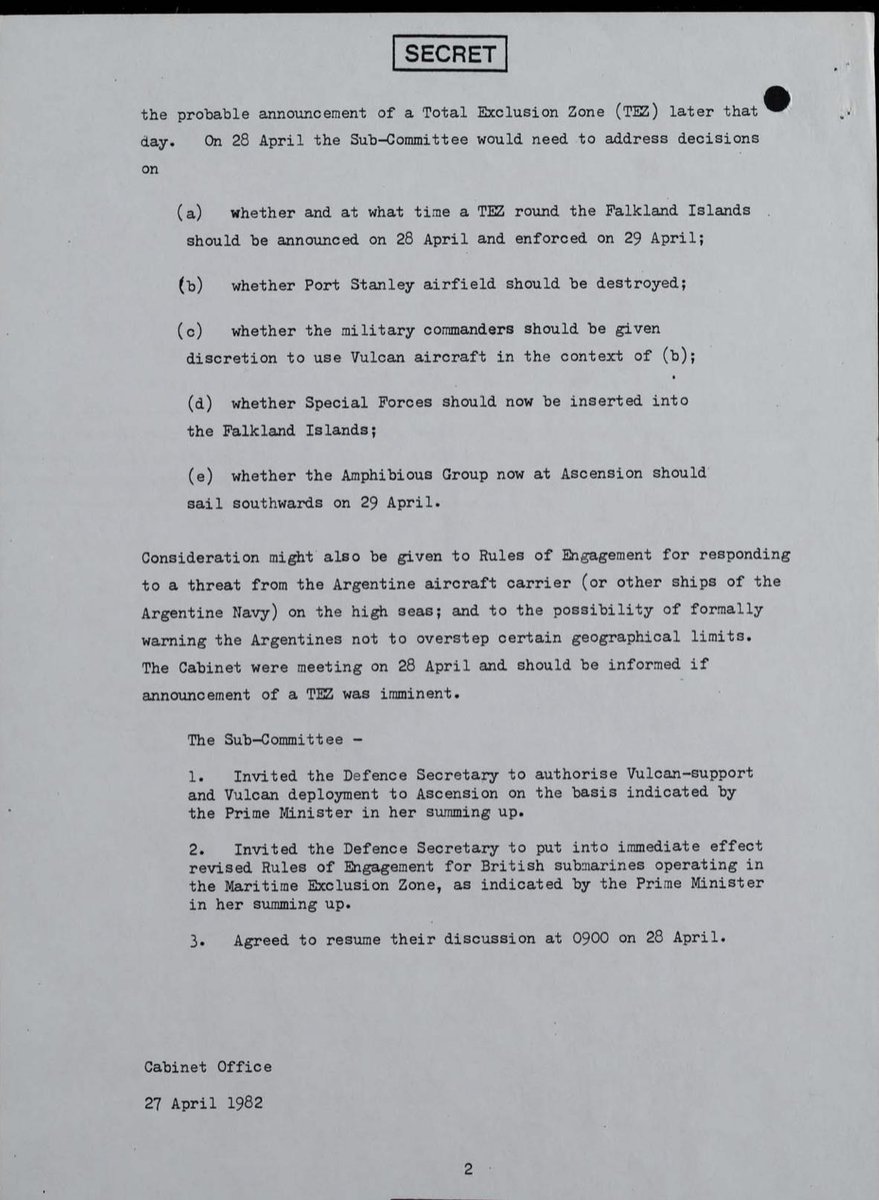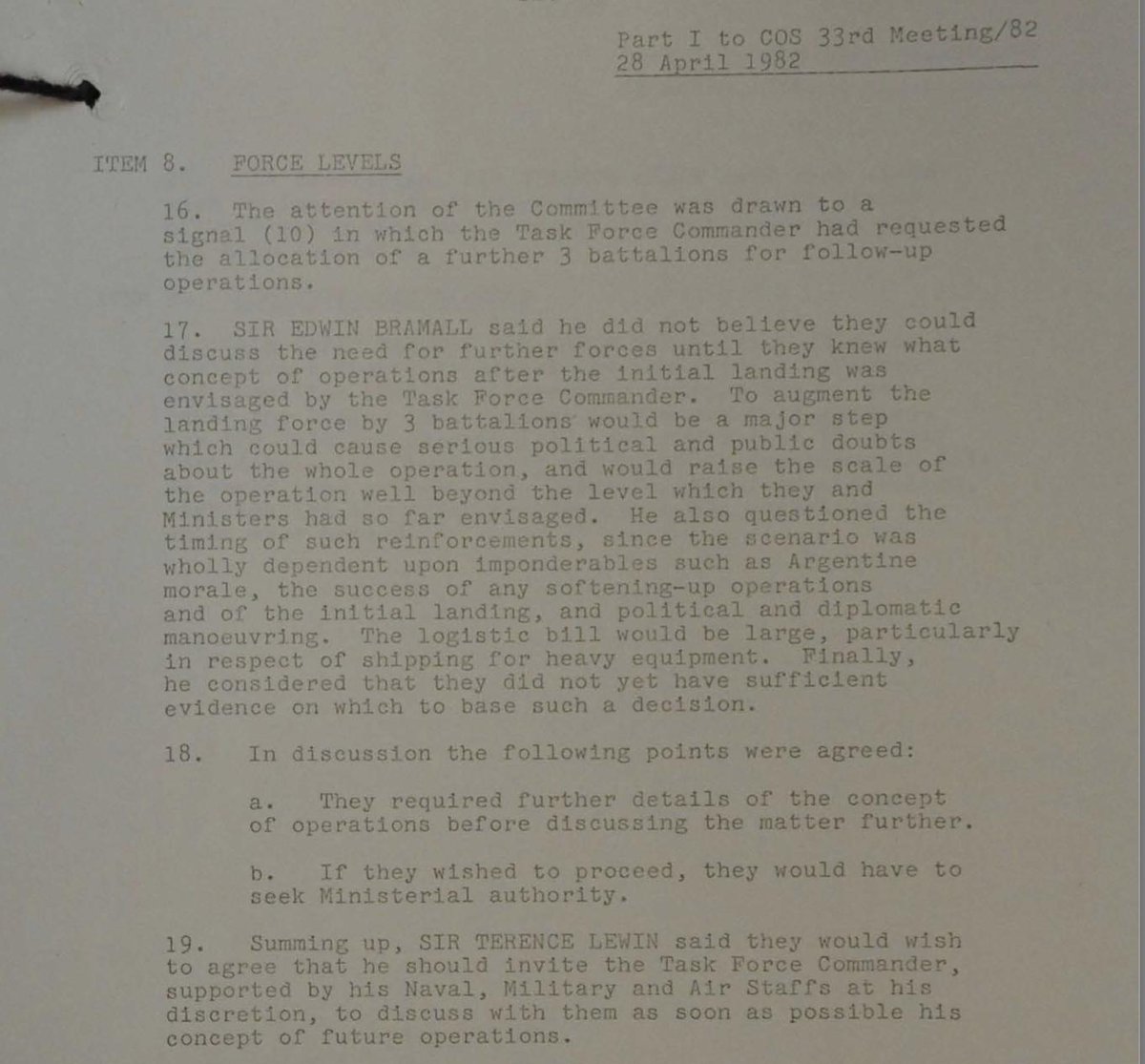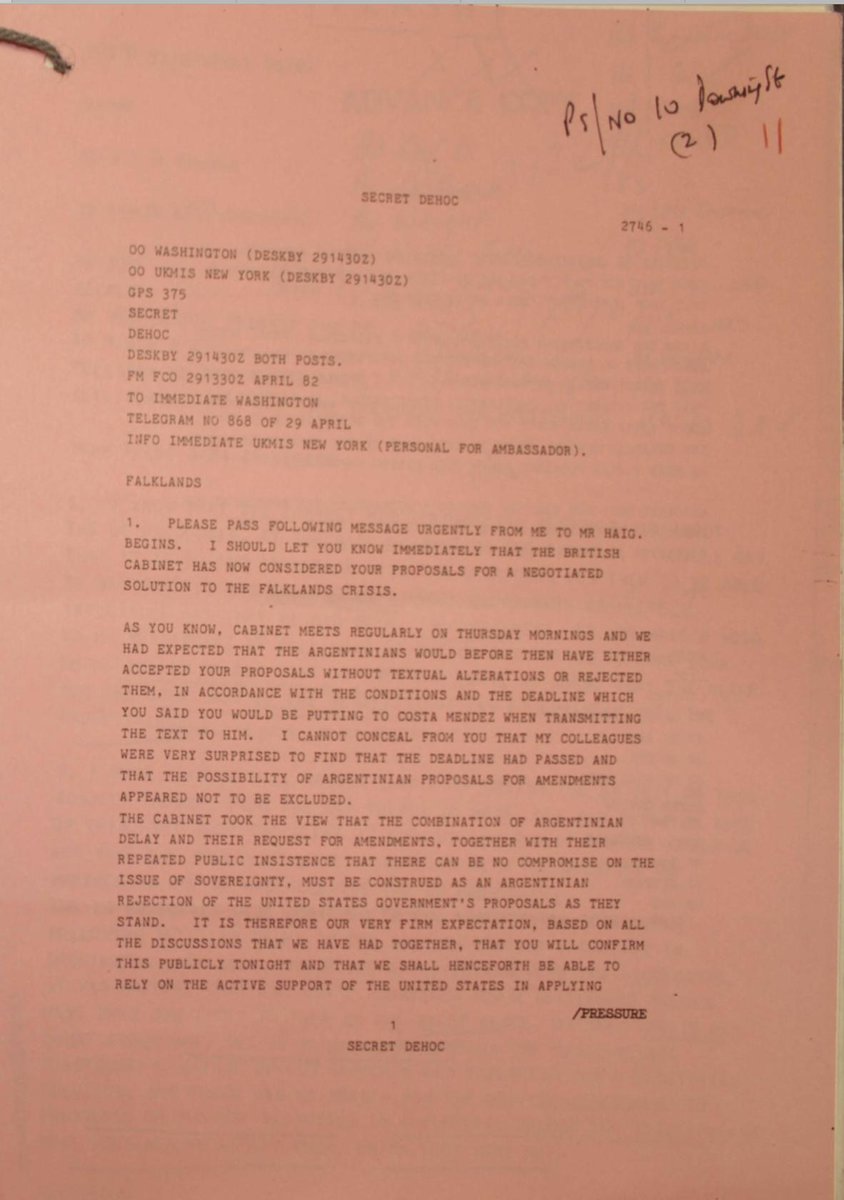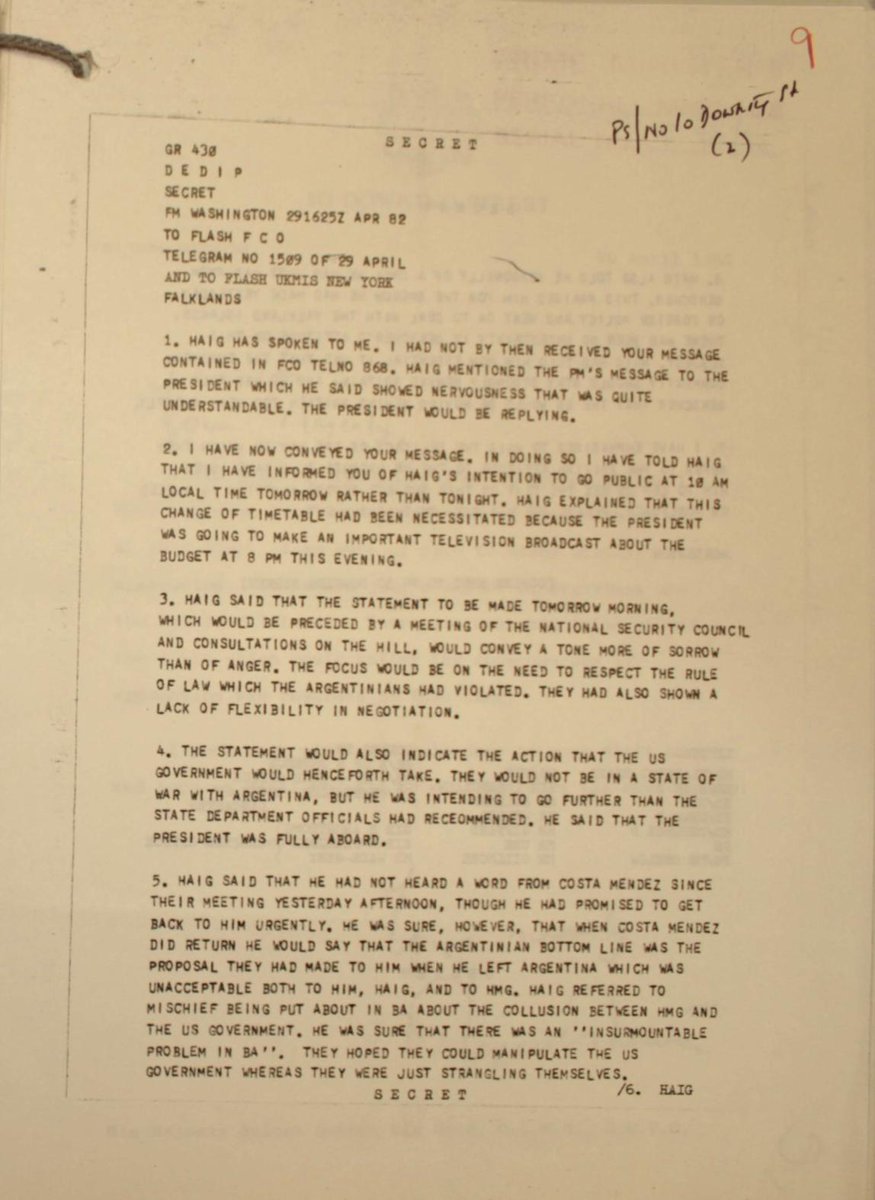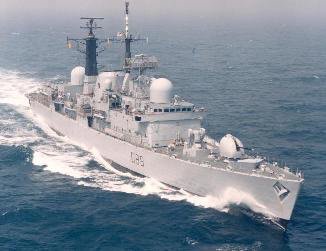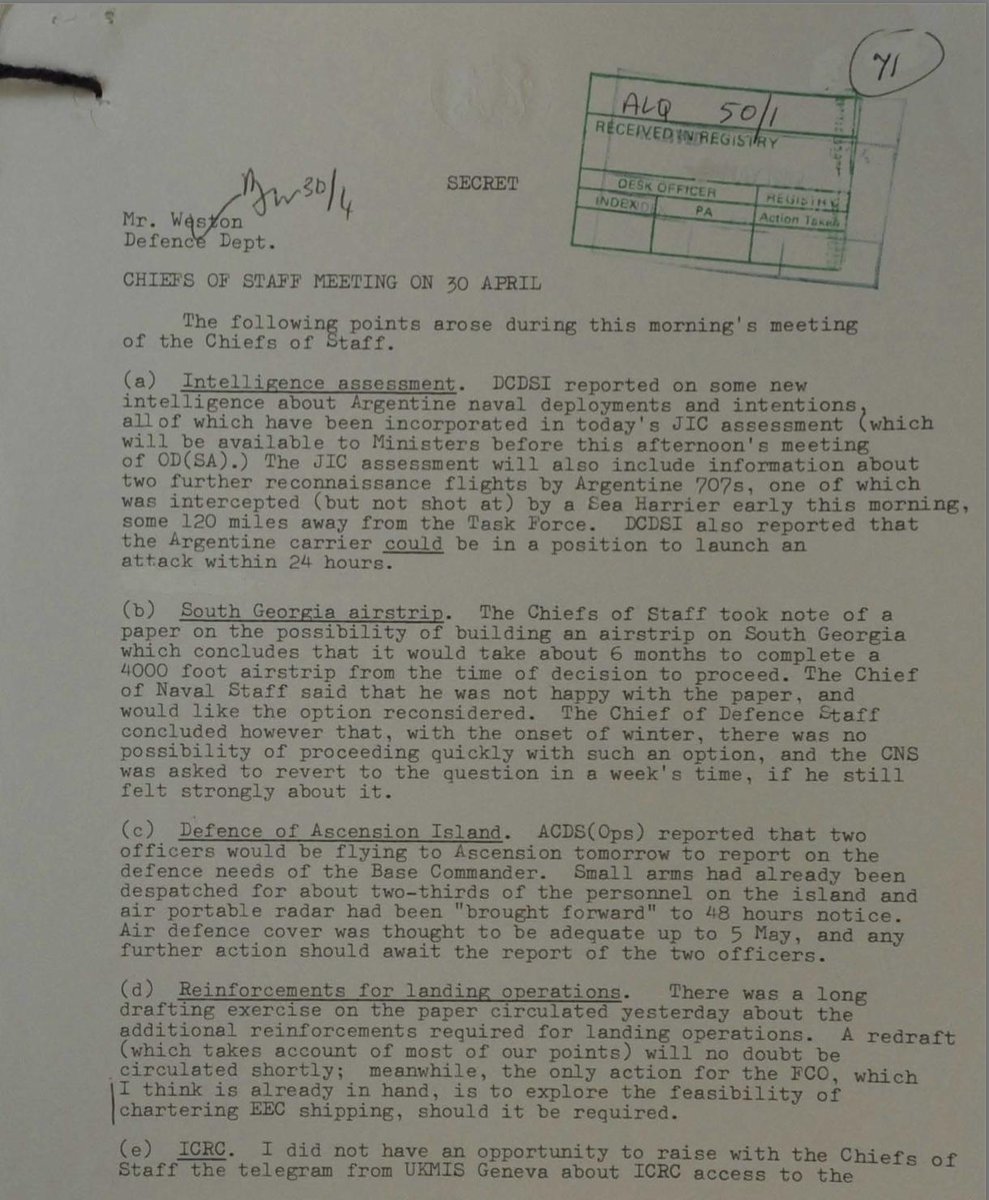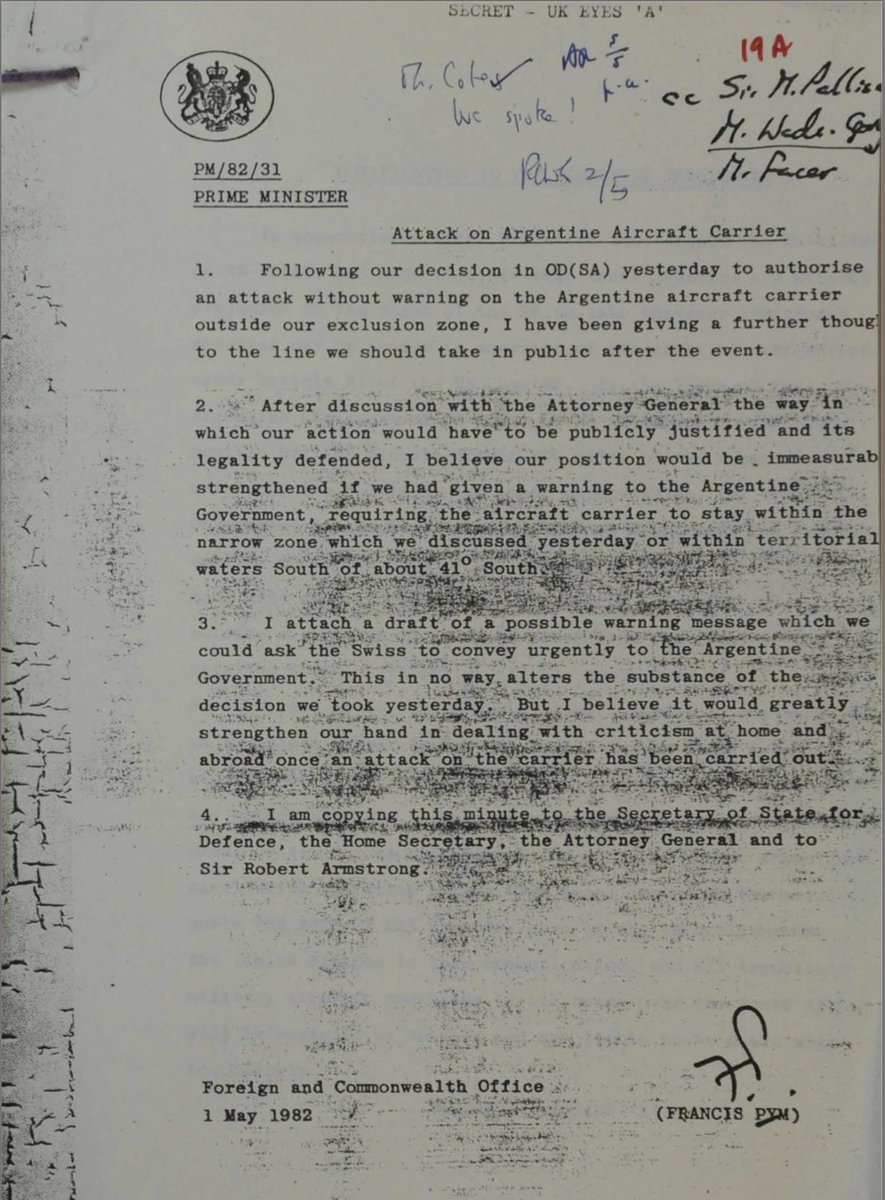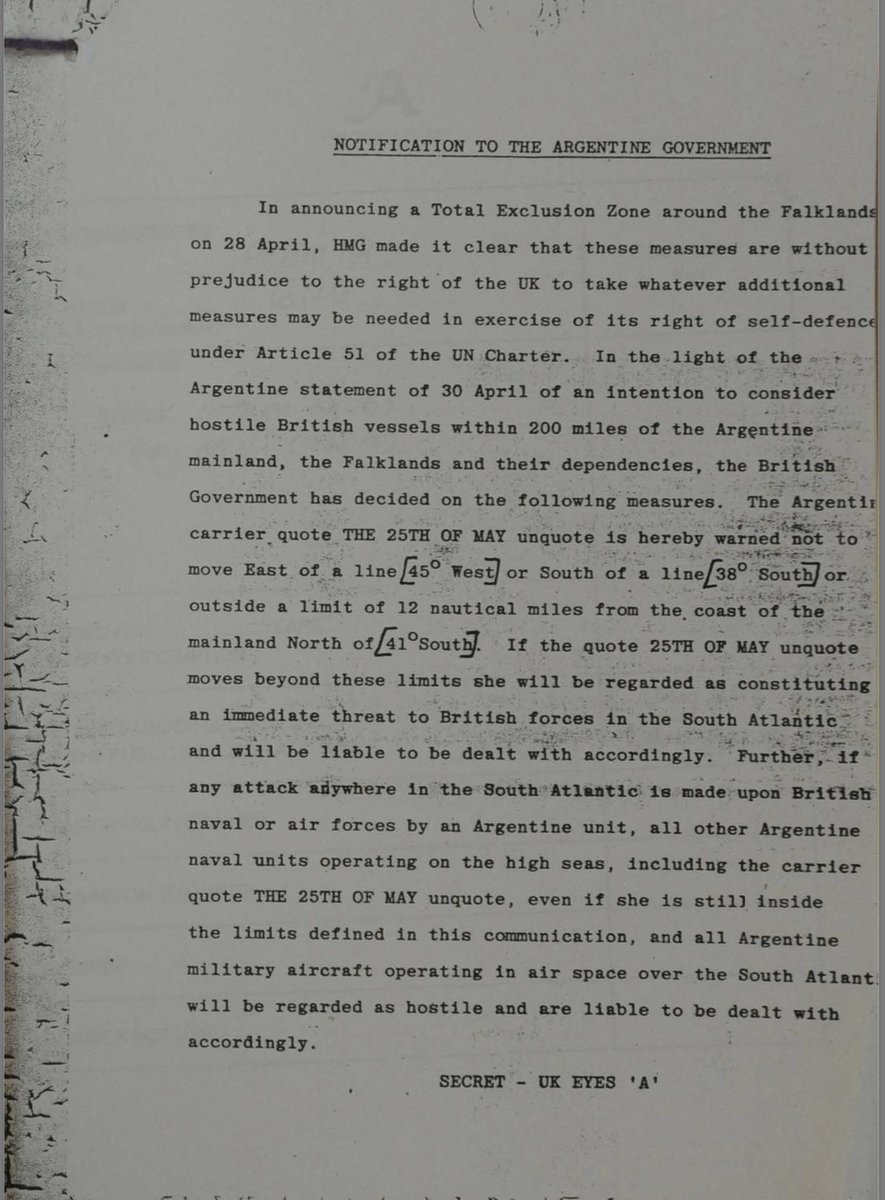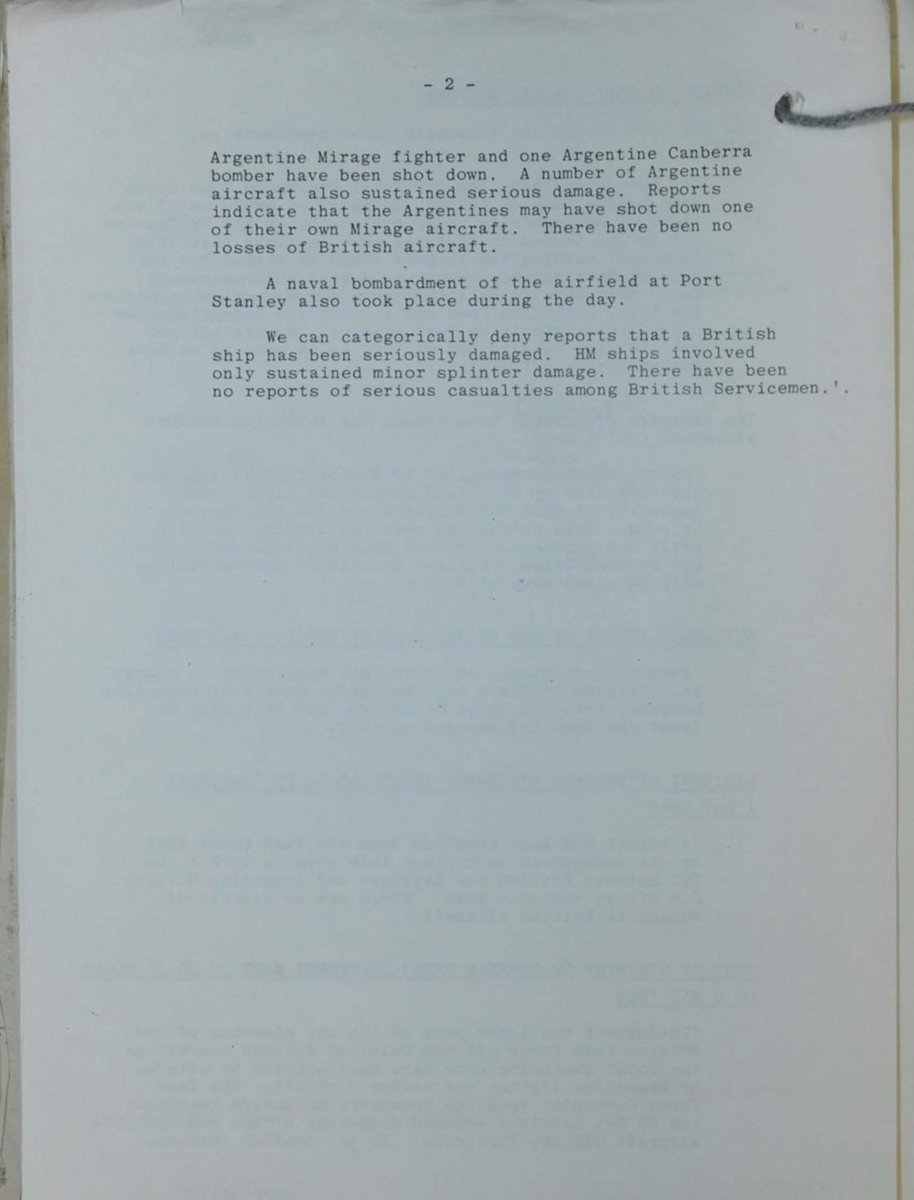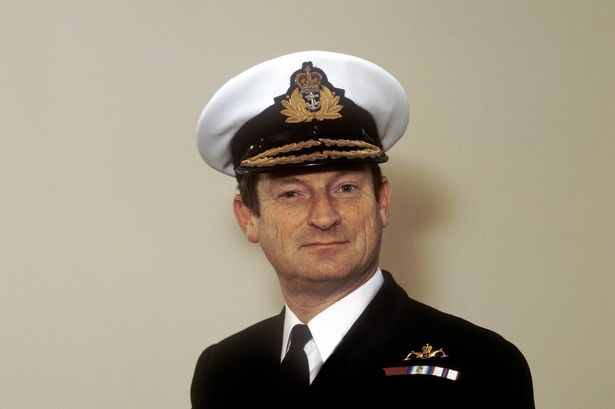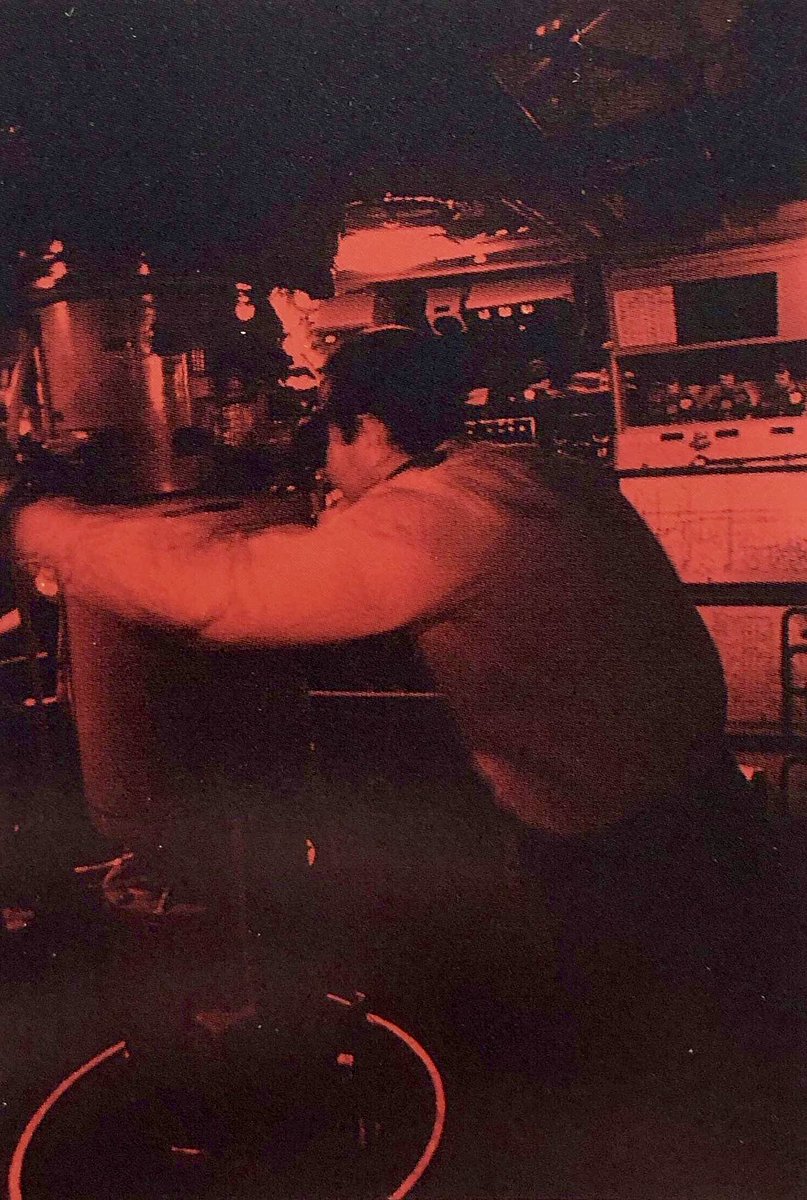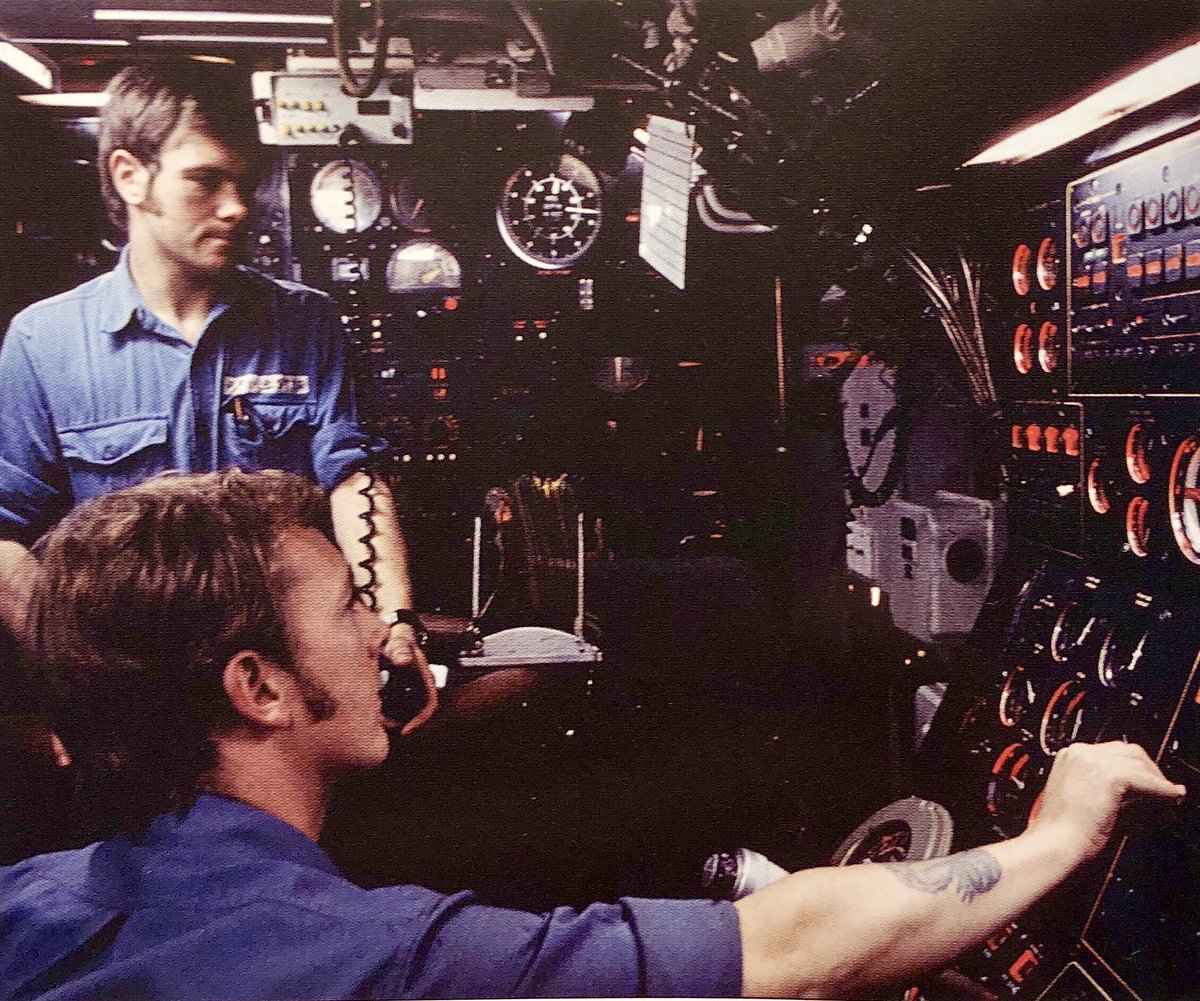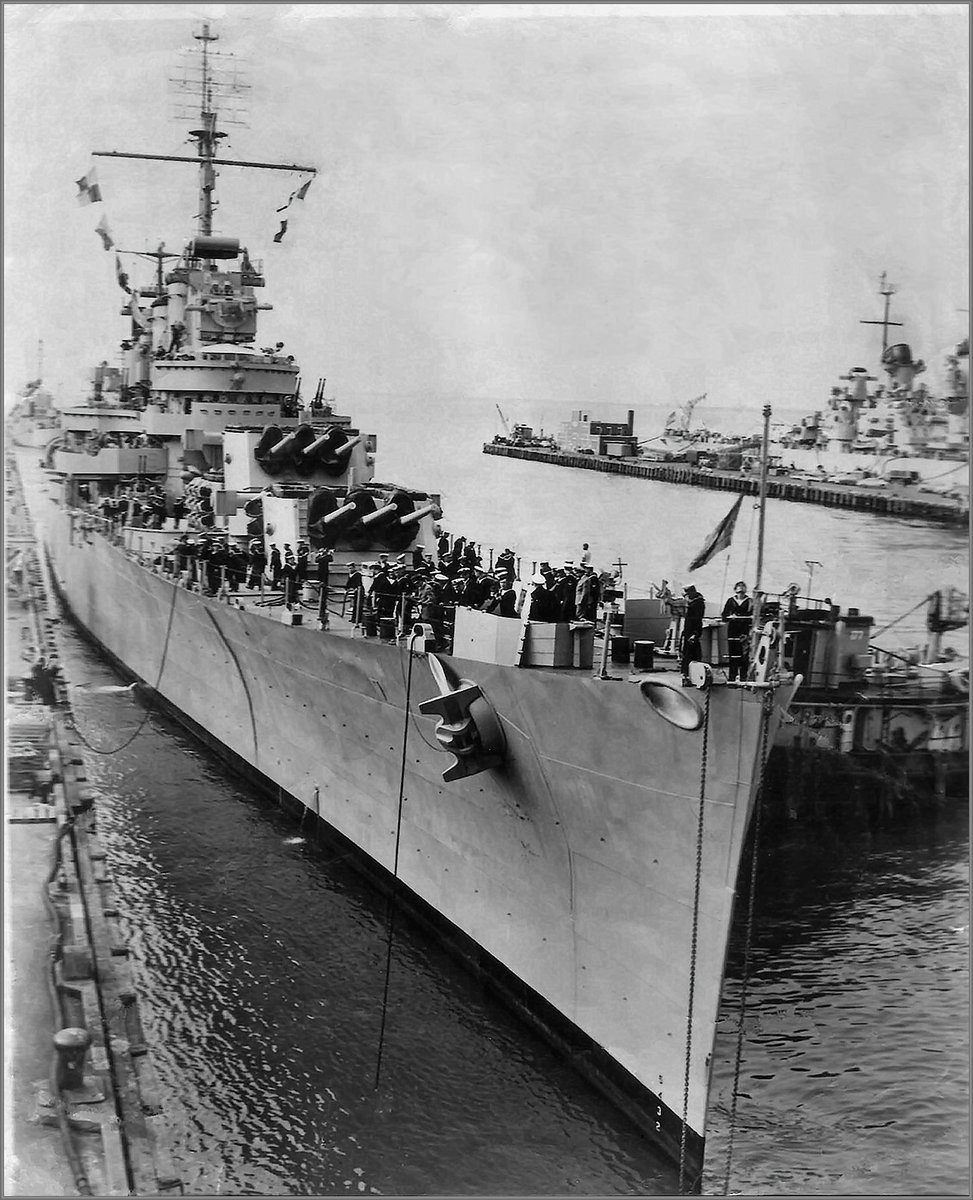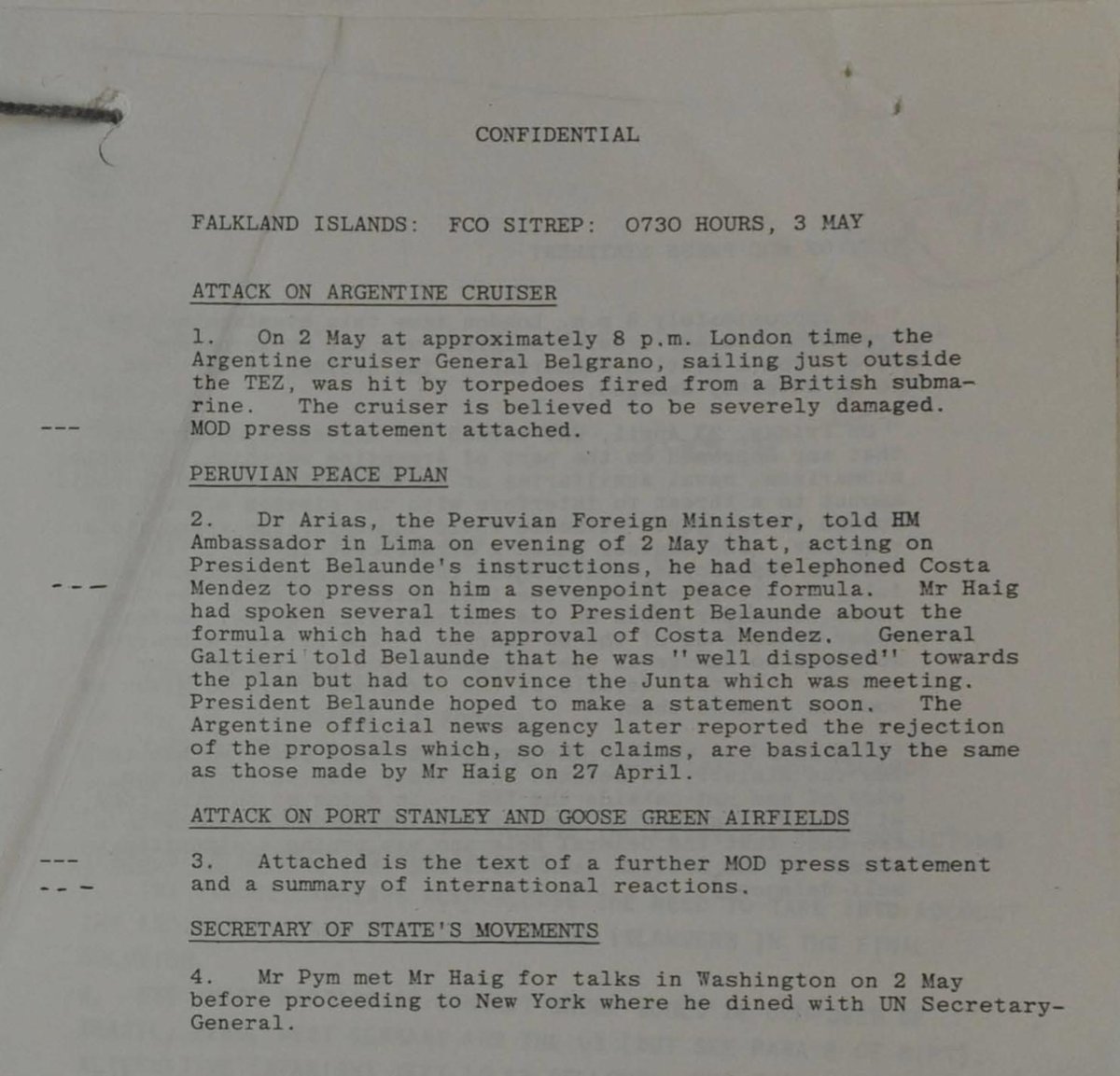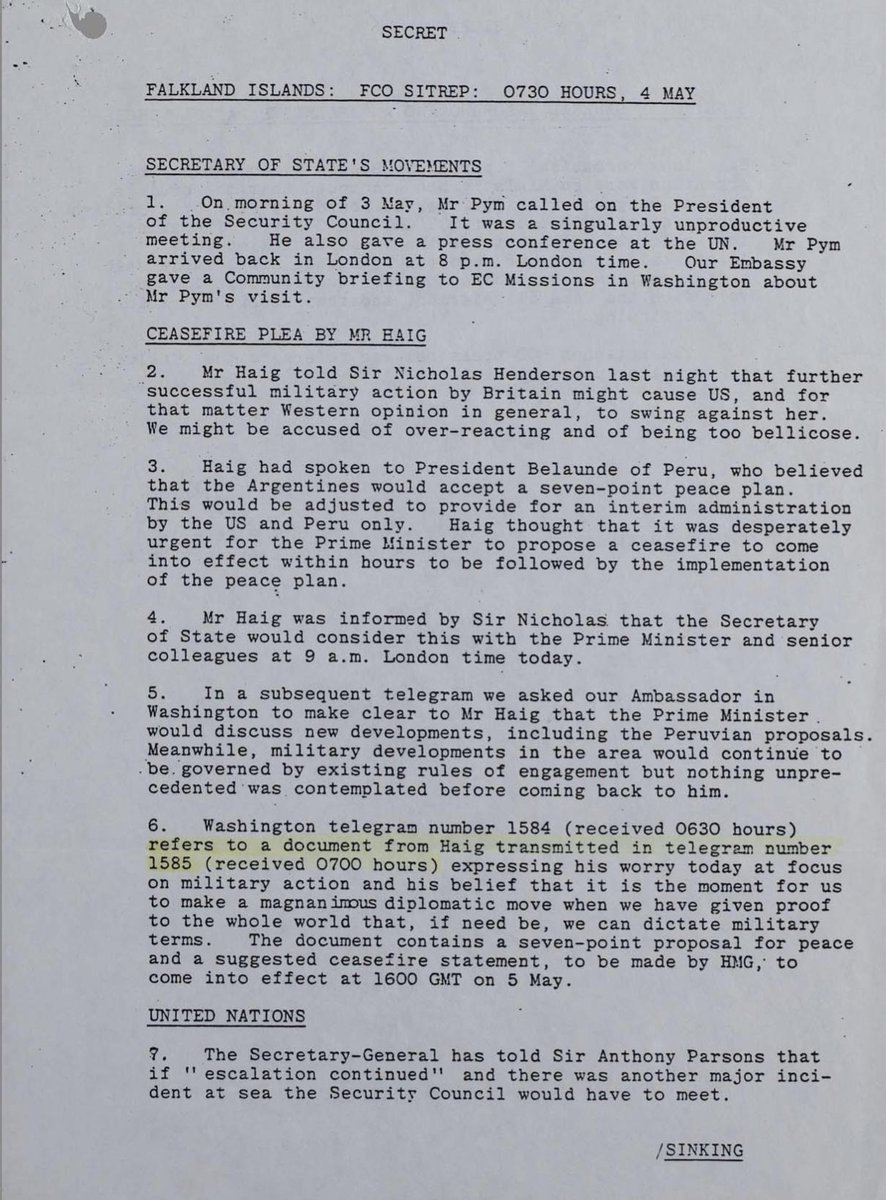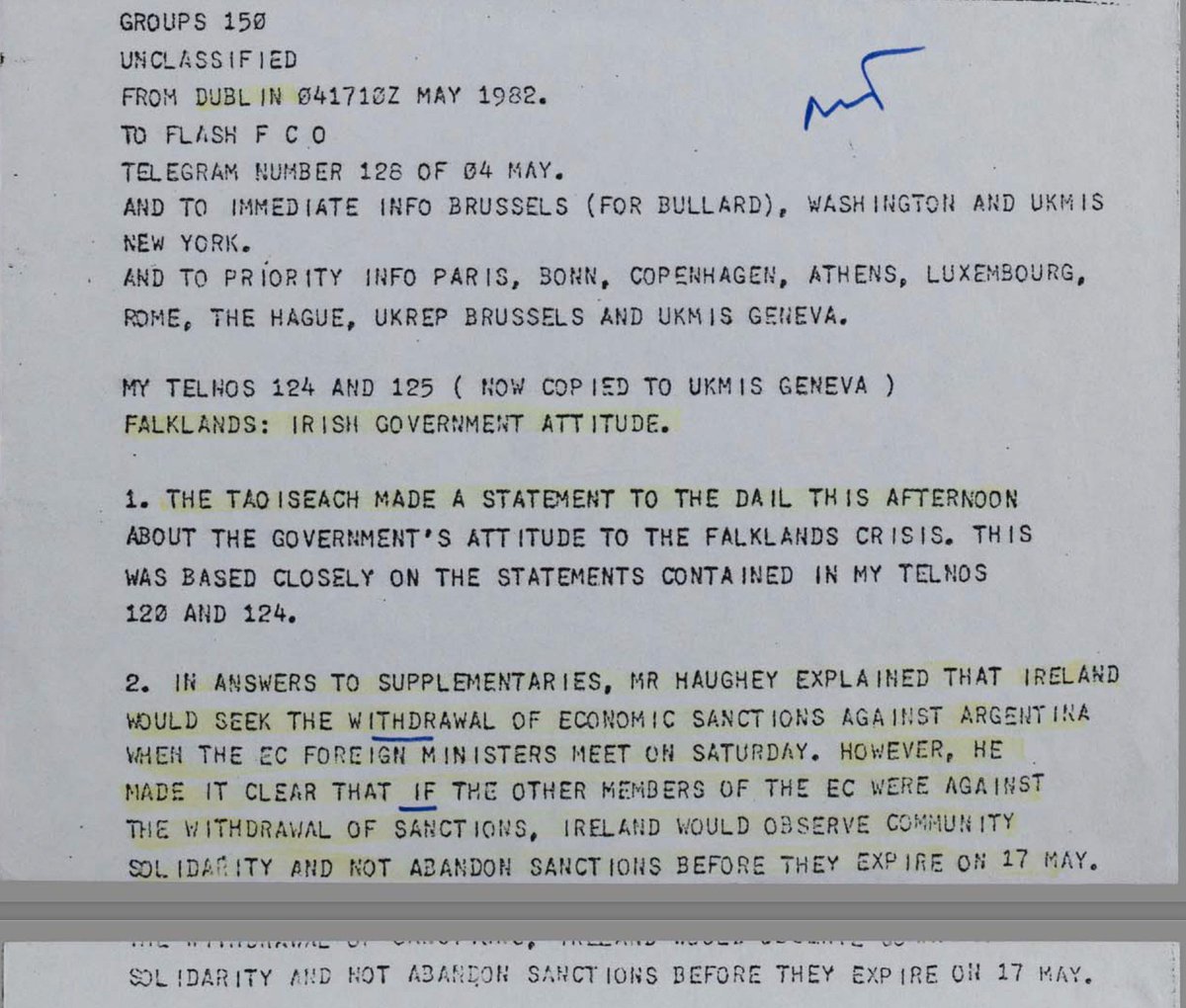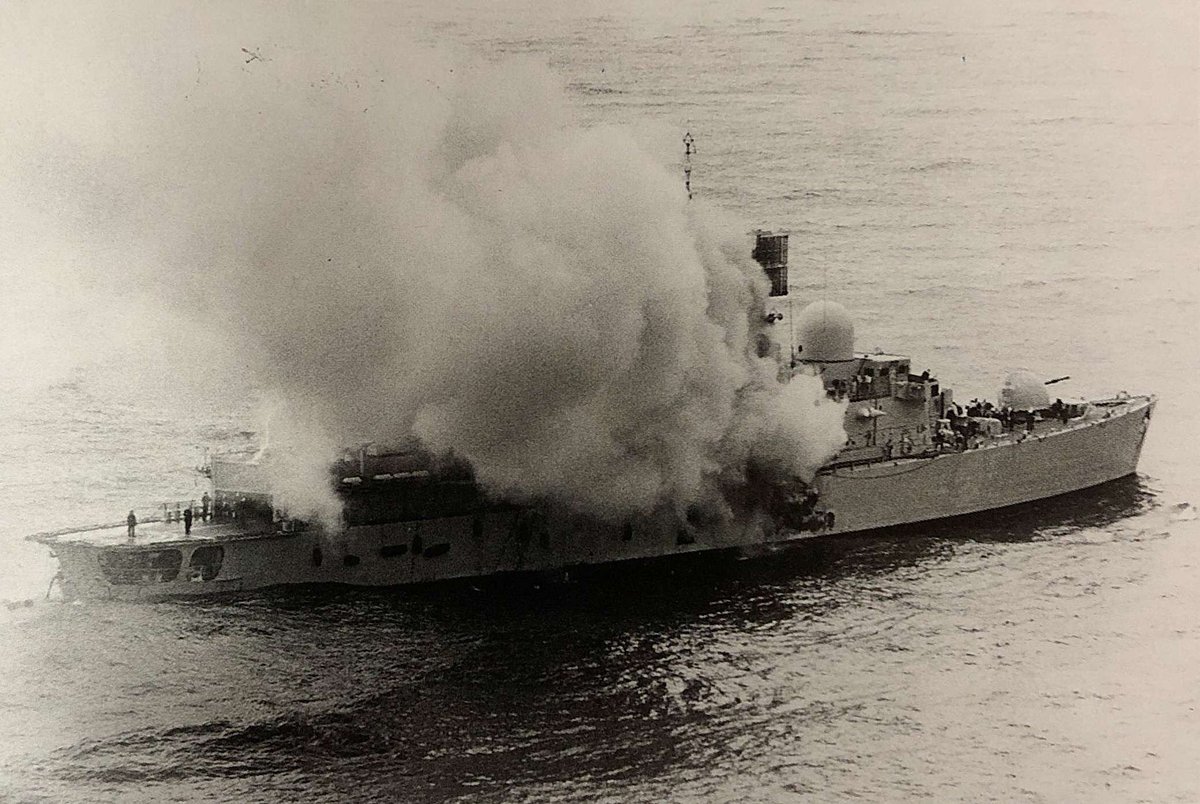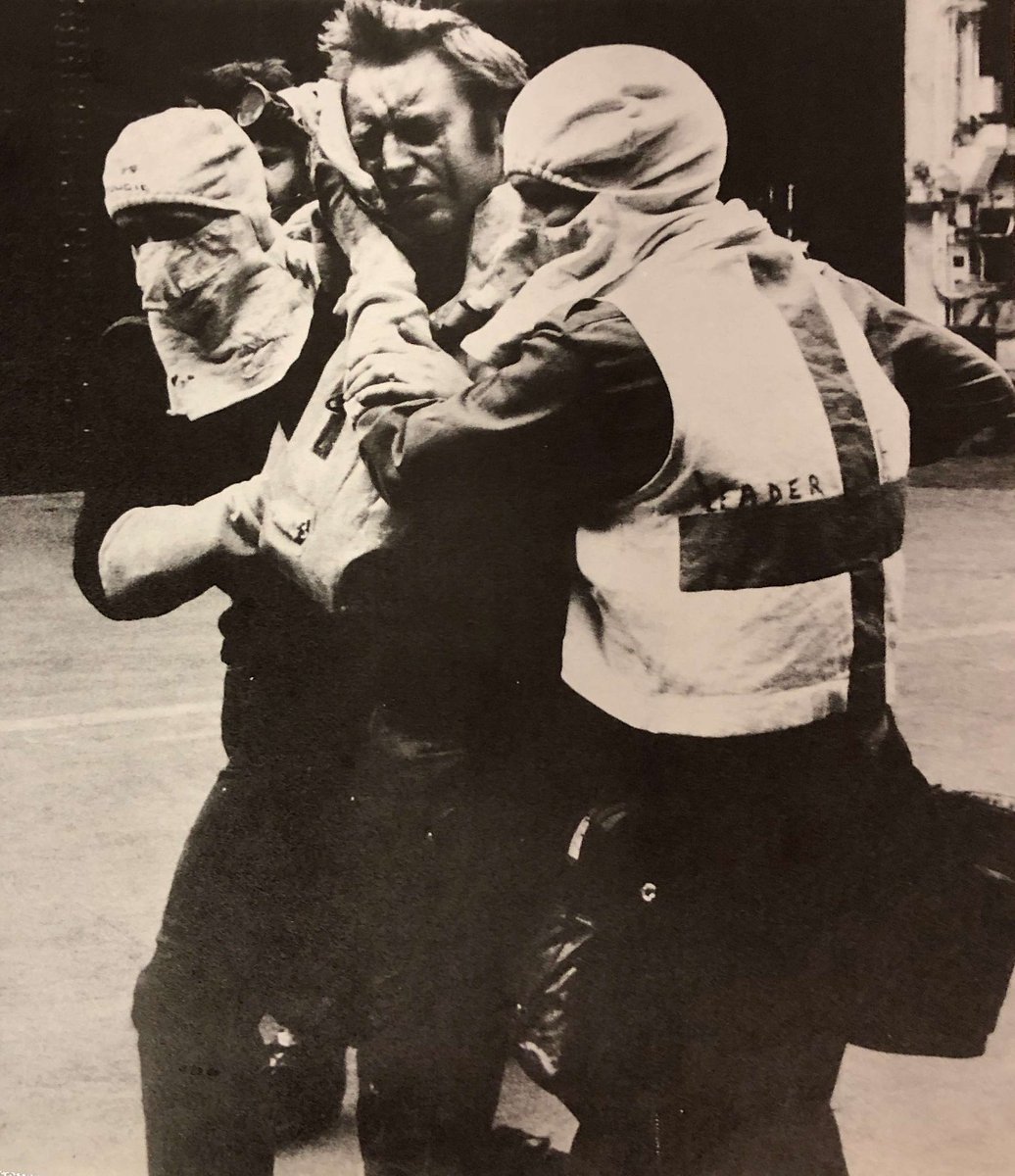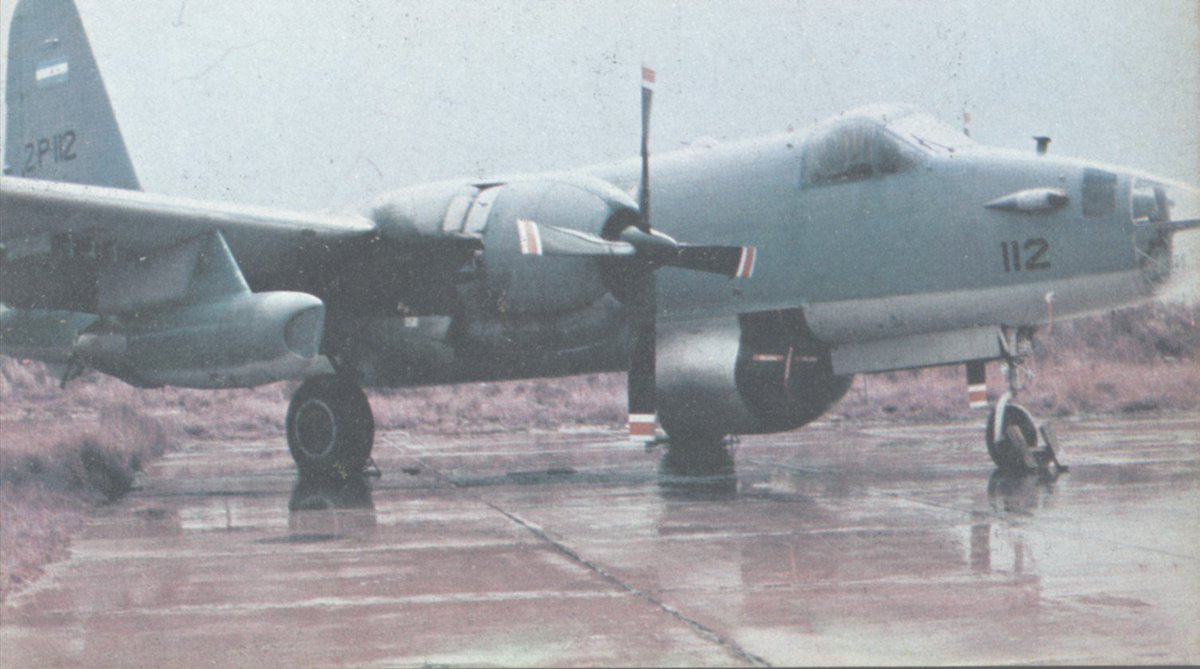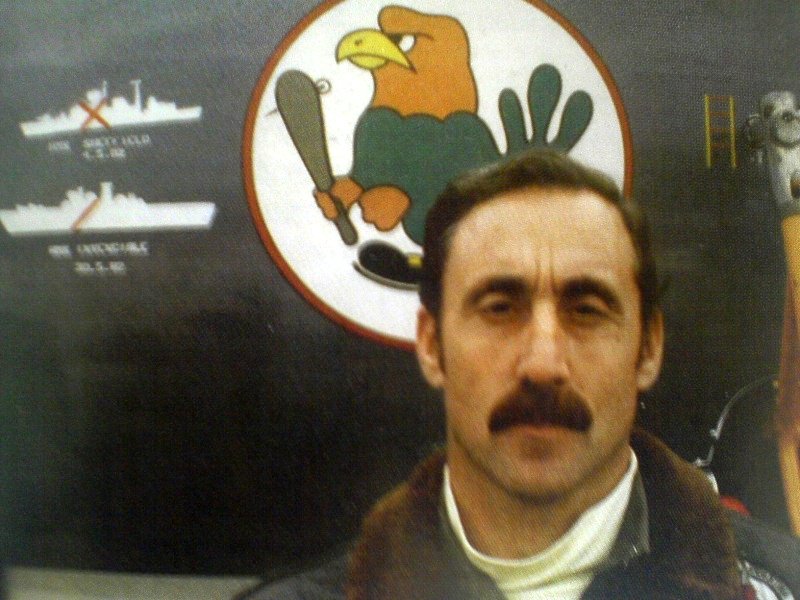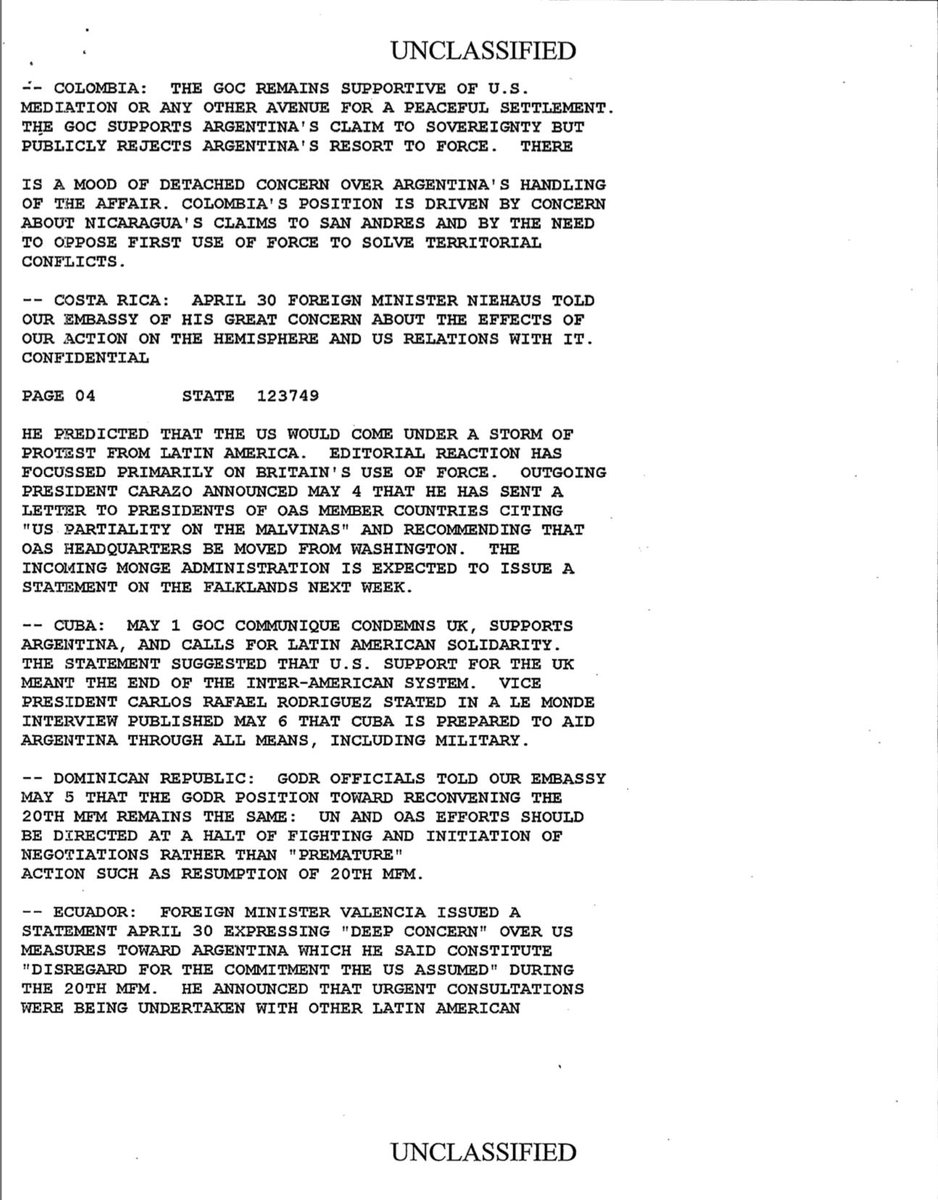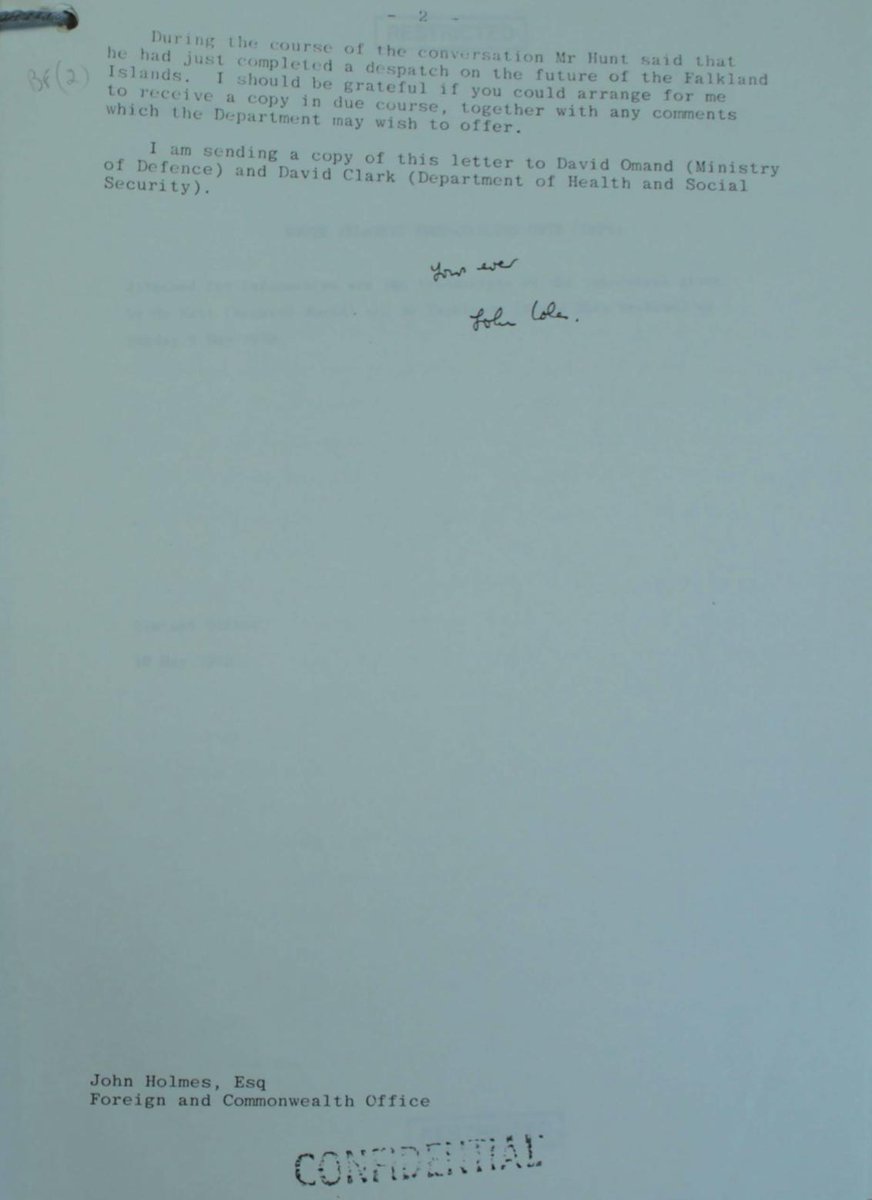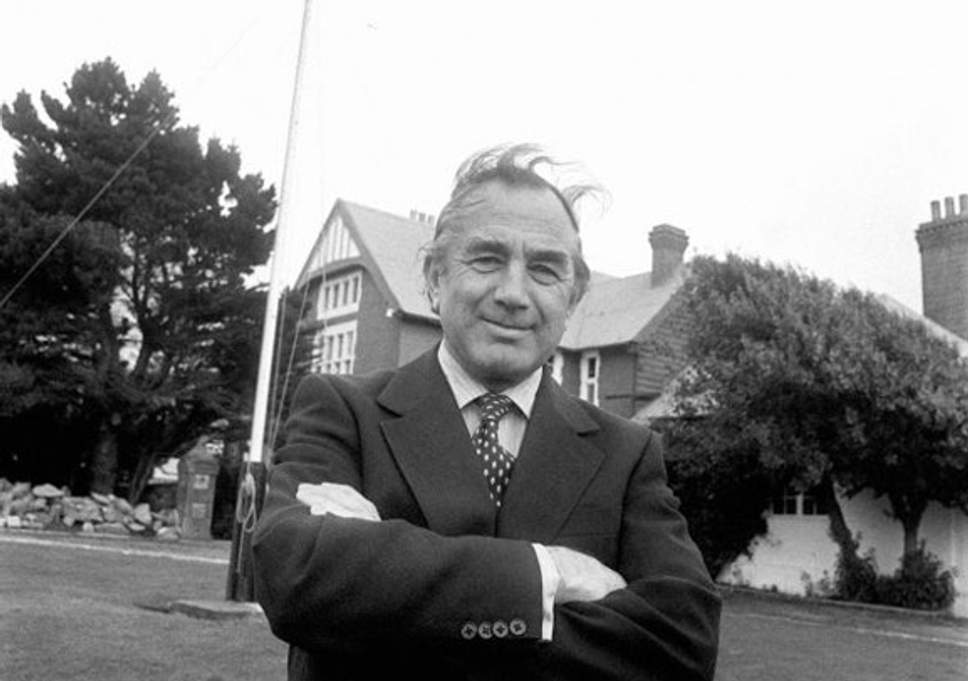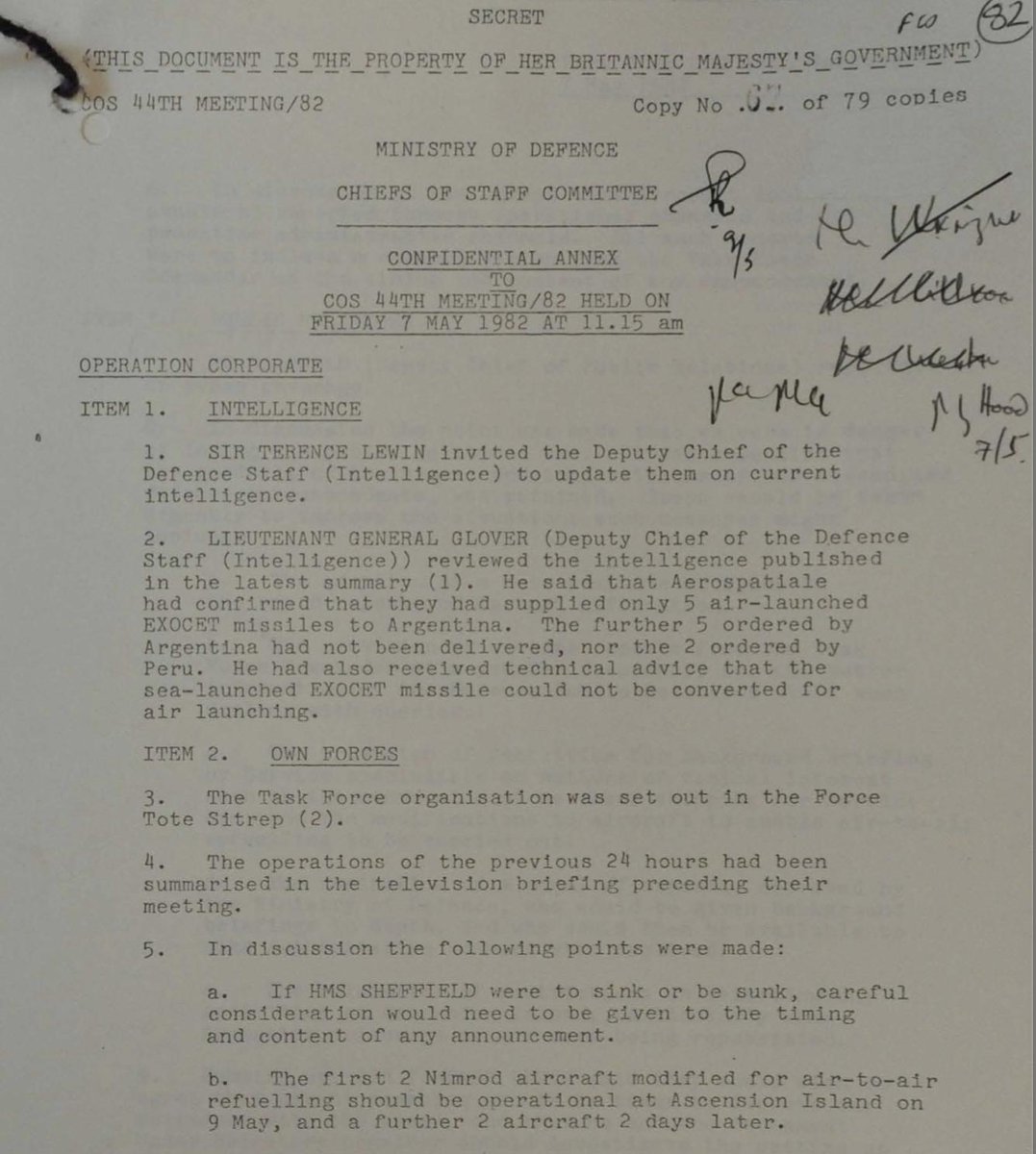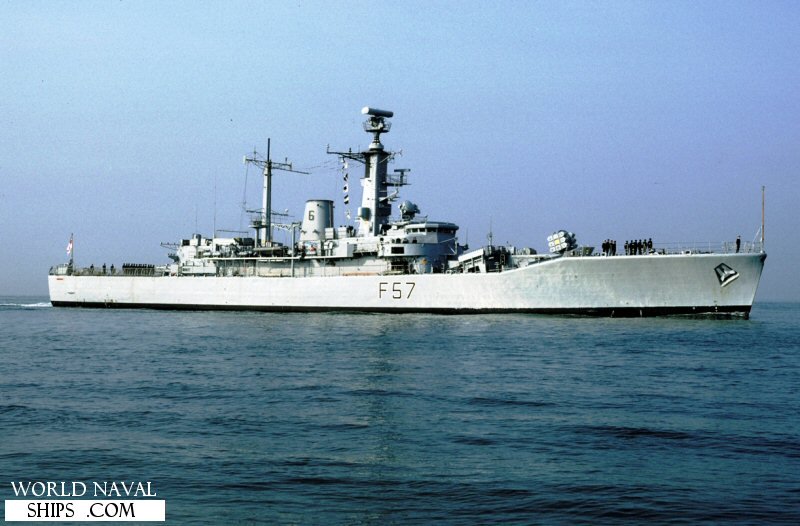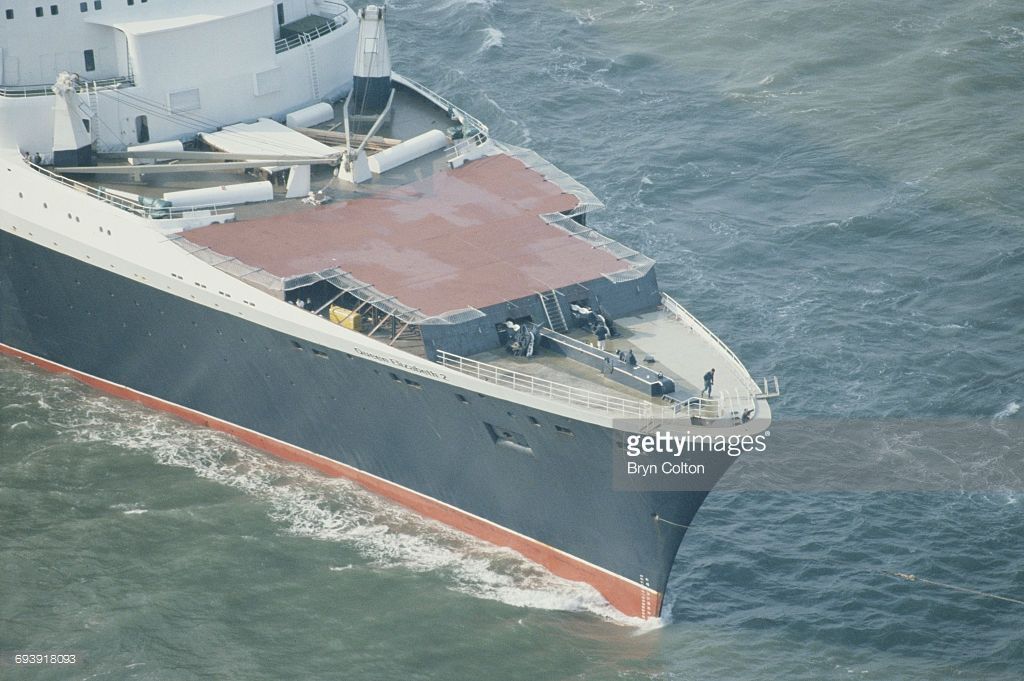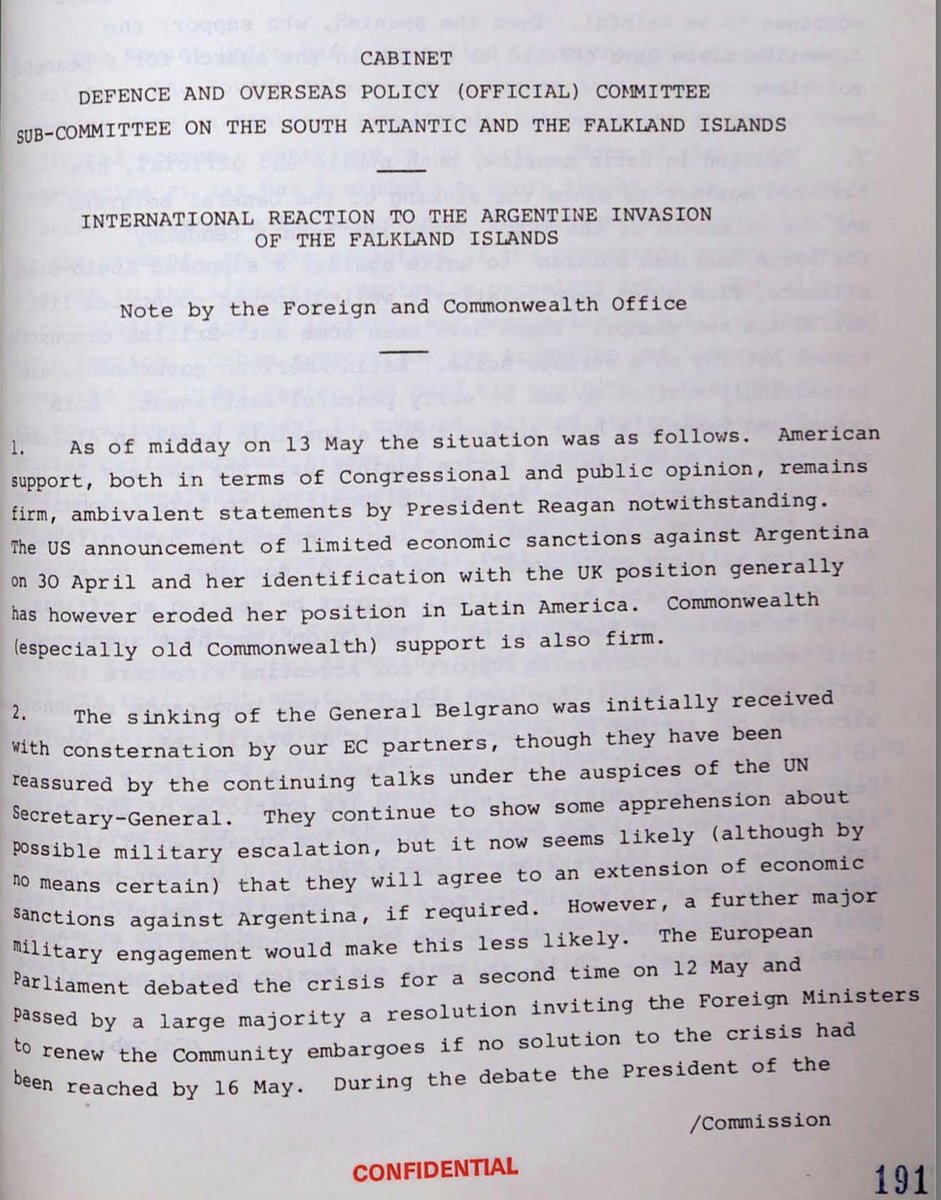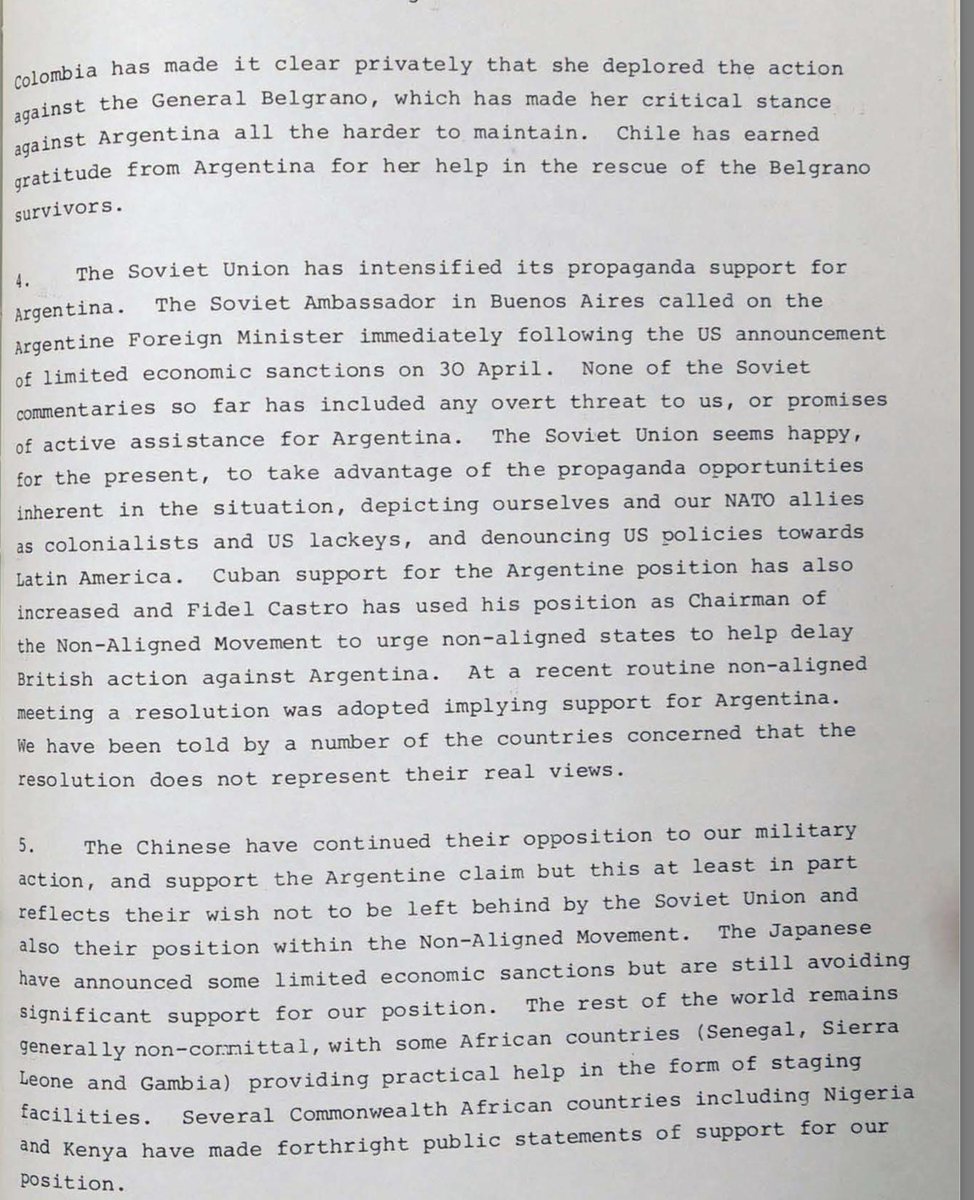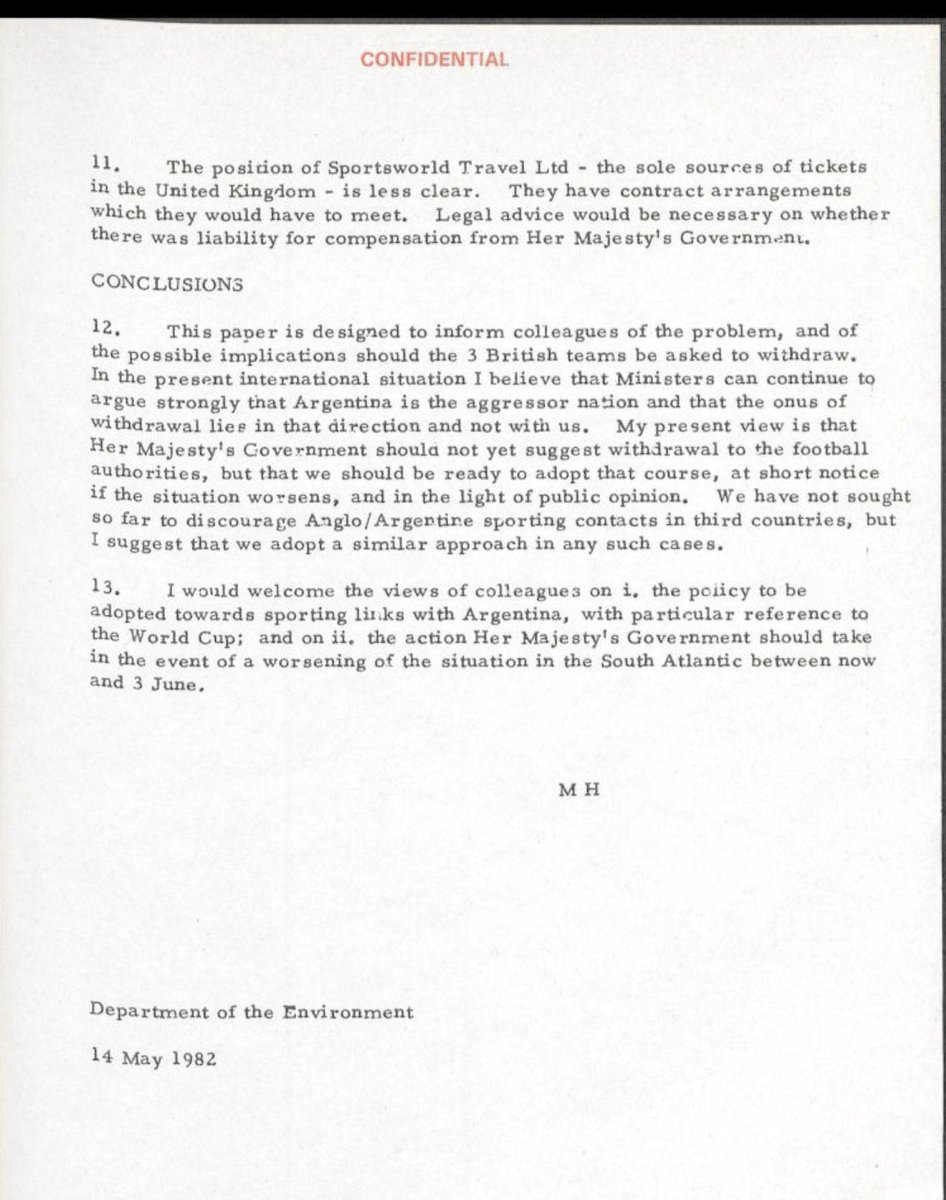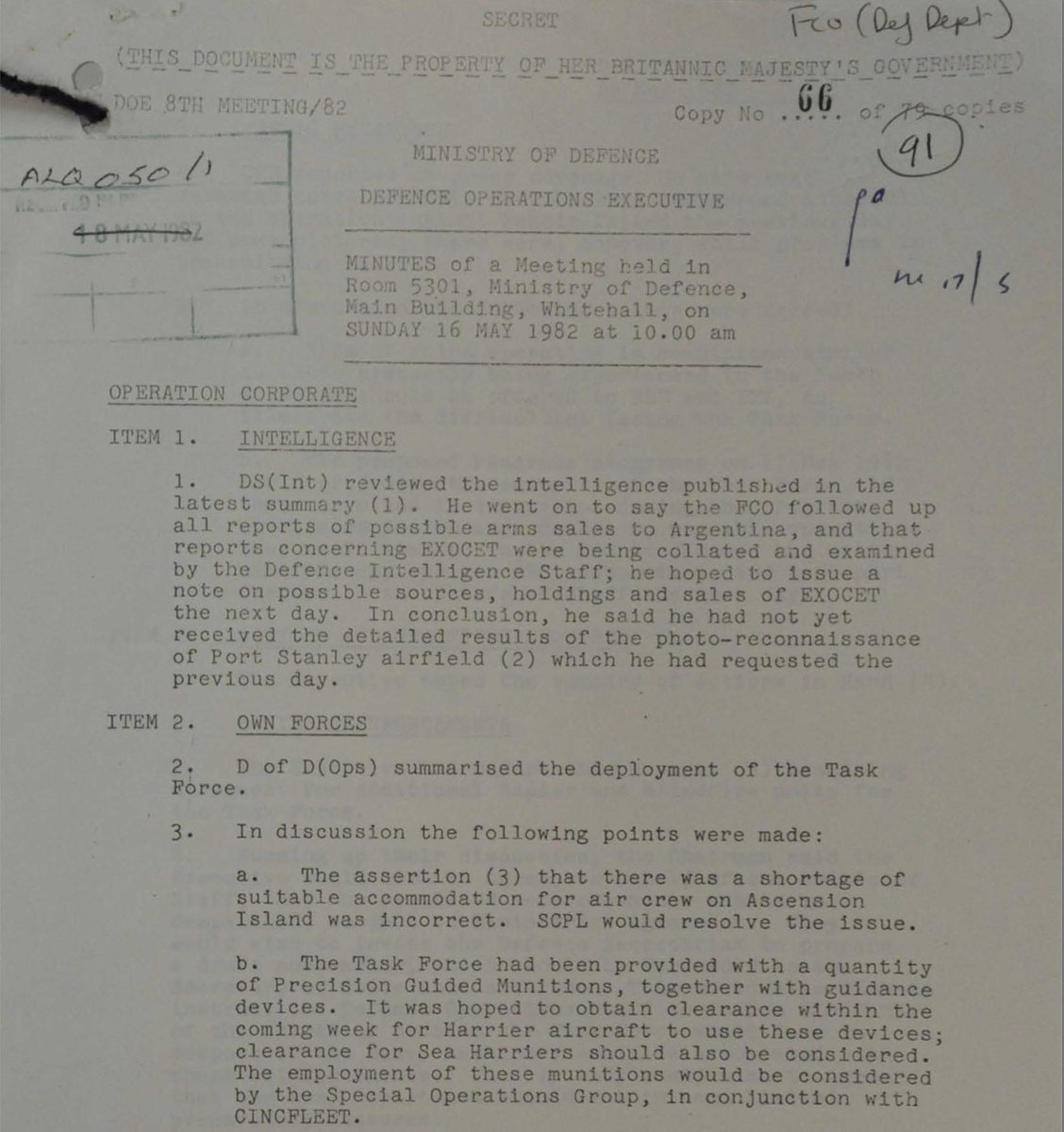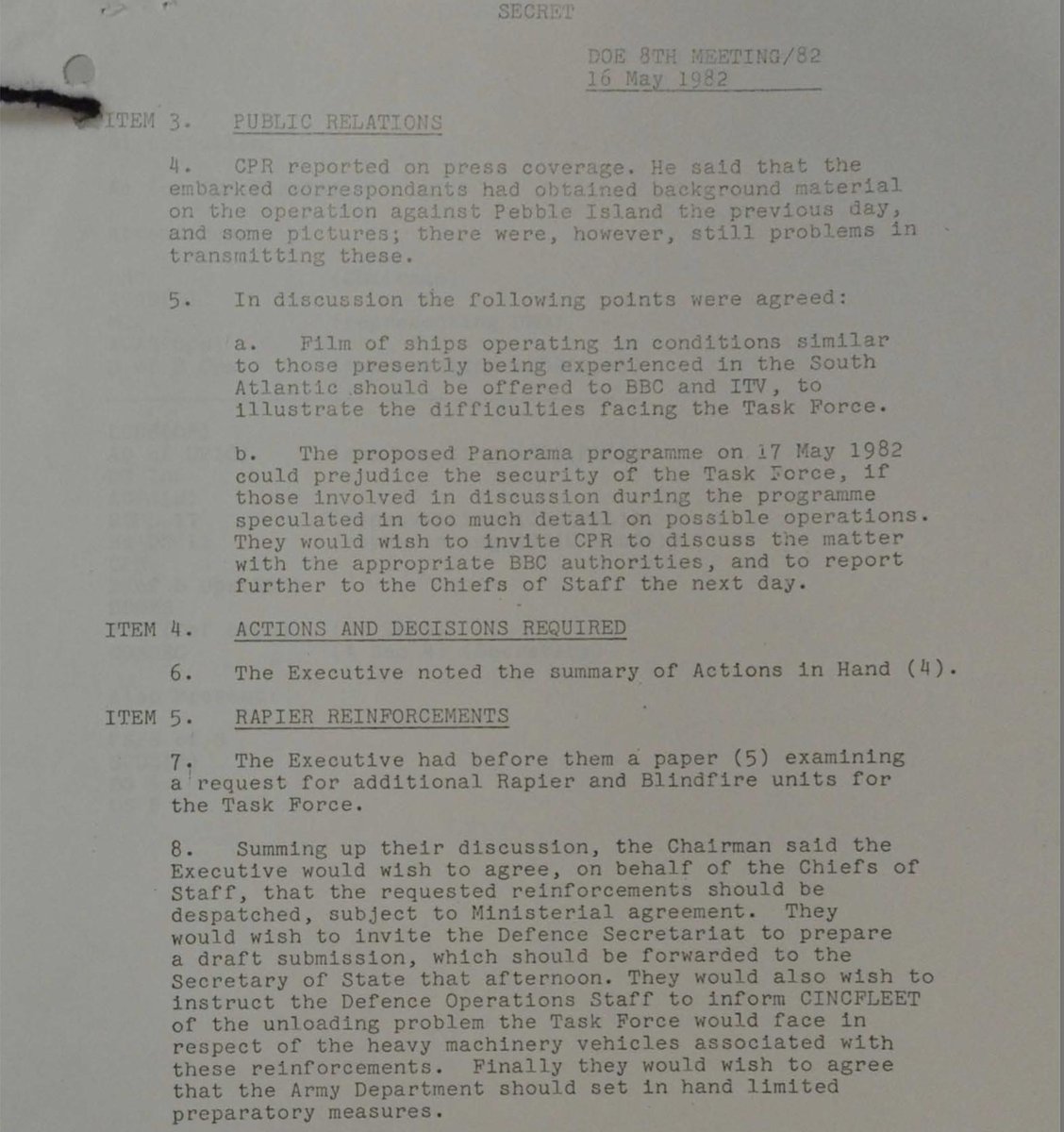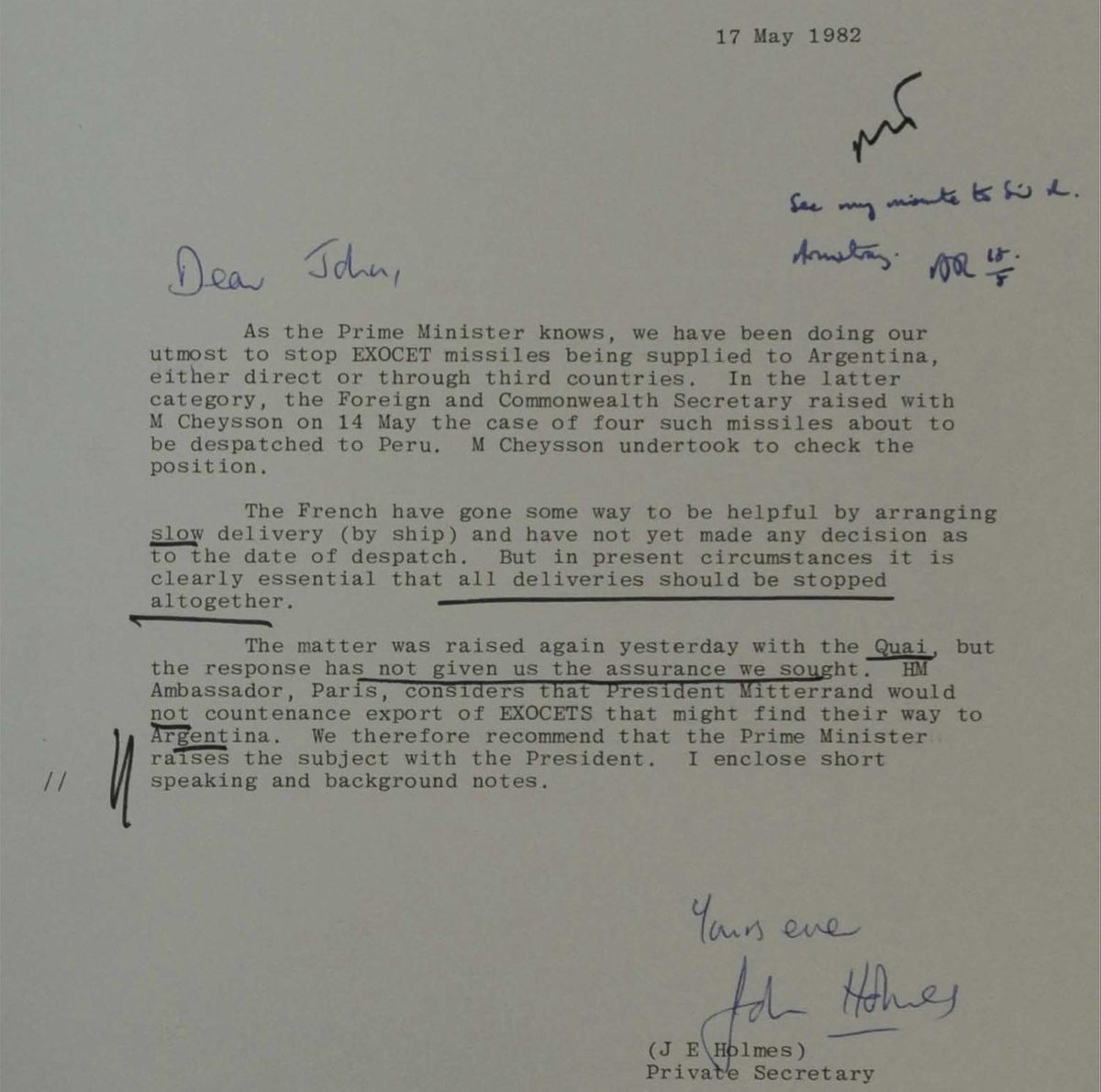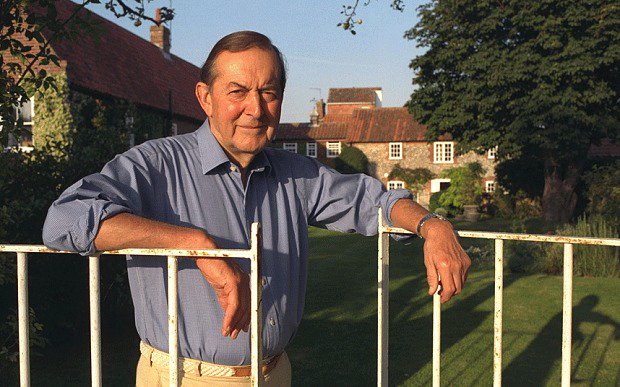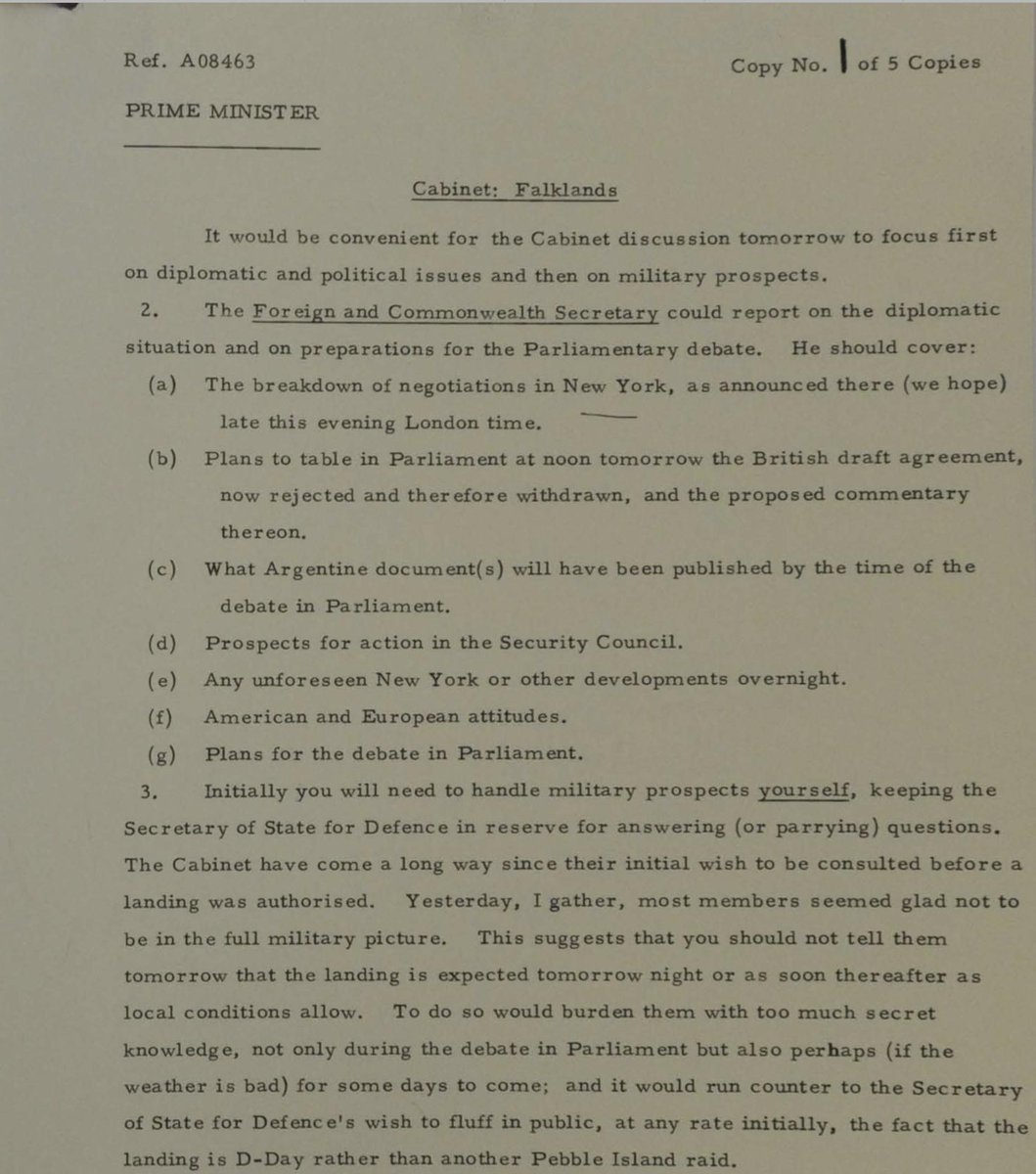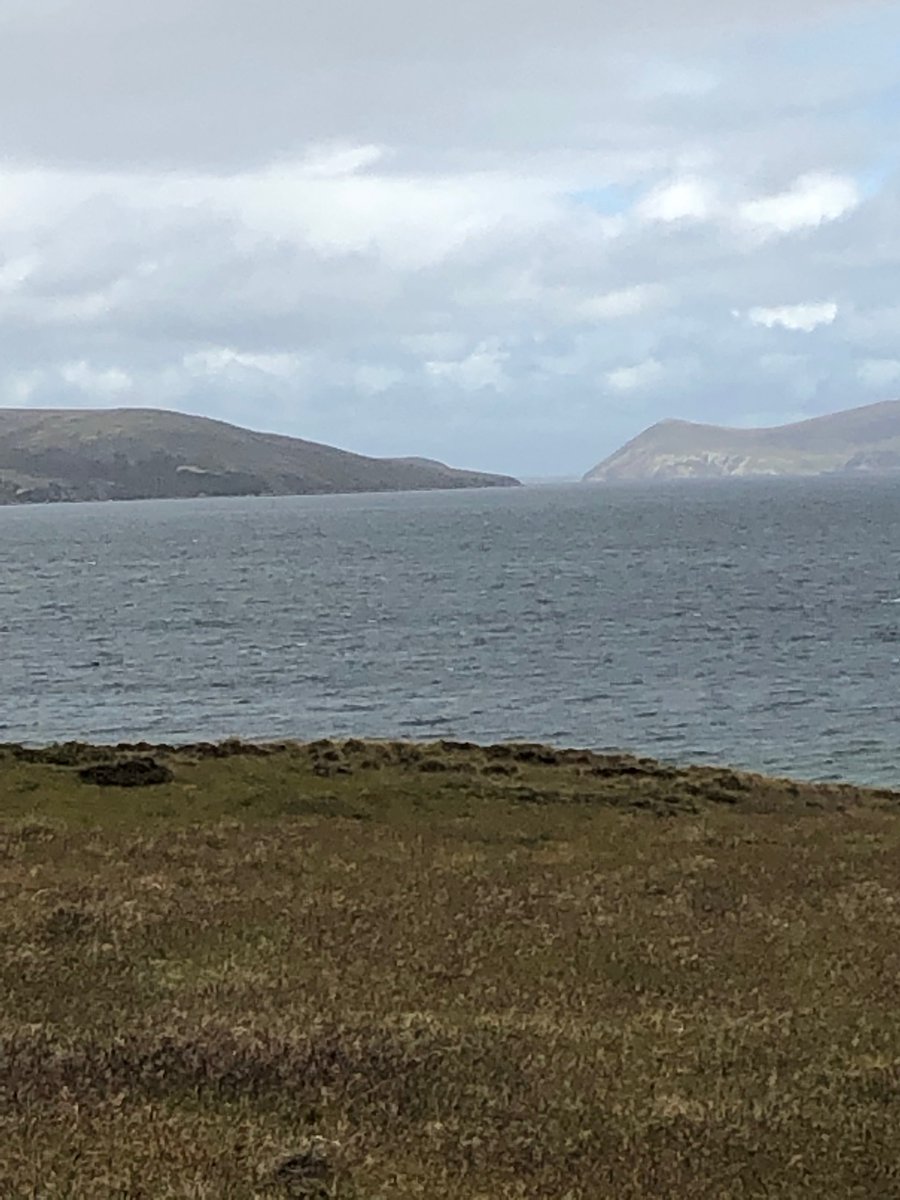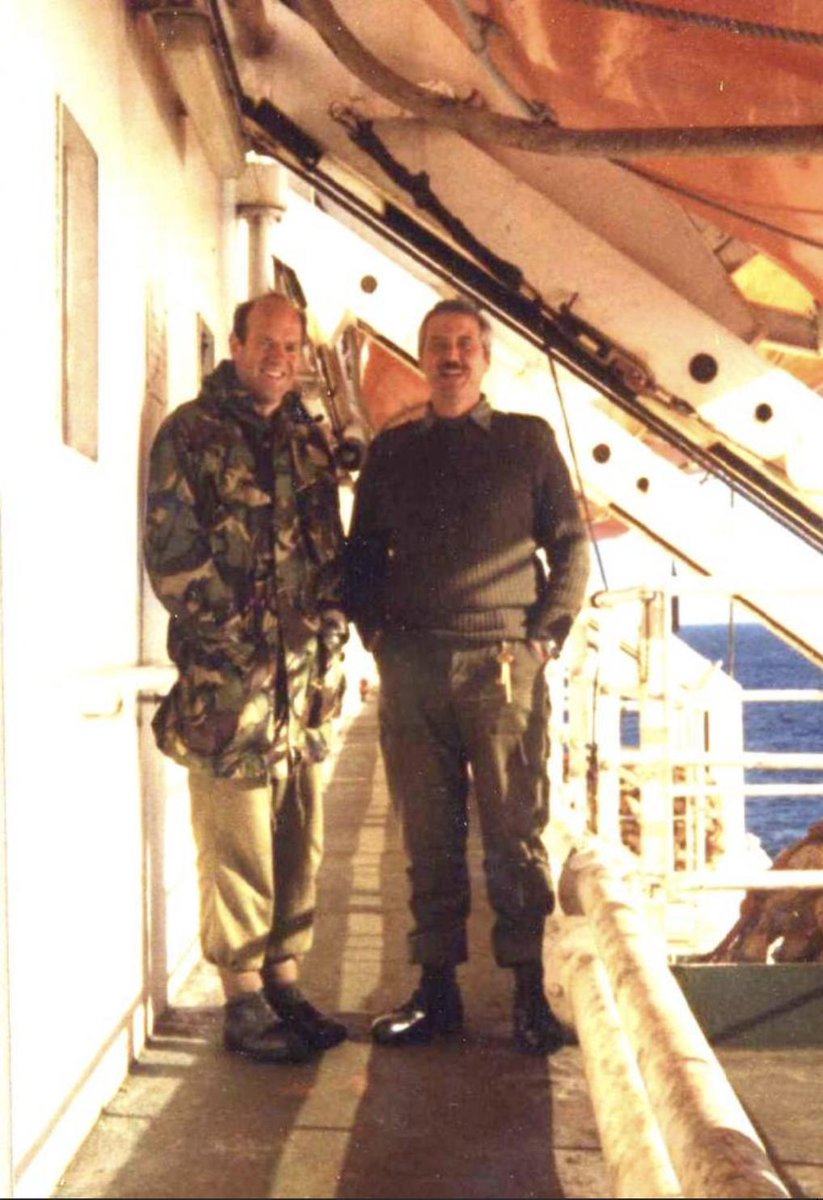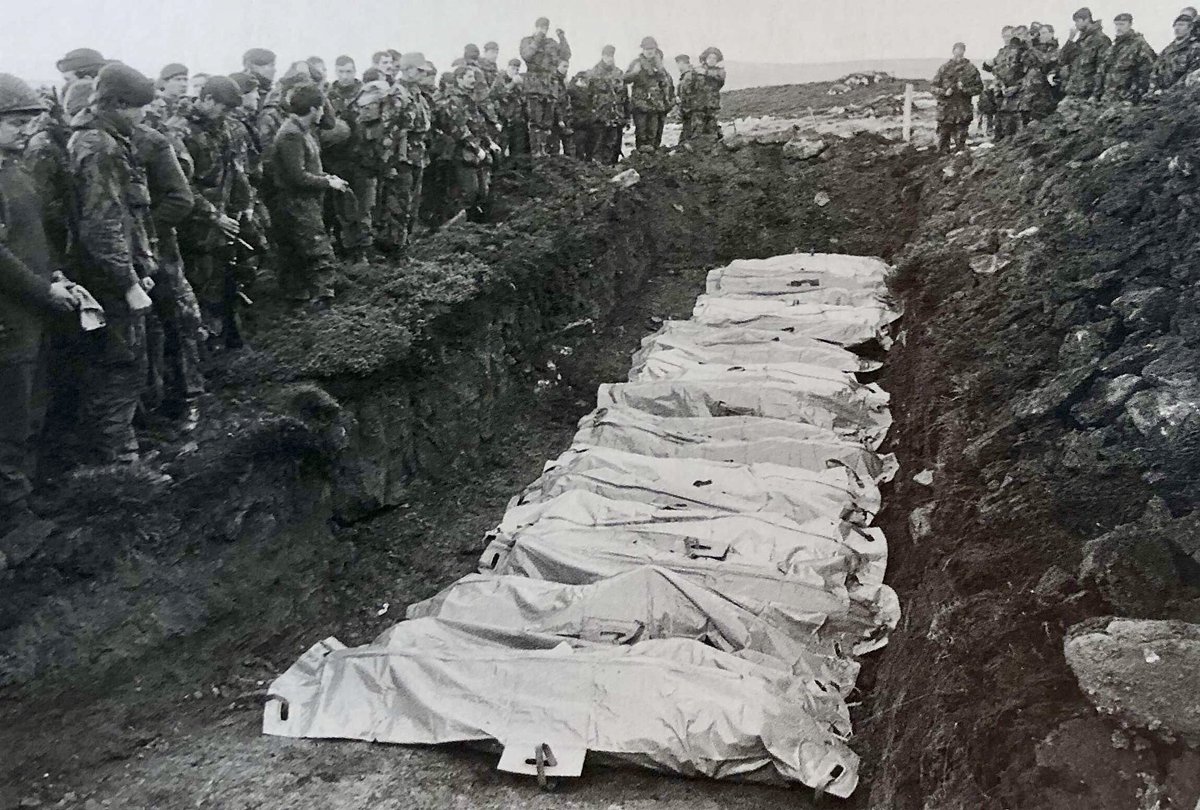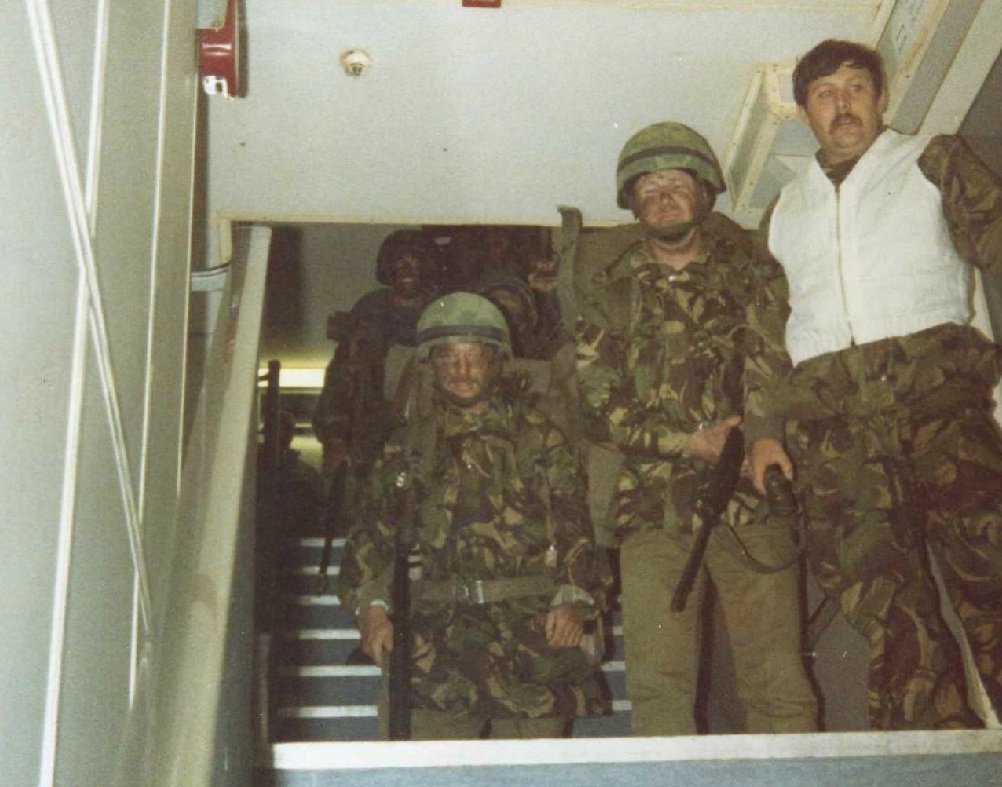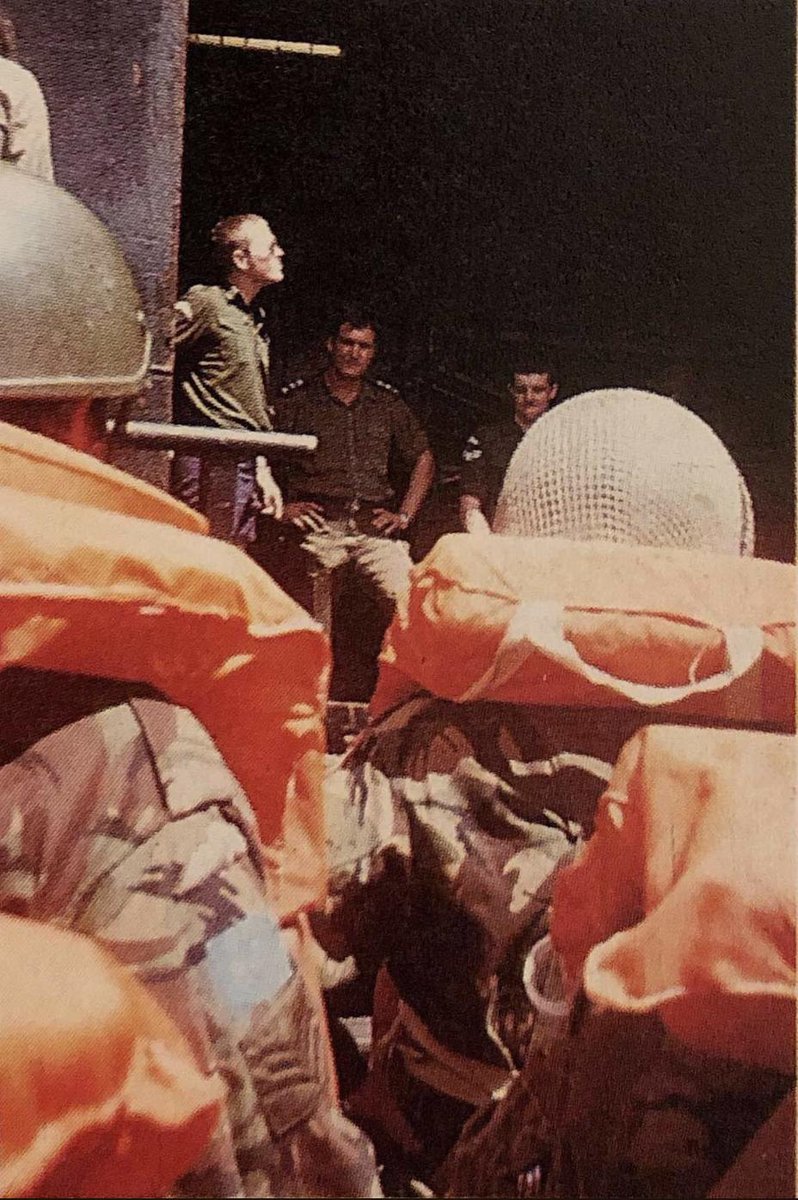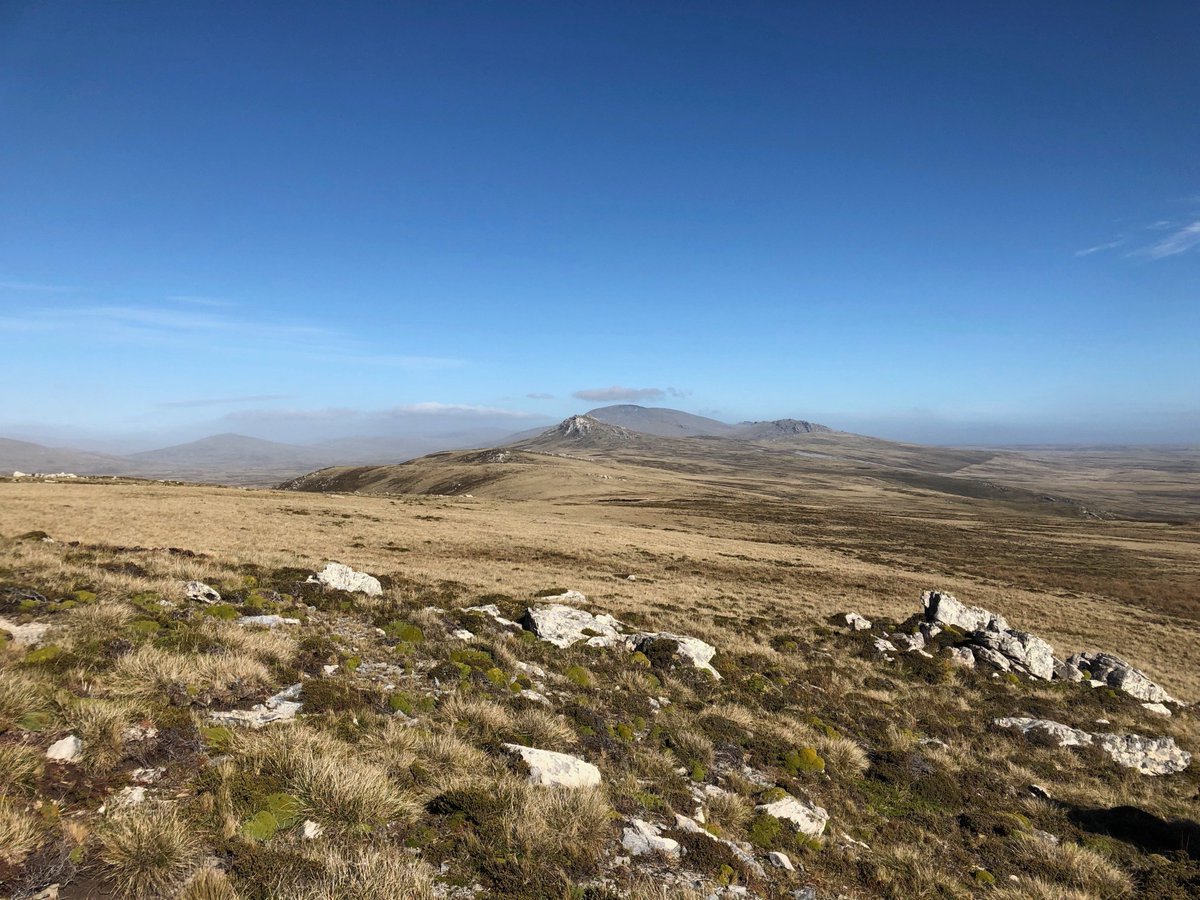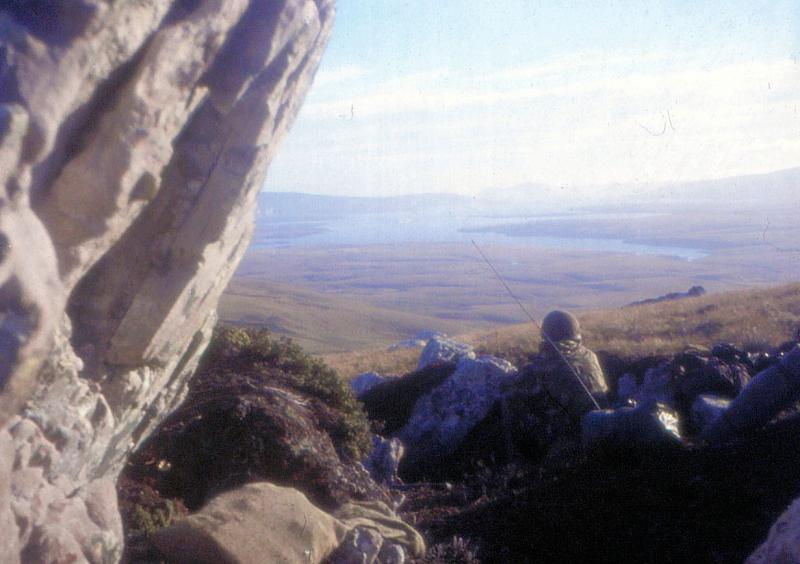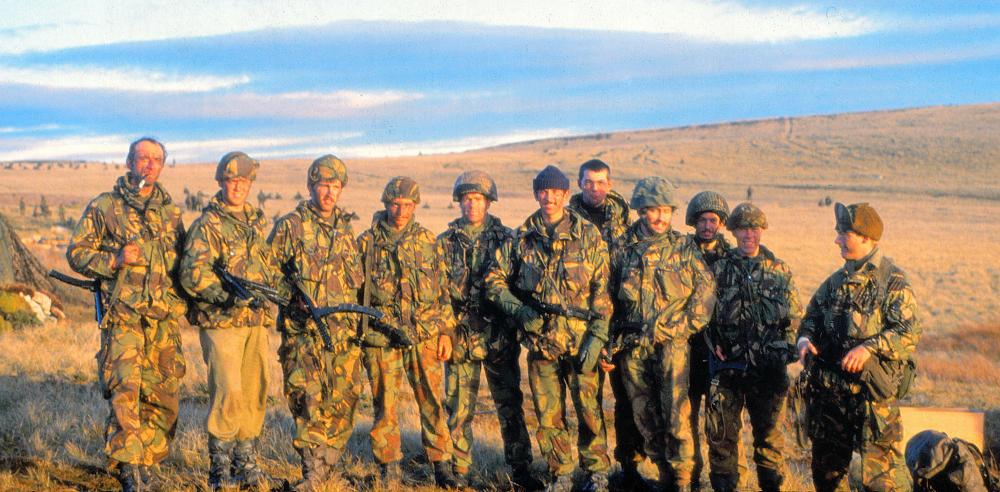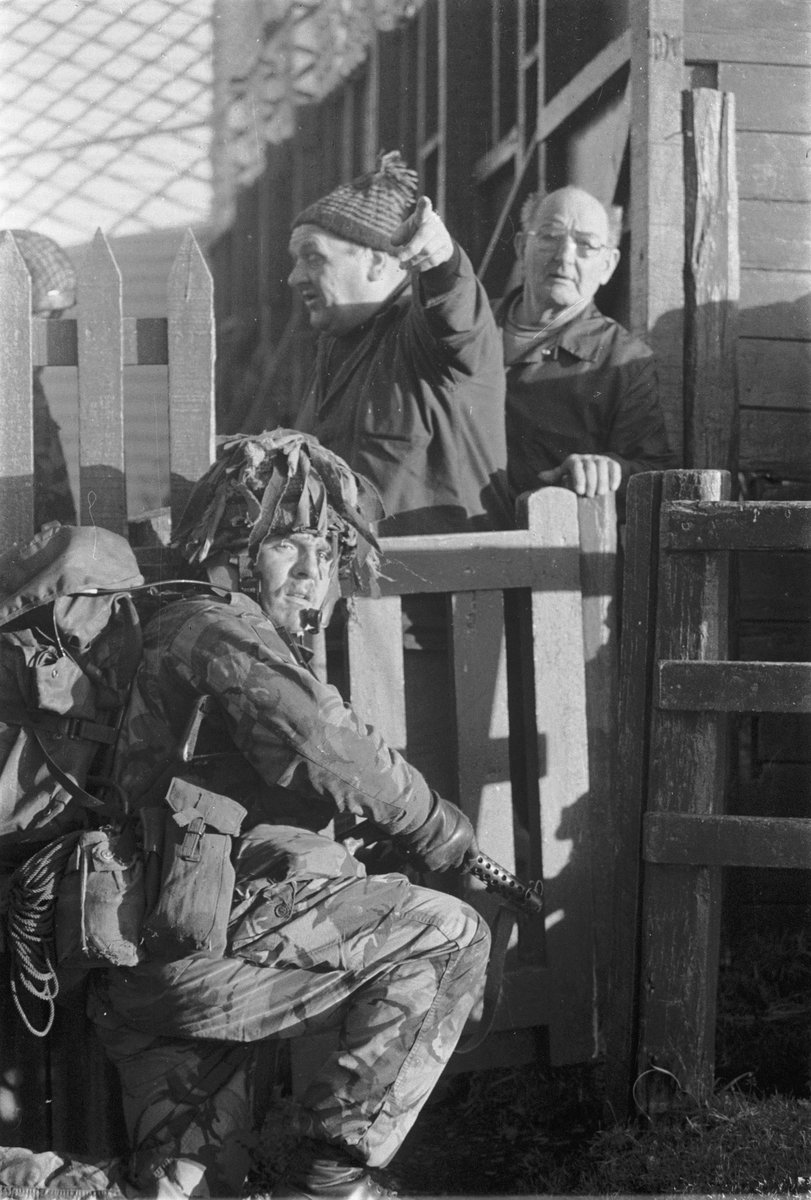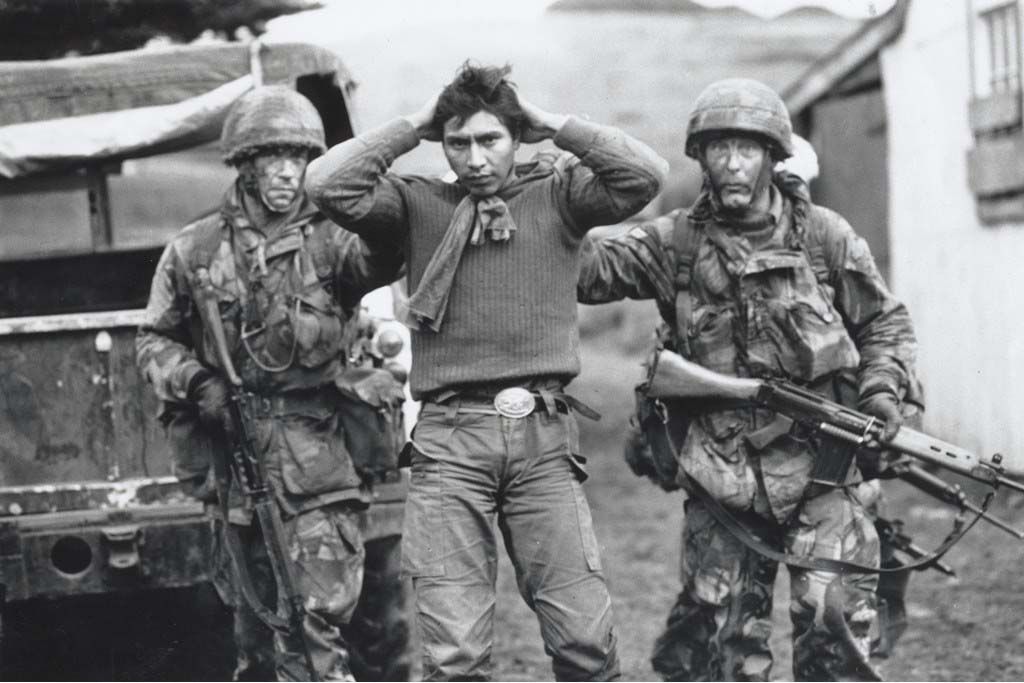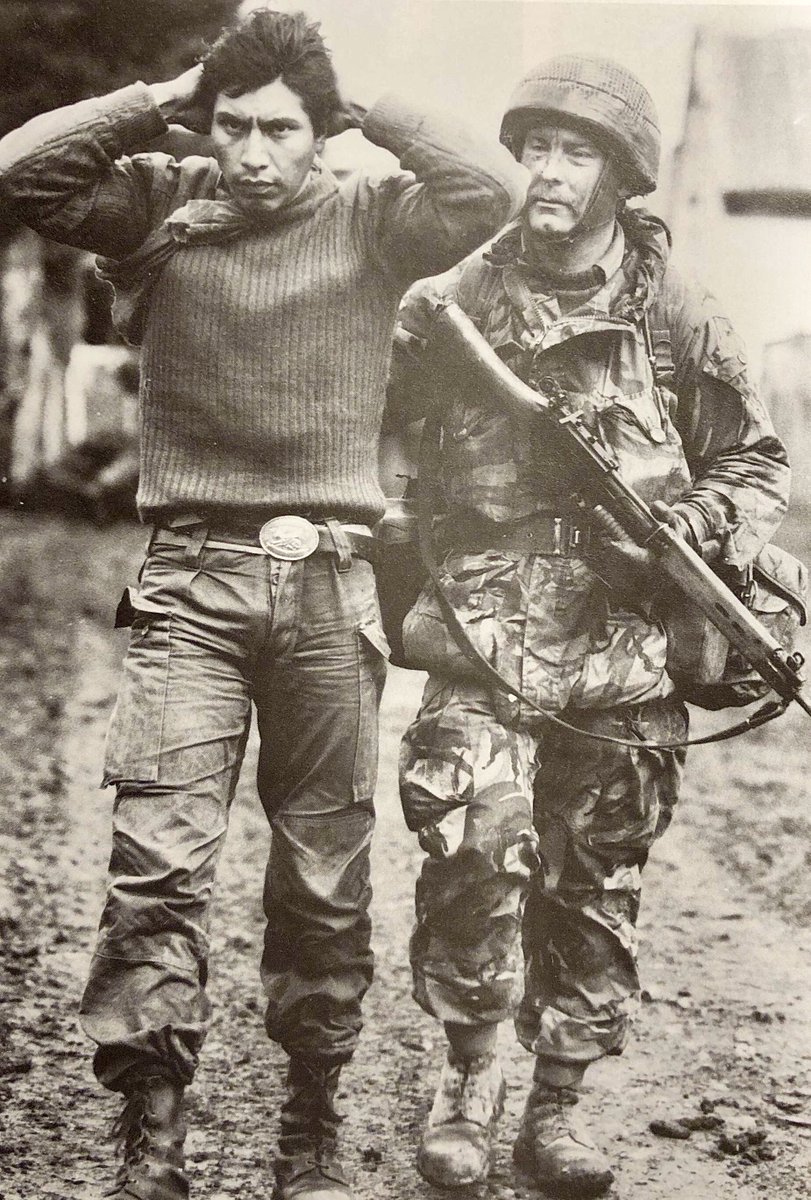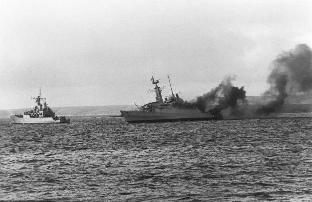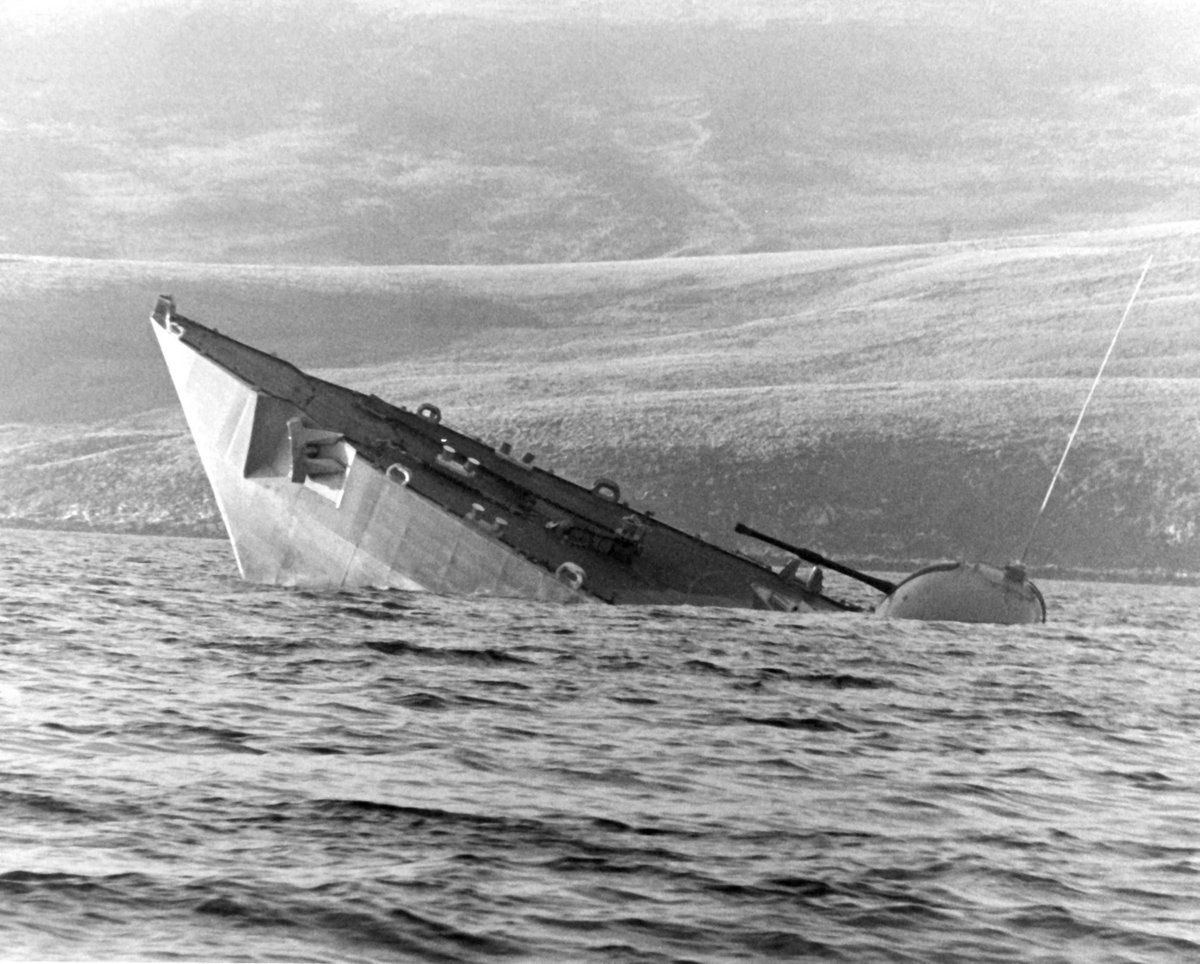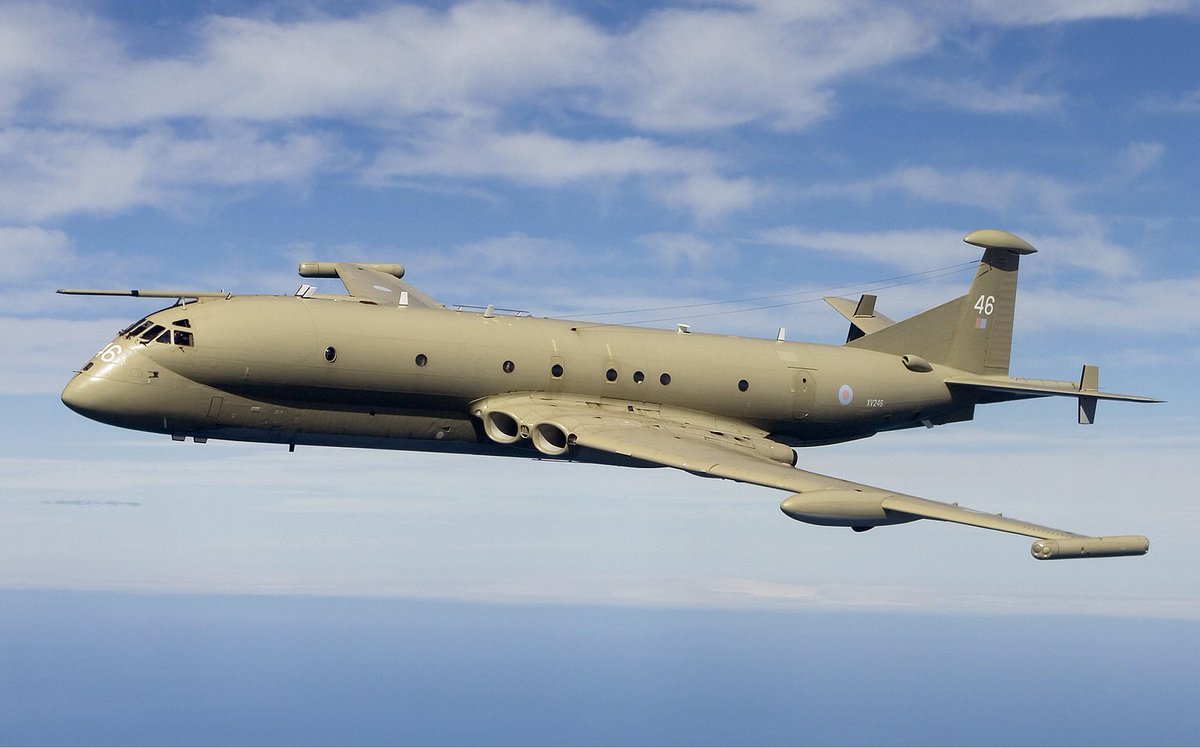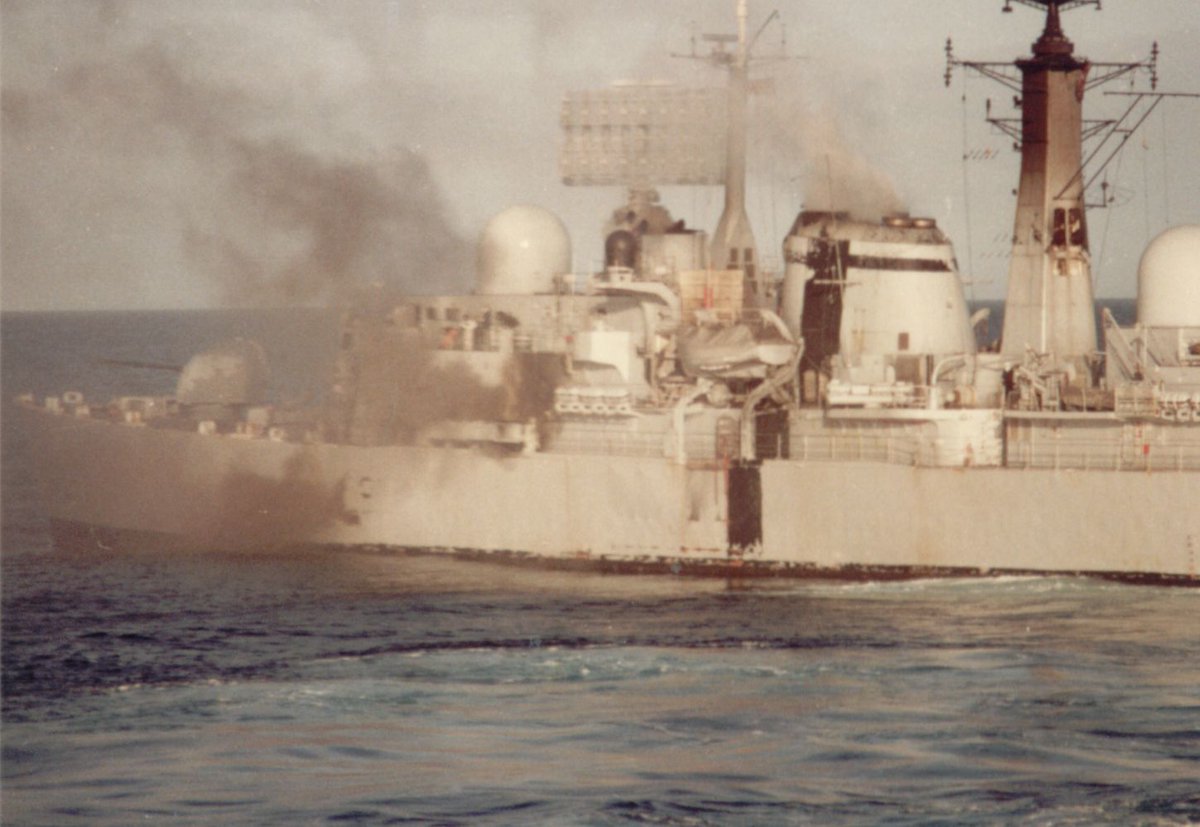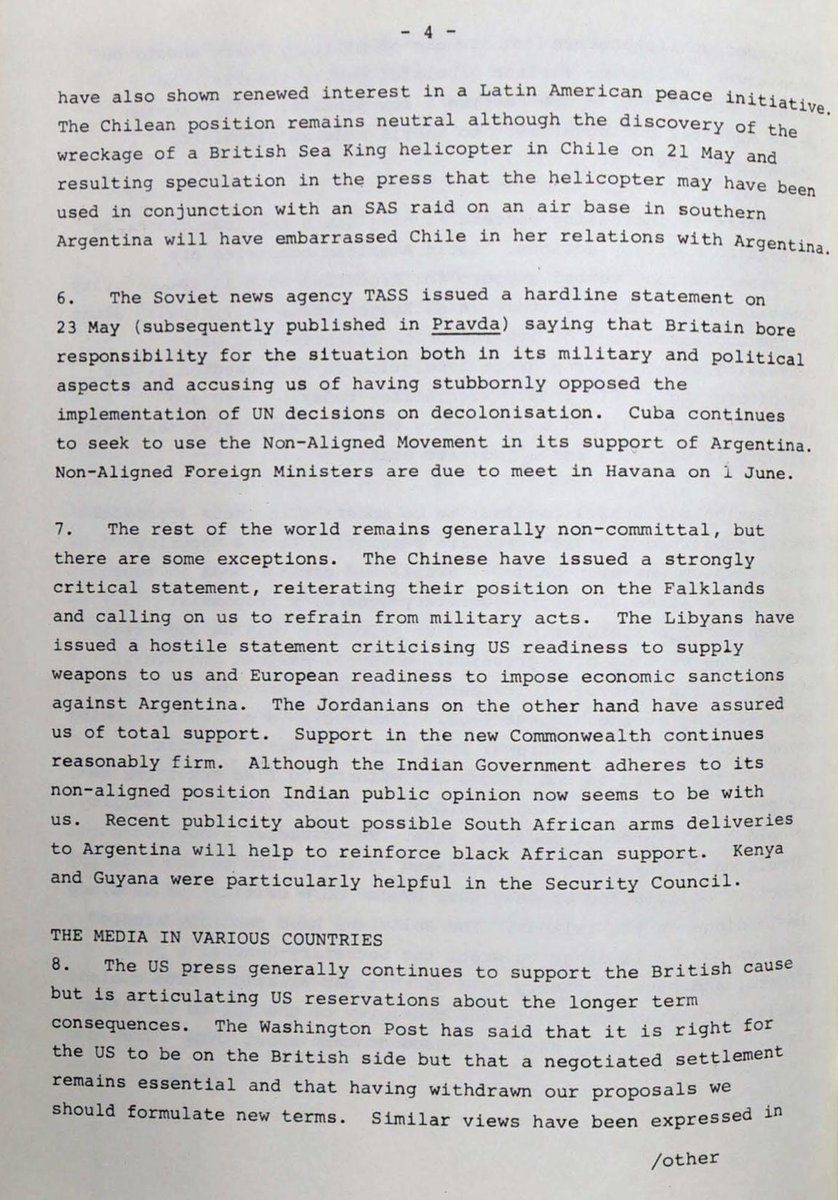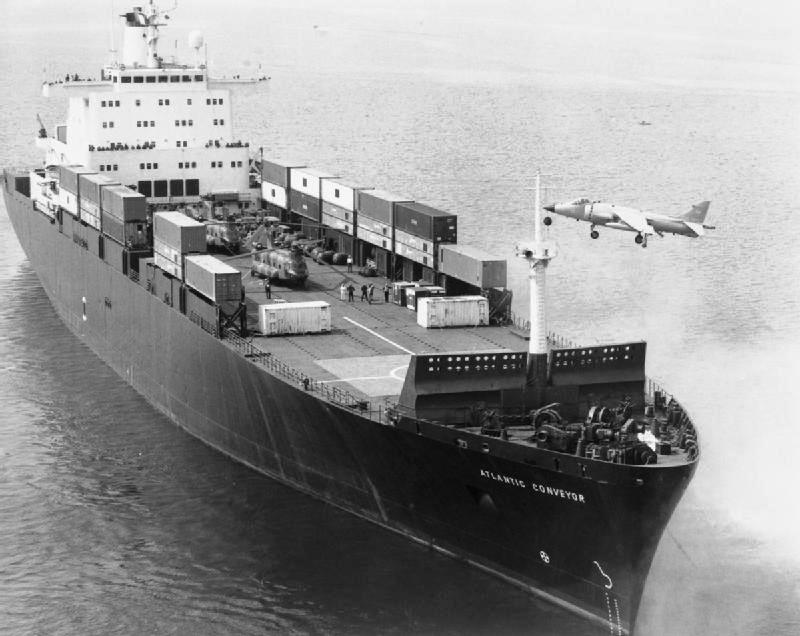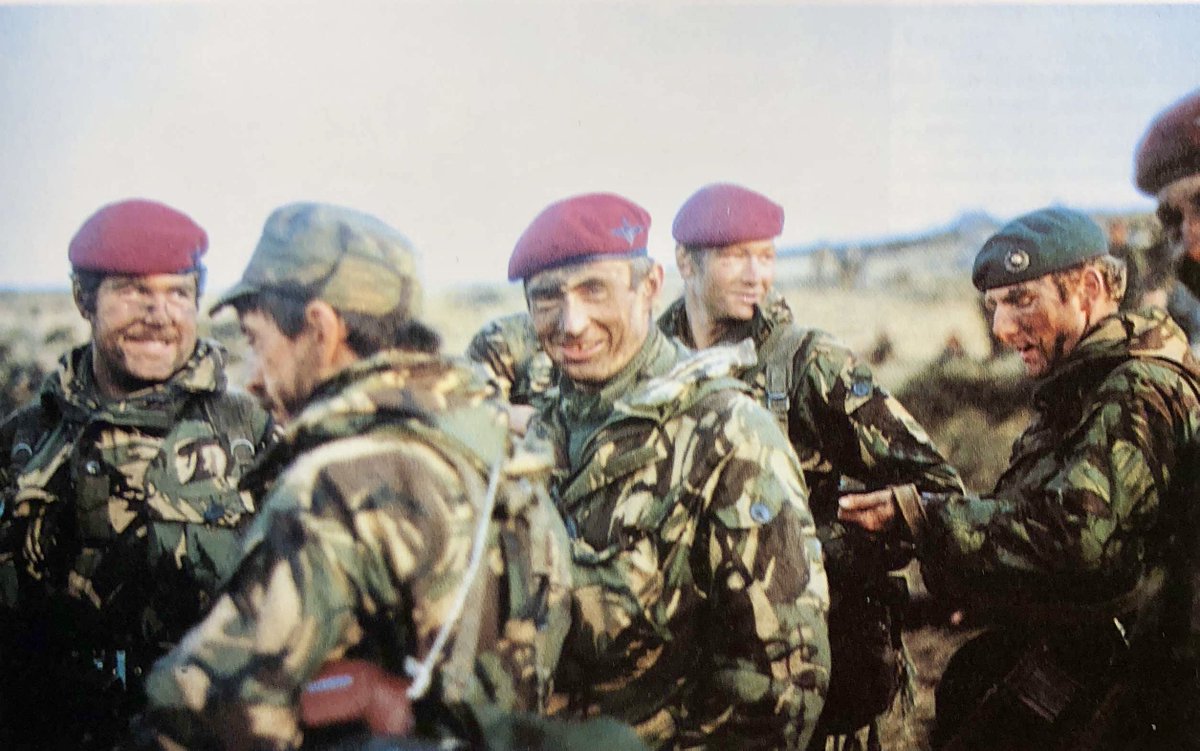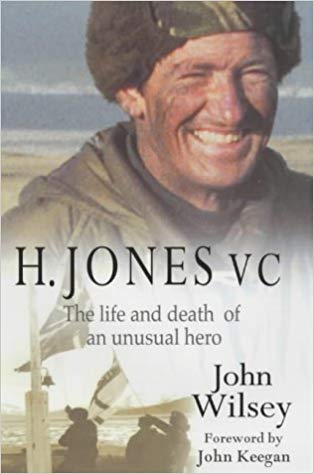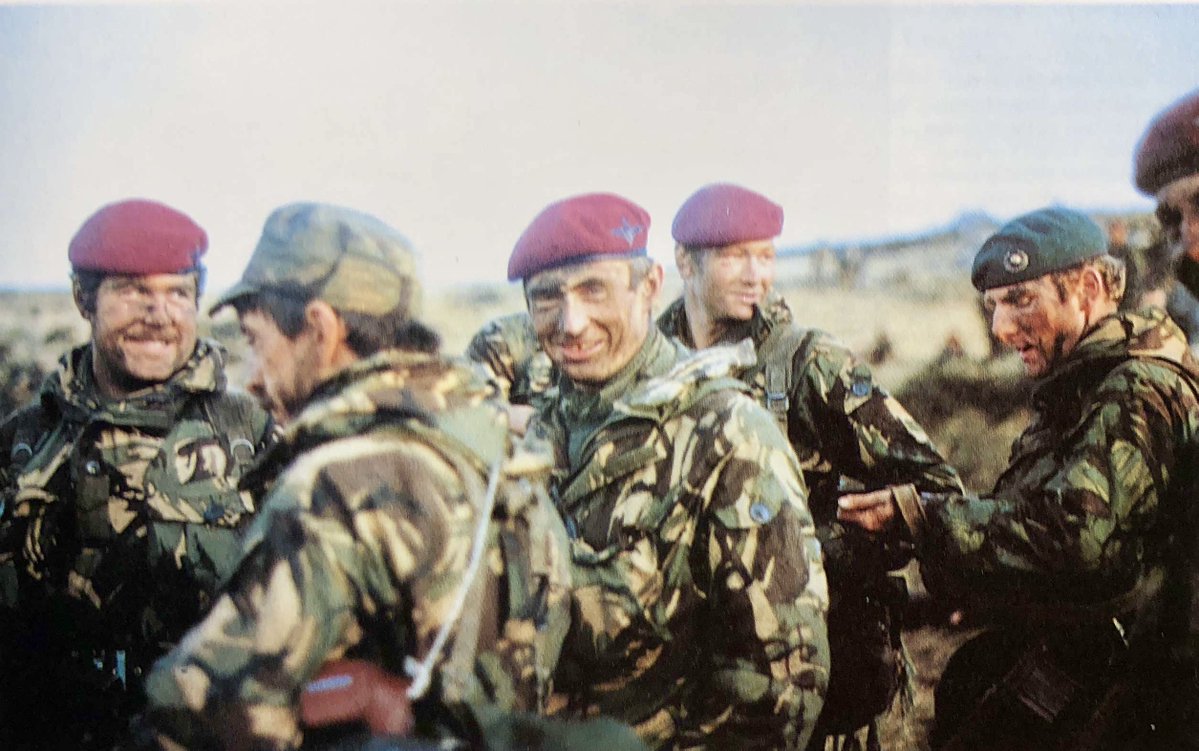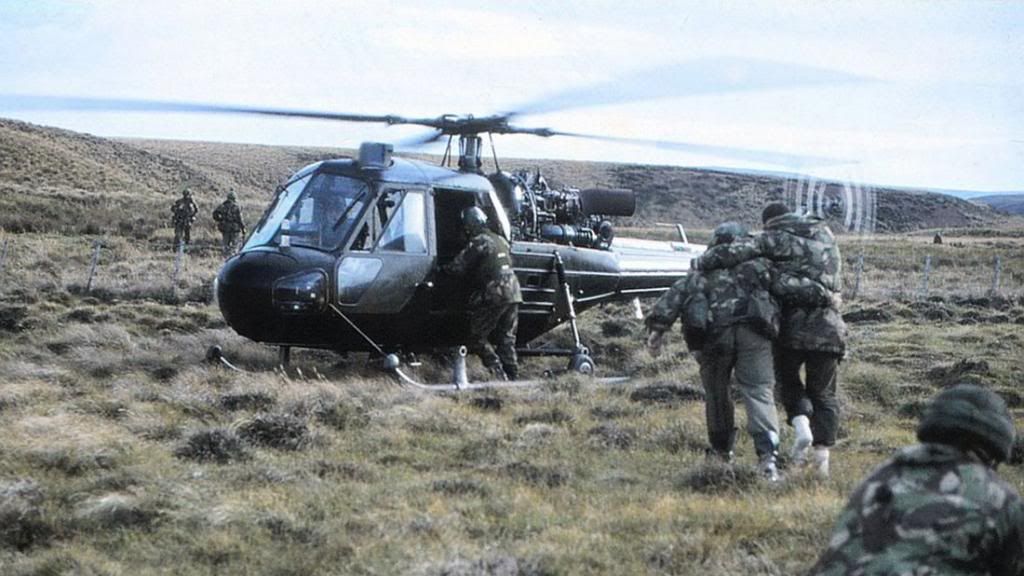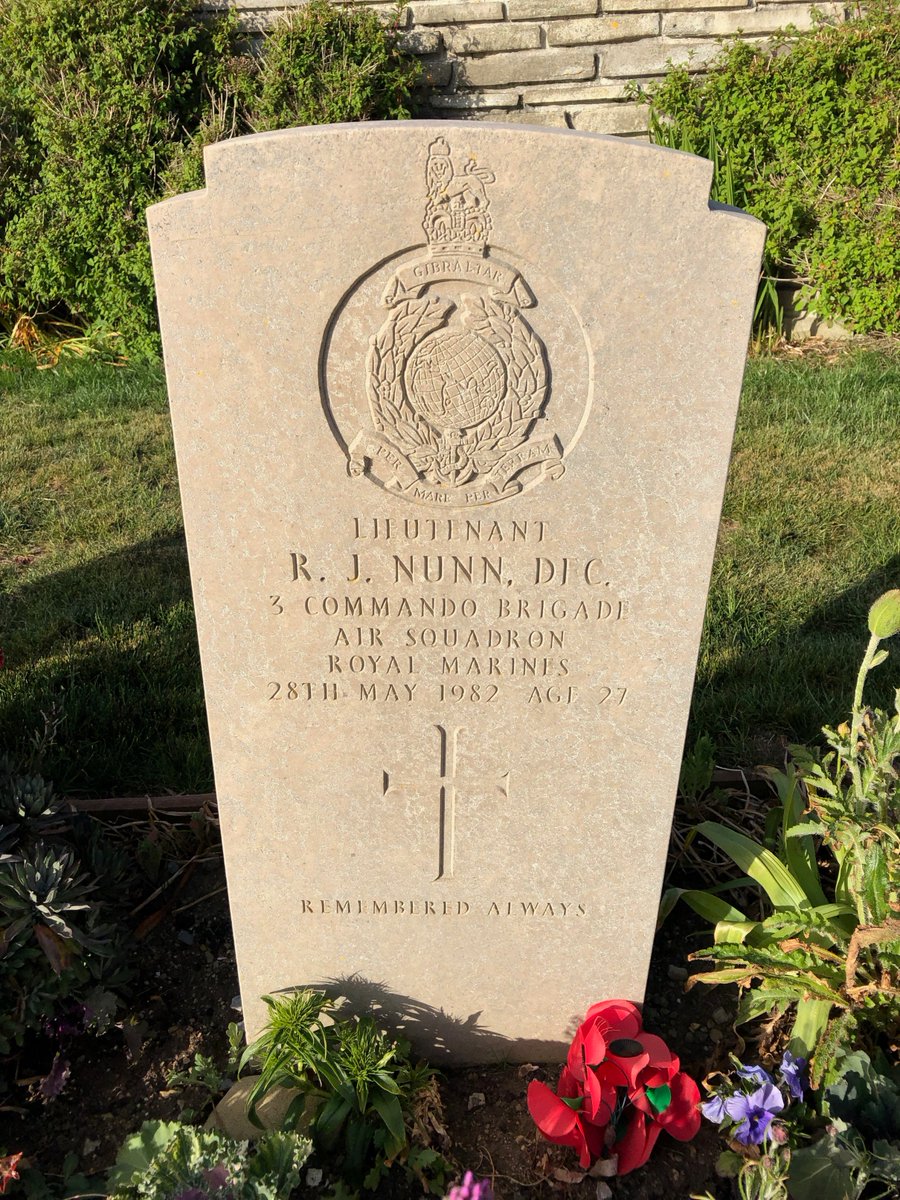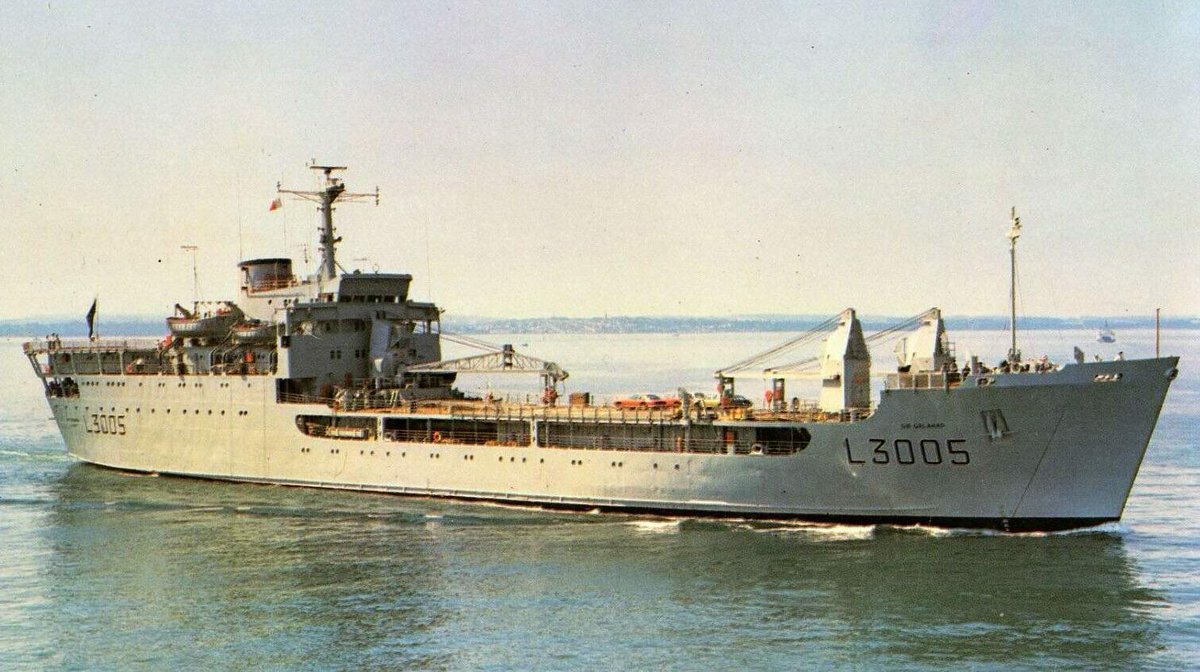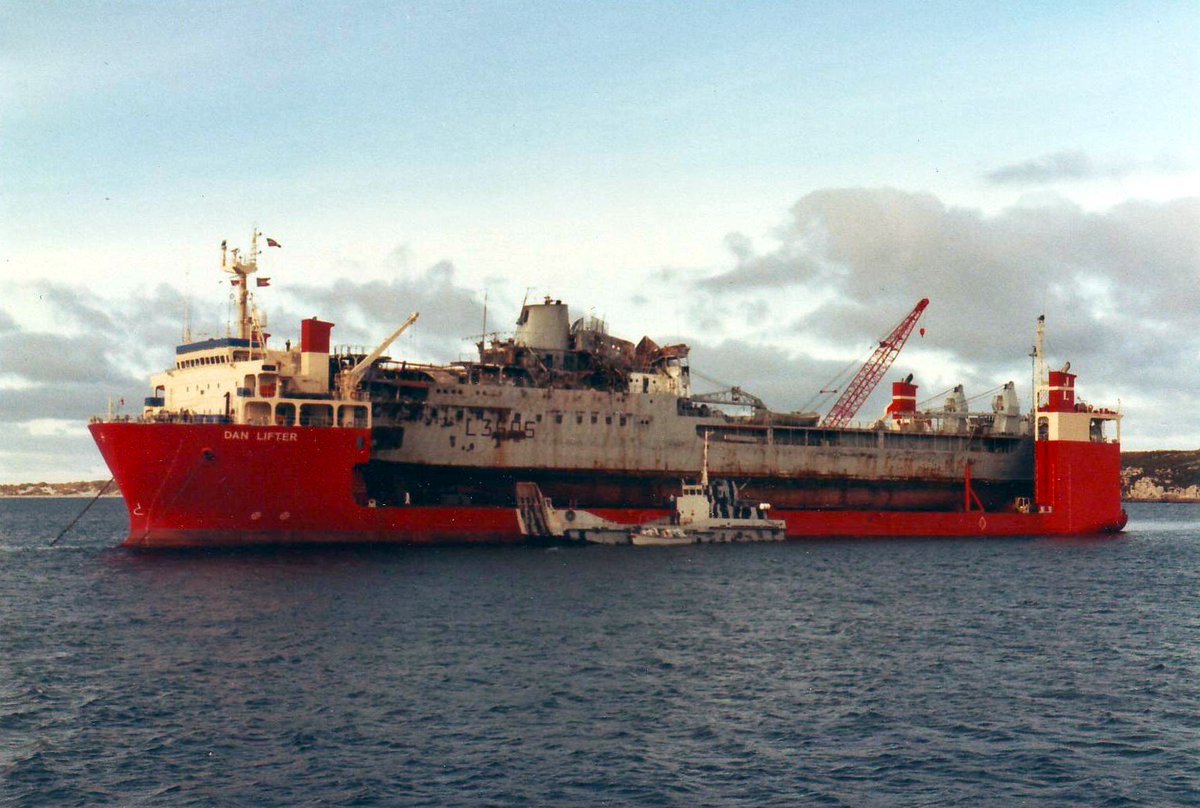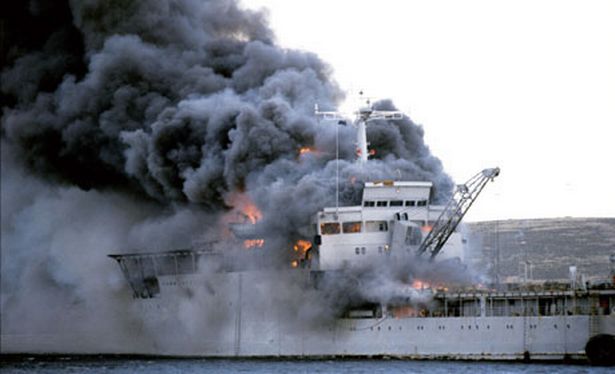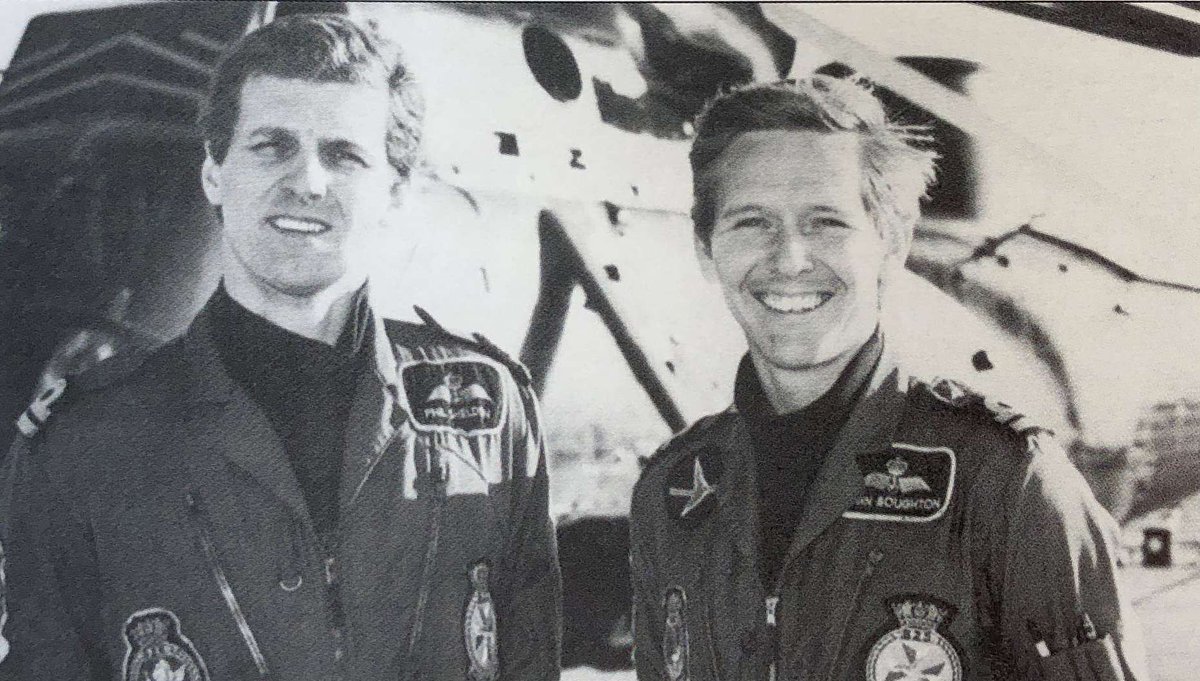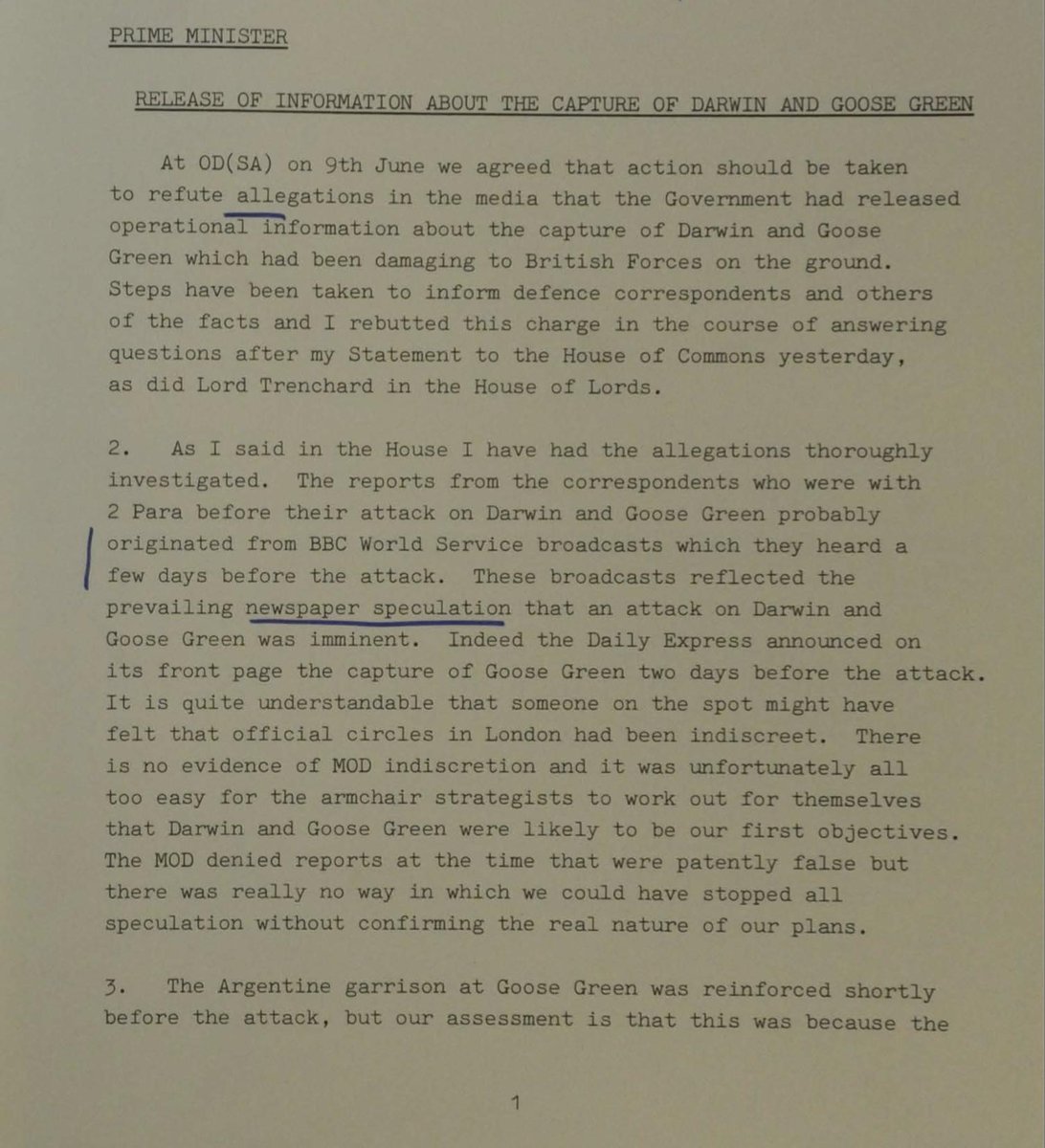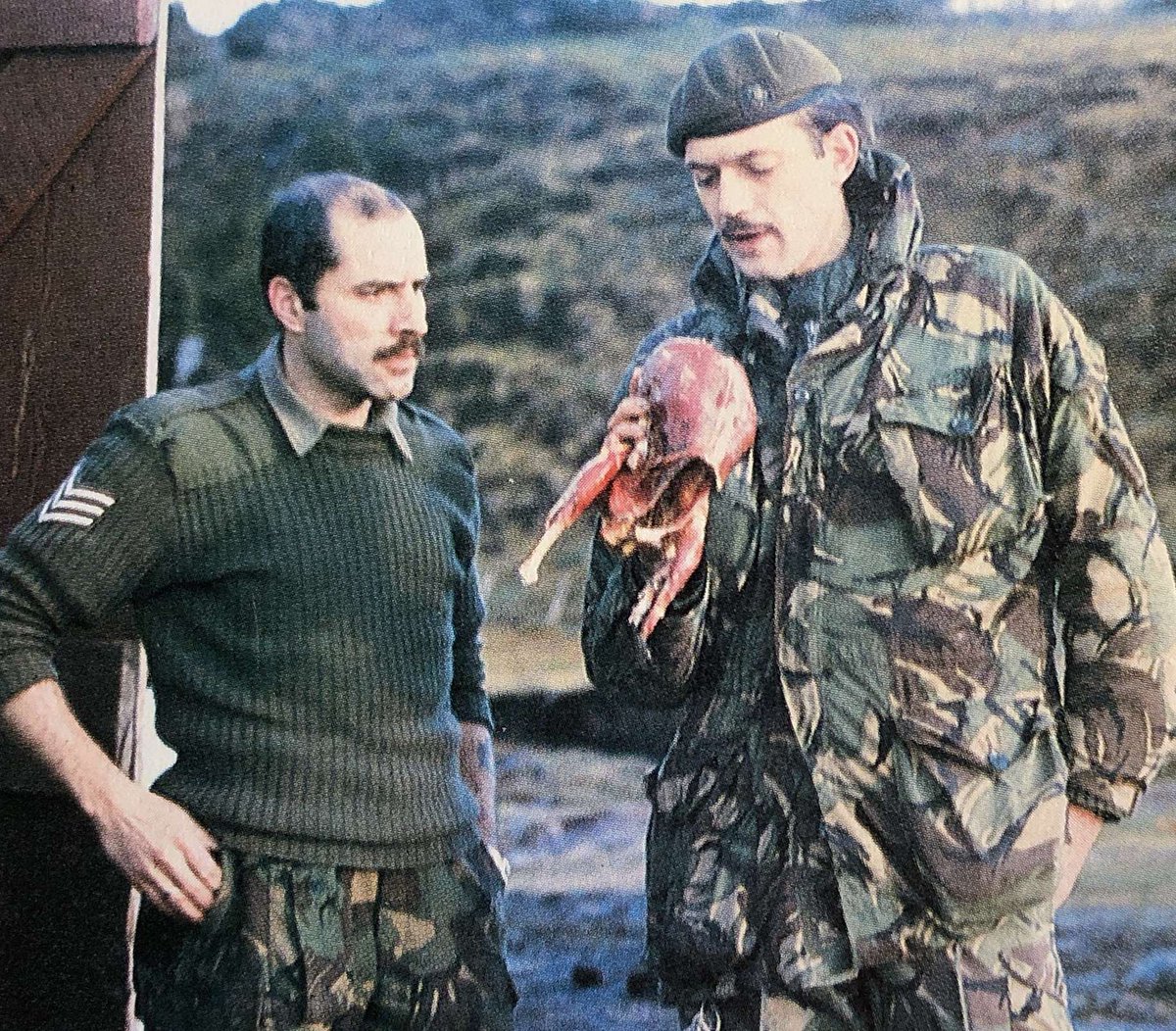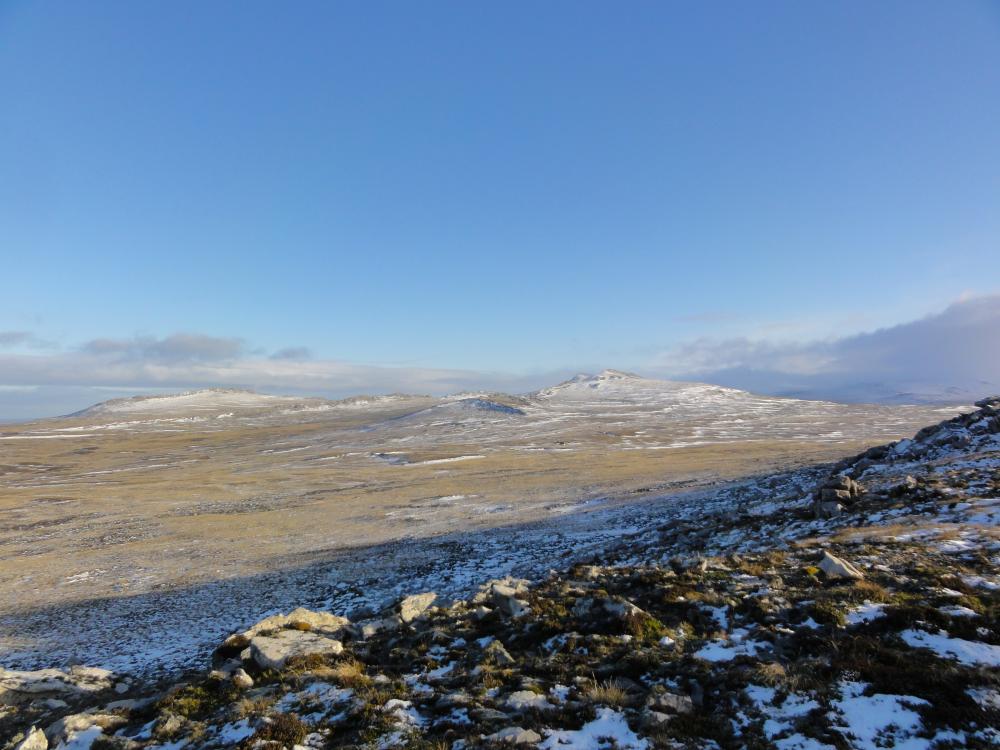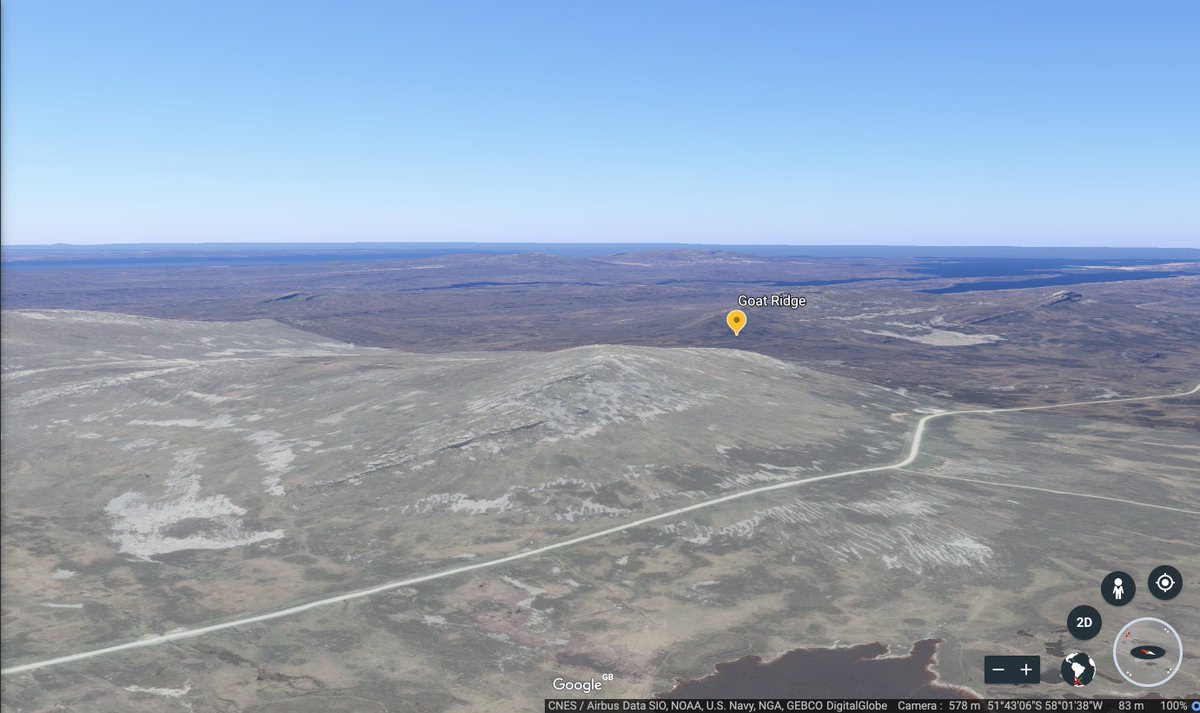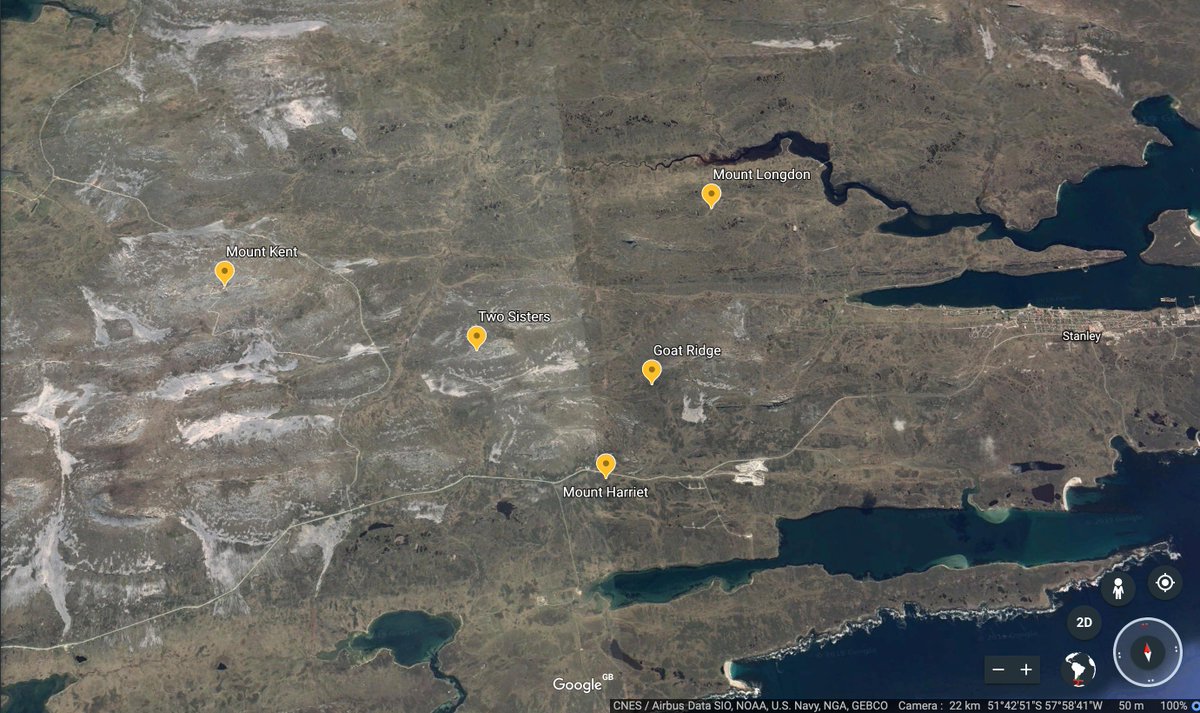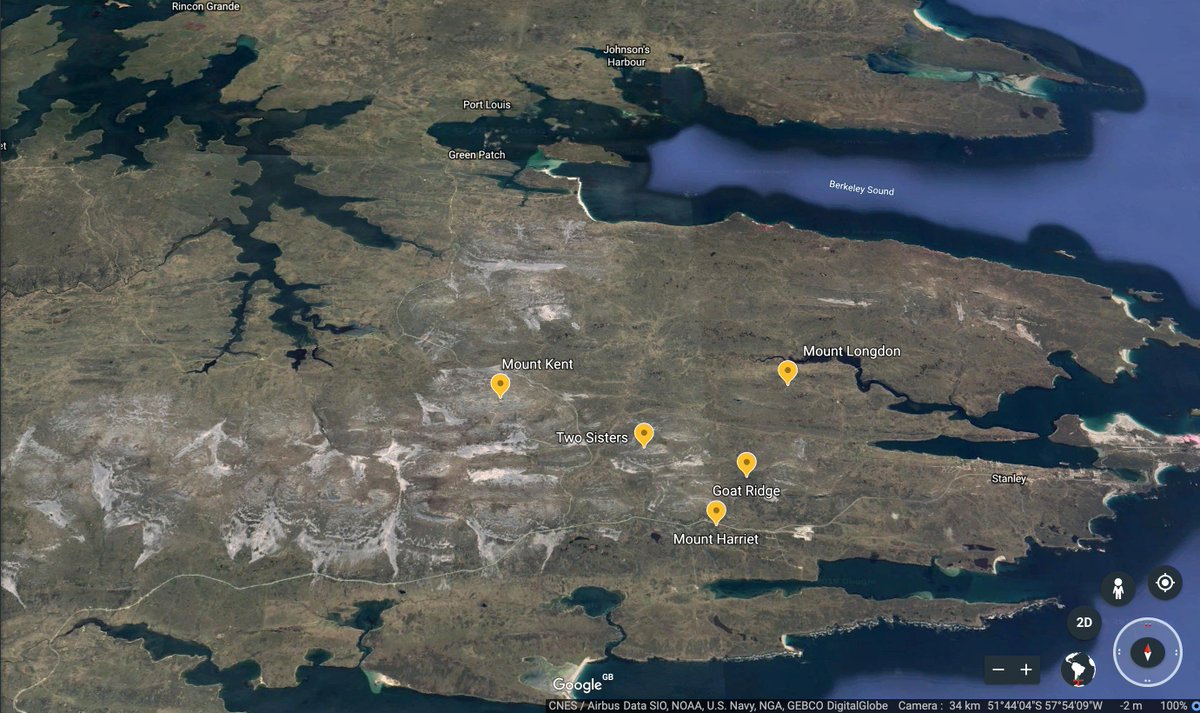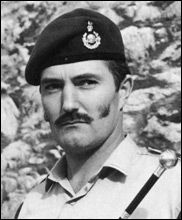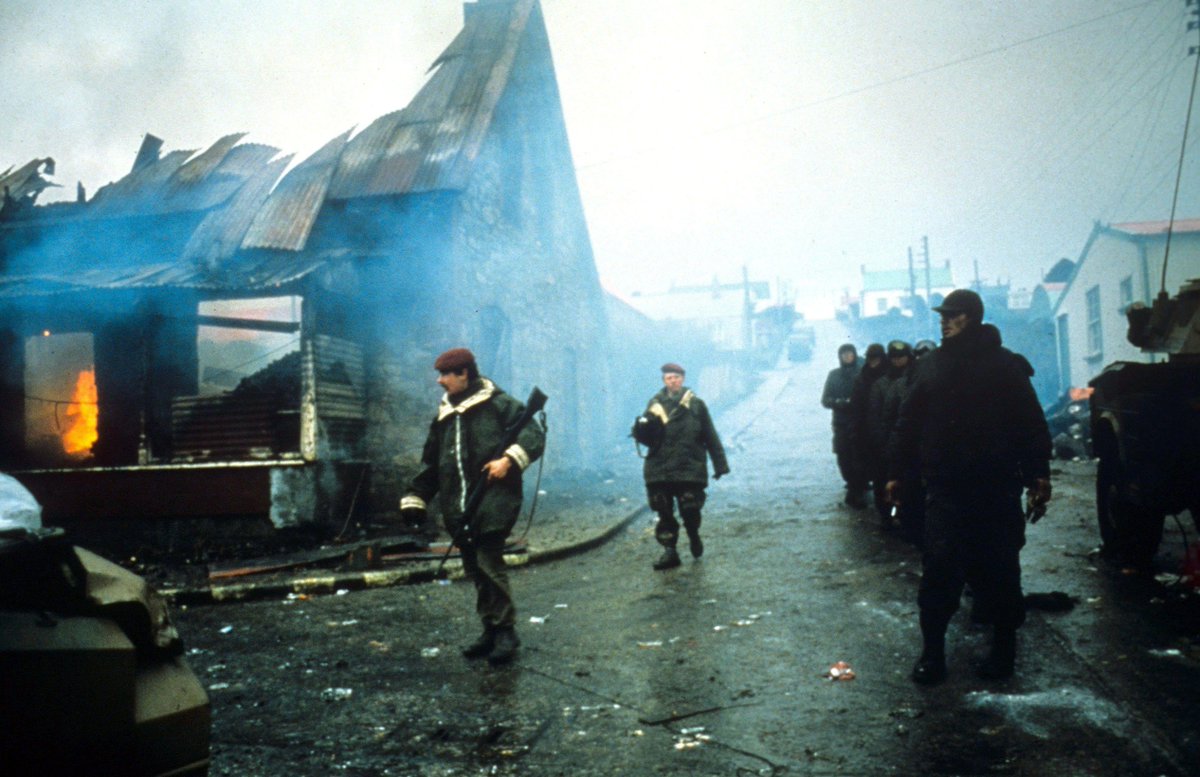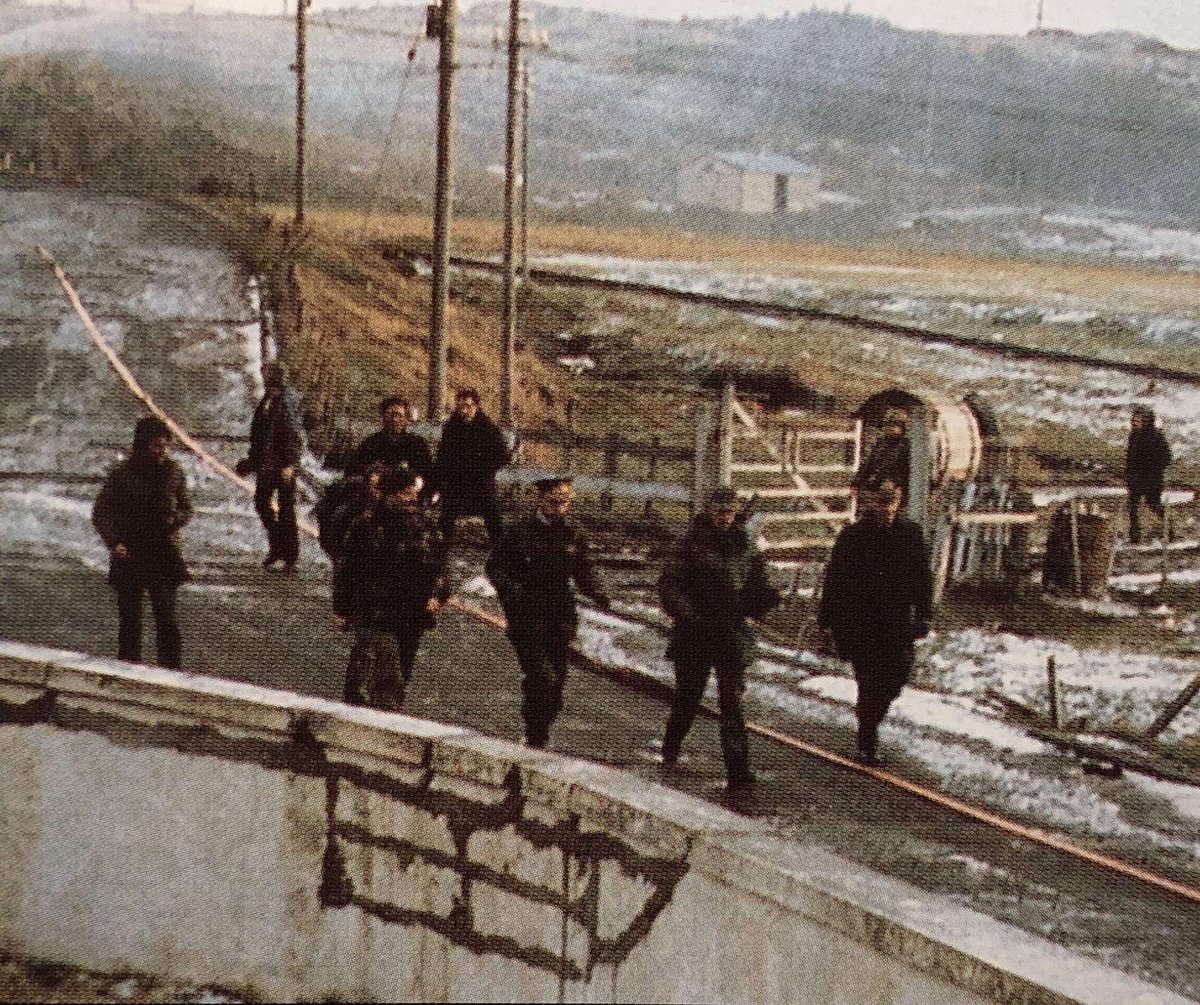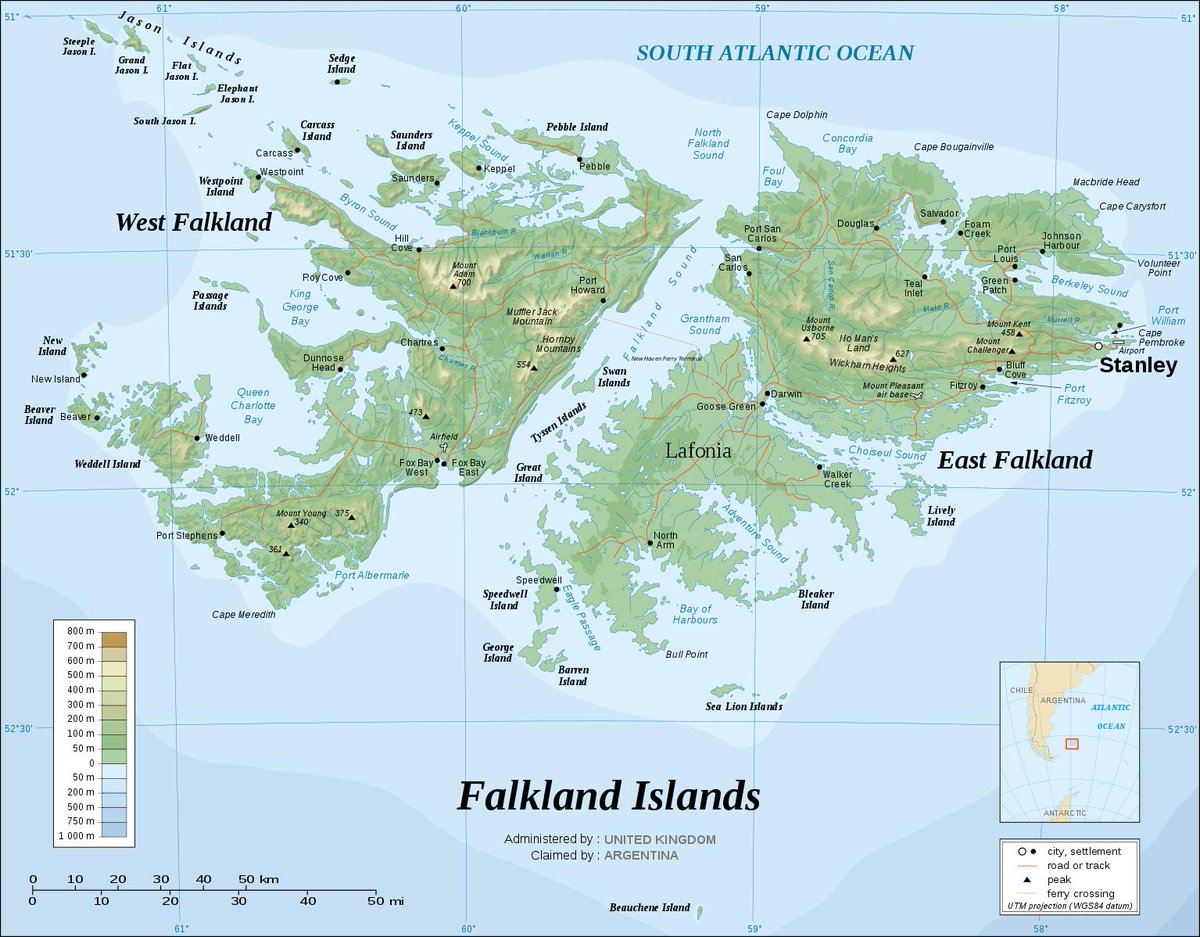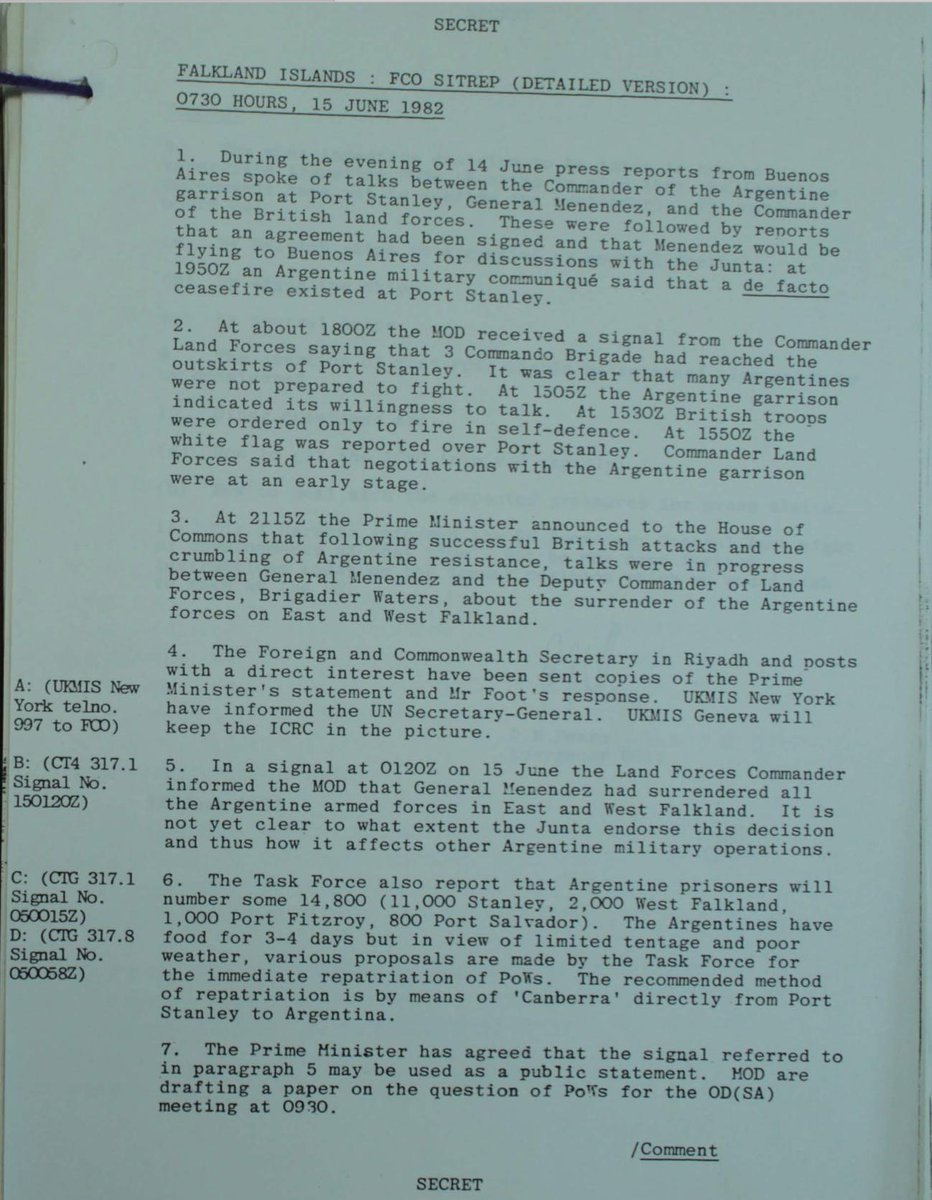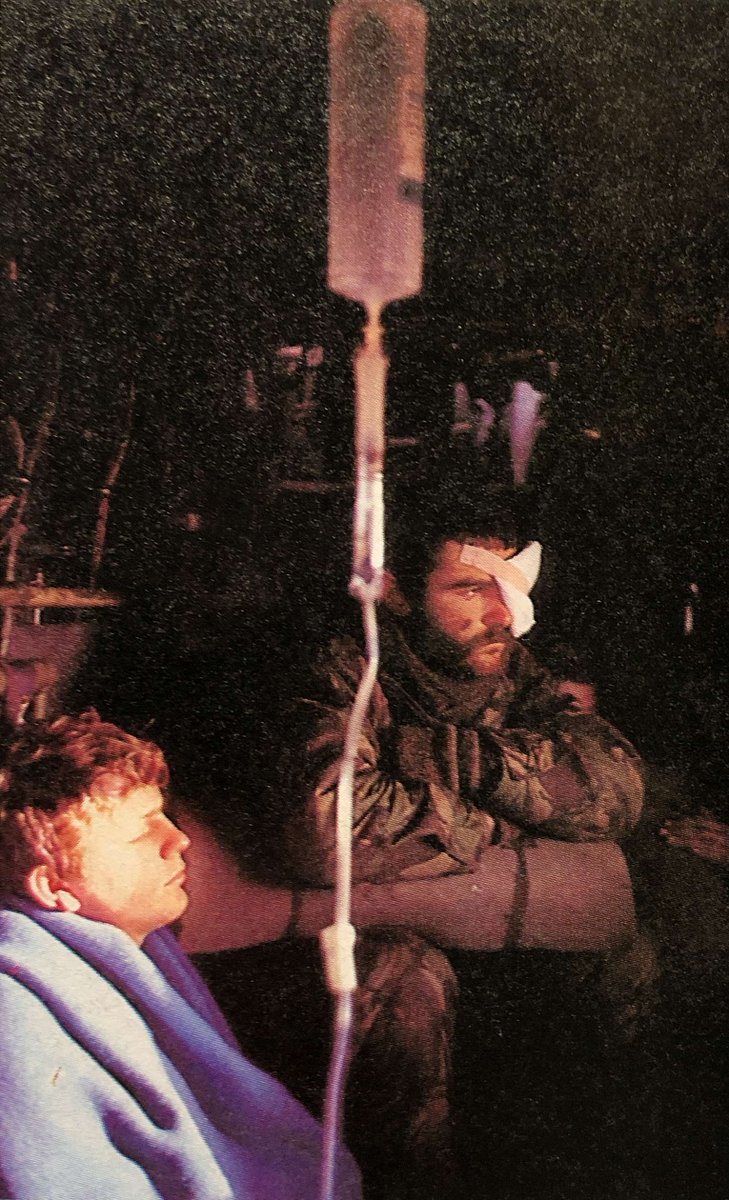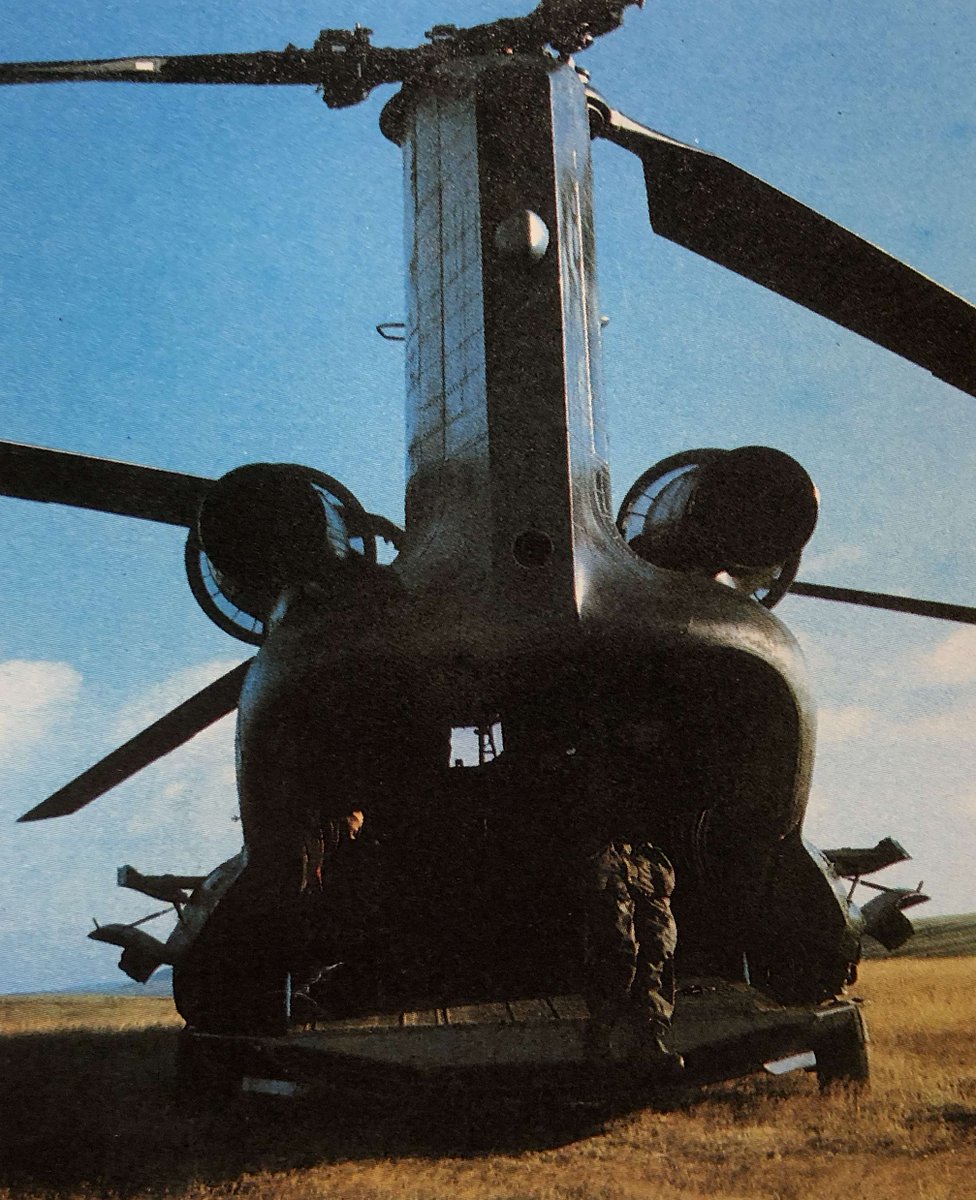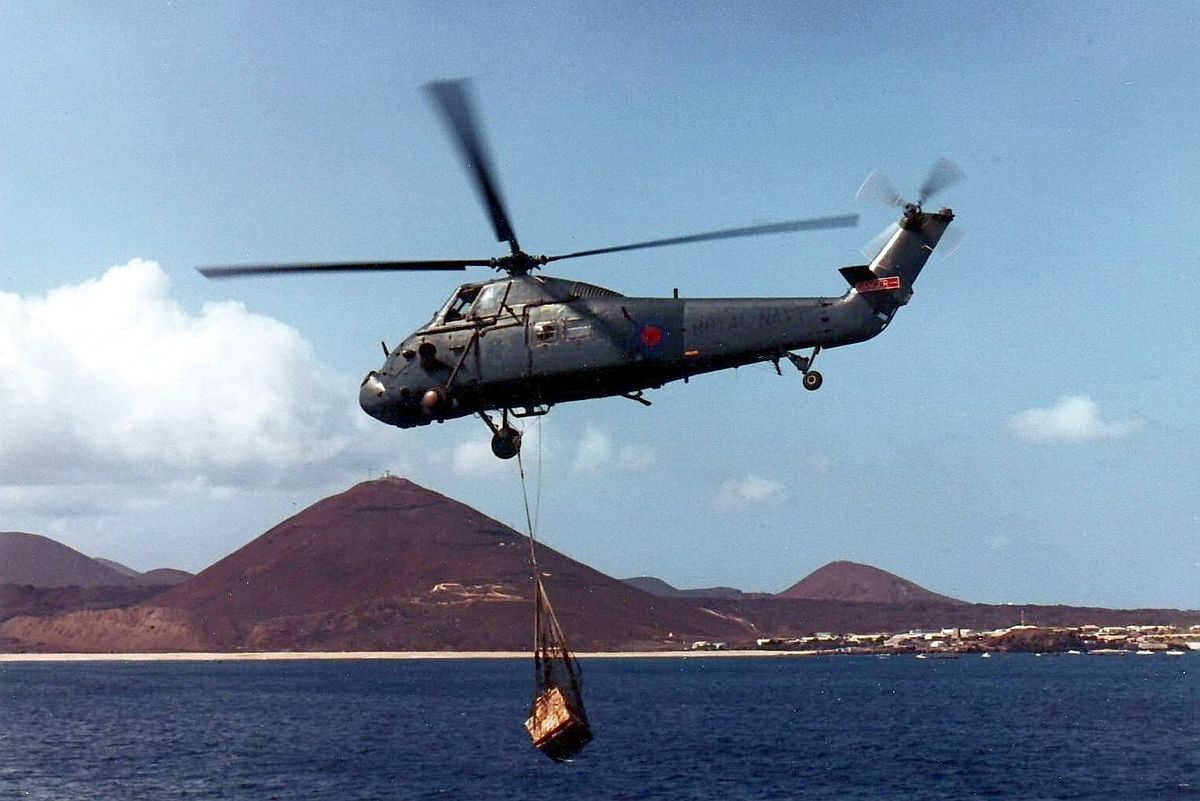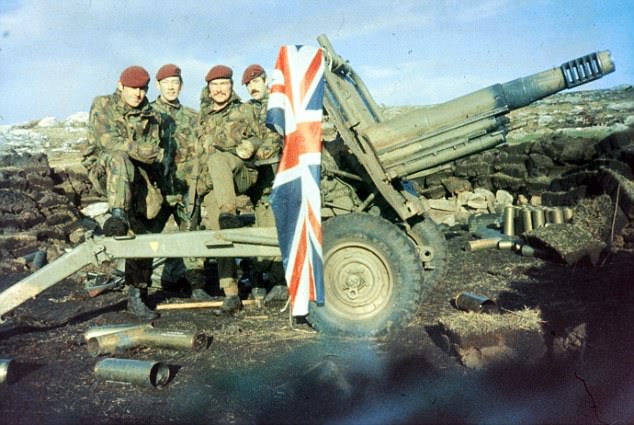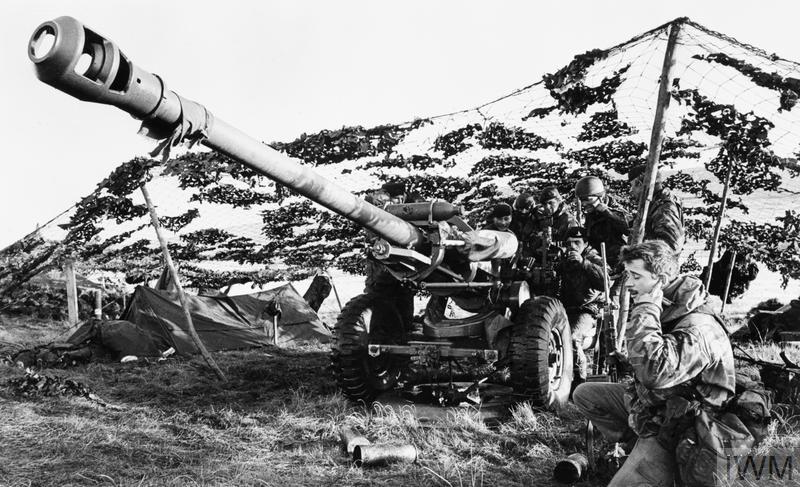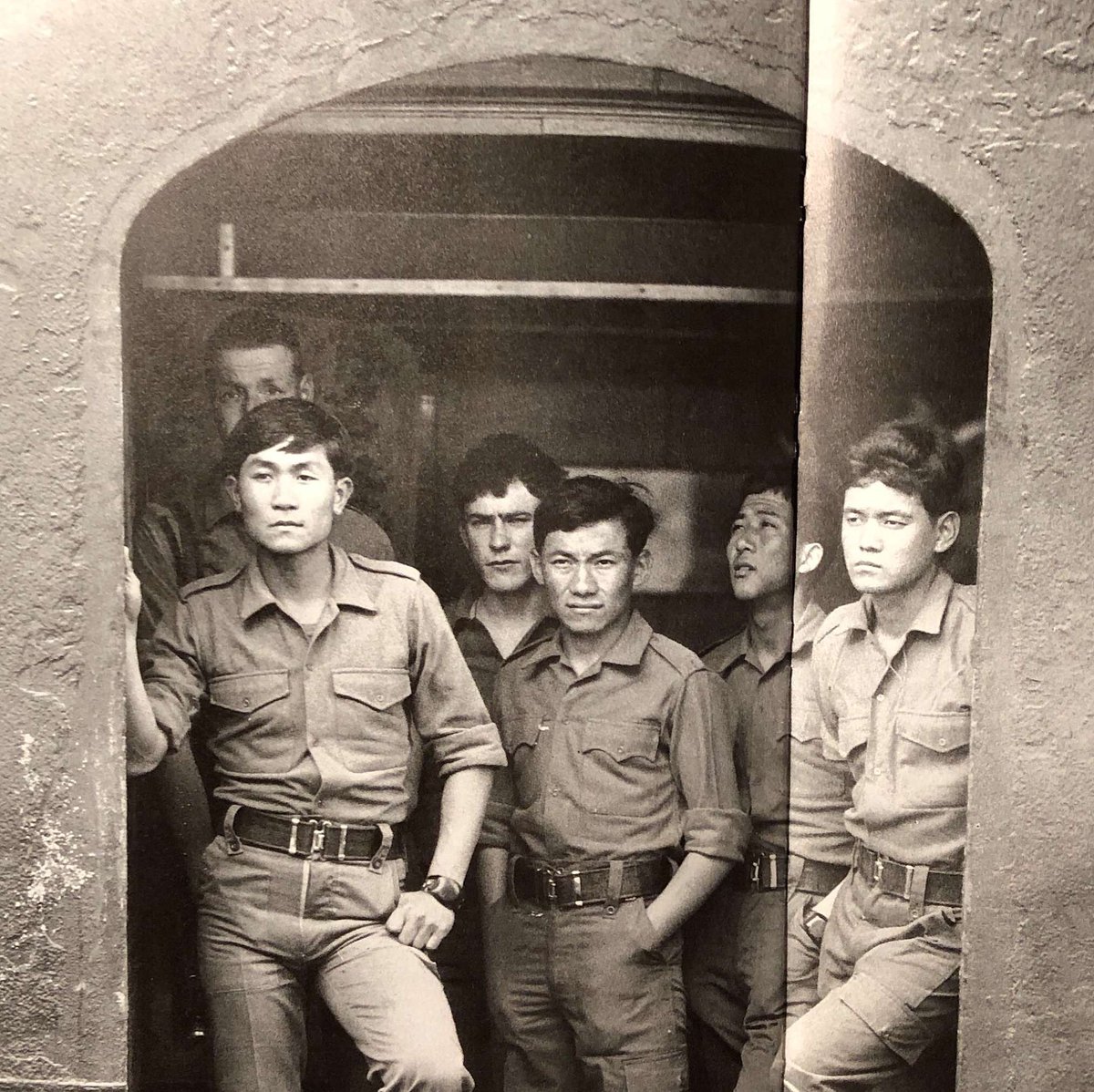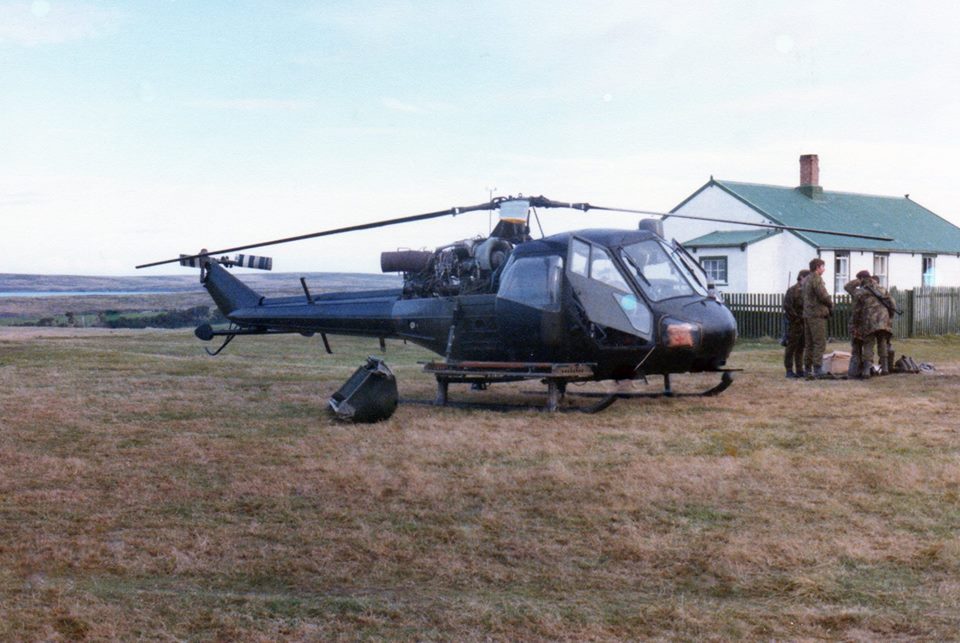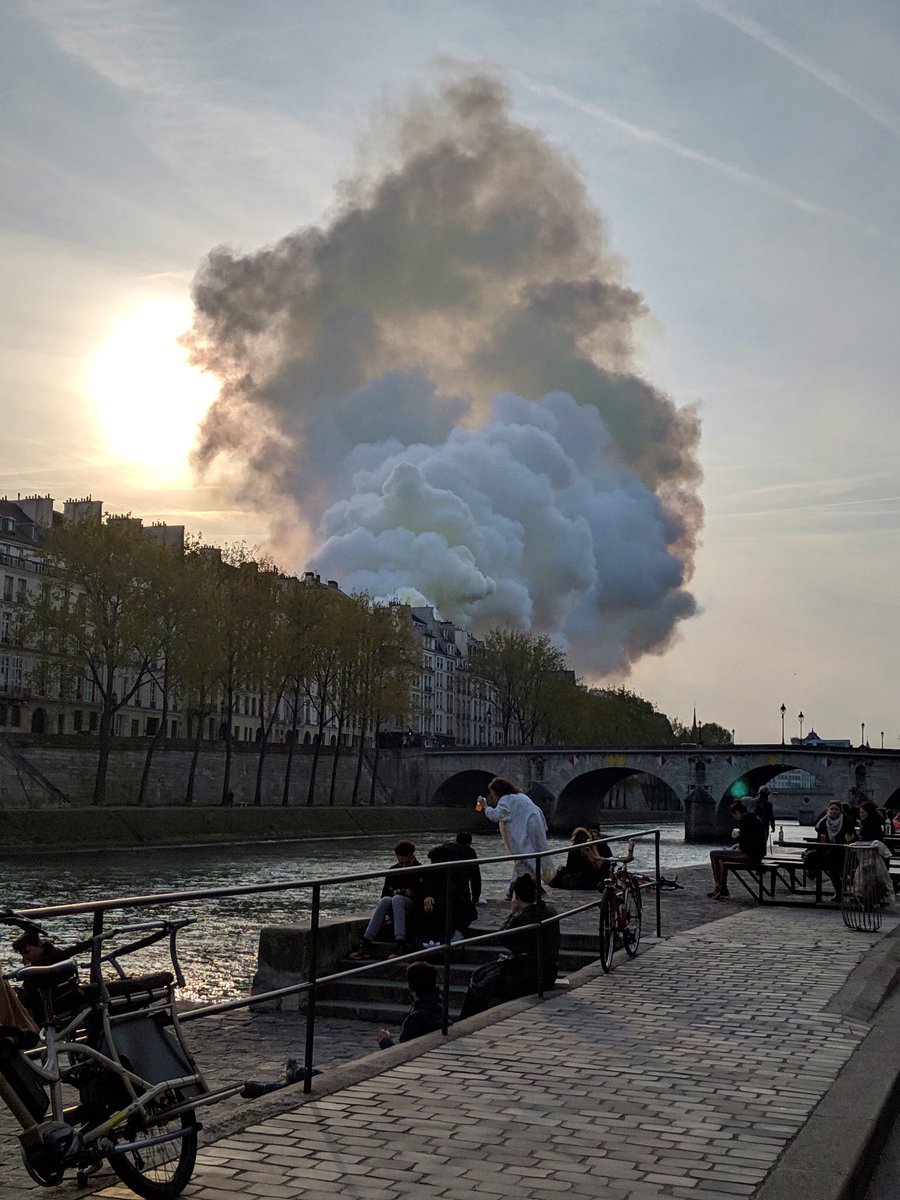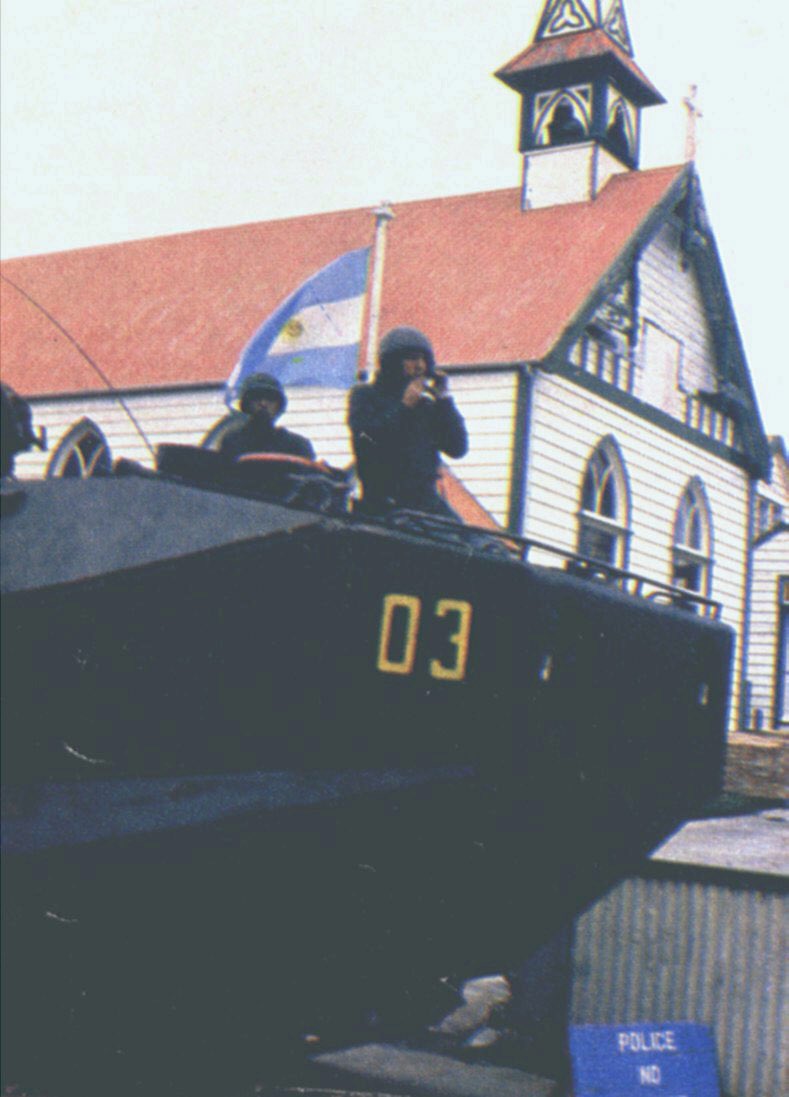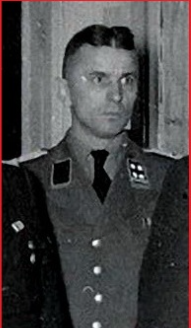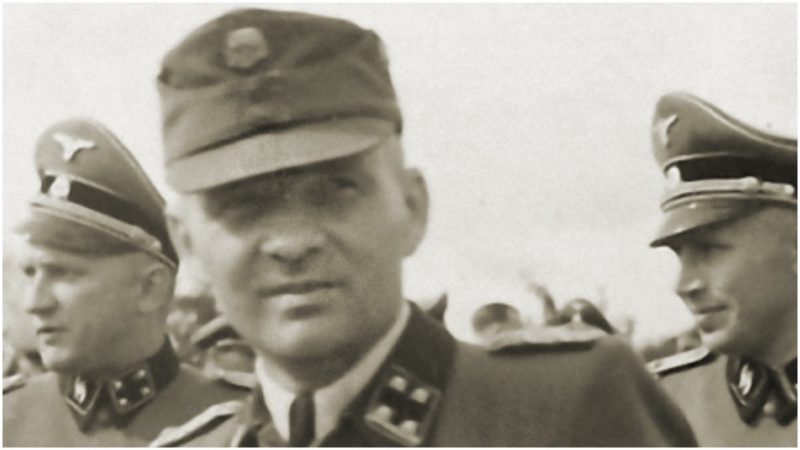Fascinating to watch, the rest can be found here:
New York Times piece from that day found here: nytimes.com/1982/04/11/wor…
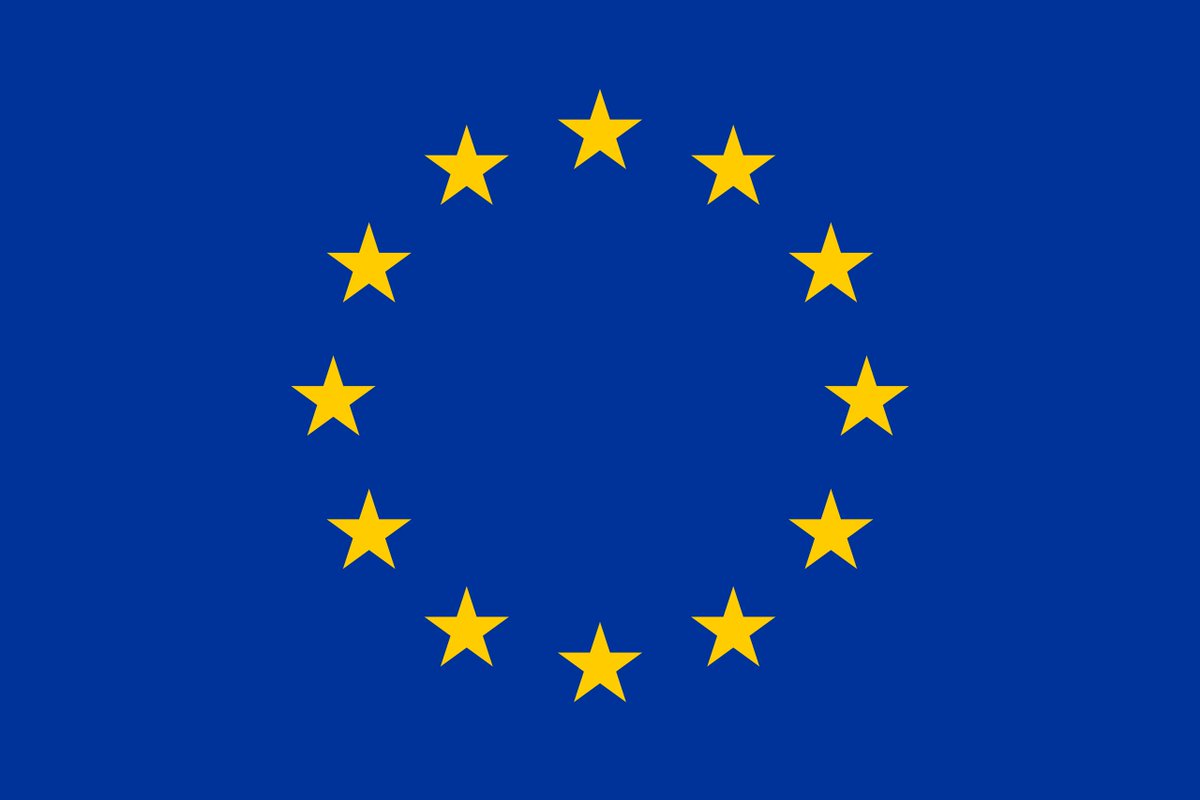
HMS Splendid and HMS Spartan arrive inside the 200 mile Maritime Exclusion Zone (MEZ). They subsequently site Argentine activity, but are ordered not to engage to ensure their presence remains secret.
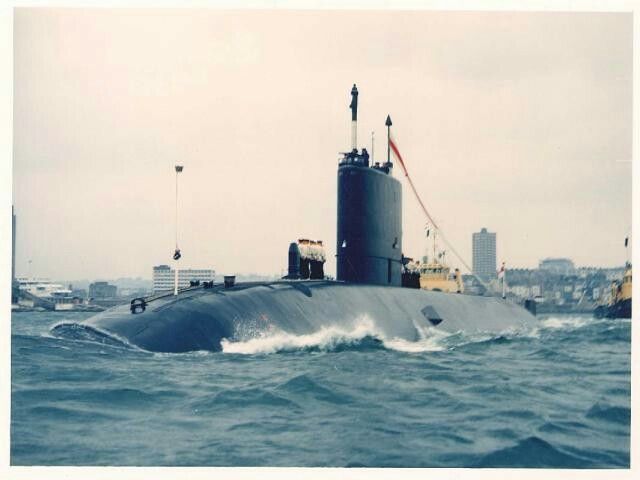
Haig returns to London to continue shuttle diplomacy.
On his arrival he receives info from Washington that there are 34 Soviet fishing vessels around the Falklands that are providing intelligence to the Soviet Union. This would force the US hand.
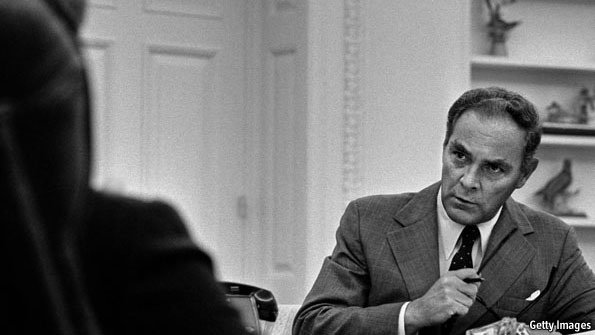
Shuttle diplomacy at this stage seems hopeless, but Haig maintains that he’s keen to continue.
"The talks have been exceedingly difficult, but some progress has been made" he says.
The UK’s "message to the Argentine’s is the same: get out, or be put out".
Few quick things:
-New Zealand bans all Argentine imports
-Negotiations between Alexander Haig and Thatcher continue
-Planning meeting at the Ministry of Defence to discuss Op Paraquet (recapture the island of South Georgia)
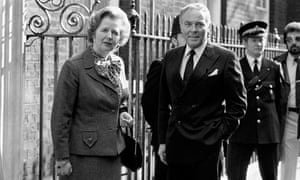
He adds that the Security Council's Resolution 502 is biased against Argentina.
@ChathamHouse doc on this: jstor.org/stable/4039542…
Tomorrow there would be debate in the House of Commons, accompanied by more task force progress.
More on that tomorrow.
Found this picture today - if anyone has any details please let me know.
Obviously Portsmouth. Not sure which ship.
Maroon berets so probably Paras?
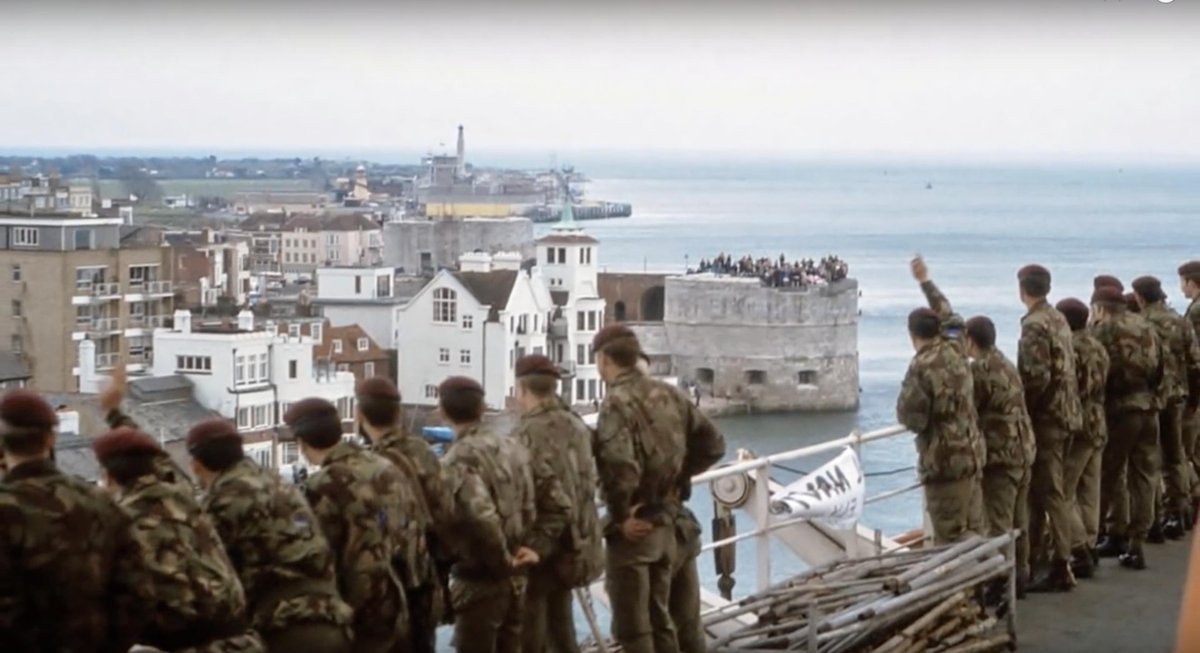
Without Ascension, and specifically Wideawake Airfield, the operation to retake the Falklands would not have been a success.
It served two purposes: logistic support for the ships AND a base for RAF aircraft.
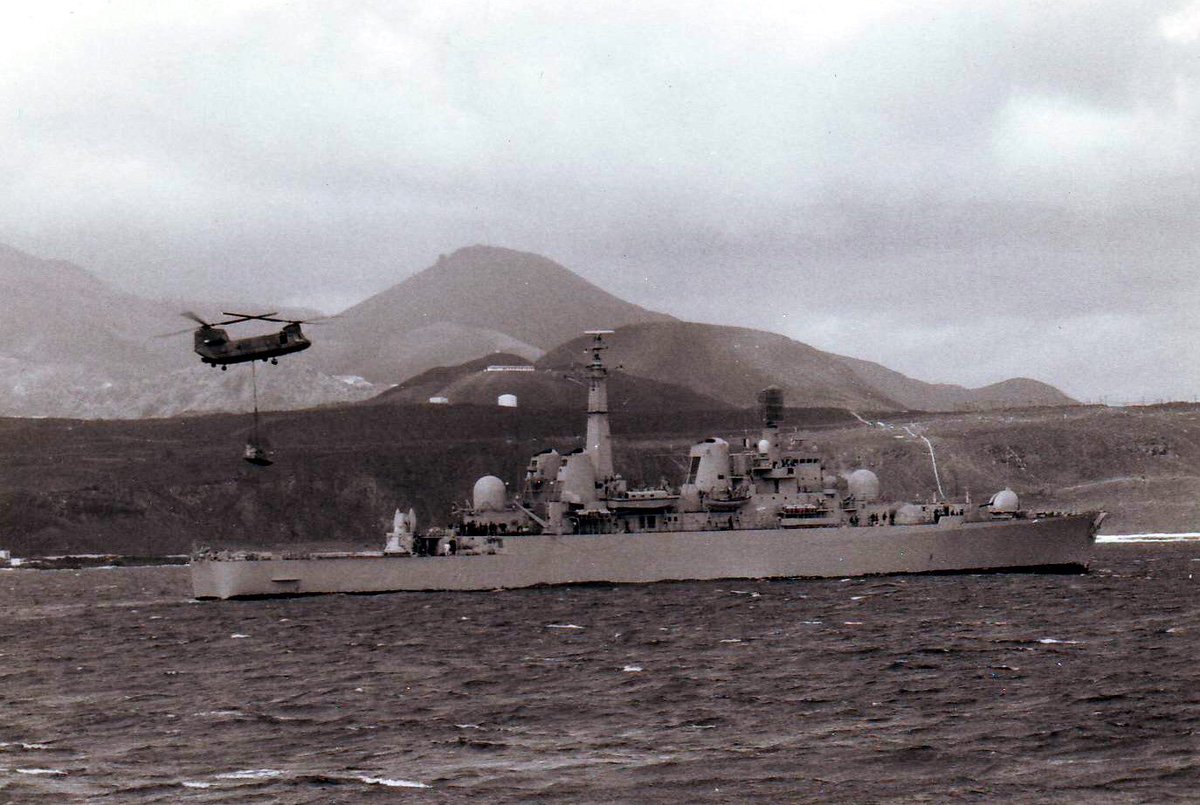
thinkdefence.co.uk/ascension-isla…
#OTD 14 April the SS Atlantic Conveyor was requisitioned to carry extra Harriers.
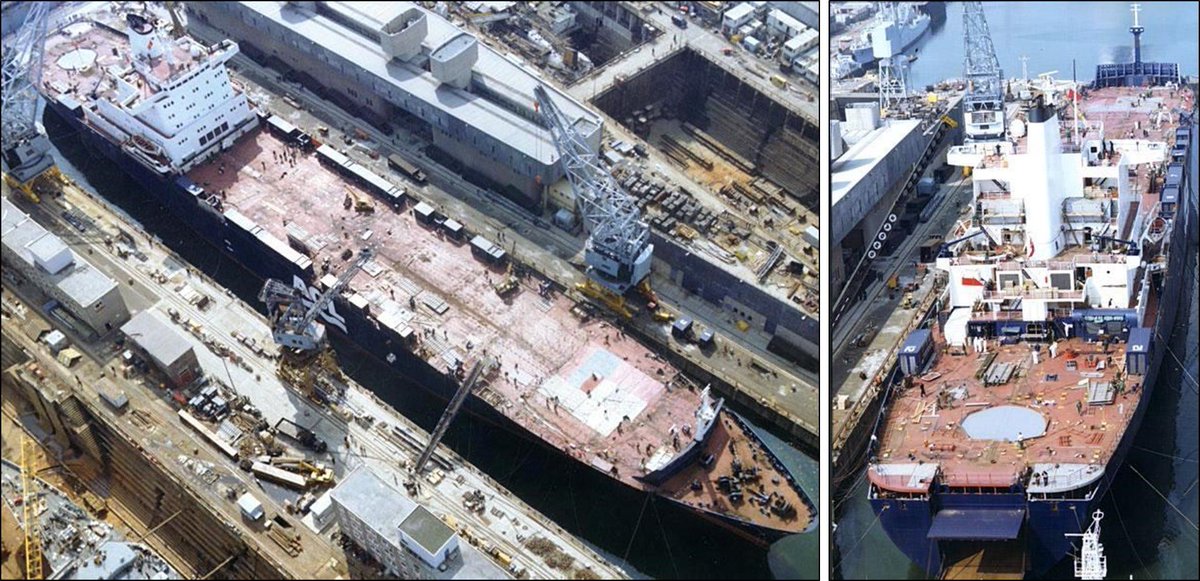
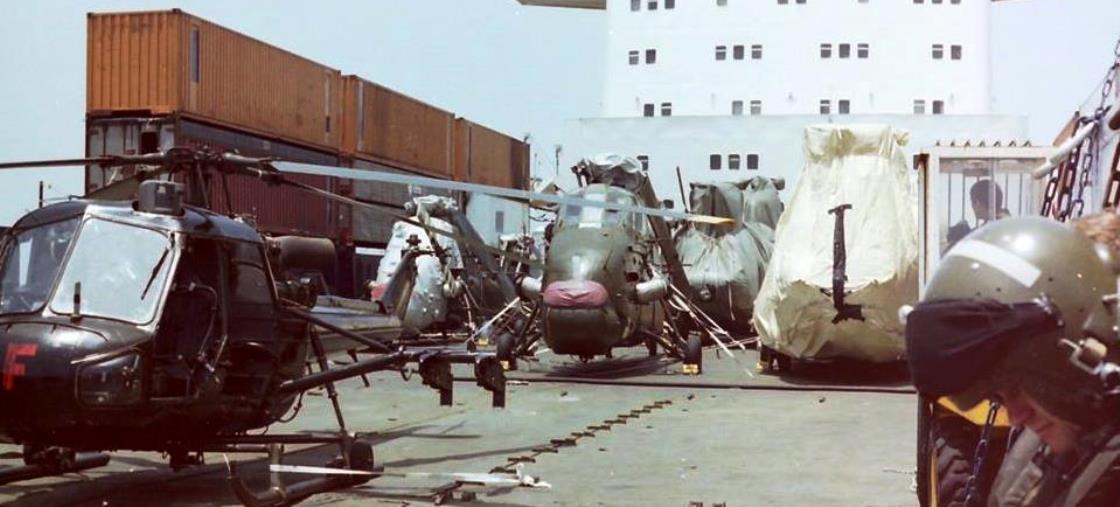
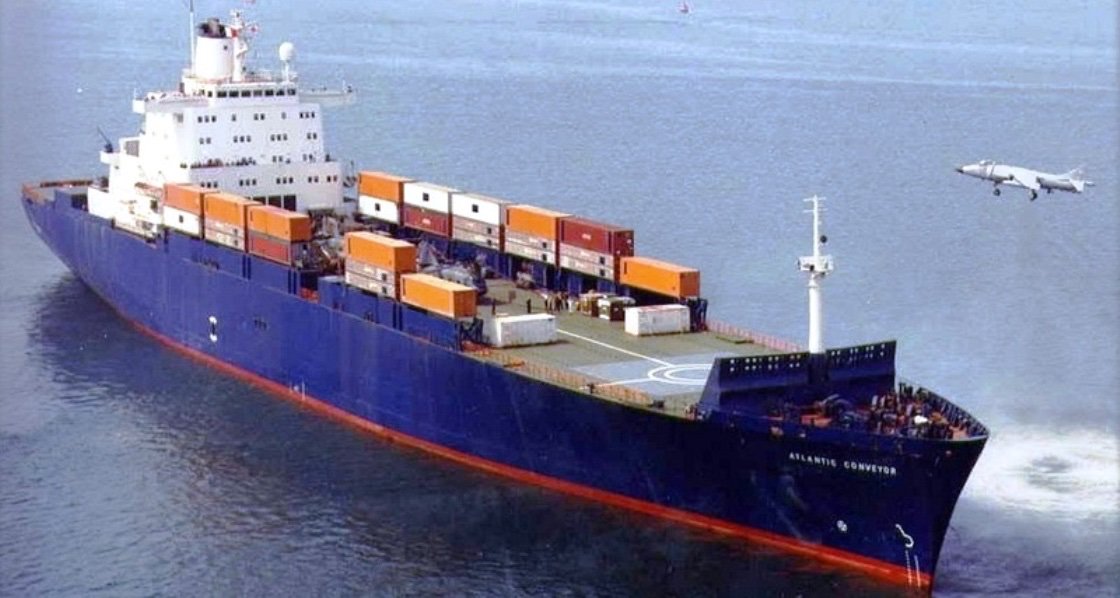
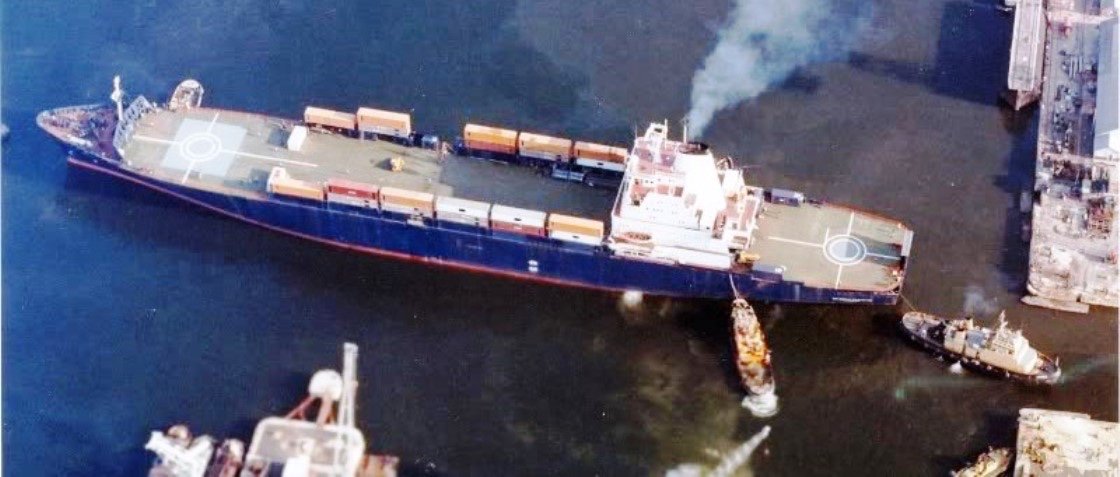
"We seek, and shall continue to seek, a diplomatic solution".
[But] "diplomatic efforts are more likely to succeed if they are backed by military strength".
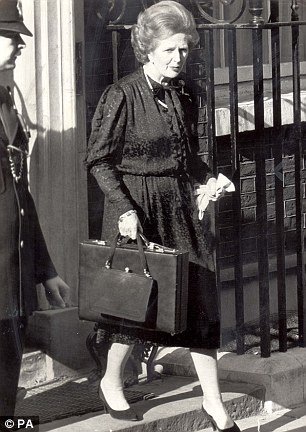
US President Ronald Regan speaks to President Galtieri in a phone call.
He then reports back to Thatcher: "General Galtieri reaffirmed to me his desire to avoid conflict with your country".
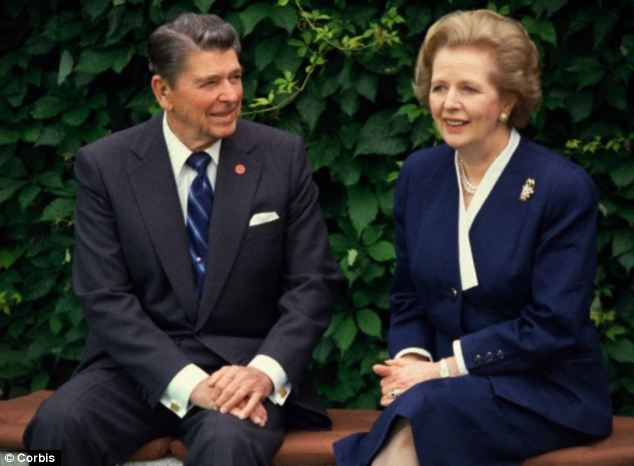
1) Withdrawal of 🇦🇷 forces from FKL
2)Royal Navy to retreat 3,000 nautical miles from FKL
3)🇬🇧to carry out "decolonisation" of FKL, to be complete by 31 December 1982
4) in interim, Argentine appointed governor
Few crucial points:
UK "may attack any submarine that demonstrates hostile intent"
"To achieve transit, take any necessary action"
…f00f32175760e96e7.ssl.cf1.rackcdn.com/A53467D8D99A42…
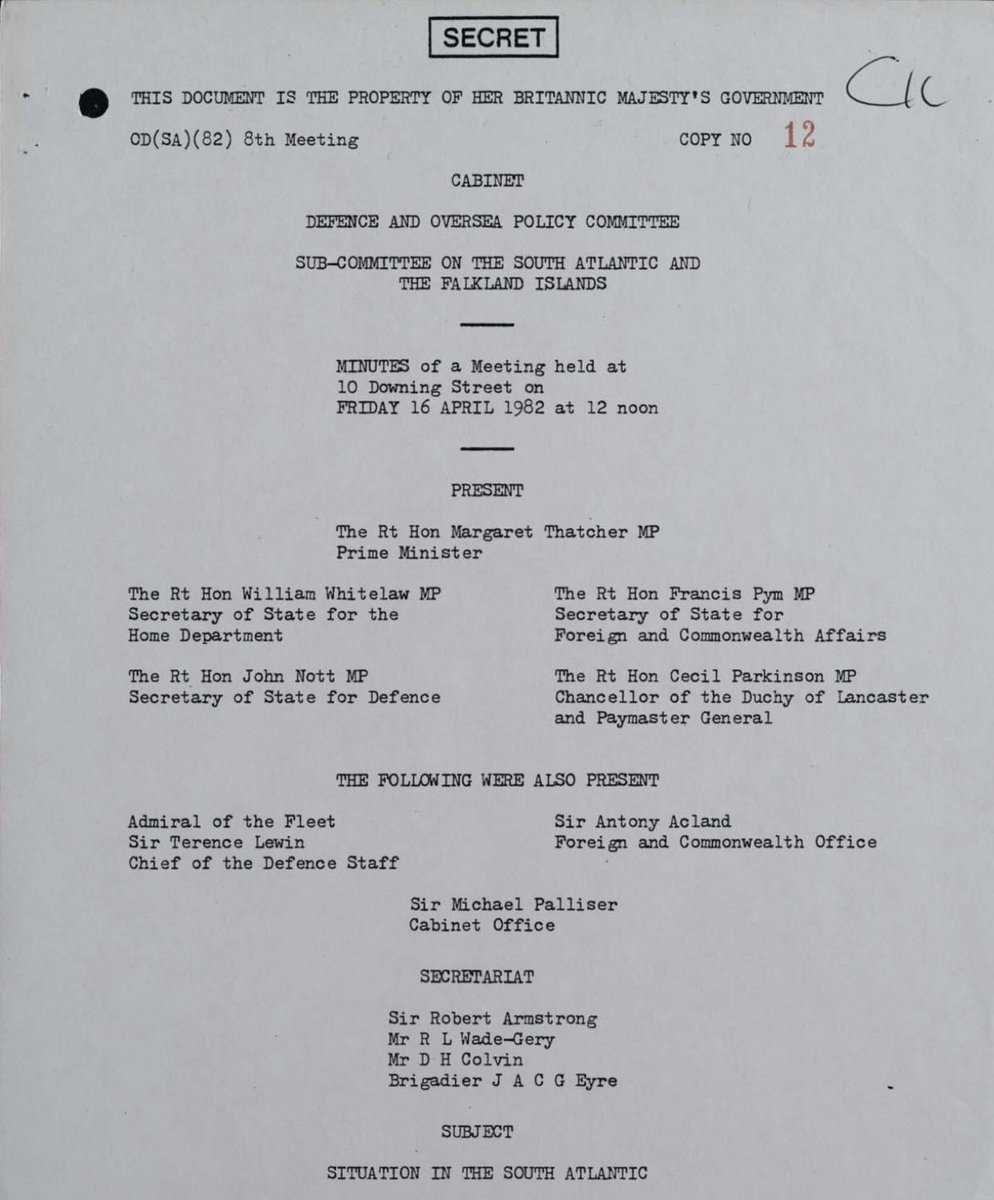
Instead, here’s @BBCNewsround from 16th April 🙂
Few things I’ve missed from previous days - apologies.
First, a big MoD meeting that took place yesterday (16 April)
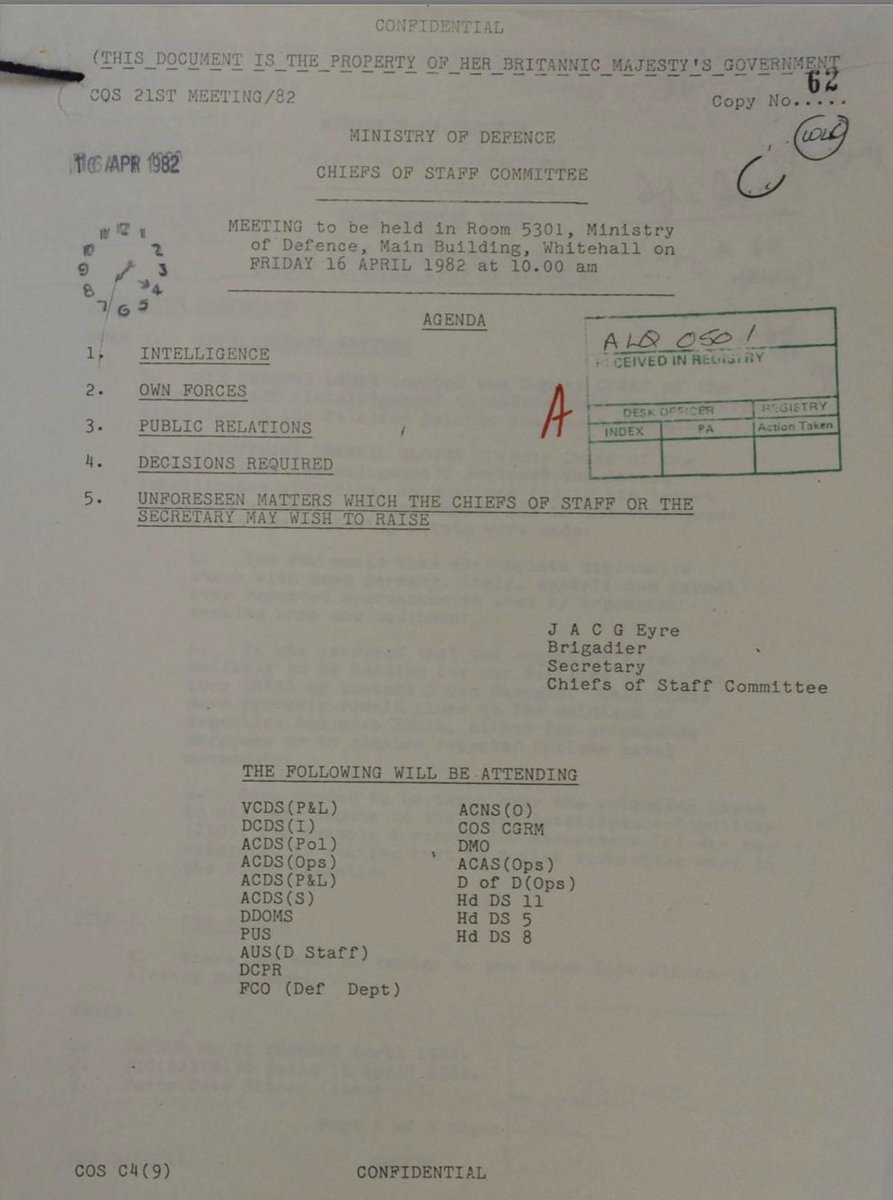
INTELLIGENCE - Argentina had approached West Germany, Italy, Austria, and Israel seeking arms and equipment. The FCO was to take "appropriate diplomatic steps" to prevent this.
This is VERY interesting....
Decision made not to allow the already embarked press ashore at Ascension
Can anyone enlighten me as to what the BBC were saying that wasn’t acceptable to the MoD??
Indeed one of the planning team onboard HMS Fearless reportedly said "I think we should sail into Stanley harbour and just go whap!"
Mines would scupper that plan.
-Chief of the Naval Staff would privately speak to some retired RN officers and politely ask them to stop speaking to the press - they were giving away information that Argentina could use......
We qualify them as contradictory to the decision of the UN General Assembly on decolonization".
Some late departures prepare to leave the UK: HMS Argonaut and HMS Ardent. They’d both sail on the 19th.
They served as escorts for other late departures including RFA Plumleaf and RFA Regent.
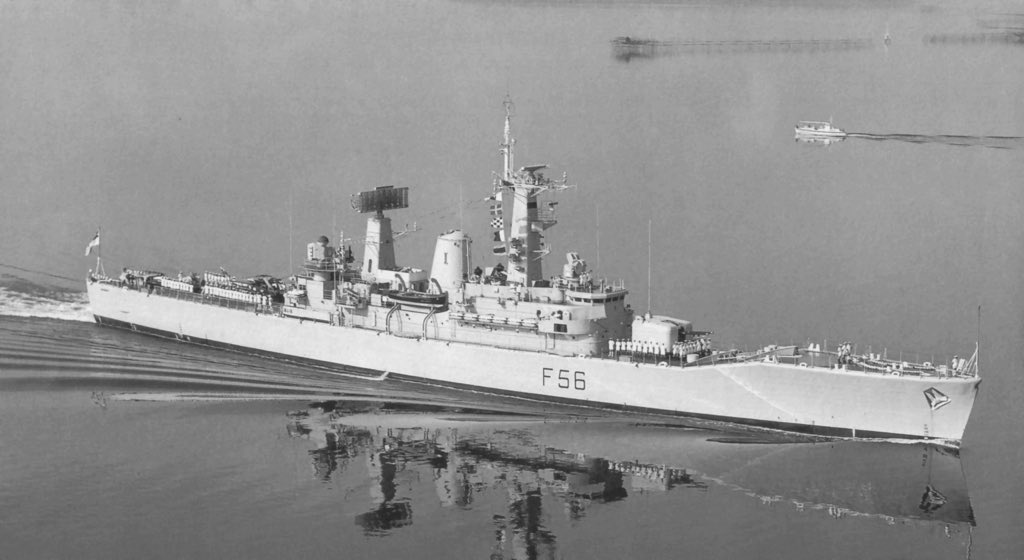
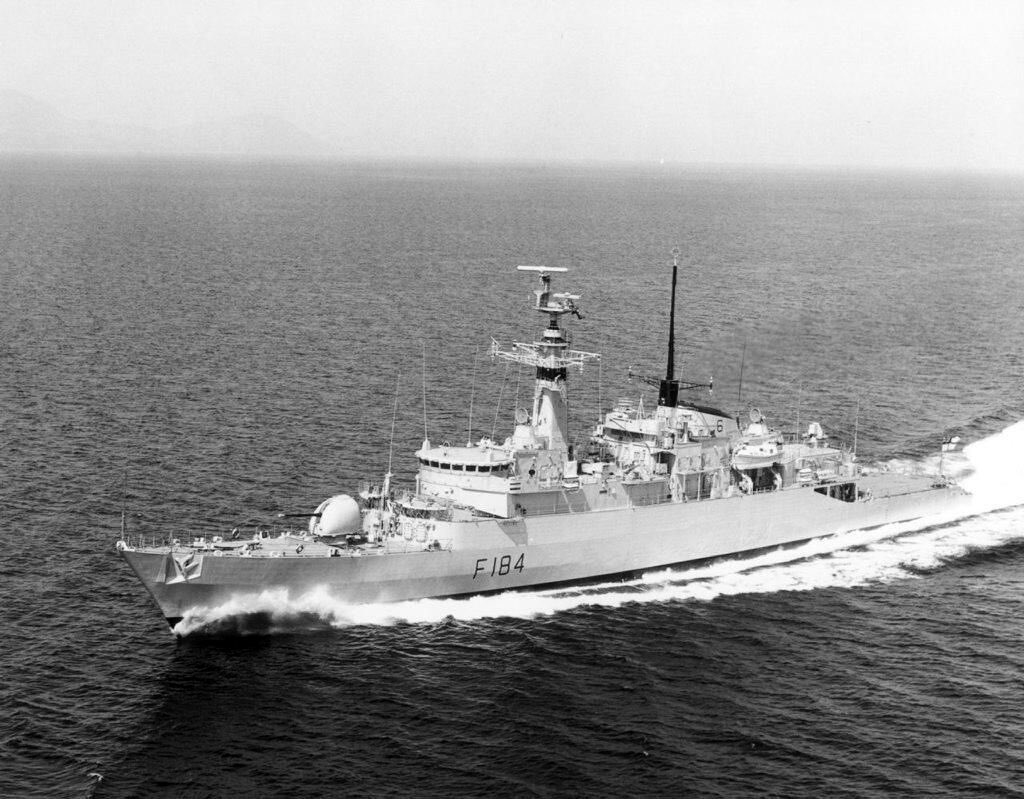
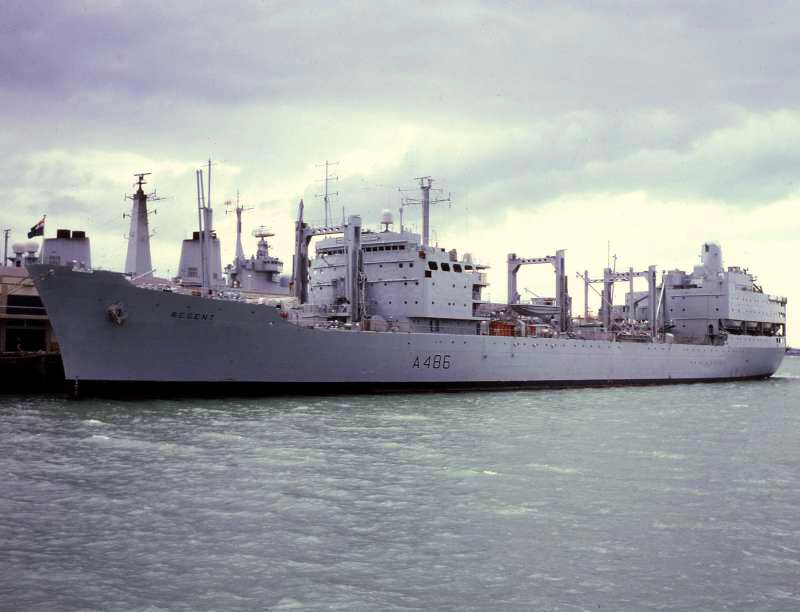
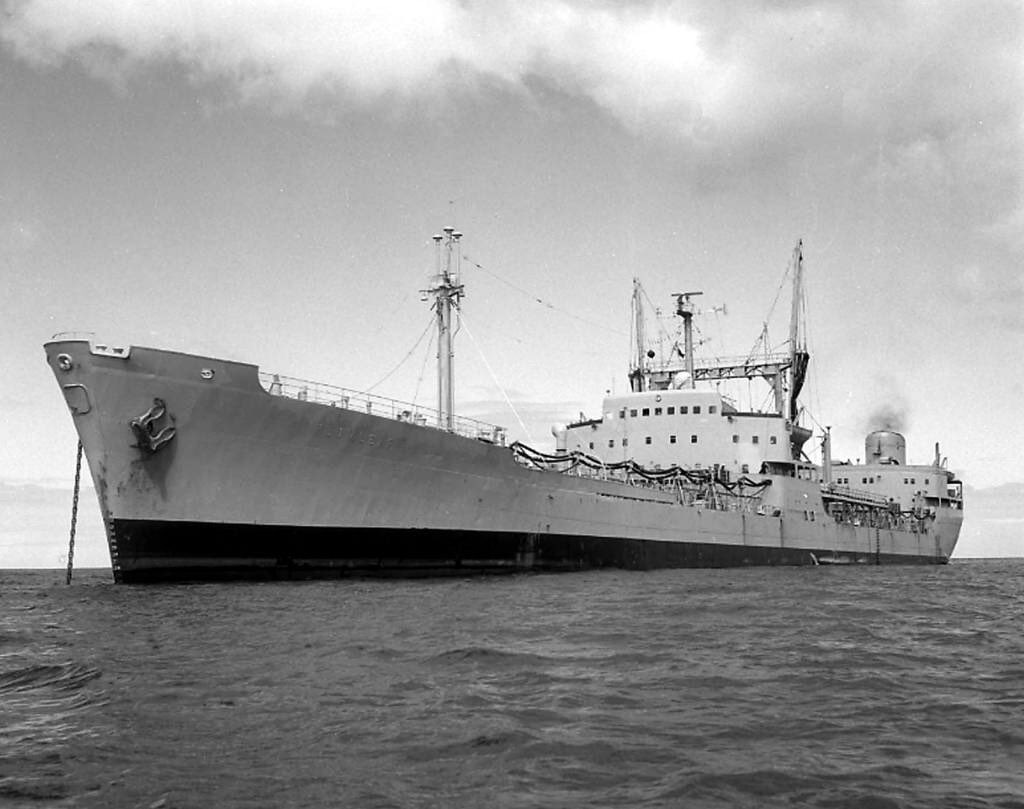
Foreign Secretary Francis Pym makes a statement in the Commons: "We are stepping up the military....pressure on Argentina. Our naval task force is steadily approaching the area of the Falklands, and we are continuing to strengthen its ability"
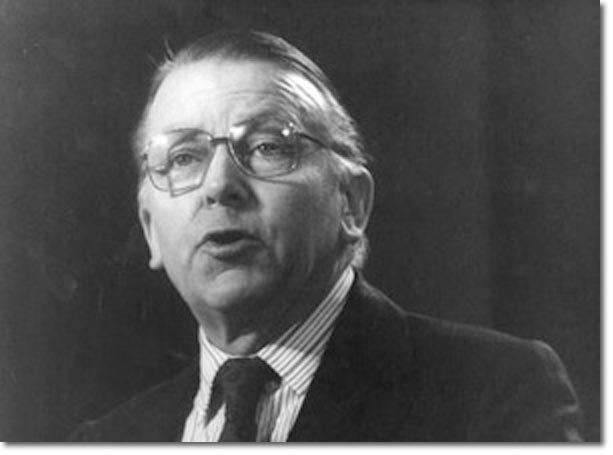
Before doing today's events, I'm going to do a quick explanation of what the voyage south was like.
It felt like limbo. Ships cruised at well below top speed, and on occasions even sailed in a circles to waist time for diplomatic purposes.
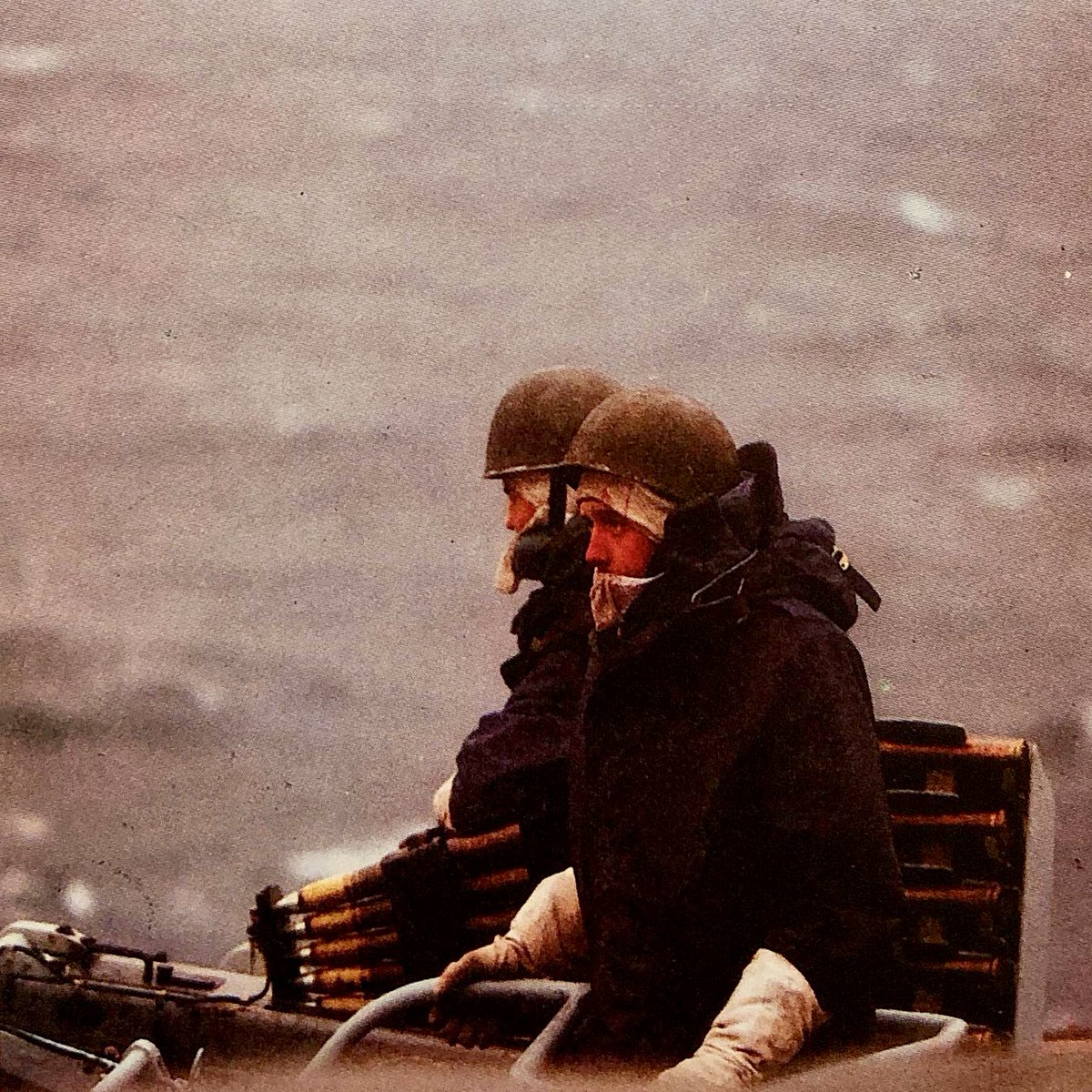
Haig messages the UK and requests that that Pym and Thatcher travel to Washington, saying "we need a face-to-face discussion".
He also says:
"It is imperative that you maintain military pressure"
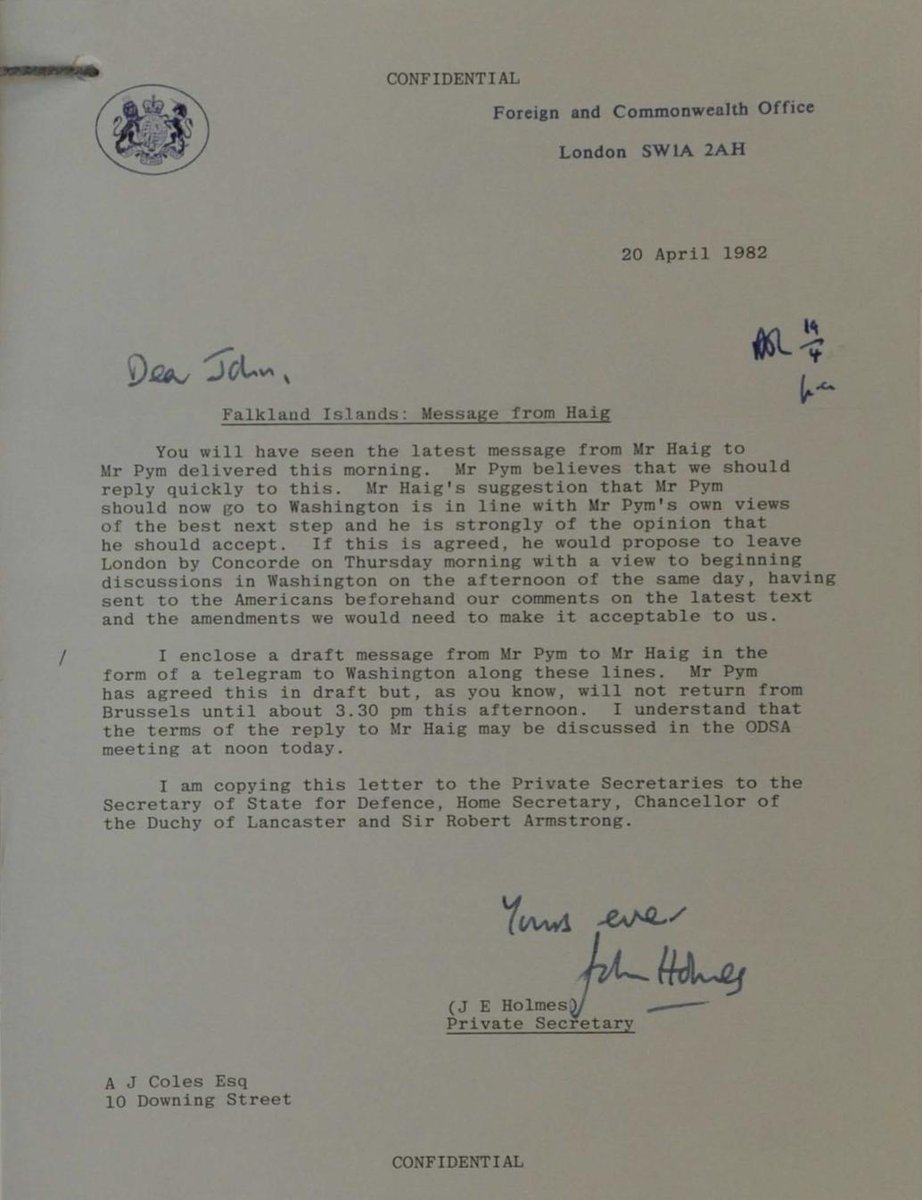
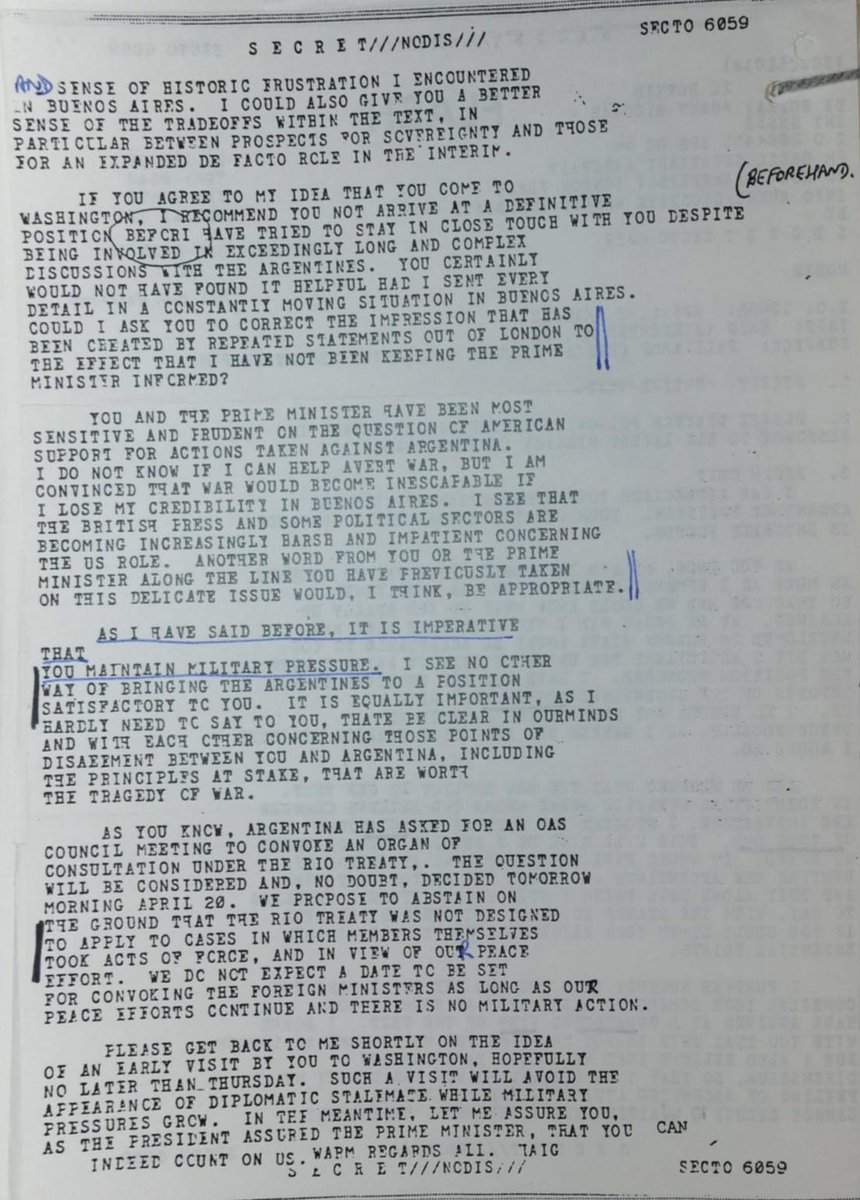
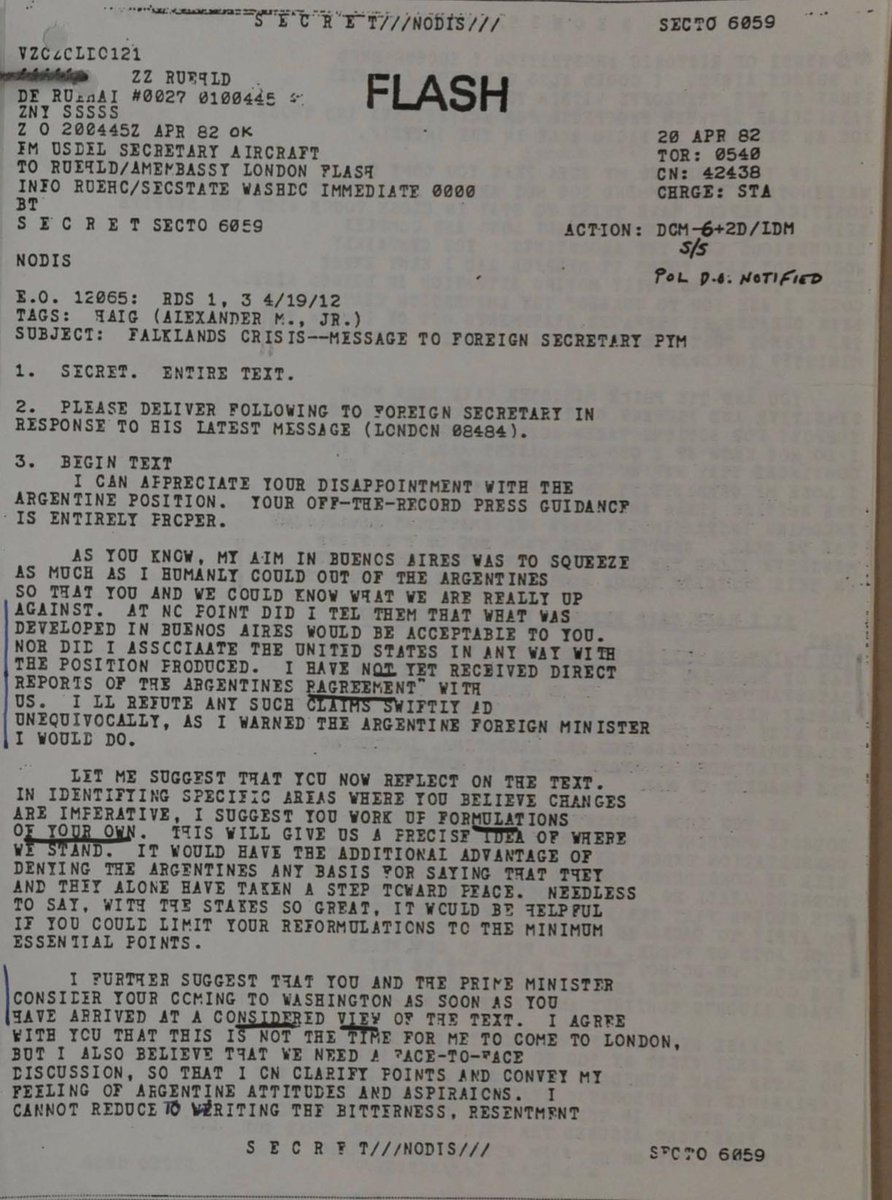
Francis Pym speaks in the Commons: "Messages from the Falklands suggest that the islanders are still able to leave if they wish: a further party of 30 are on their way to Montevideo. Most of those leaving appear not to be permanent residents".
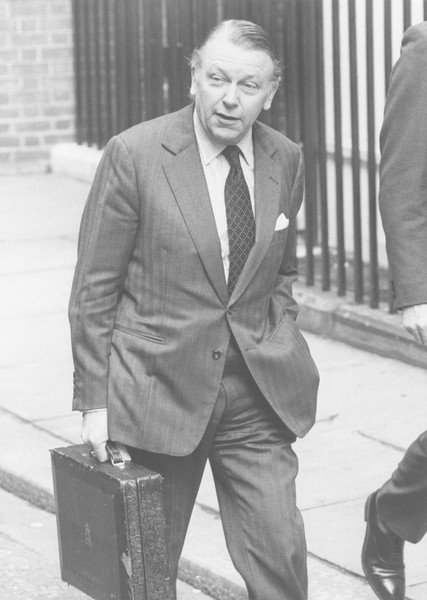
Following political disagreements, the Royal Navy submarine that had yesterday been ordered to pursue the Argentine fleet is now ordered not to do so.
Political indecision 👇
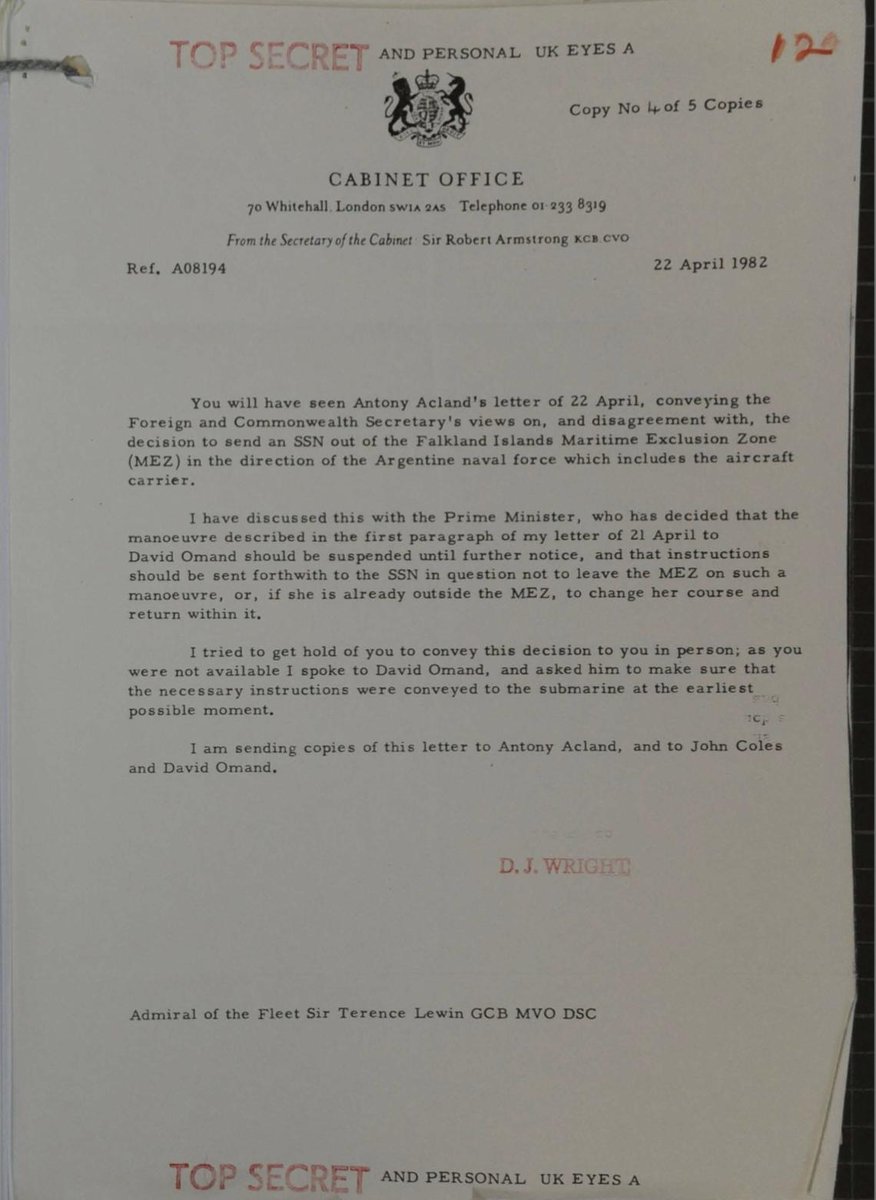
He asked Northwood to “leak...that we now had instructions to shoot” down reconnaissance aircraft.
Flt Lt David Morgan, the Harrier pilot: there was “a definite change in attitude. The enemy was no longer a vague intangible concept. We had seen him and had been in a position to shoot him down”
She had 2 types of torpedoe: Mk 8 diesel anti-ship, and Mk 24 Tigerfish for both anti-submarine & anti-ship.
Just before she sailed, 9 SBS were embarked. Their equipment weighed 13 tonnes so had to be stored with the torpedoes.
American satellites couldn’t distinguish between vessels: merchant, naval, or fishing, so Northwood always had to assume the worst case.
It usually took around 12 hours to decipher and then translate the messages.
“We had a reasonable picture of what was going on inside the minds of the main Argentine commanders” -Denton Green.
John Nott, the Defence Secretary confirms Vulcans can be deployed to Ascension: "The US Administration has today confirmed that there would be no objection to deploying Vulcan aircraft to Ascension".
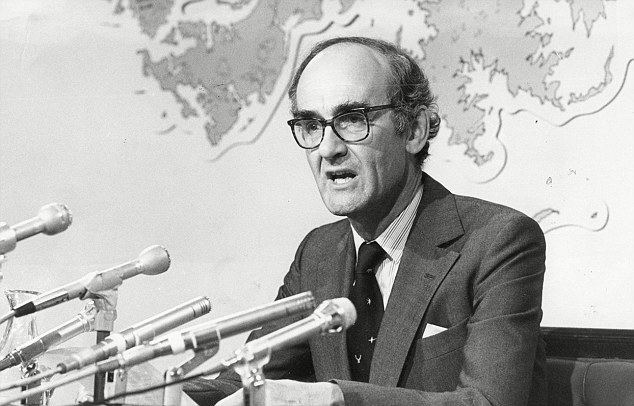
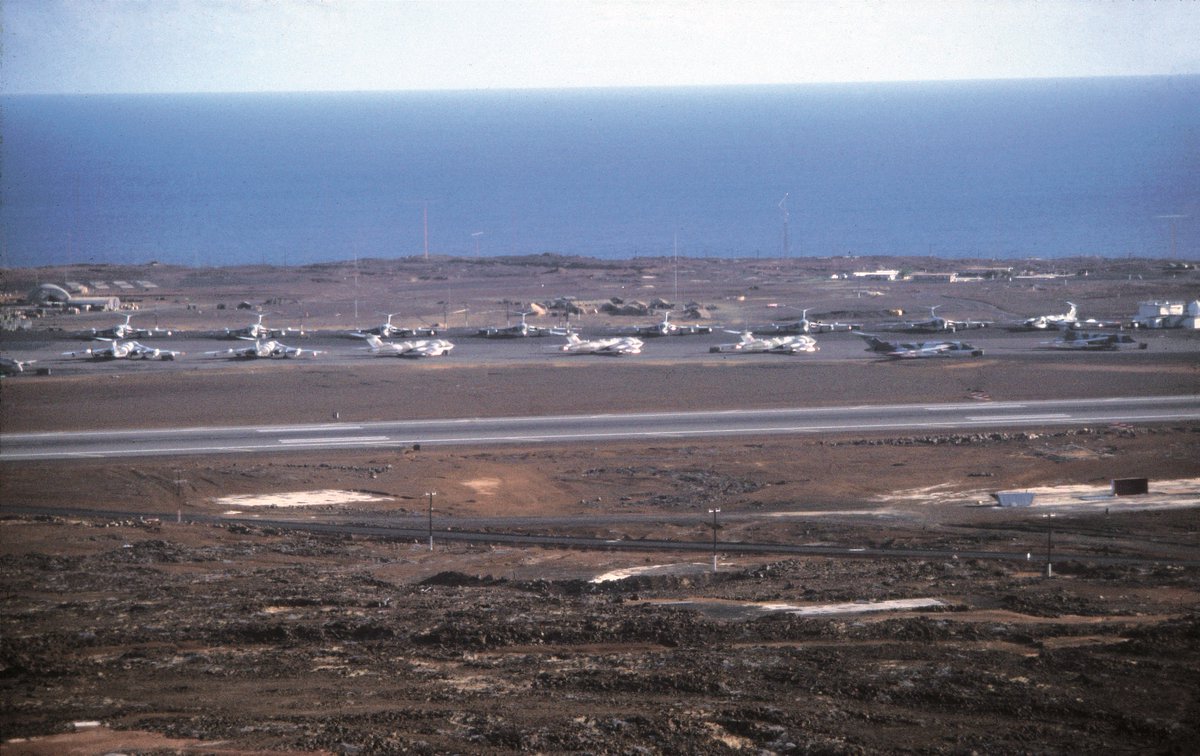
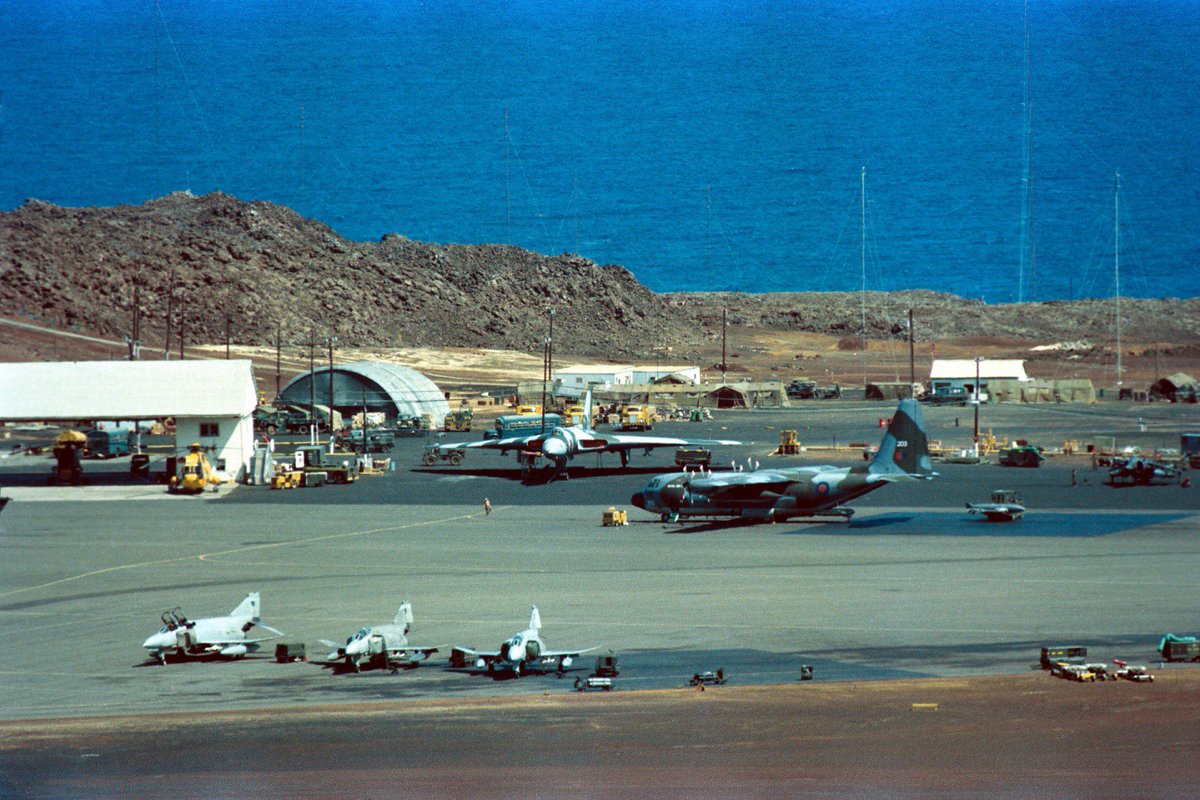
Essentially, the US/UK agreement over Ascension only allowed for the "provision of logistic support".
Vulcans obviously weren't logistic support....
Indeed there's still some U.S. presence there - I remember seeing it when I visited.
I believe it's part of the Five Eyes ECHELON program.
huffpost.com/entry/welcome-…
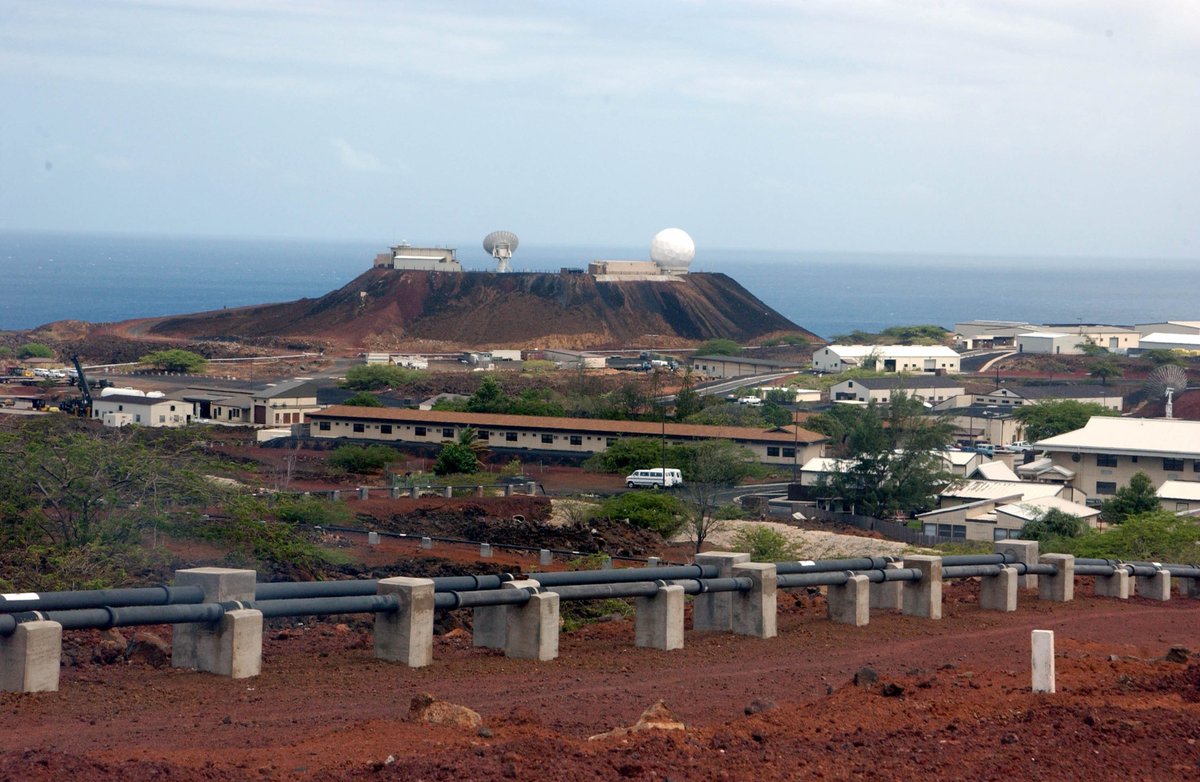
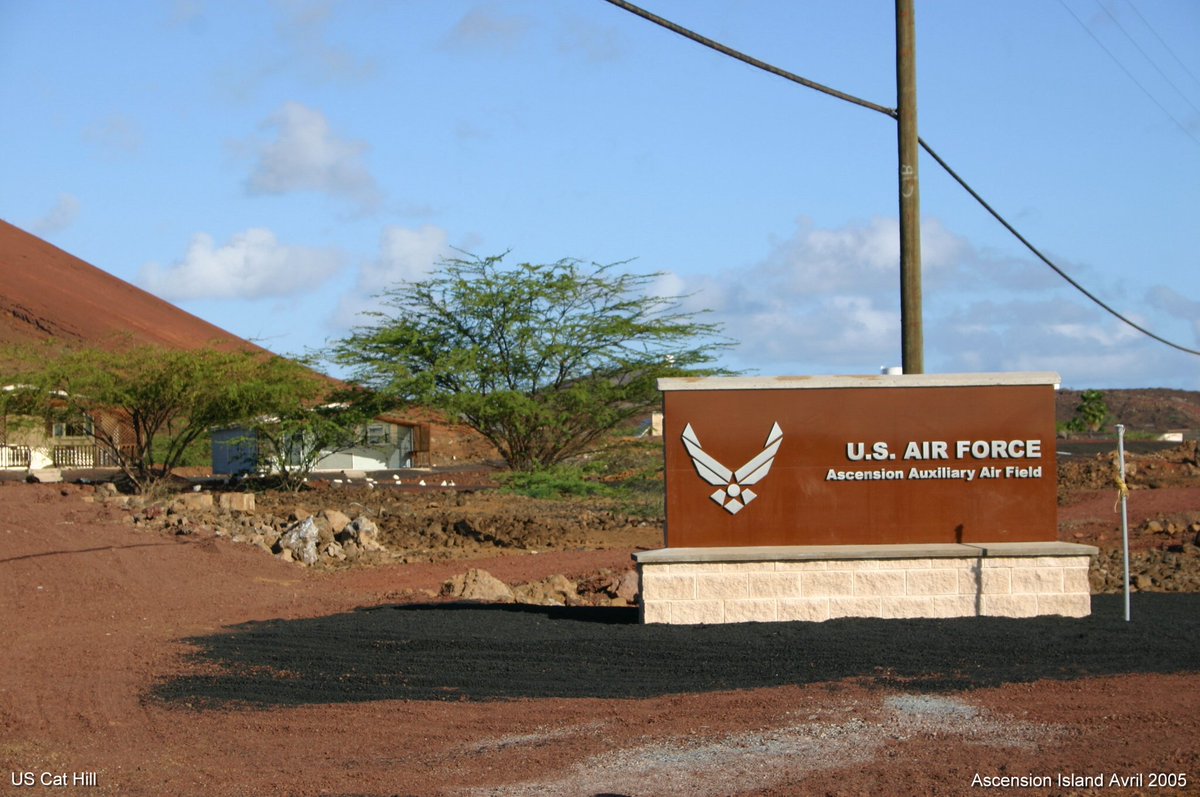
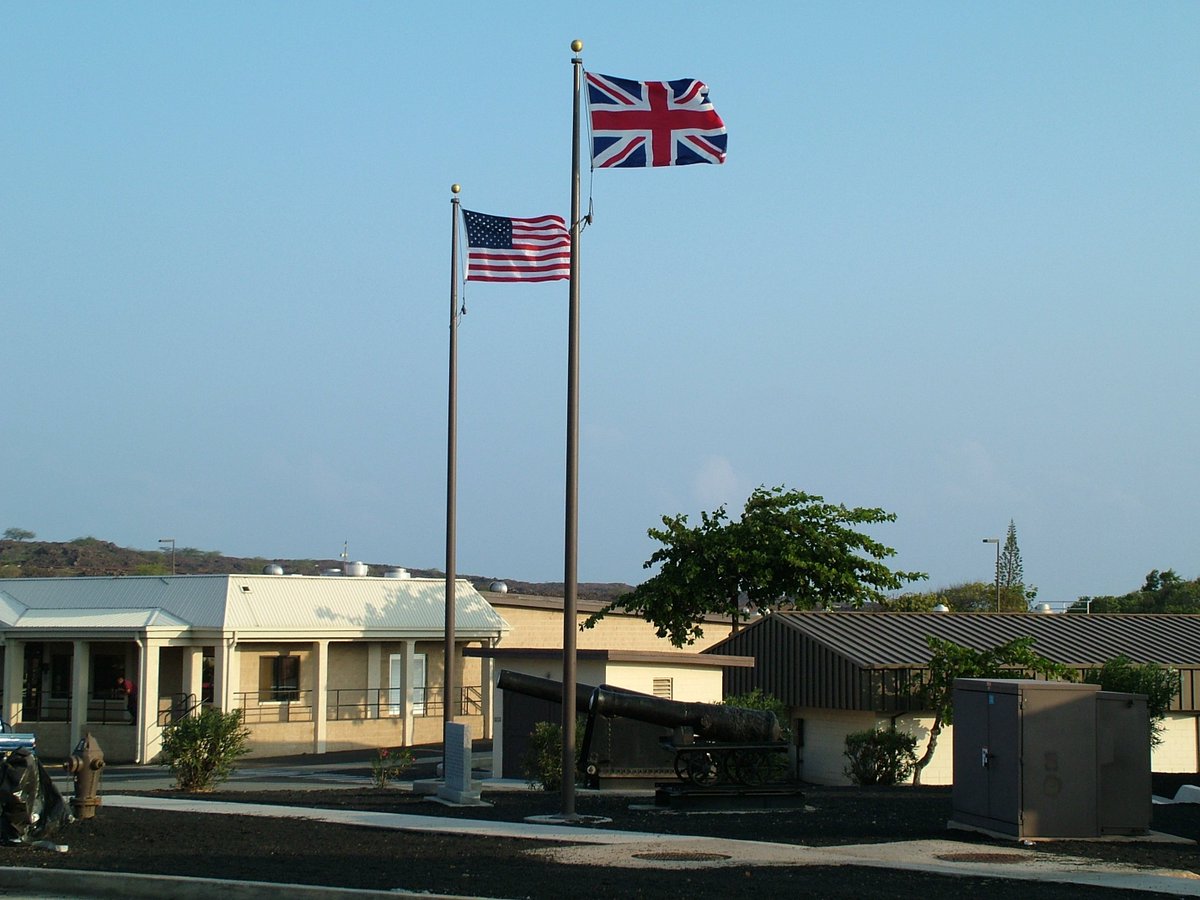
Unfortunately I missed yesterday, so temporarily OTD stands for 'On That Day', not 'On This Day'.....
Sorry!
#OTD 25 April 1982
Less than seven days from combat, the carriers rendezvous with the Advanced Group ships: HMS Coventry, Glasgow, Sheffield, and Arrow
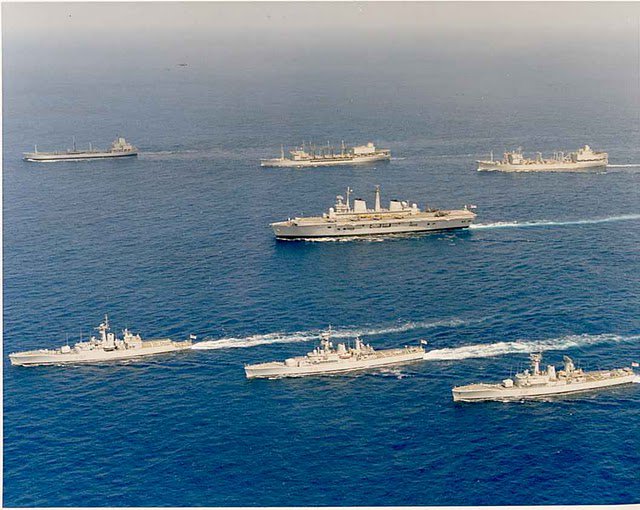
Australia's PM Malcolm Fraser makes a statement: "The British Government's decision to use force to re-establish its administration in South Georgia is a natural consequence on the invasion of the Falklands and South Georgia by Argentine forces"
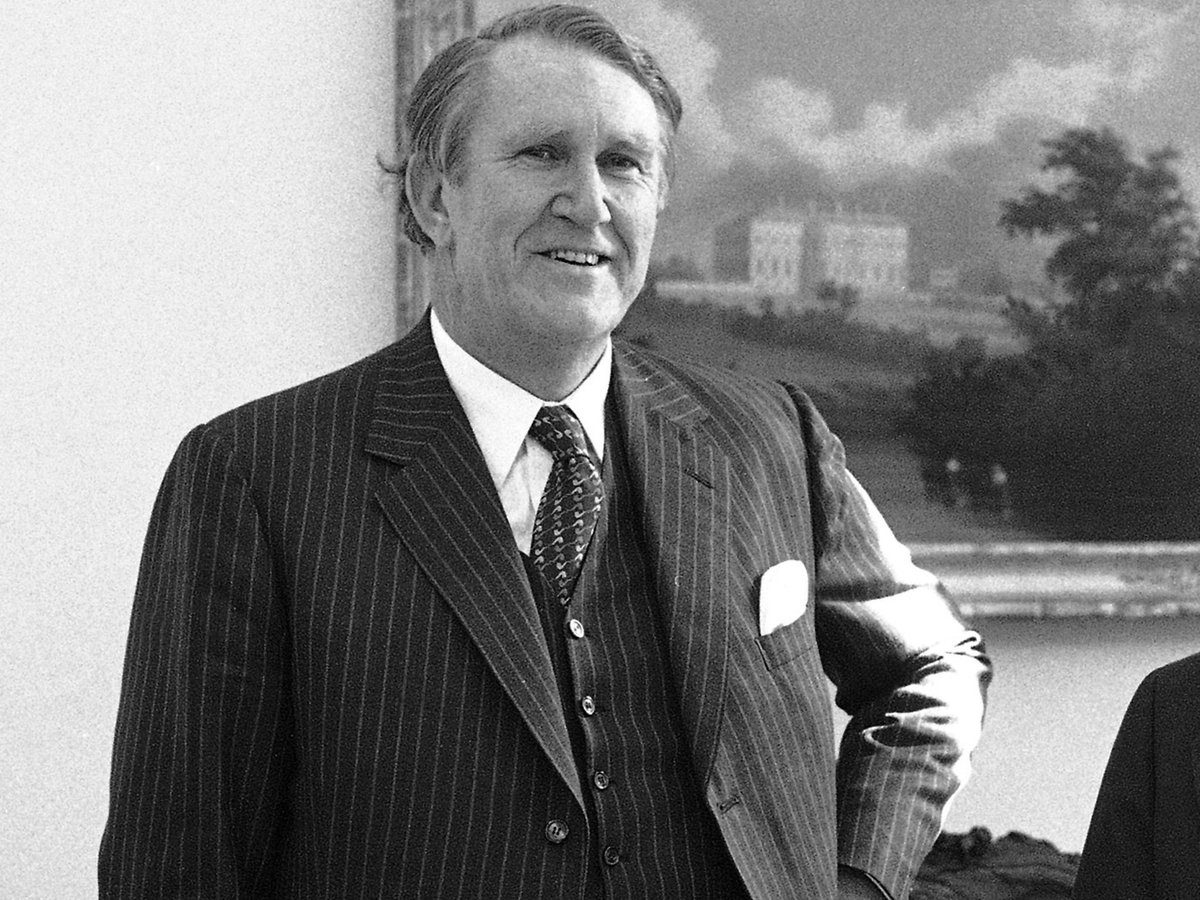
"As the British task force approaches closer to the Falklands, the urgent need is to speed up the negotiations, not to slow them down. We remain in close touch with Mr. Haig"
Full transcript: hansard.parliament.uk/commons/1982-0…
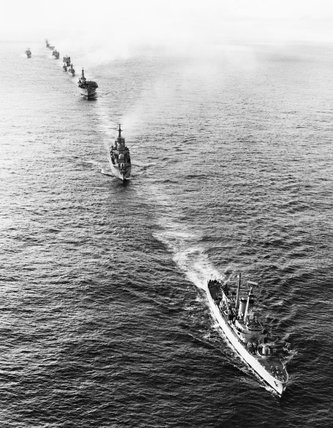
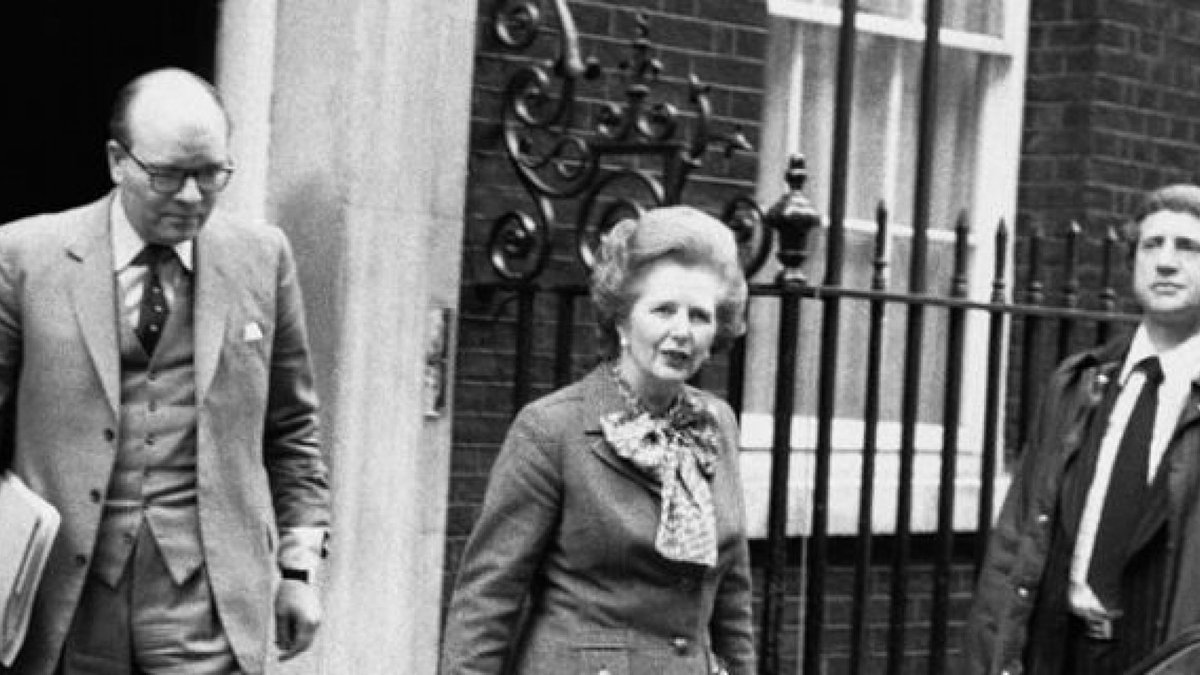
14 islanders are detained by the Argentine military at Fox Bay, West Falkland.
They'd been broadcasting intelligence about Argentine movements on civilian radios in the hope that the Royal Navy would hear. They did....
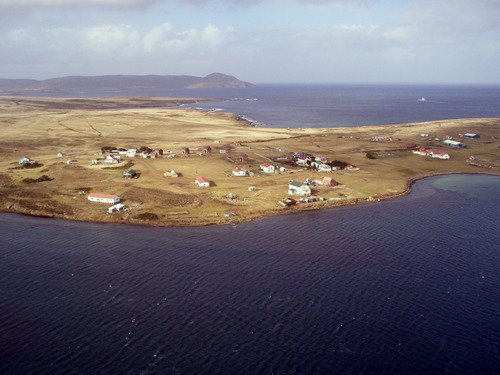
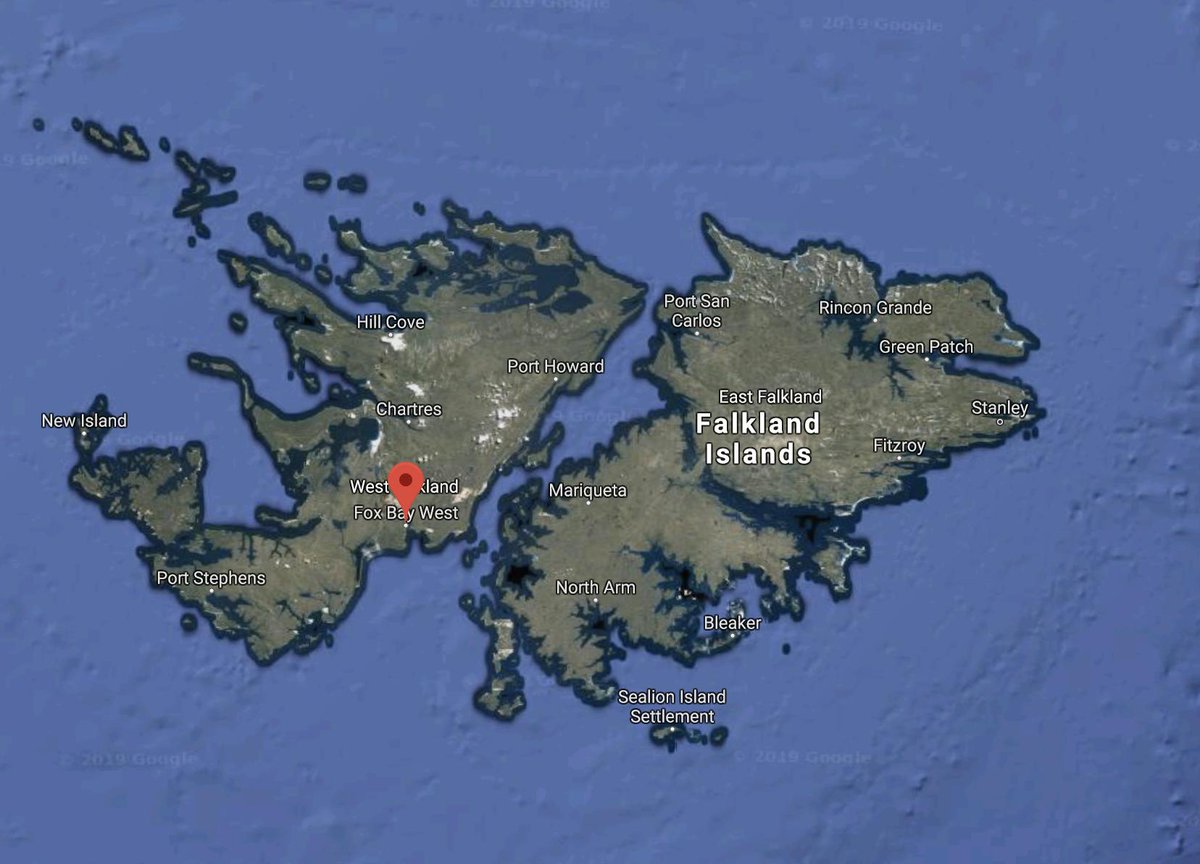
The UK make a statement: "from the time indicated, Port Stanley airport will be closed; any aircraft on the ground in the Falkland Islands will be regarded as present in support of the illegal occupation and accordingly is liable to attack"
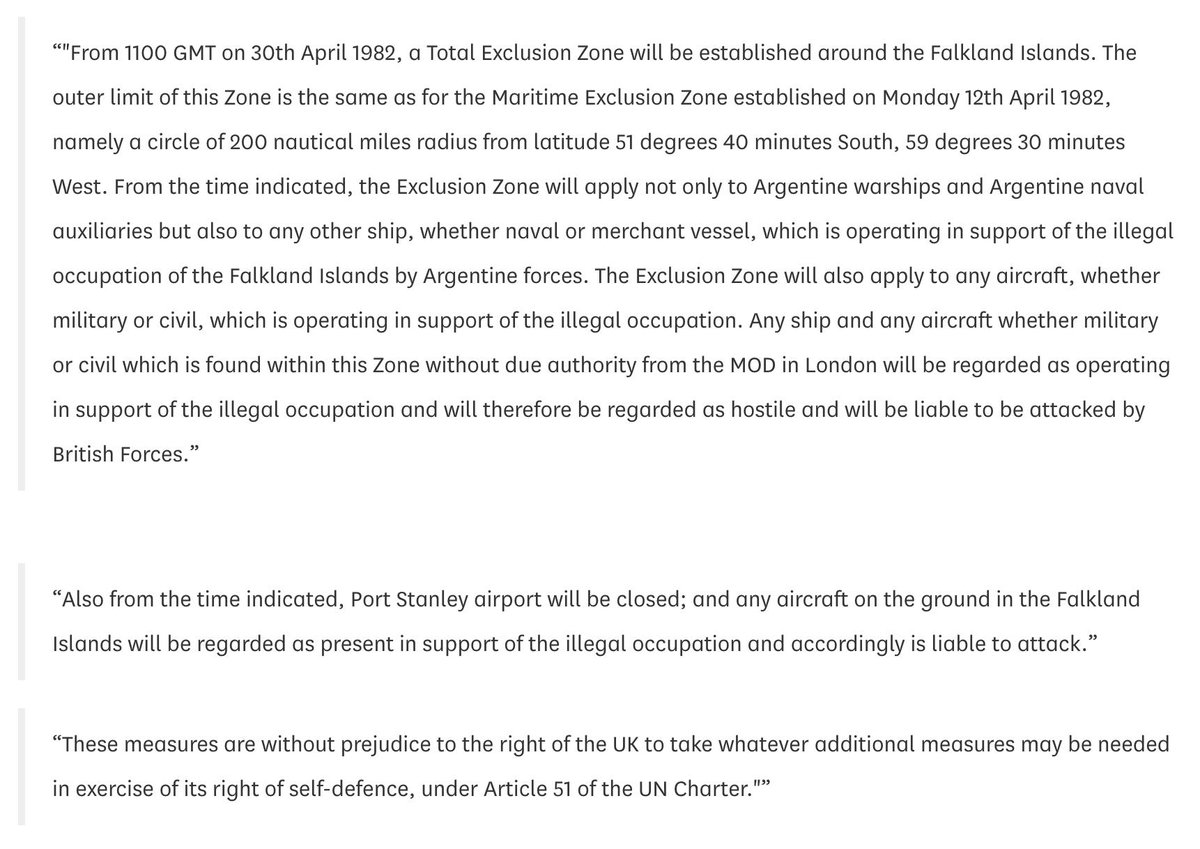
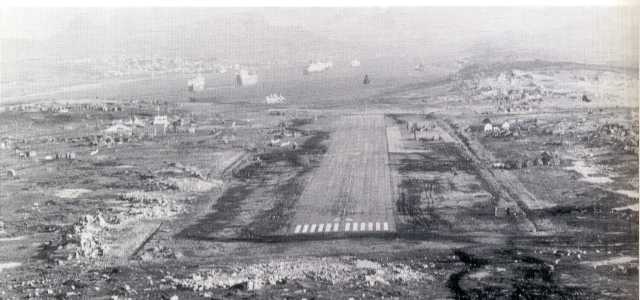
Thatcher would be signing away the islands by agreeing to the terms.
They can be read here: …f00f32175760e96e7.ssl.cf1.rackcdn.com/442F855EF10A4B…
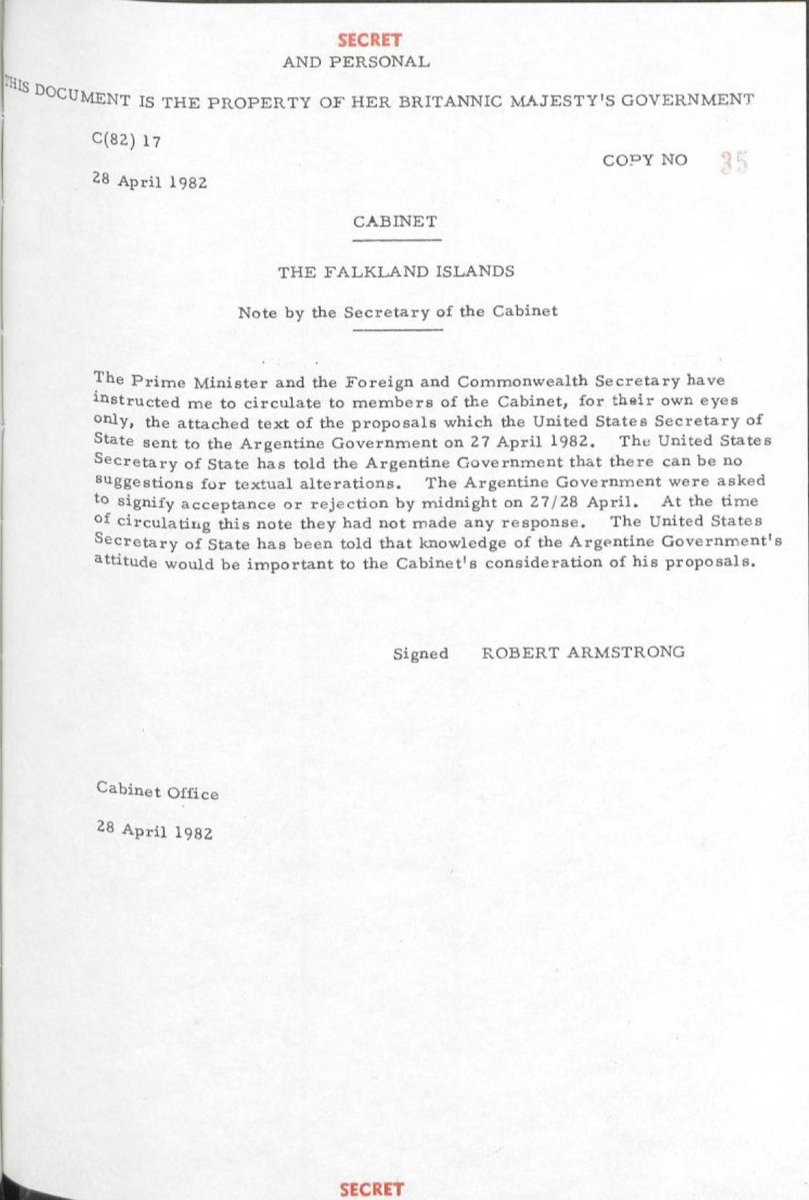
Three Vulcan bombers leave RAF Waddington and head for Ascension Island. The first attack on Stanley airfield would begin tomorrow (30 April).

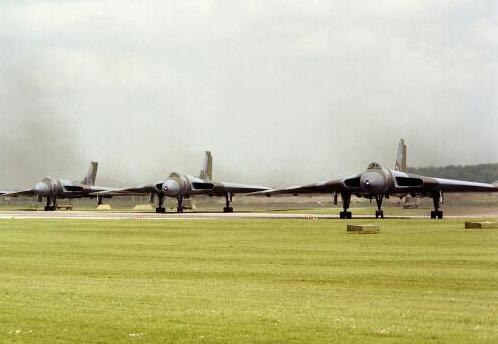
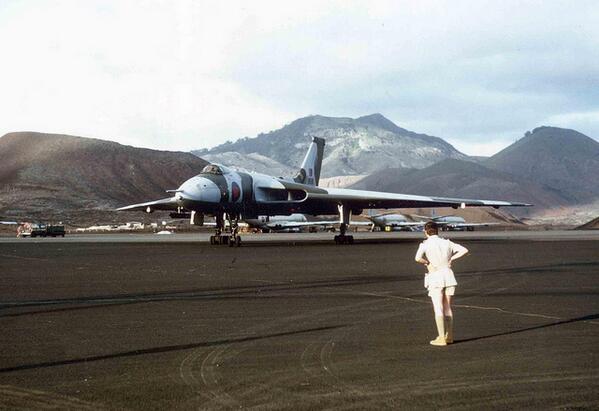
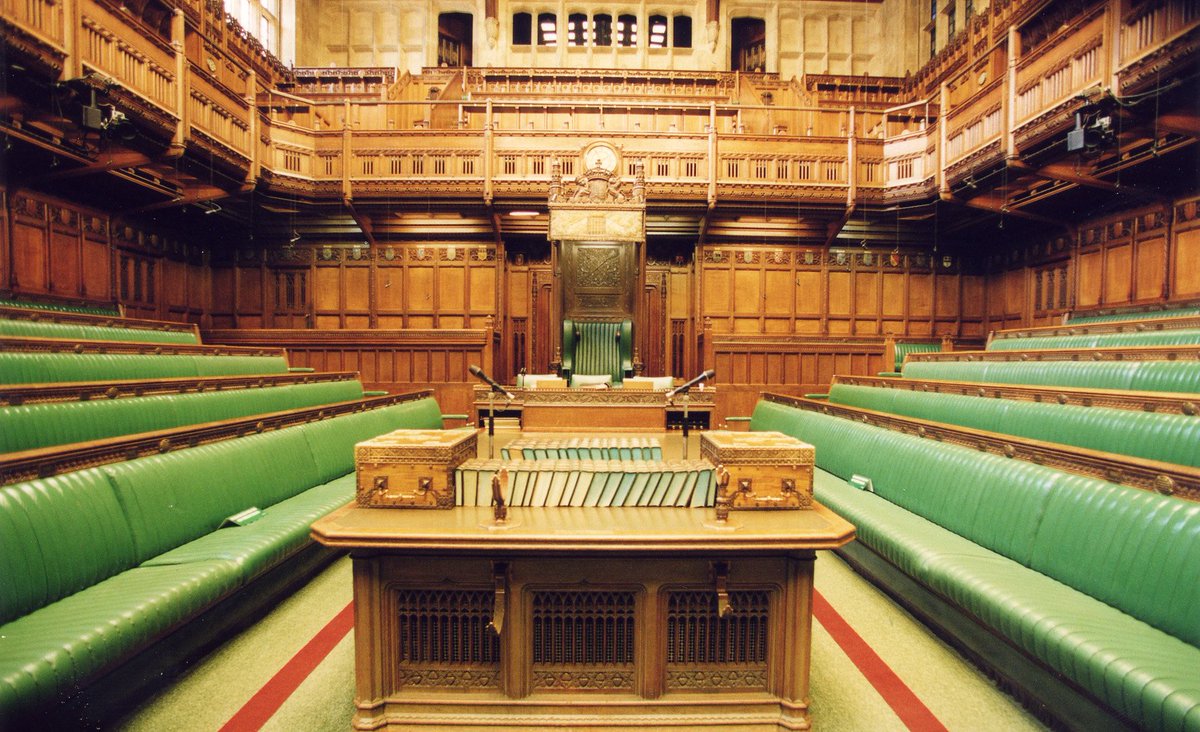
The Argentine Junta in Buenos Aires impose nationwide censorship for reasons of "national security".
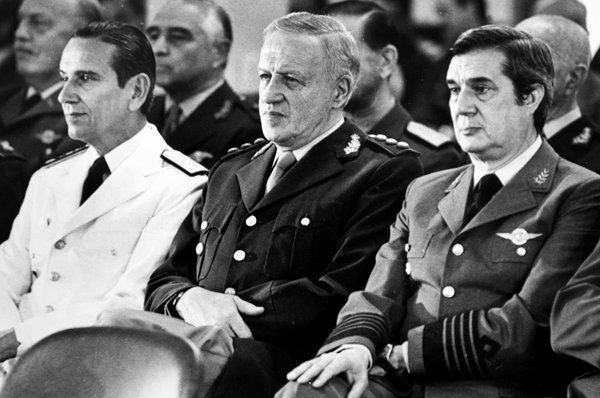
The first Black Buck bombing raid is completed. Coverage from the BBC here 👇👇
Not a huge amount is known about this particular raid, but we do have this great line from BBC correspondent Brian Hanrahan 👇👇
(Really hard to find this sort of thing - if anyone has any tips on finding archive news footage please let me know!!!!)
Francis Pym makes a statement in Washington: "The British people are very grateful to the United States for coming down in their support. We never had any doubt that they would come down in support of the victim and against the aggressor".
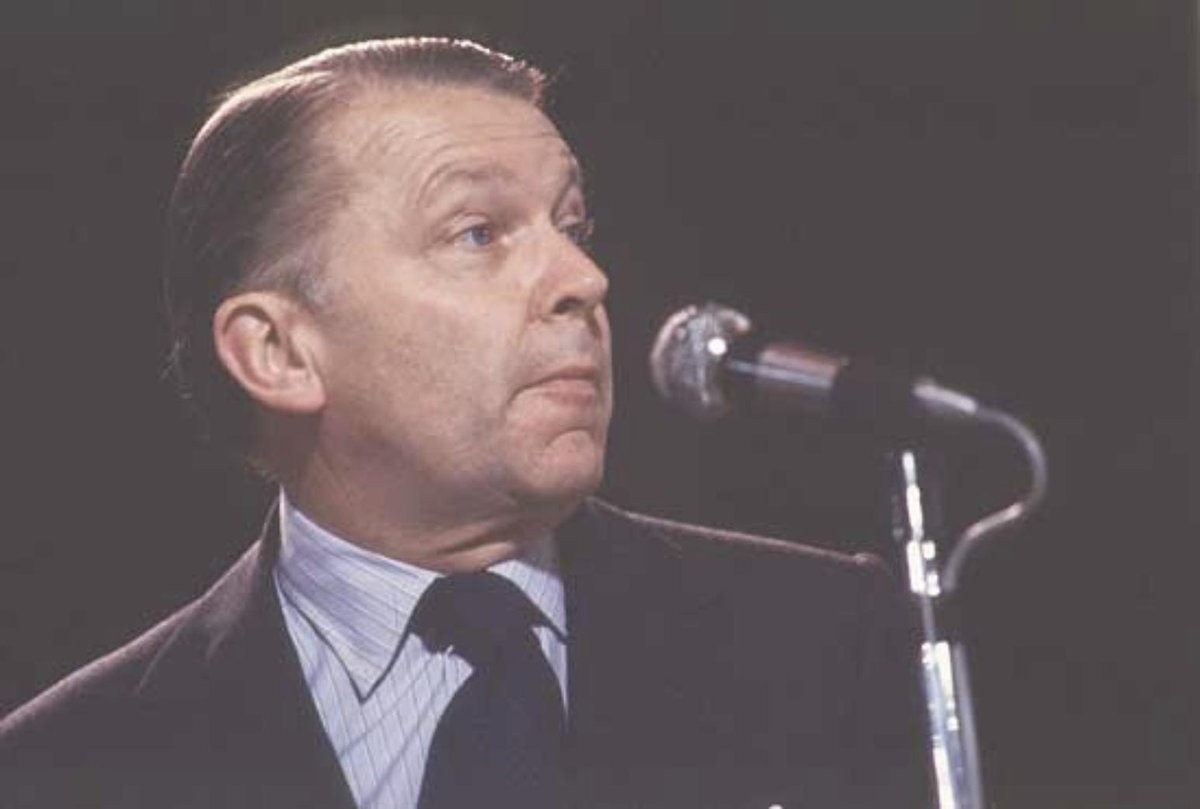
Still, it's a good scene in 'The Iron Lady'
Defence Secretary John Nott is asked whether Britain is at war with Argentina.
He replies "Certainly we have hostilities with the Argentines. It is not in legal terms, however, a war, although the ordinary layman would class it as a war".
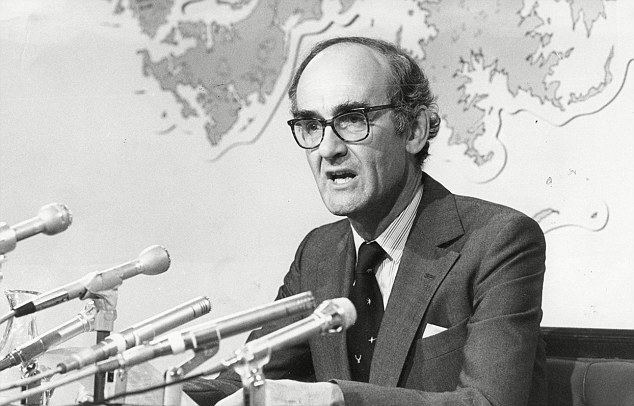
First, a few things I've missed. Task force departures had been continuing:
Yesterday, the nuclear powered submarine HMS Valiant left Faslane. Instead of heading straight for the Falklands, she was tasked with surveilling the Argentine coast.
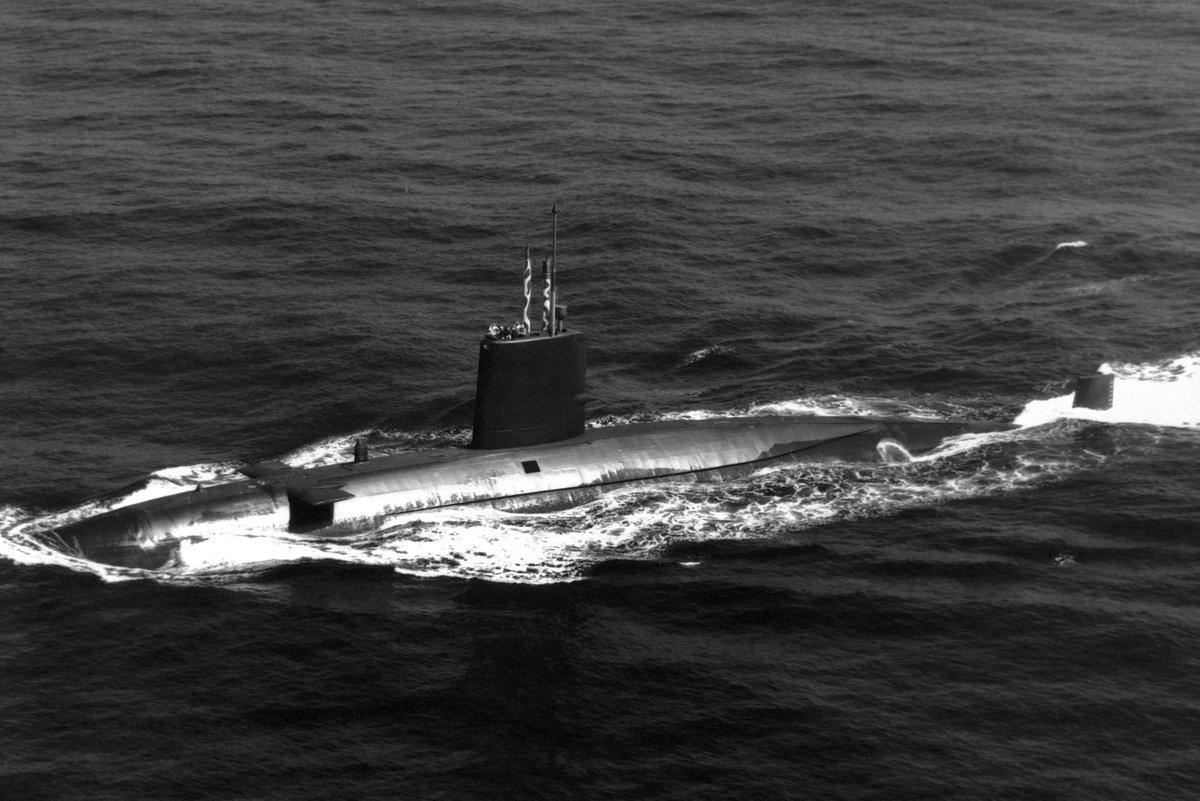
A great account of her time during the conflict can be read here: ambuscade.org.uk/AmbFalk1-1.htm
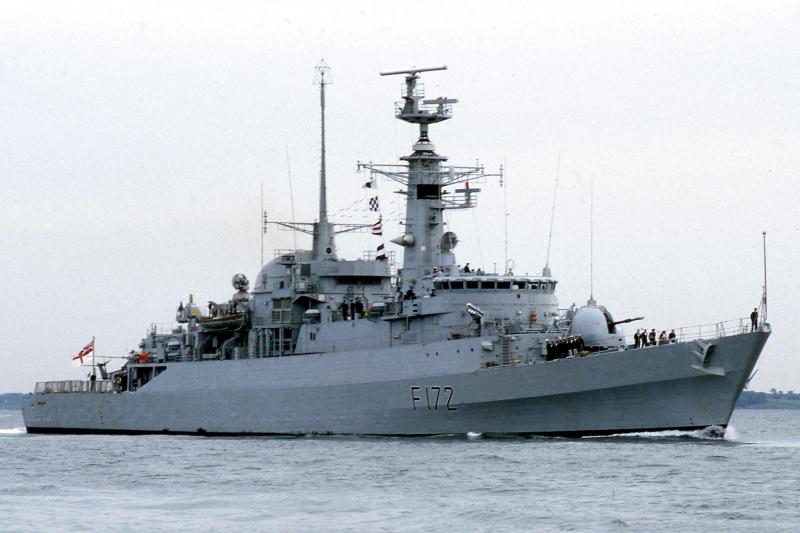
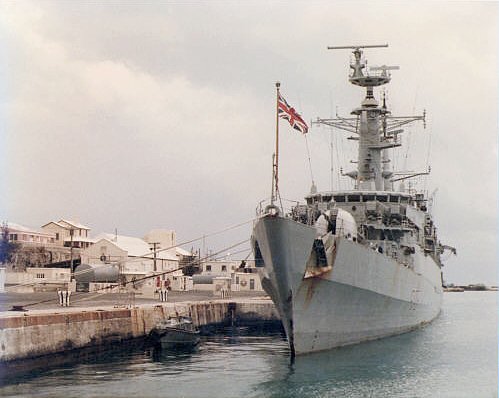
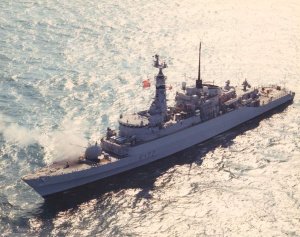
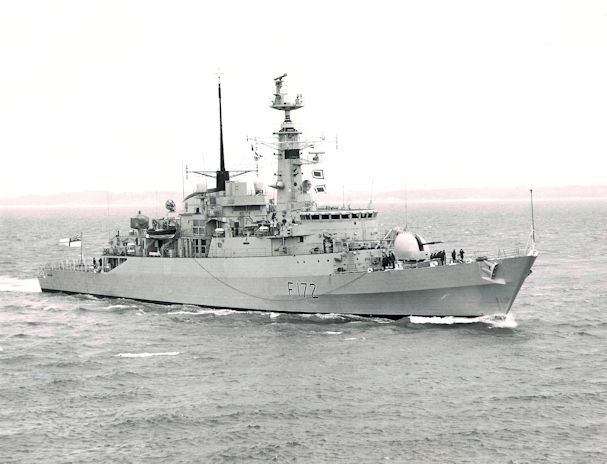
There was a lot of backlash from Labour regarding the sinking of the Belgrano. It's on Hansard here: hansard.parliament.uk/commons/1982-0…
But sinking the Belgrano was't that complicated. Conqueror had been tailing her for days. Then the rules of engagement changed, and she promptly attacked. It wasn't a particularly complex operation
Thatcher writes to Reagan, thanking him for the US support.
"This will be of the greatest value to us"
"Let me thank you once again for your splendid support. It will make all the different".
Even in their letters, you can tell they were close.
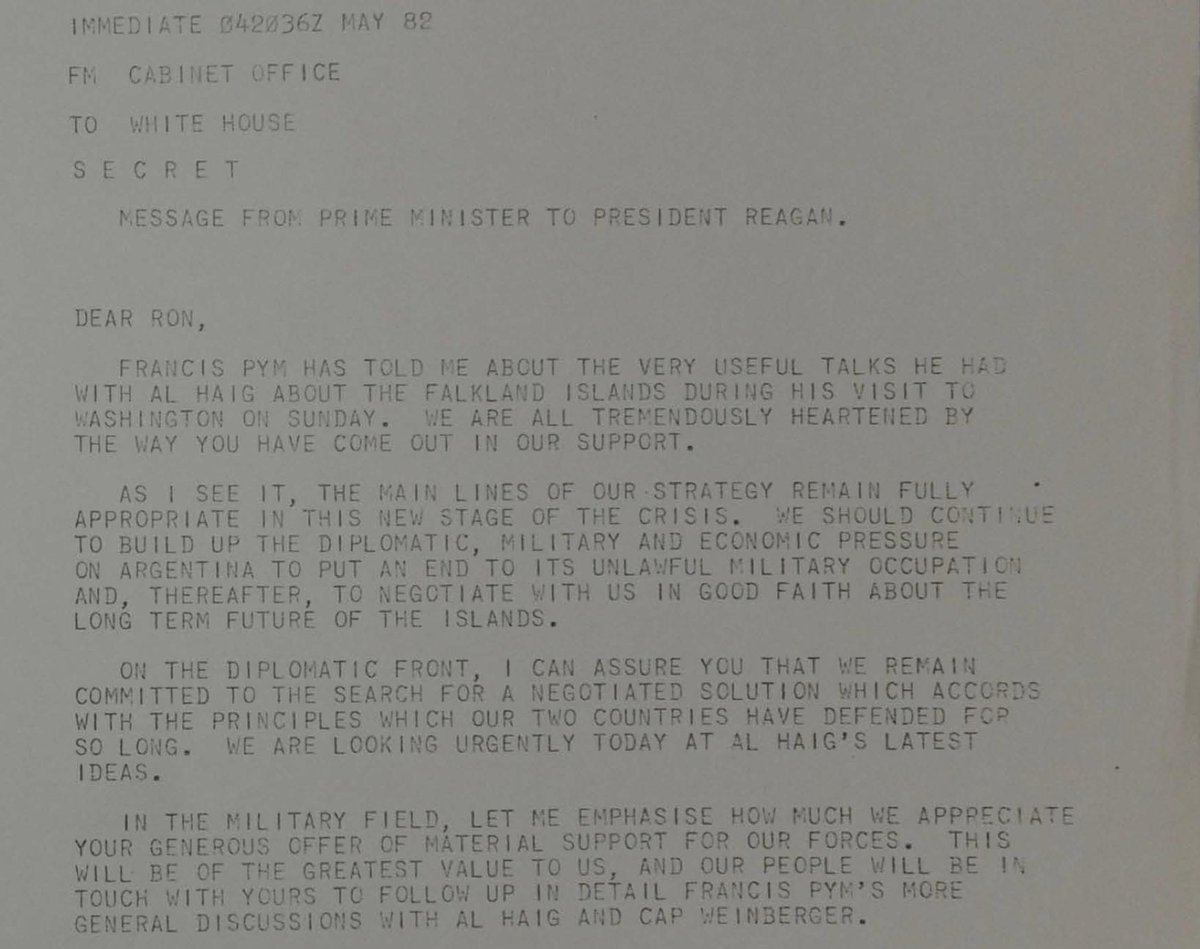
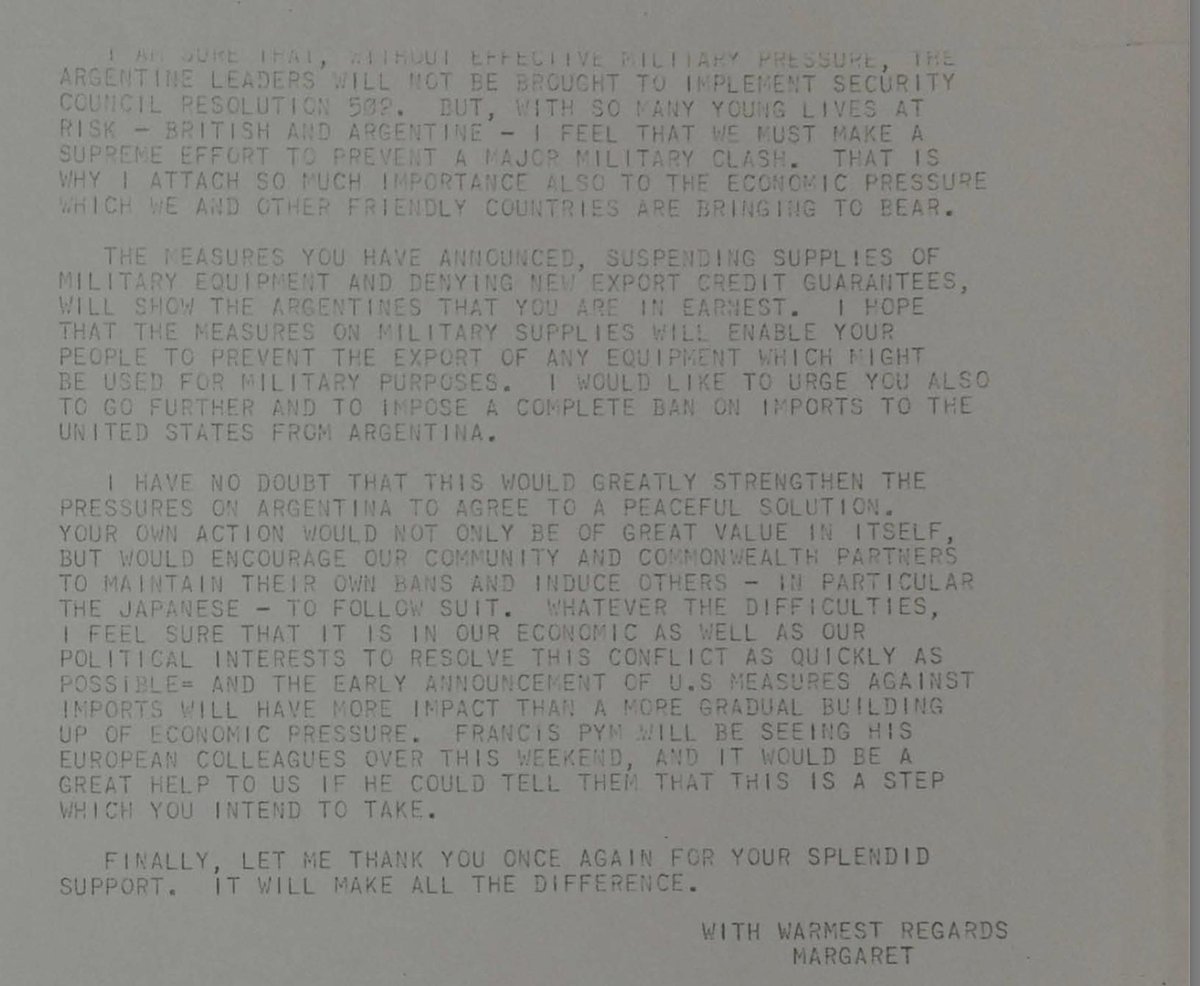
The Task Force was at 'Air Threat Warning White' no enemy aircraft detected within 100 miles.
Both pilots launched their Exocets from 20 miles out. They flew parallel, but only one hit.
Argentine operation to rescue the crew of the Belgrano was still ongoing.
MoD had instructed the Task Force “not to interfere”.
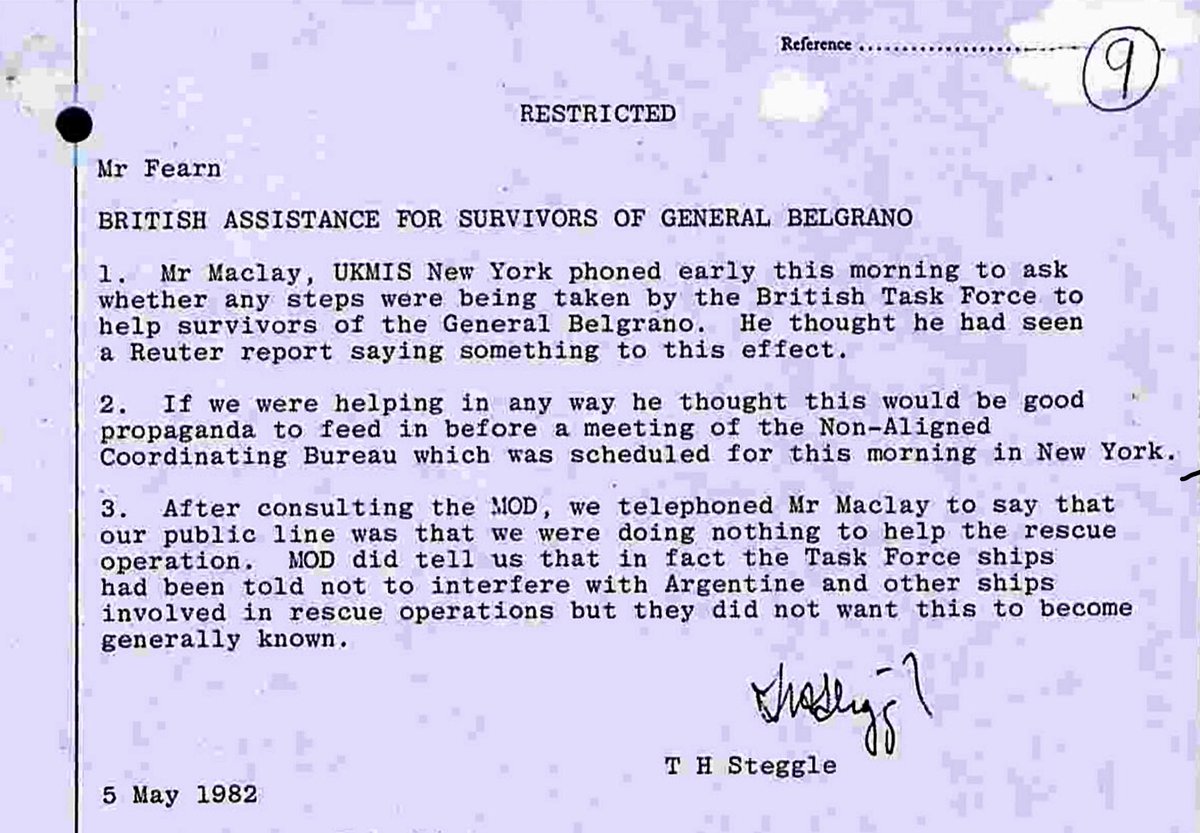
@Twitter if you'd let me combine two threads that would be wonderful 🙂
UK Embassy in Brazil contacts London.
Some concern that Brazil may offer the Argentines use of British equipment.
Brazil had already sold Argentina two Embraer Bandeirante aircraft.
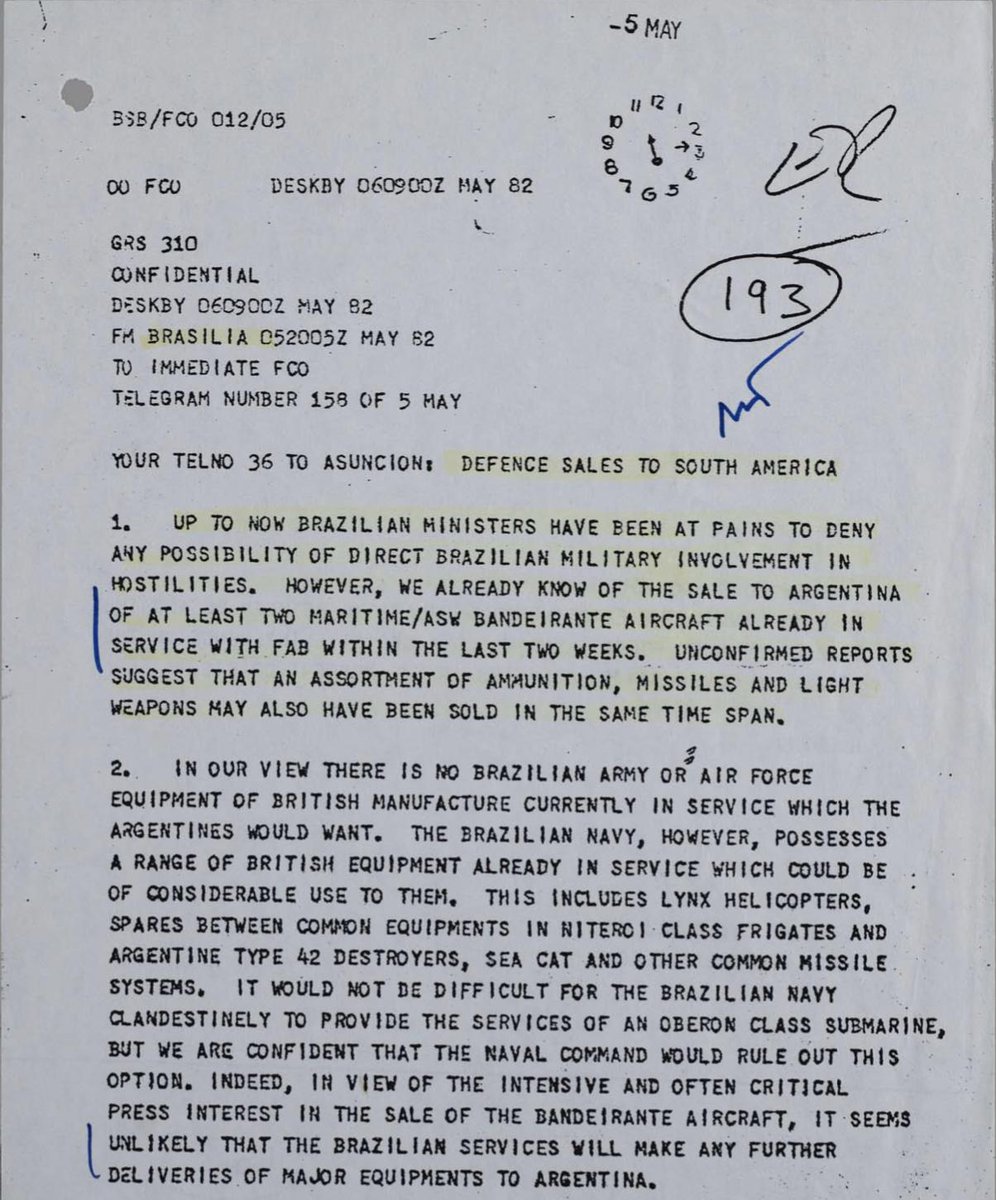
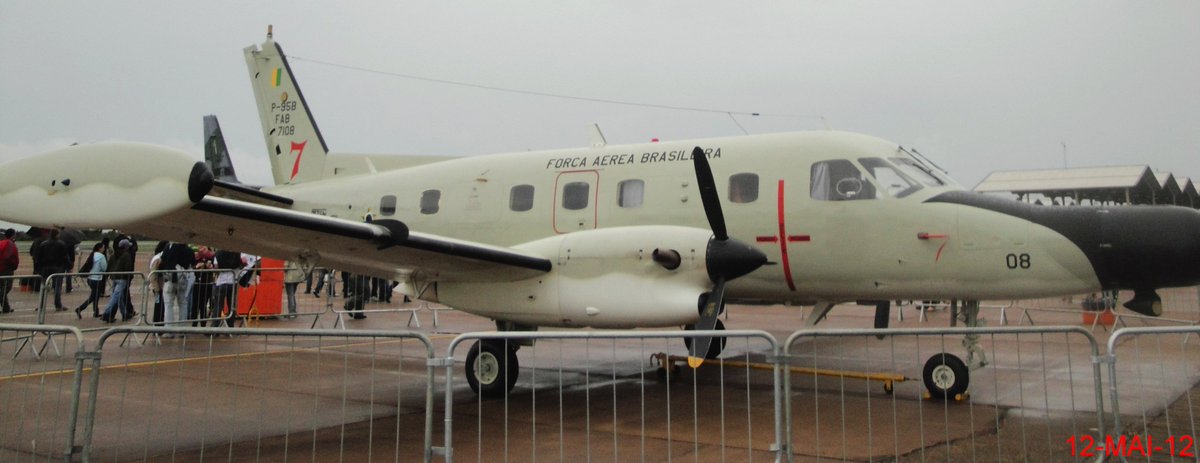
Pym in the Commons: "The morale of the task force is very high indeed. It is setting about its work with the professionalism that we have come to expect from all our Services. It is, of course, aware of...what reinforcements are coming up behind"
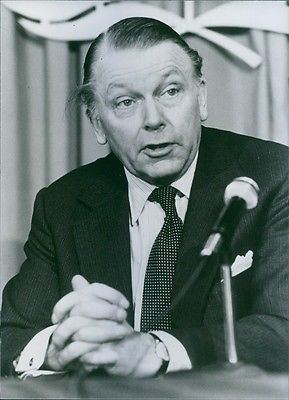
Quiet day today, but there was still the MoD daily meeting
-Soviet and Polish fishing vessels remain in the area
-Embarked correspondents frustrated with the restraints regarding how they could release reports
-Important to retain goodwill of the media
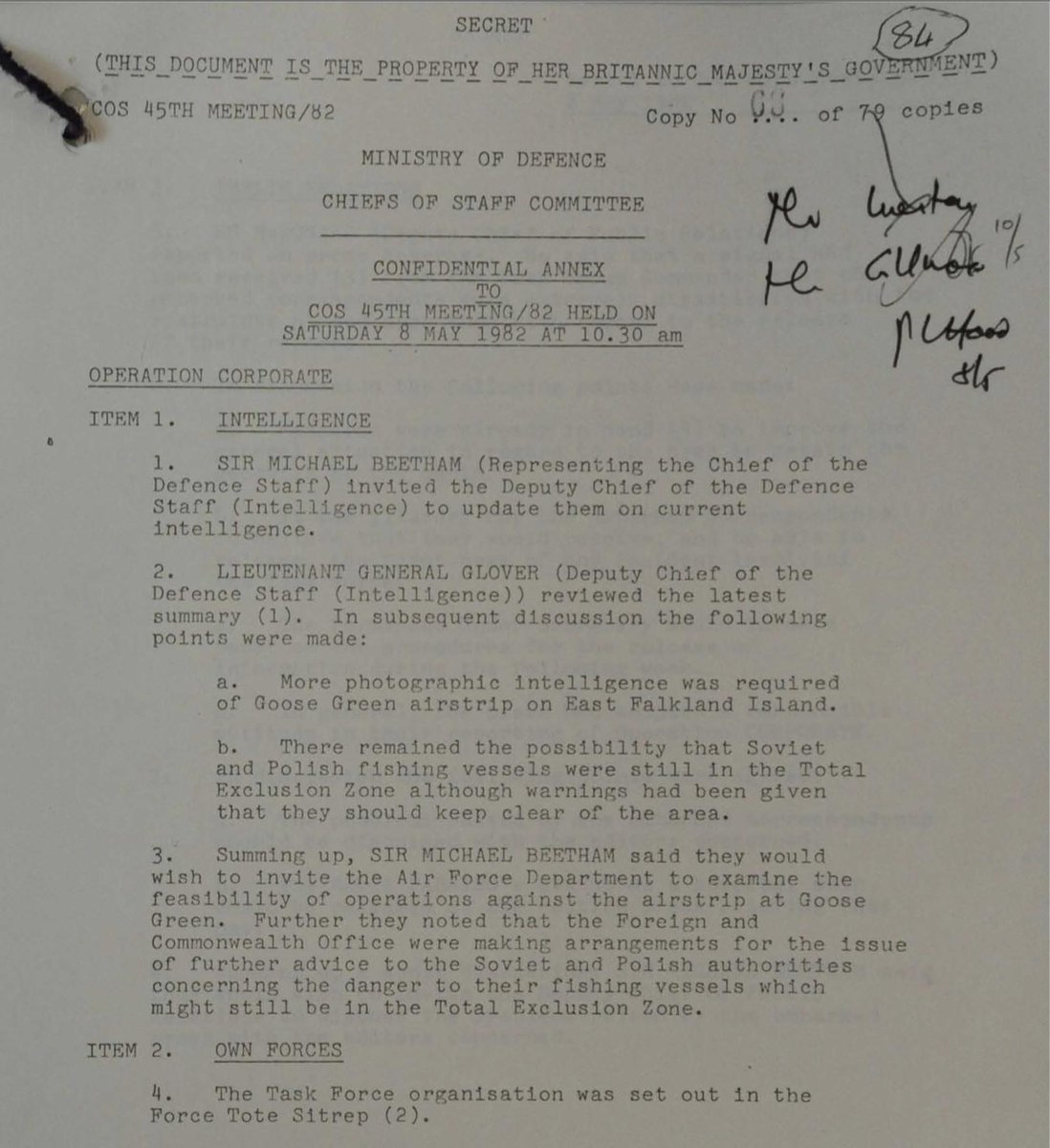
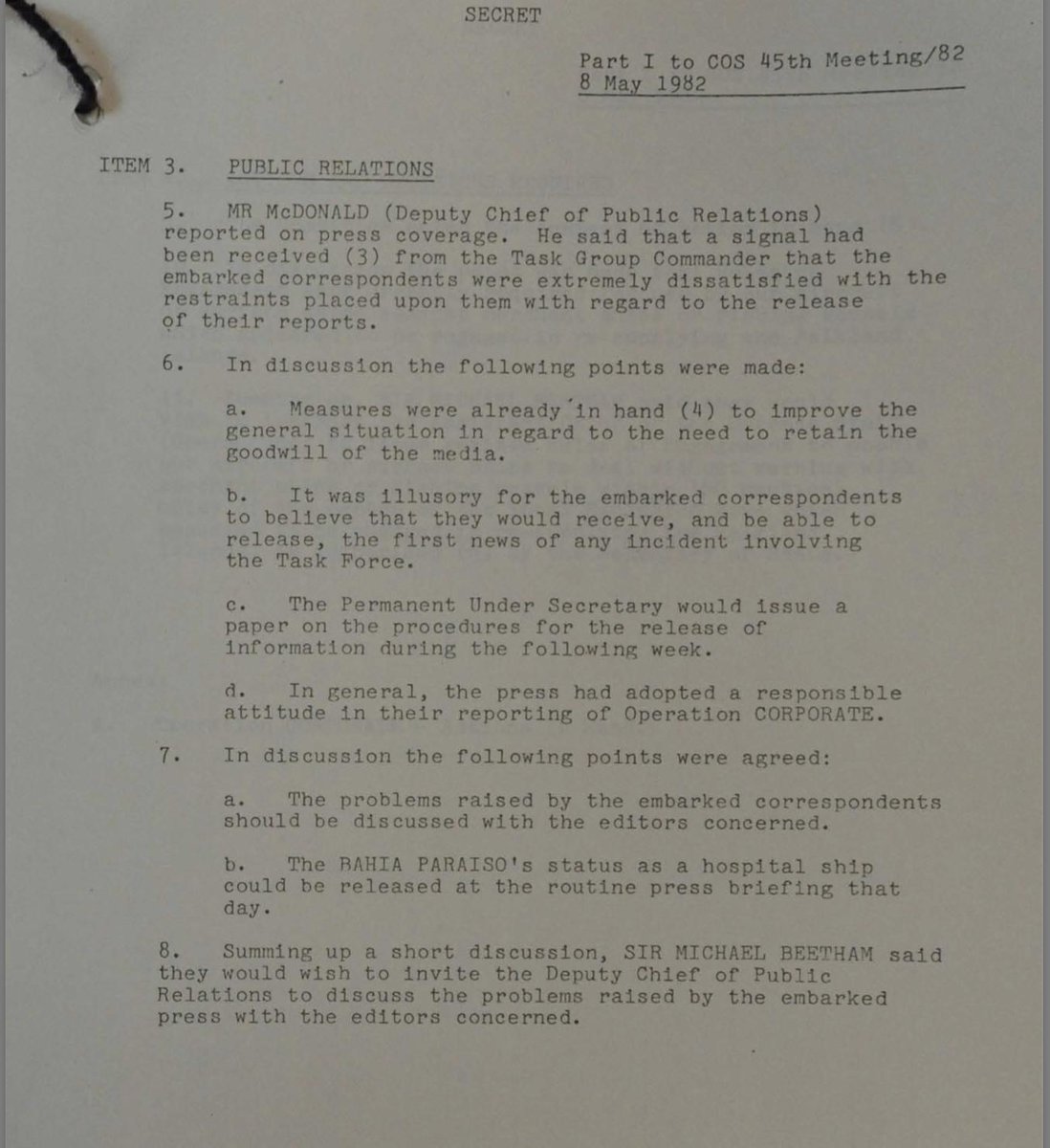
Both aircraft were flying in cloud, with the pilots staring at their radar looking for contacts.
It is thought they were converging on each other at such an angle that neither radar picked up the other aircraft.
Lt Cdr John Eyton-Jones and Lt Alan Curtis were both lost.
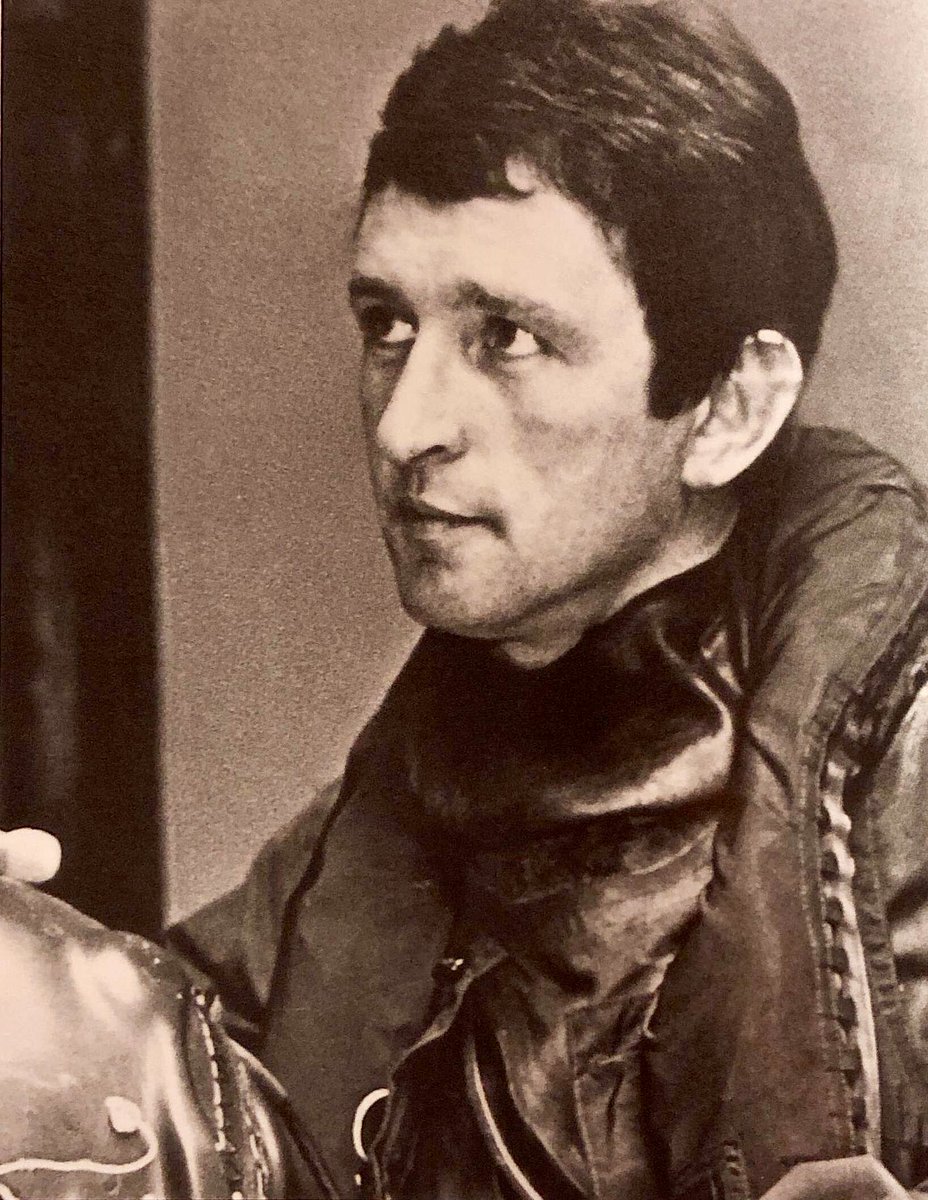
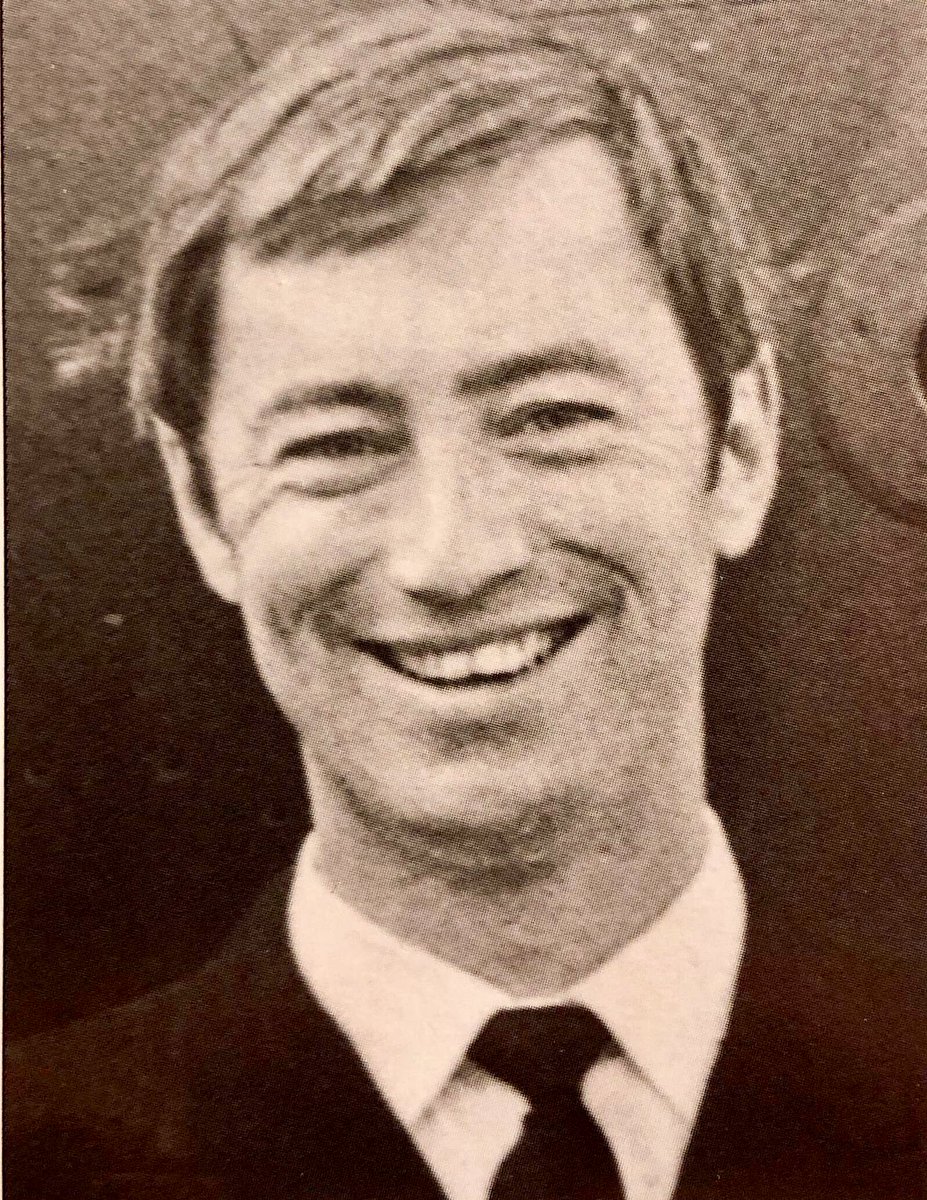
UK Embassy in Washington messages London: the moderate opposition in Buenos Aires were hoping that the UK could "delivery a few more military blows" (similar to sinking of the Belgrano).
Belief being that more Argentine loses could mean the Junta falls
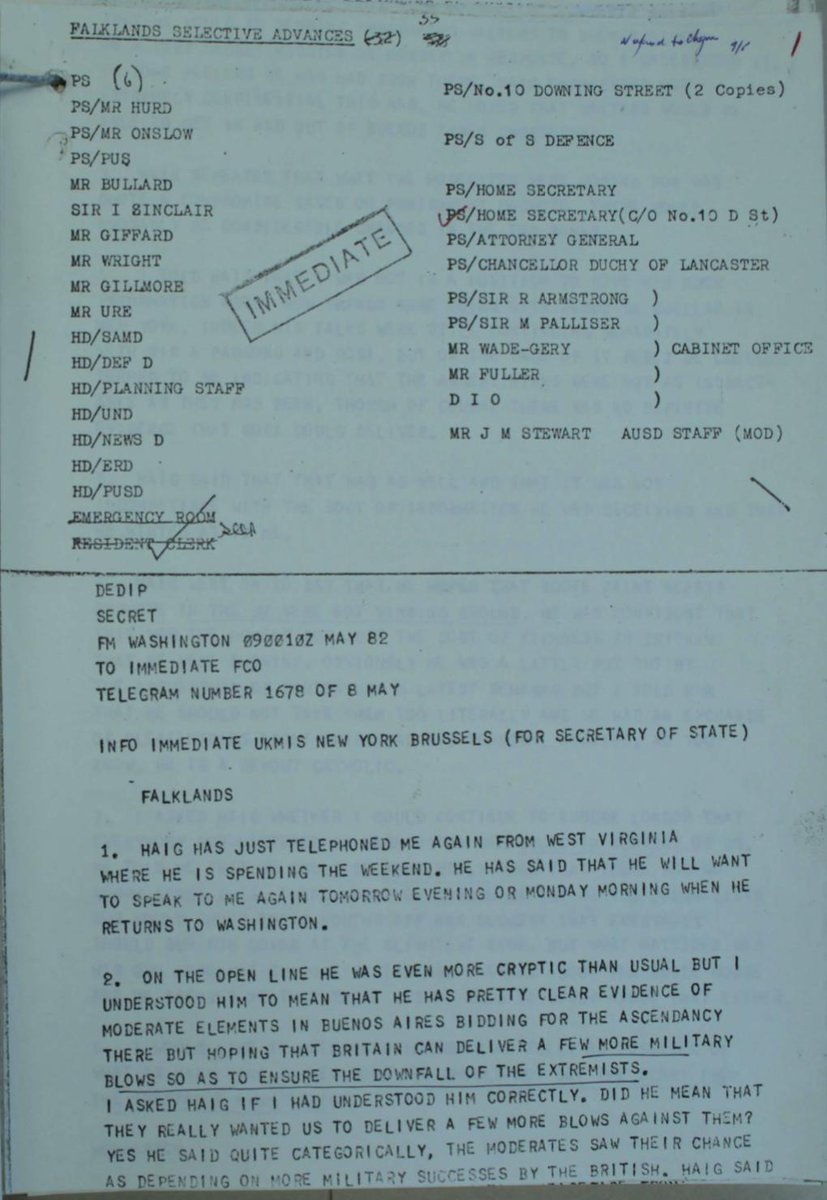
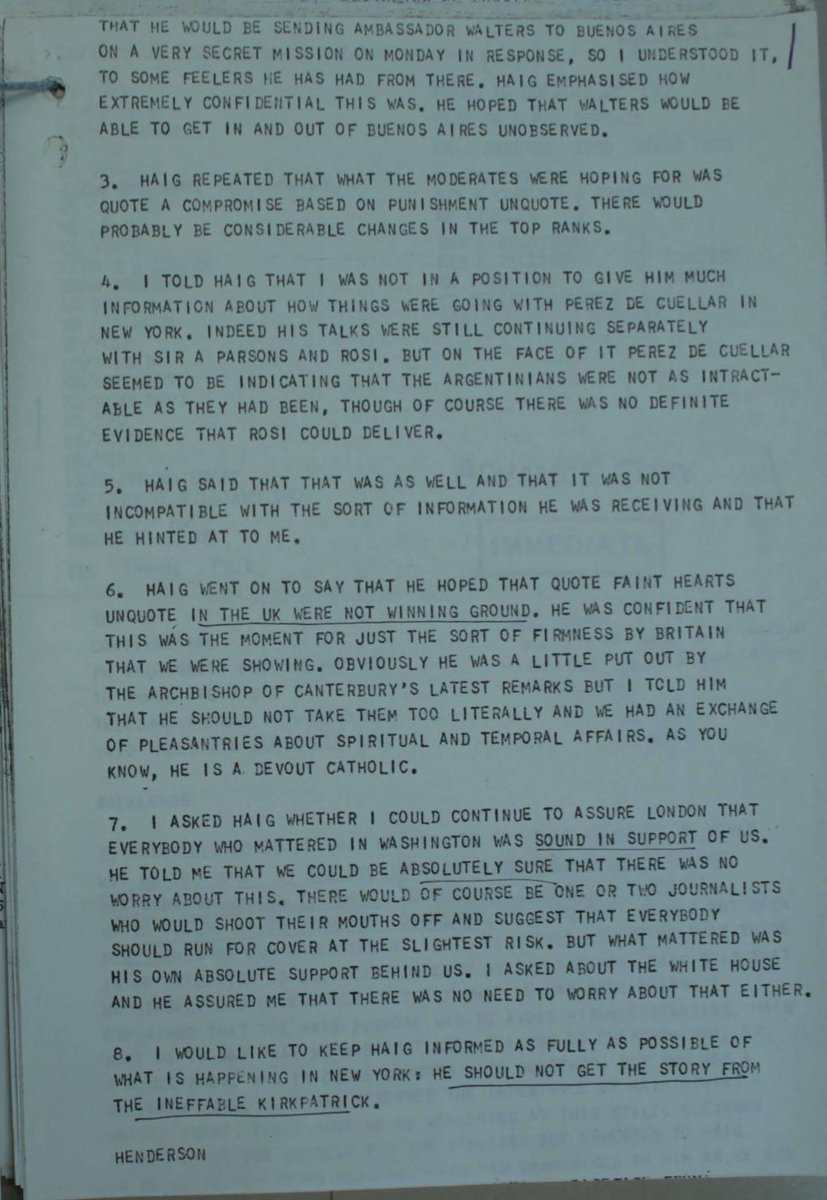
As promised, I'm now going to lay out the landing plans and options that were being discussed, with help from @googleearth.
1) Blanco Bay/Port William.
Very near to Port Stanley/enemy HQ, so a 'quick kill'. Thatcher's favourite. But strongly held, and a risk to civilians.
Risk of mines in the bay.
Stanley was only 25 miles away (good). Major General Julian Thompson liked this plan. Others feared counter attack.
Risks outweighed the close proximity to Stanley.
In reality this was only briefly considered. Not sheltered/very exposed. Nice strategic foothold, but MASSIVE chokepoint between it and Stanley (I've circled with my mouse).
Slightly better than Volunteer Point. Far enough from Stanley to give time for a build-up. Thomson's favourite (but choke point still not great).
Navy/Marines not keen.
Short beach would mean a staggered landing.
Sheltered. Nearby King George Bay also useful. Potential airfield site. Could take C-130. But they'd have to spend weeks building it before they did any actual retaking of territory.
Woodward's favourite. Thomson pointed out 180km from Stanley....
Good beach - easy landing. But still far from Stanley. Would have to go via Goose Green (large Argentine garrison).
Woodward's 2nd choice.
But VERY flat. Thomson worried about air attack.
VERY sheltered. Good beaches for landing. Lots of high ground for Rapier batteries. Dominates both islands. 65 miles to Stanley.
Woodward's 3rd choice. Thomson's 2nd. COMPROMISE.
Bizarrely, the Argentines didn't think it would be used, so left it undefended....
The day I filmed this it was VERY windy, but the water was completely flat.
No matter the weather, the Task Force knew that landing craft would be fine.
Anthony Grant MP complains to the Director-General of the BBC: "I do not expect the BBC to be biased in Britain's favour but, in the interests of 'balance' if nothing else, need they be so obviously on the side of the enemy?"
Aircraft loss: Sea King from 826 NAS on HMS Hermes has an engine failure. Successfully lands in the sea. All four crew are rescued unhurt.
Hermes sends the below message to London.
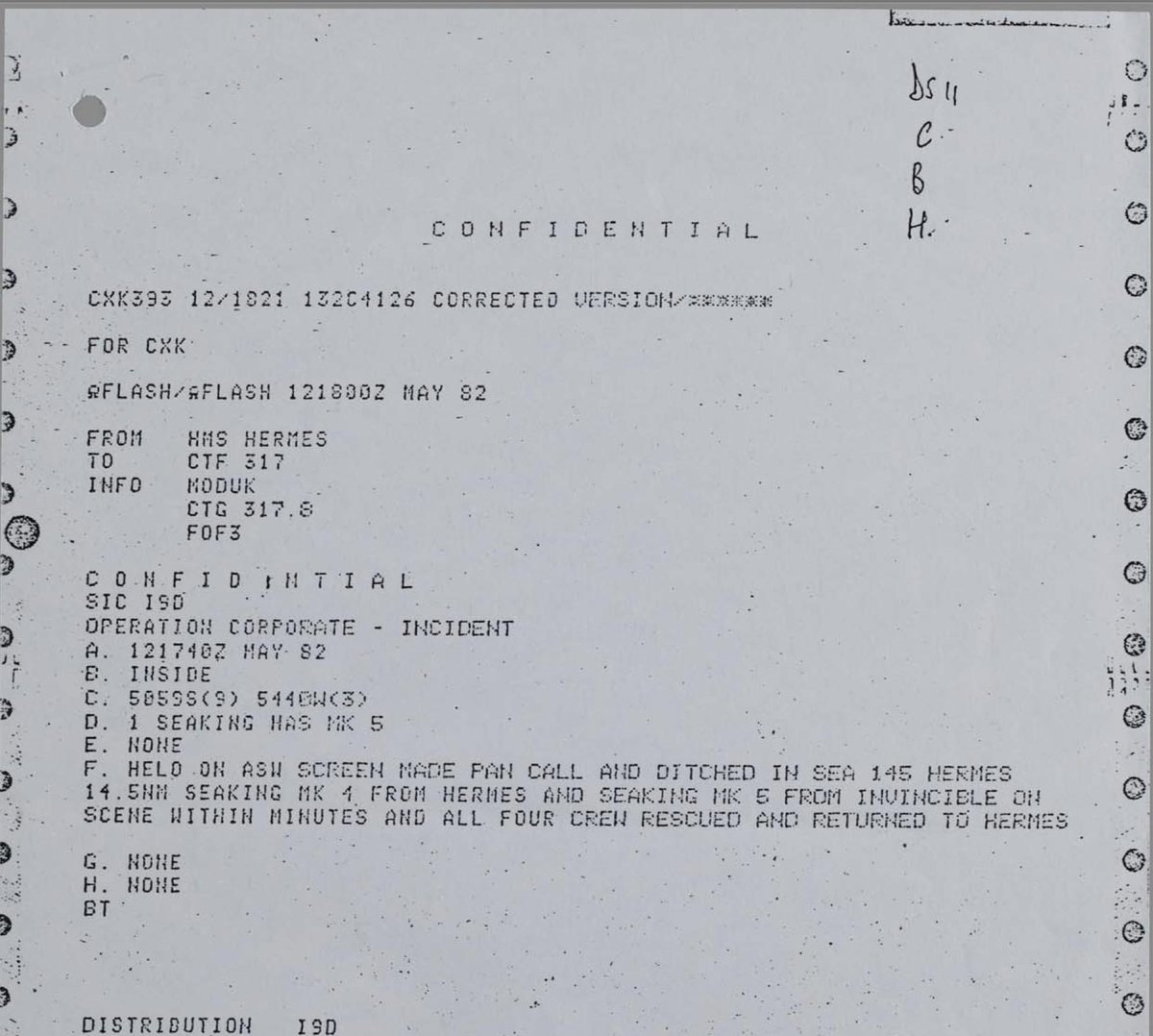
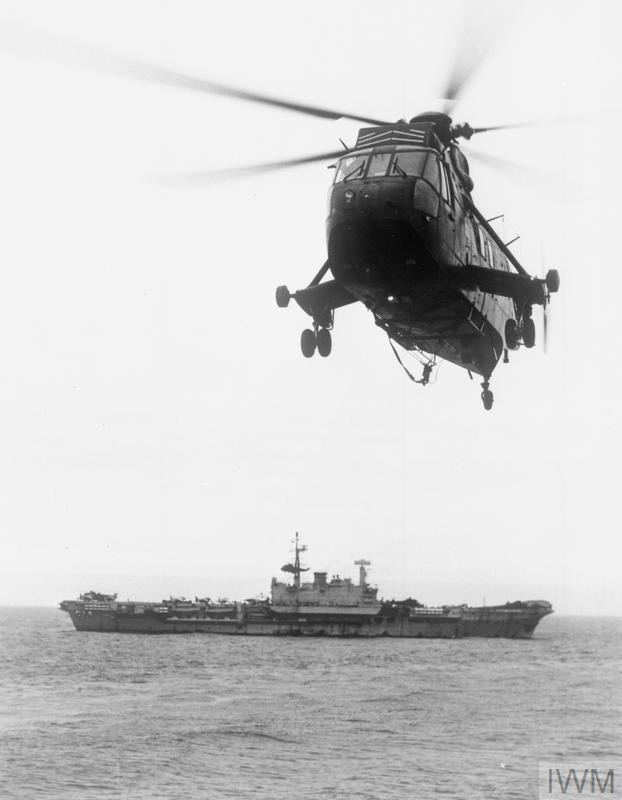
Argentines trying to discredit the Falkland Islands Company (still exists - runs most of the services on the Islands - the-falkland-islands-co.com).
FCO explains how to counter the propaganda.
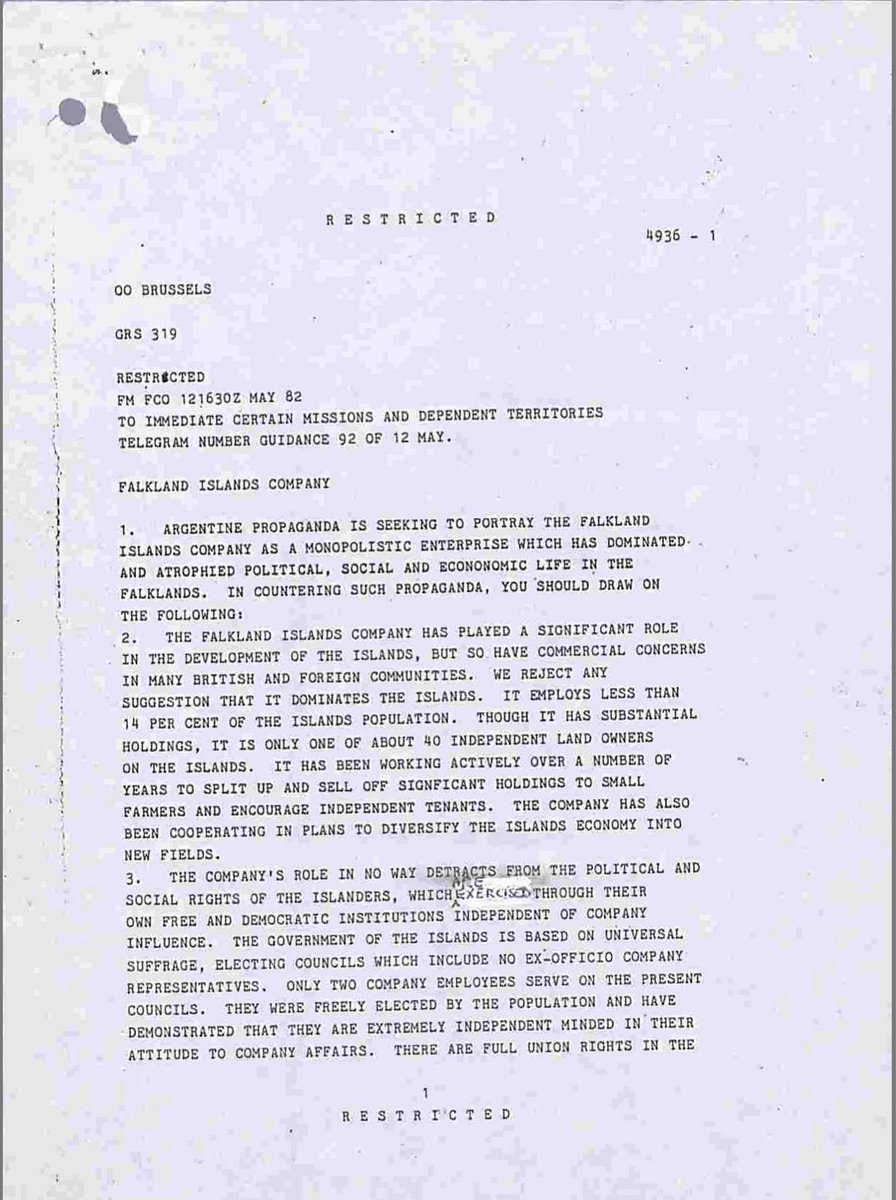
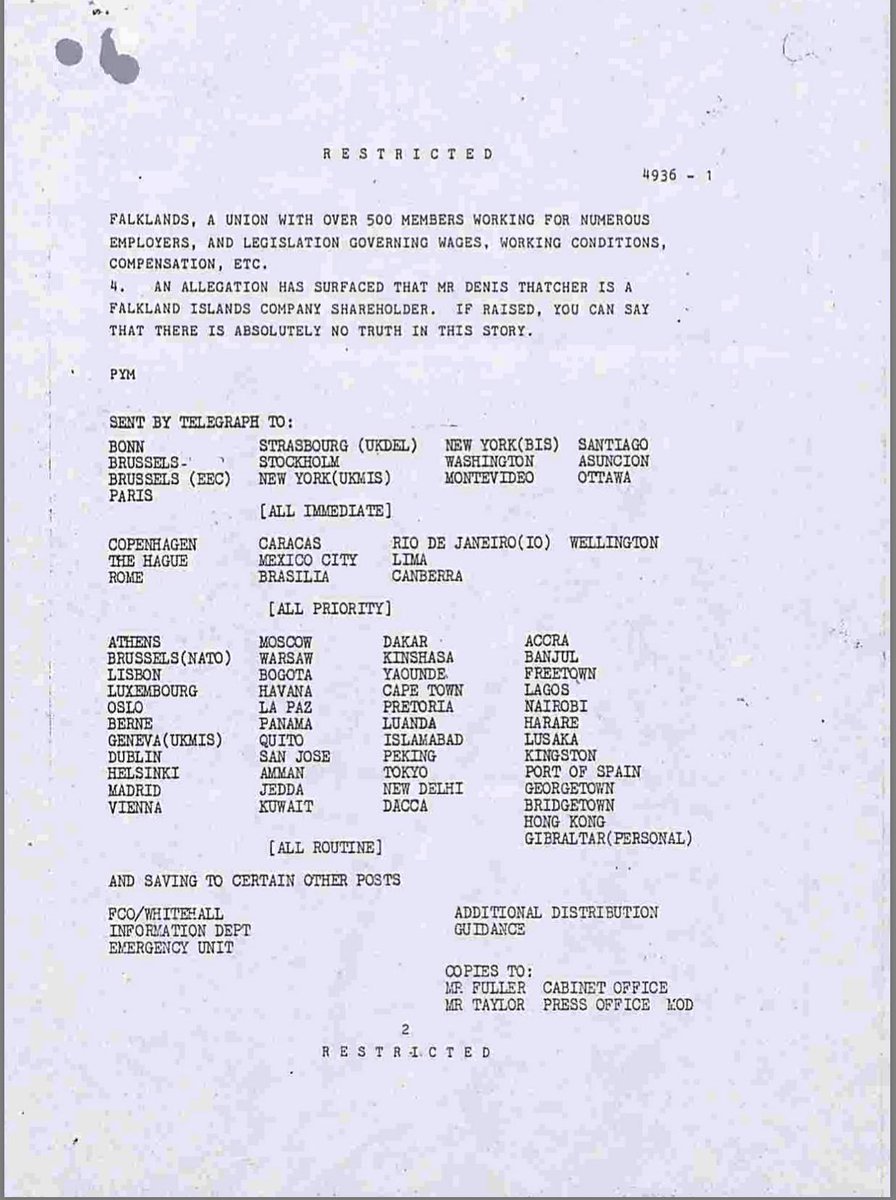
The 188 Argentine soldiers captured on South Georgia are handed over to the Red Cross on Ascension Island and flown to Montevideo.
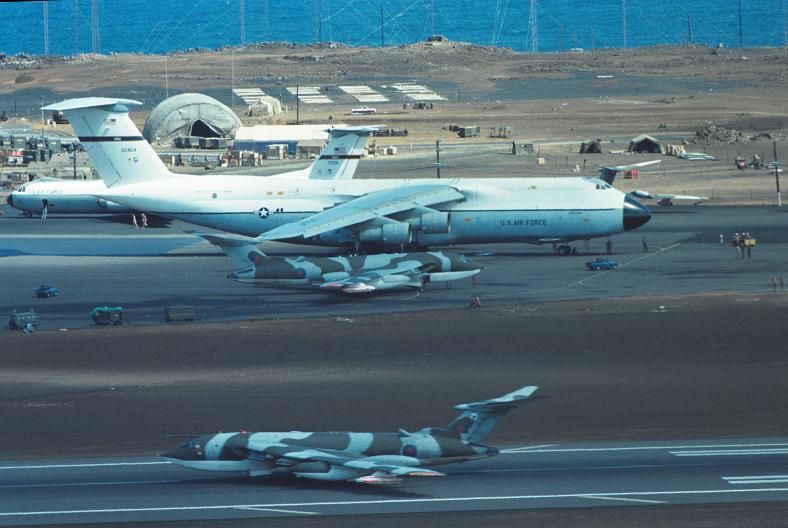
-Japan being cautious, but have announced sanctions on Argentina
-Africa: Senegal, Sierra Leone and Gambia providing support to UK. Kenya and Nigeria also remain supportive.
No surprises in any of the above, but nonetheless interesting.
Talks about "strategic importance".
Good phone call for Thatcher. Reagan too comes across well. #SpecialRelationship
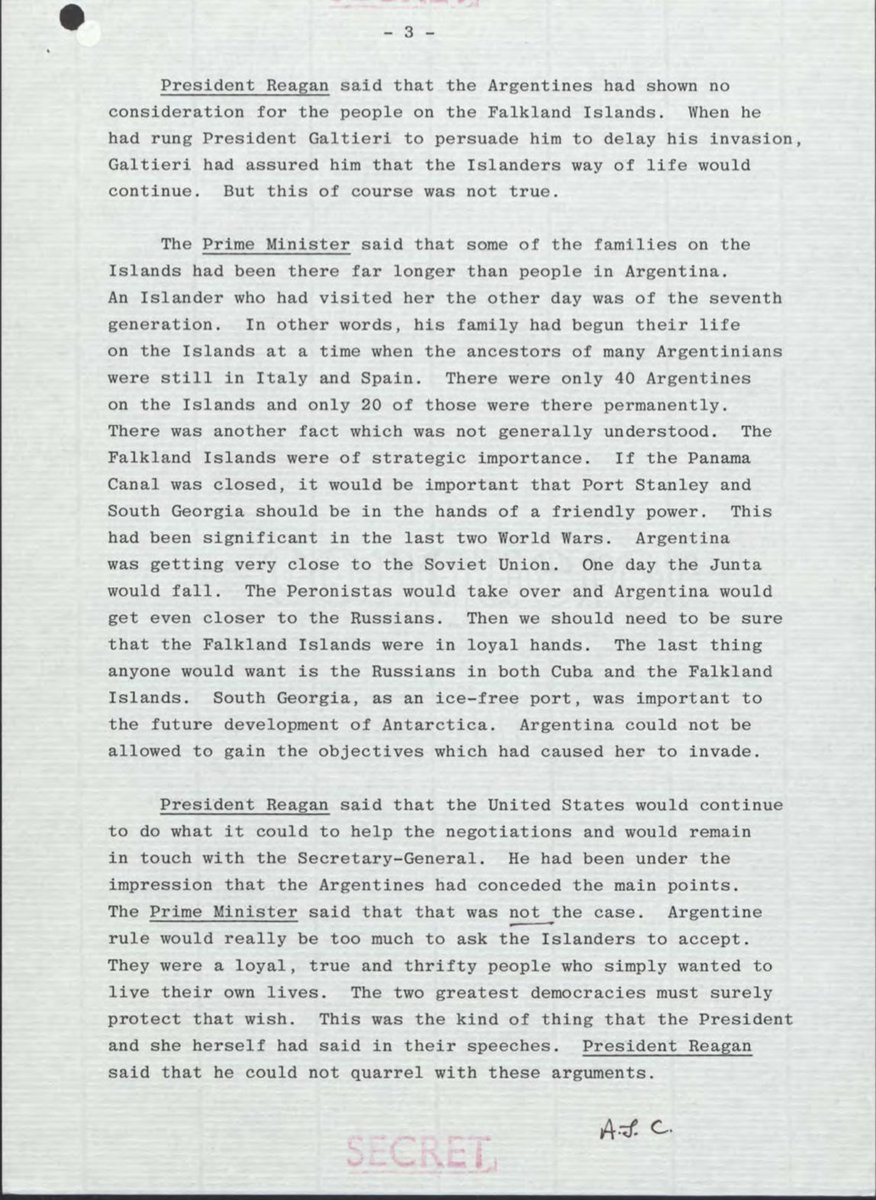
White House outlines measures of support for the UK:
"Suspension of all military exports to Argentina", removal of their certification to receive military sales, and "withholding of new Export-Import bank credits" to Argentina.
Note redacted section.
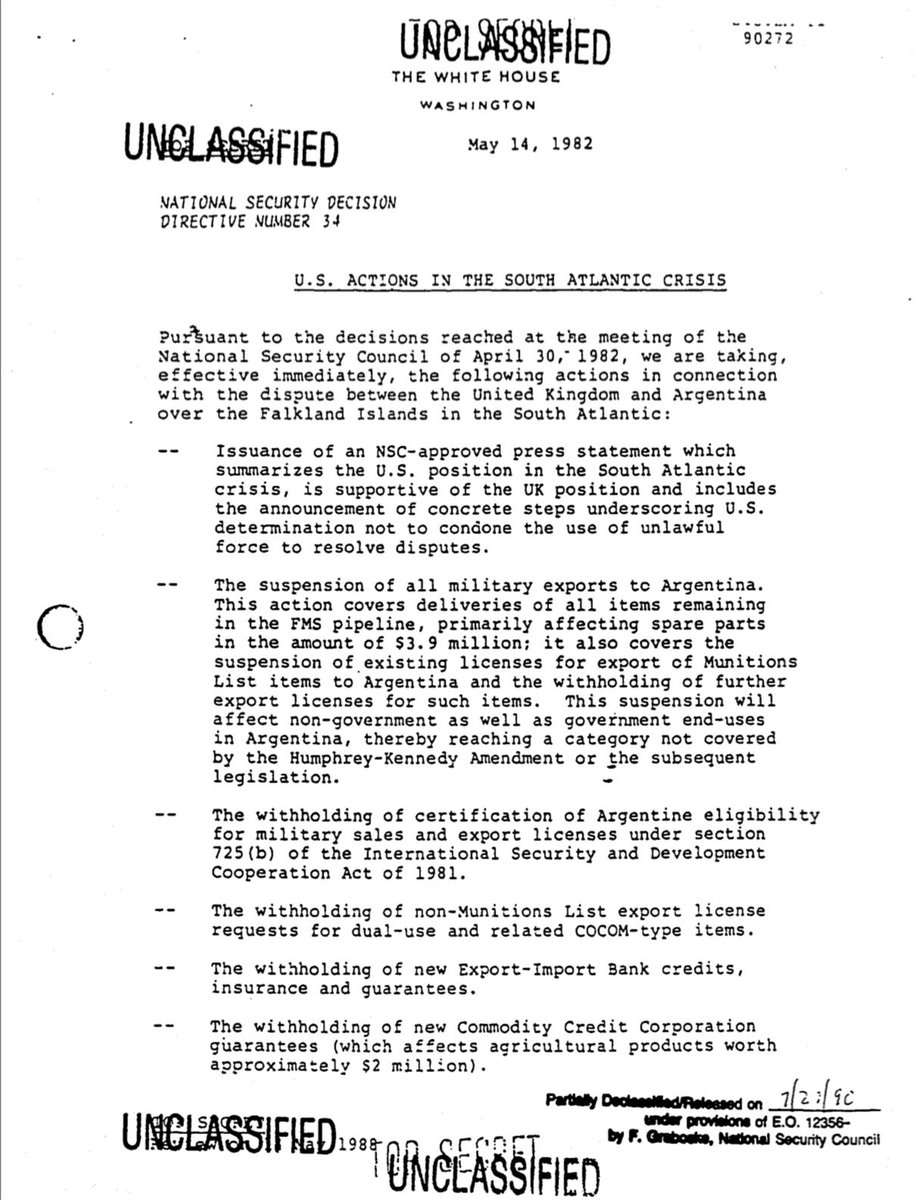
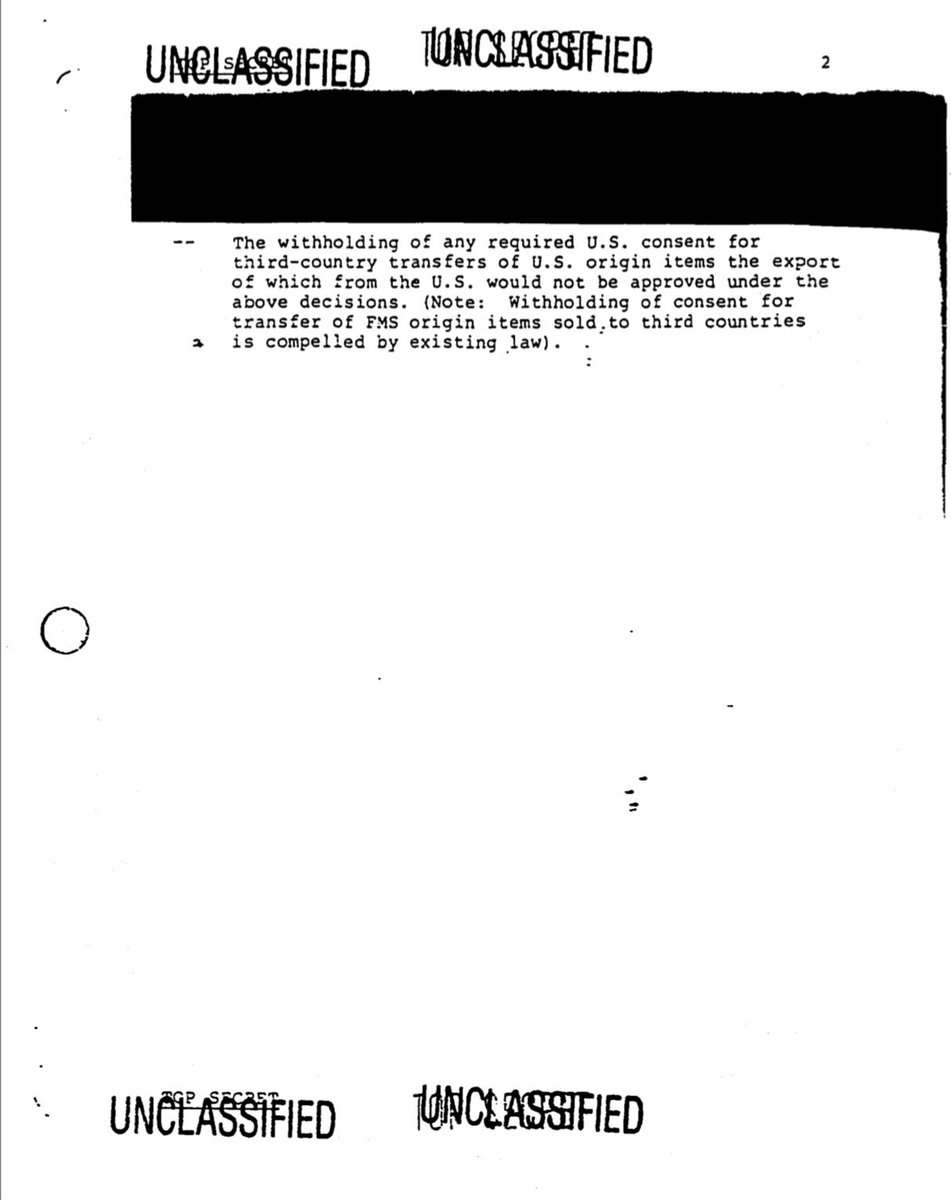
If it is found it should be stopped and searched. Buenos Aires is informed via the Swiss Embassy.
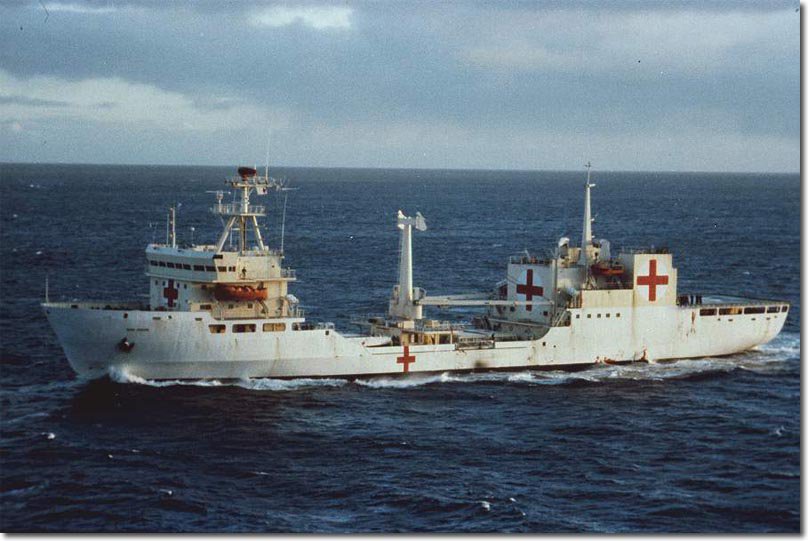
Have to be up early tomorrow for the @RUSI_org Sea Power Conference.
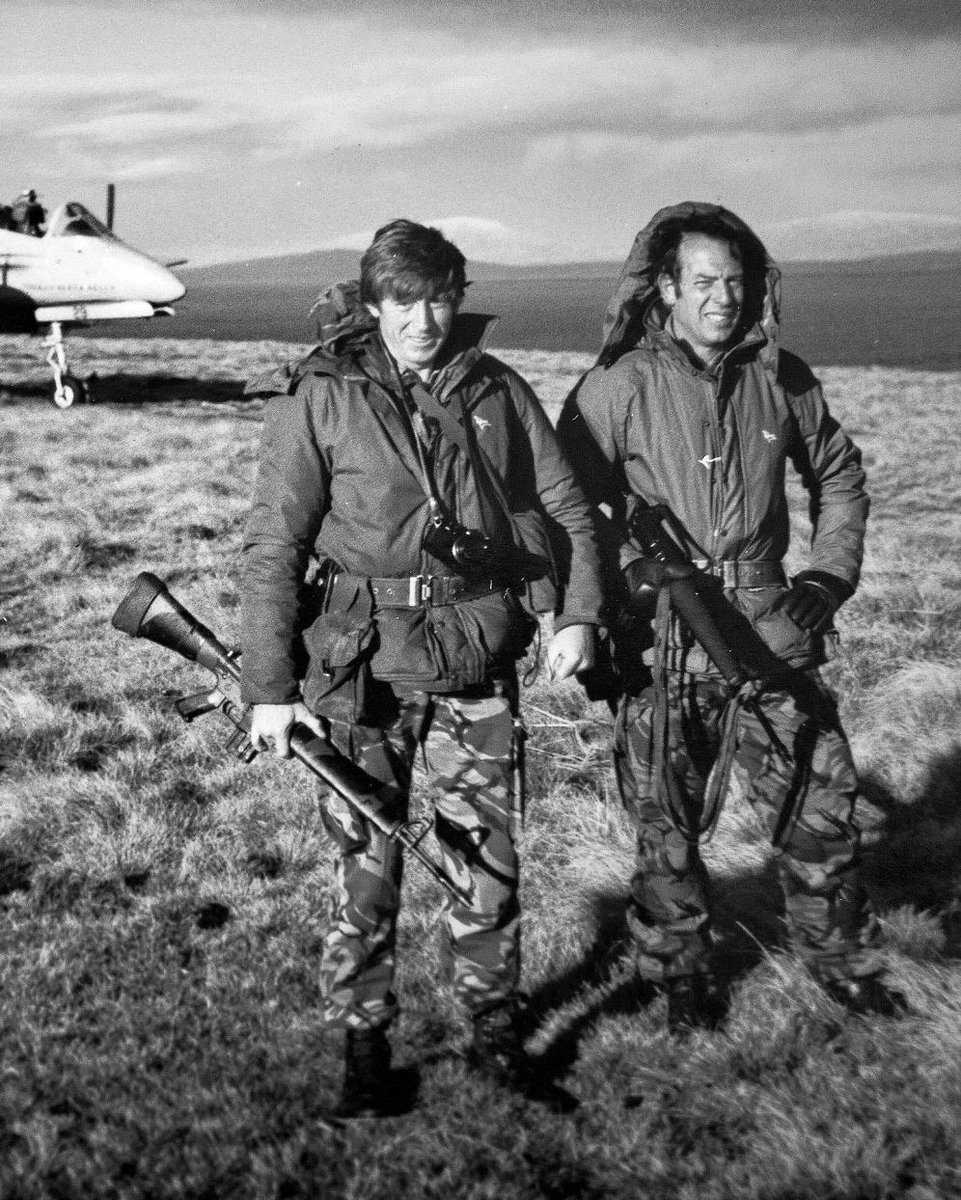
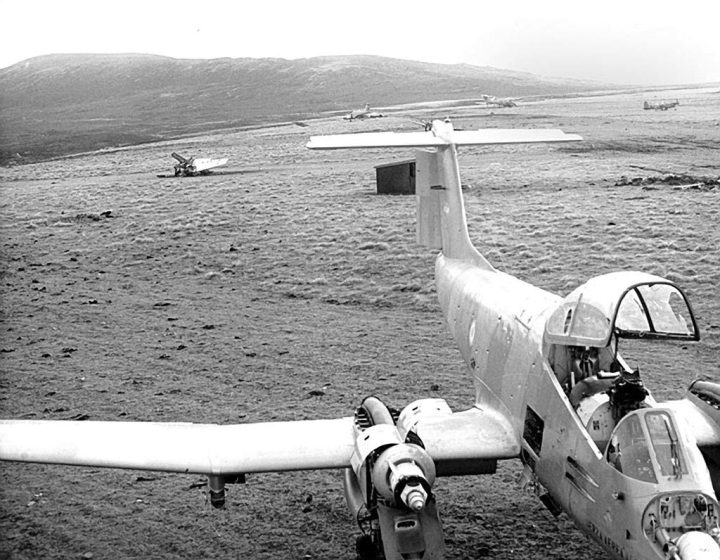
The Río Carcarañá, an Argentine cargo ship is attacked by Sea Harriers off Port Stanley.
She catches fire, but doesn’t sink until 23 May when she’s attacked again, this time by Sea Skua missiles fired from a Lynx.
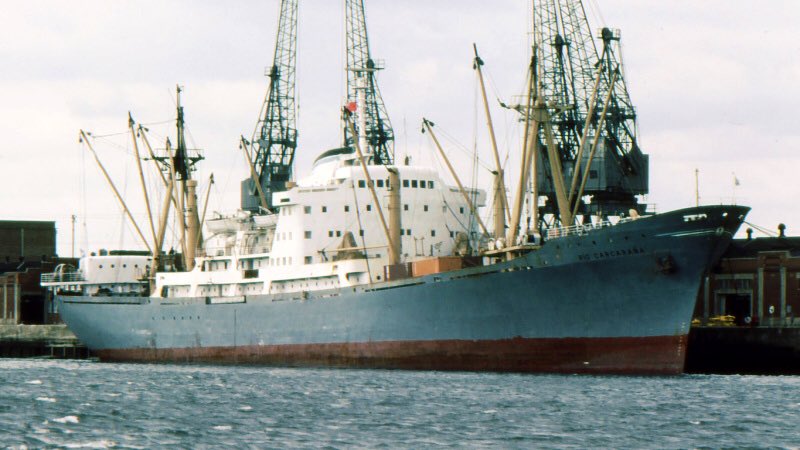
But seriously, if you have any interest in the Falklands, military, or just enjoy a good book, read this. It’s a first hand account of the SAS in the Falklands
amazon.co.uk/Across-Angry-S…
ARA Bahía Buen Suceso is attacked by Sea Harriers from HMS Hermes while at Fox Bay. She was storing ammunition.
Because she was so close to civilians, the Harriers use 30mm cannons rather than bombs. The main engine room is damaged substantially.
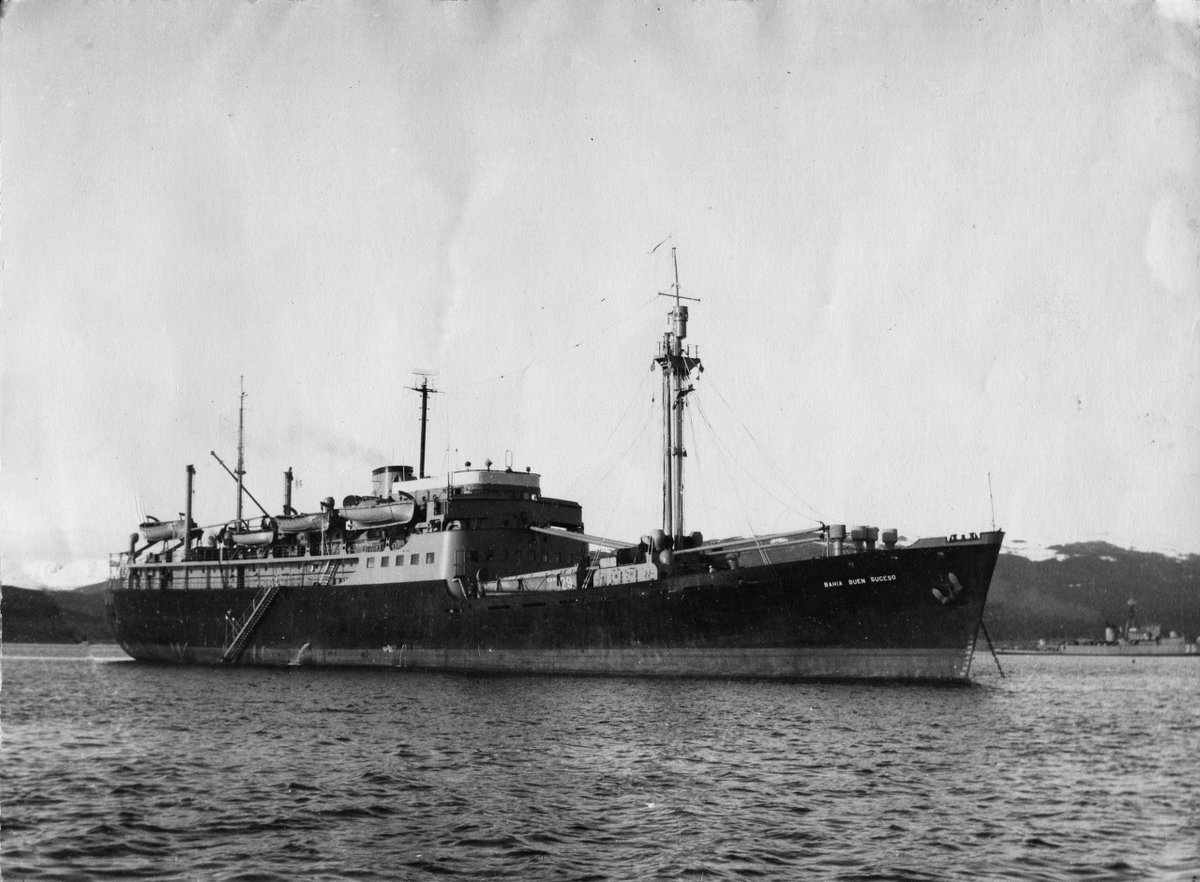
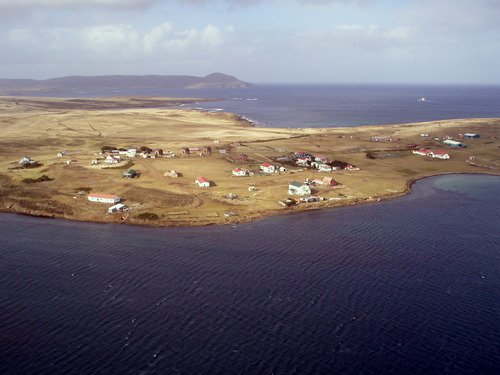
FCO say it is "unlikely" that there is any uranium in the Falklands.
There was concern that Soviets could buy from Argentina any uranium found.
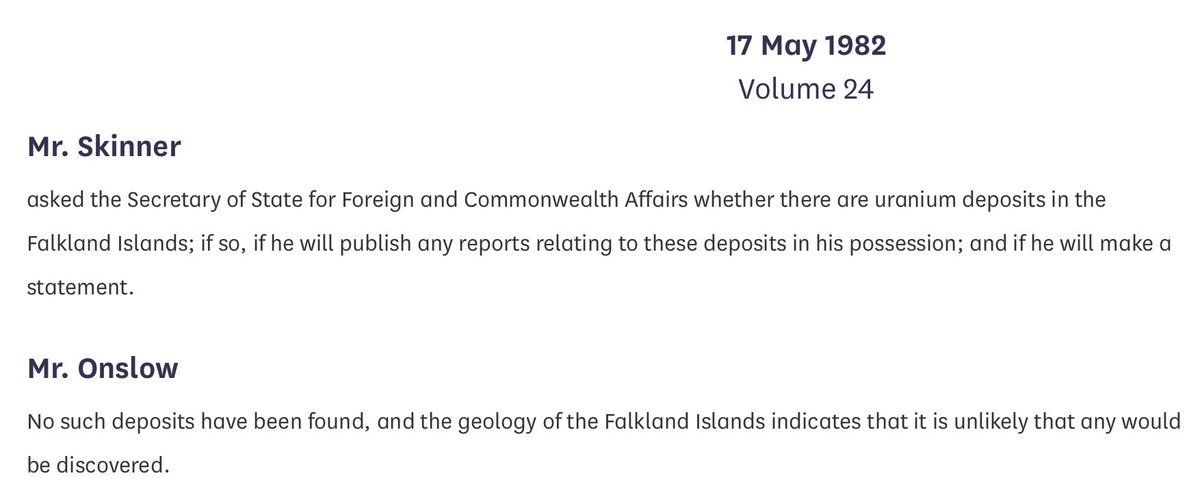
The crew gave themselves up to Chile and were returned to the UK. It's believed that they were dropping off special forces in Argentina.
Read more here: naval-history.net/F40-Sea_King_h…
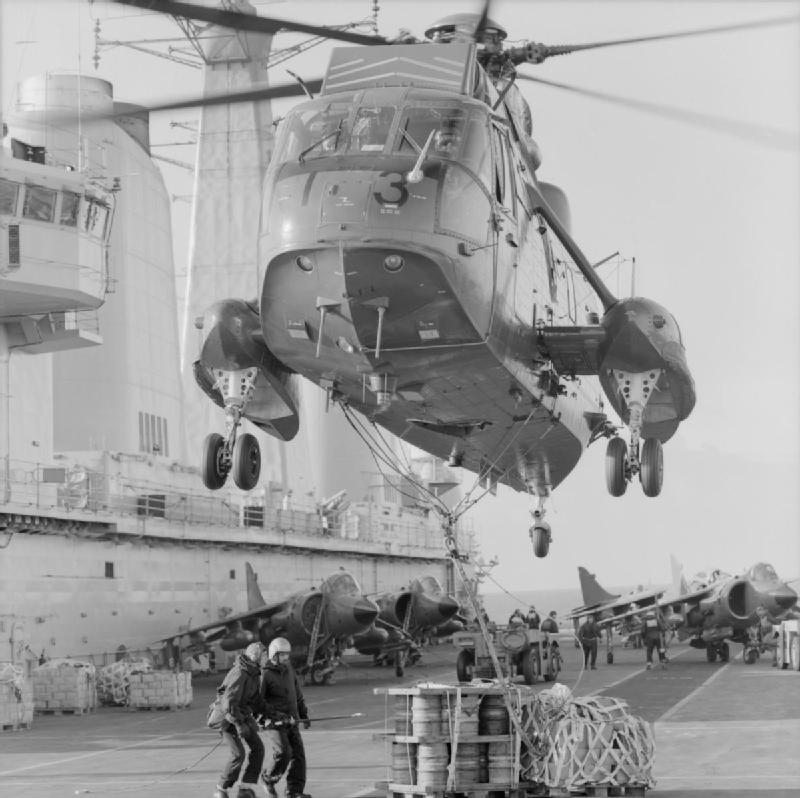
Thatcher won't give the Commons advance notice of the landing: "To say that we have to consult people in the House, apart form being constitutionally wrong, would give notice to the invader of when we intended to take action. That would be stupid."

Now within the TEZ, the Atlantic Conveyor disembarked four Harriers to HMS Invincible, and four to HMS Hermes.
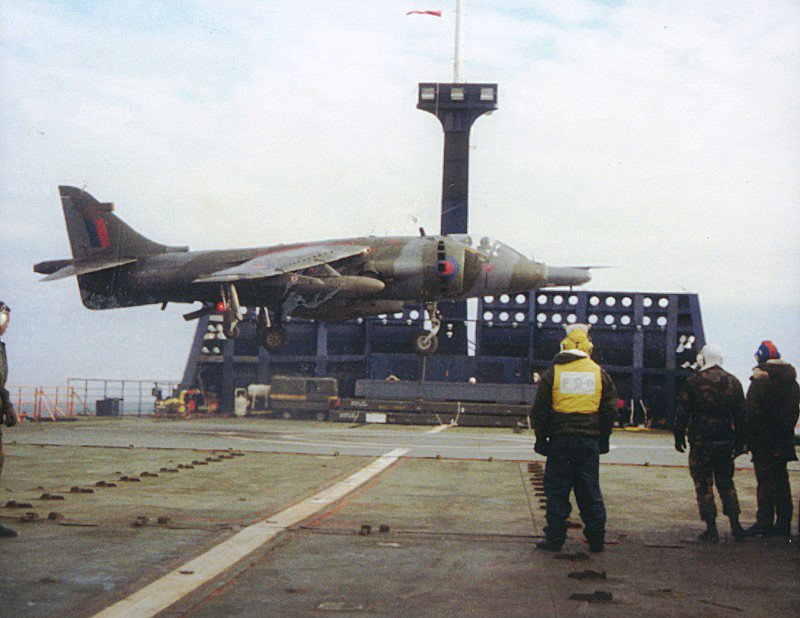
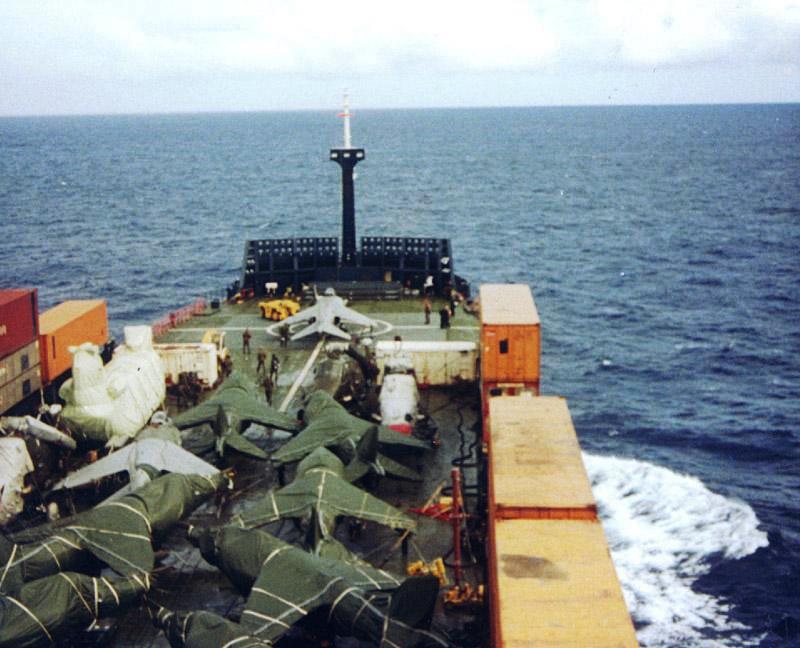
Something I missed yesterday: Sea King crash while cross-decking between HMS Hermes and HMS Intrepid. Image is of that Sea King.
21 of the 30 men on board were killed, including 18 SAS, some fresh from their Pebble Island triumph.
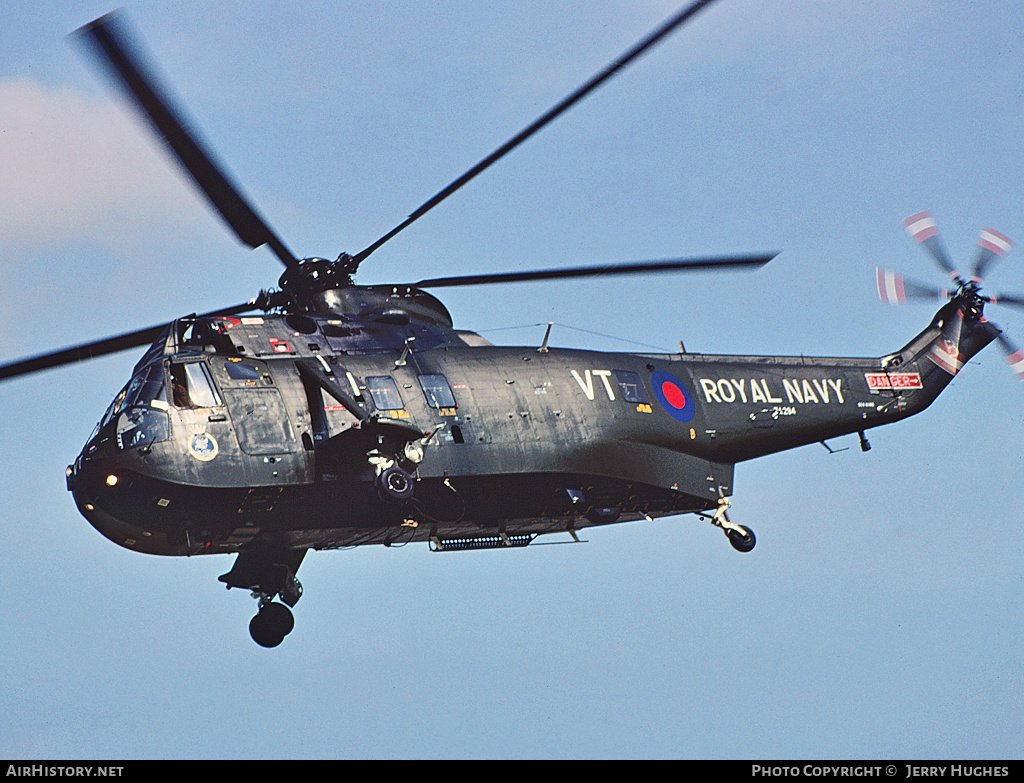
The ensuing debate can be read here: hansard.parliament.uk/commons/1982-0…
'PALPAS'
That was the code they were waiting for. The message from London that the Task Force could execute Operation Sutton and land on the Falklands
At 1125 on May 20th, Julian Thompson arrived at a meeting on HMS Fearless: "Gentlemen, we go"
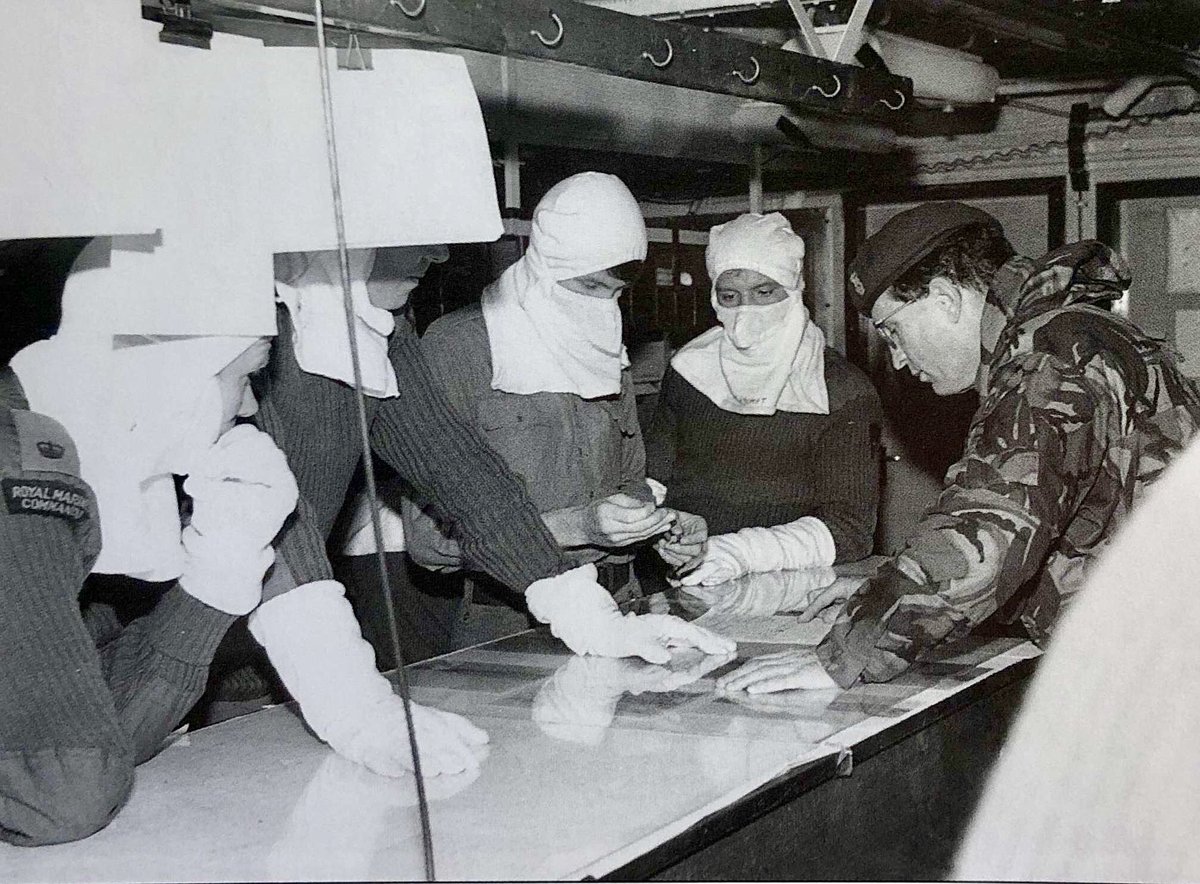
According to Fox, H was stood in the middle of the congregation, sharing his hymn sheet with a young Para.
But then the SBS started shooting, and HMS Antrim engaged with her 4.5 inch main gun.
Apparently H wasn't particularly impressed with the whole debacle: "This is a bloody shambles" he said to the Royal Marines officer who was with them
Various cases of miscommunication - the navy hadn't kept the SBS up to date of the plan, so 2 Para arrived at Blue Beach despite it technically not having been secured.
In hindsight, this wasn't an issue - the beach had not been mined.
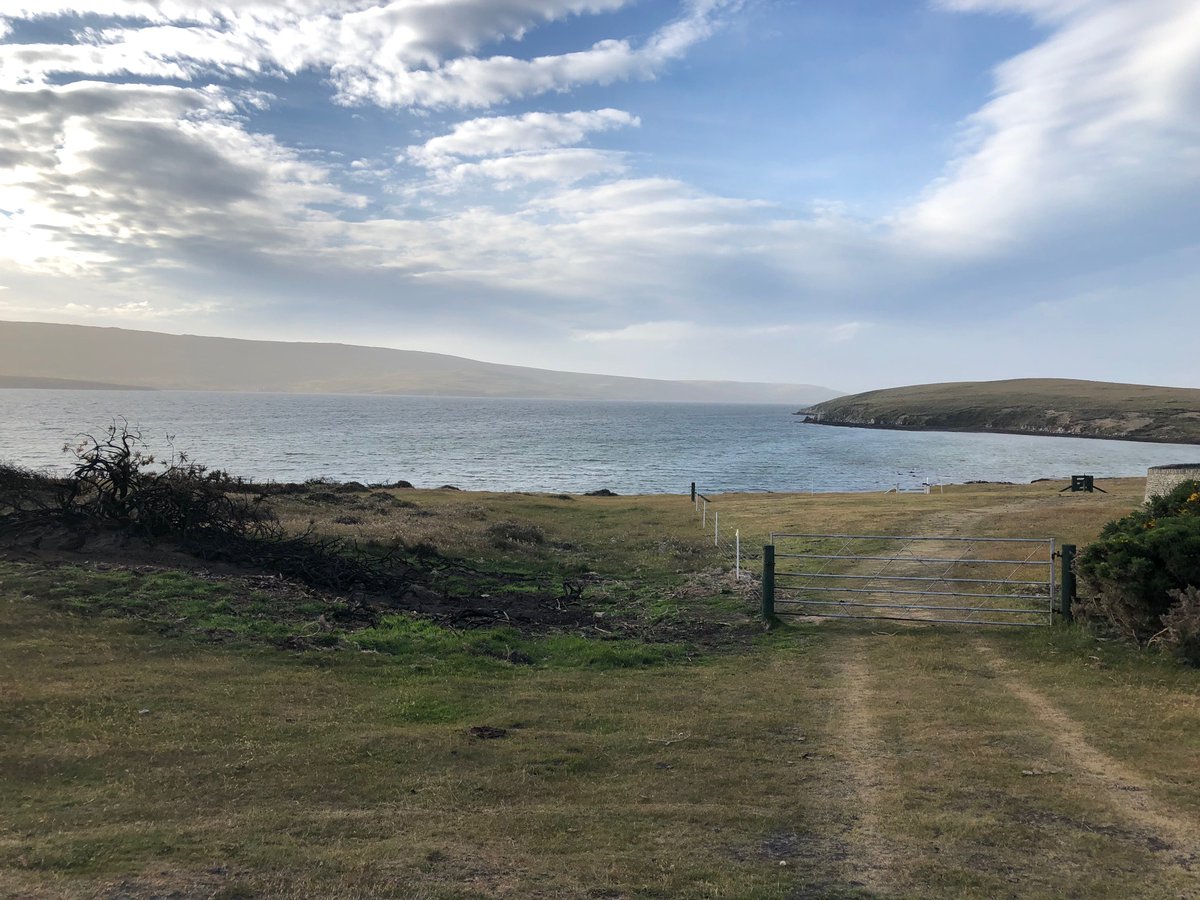
2 Para headed straight for Sussex Mountain 5 miles to the south-west. It was considered crucial that this high ground was denied to the enemy, as I shall now explain....
By midday on 21 May, 2 Para had secured the mountain.
Highlights the shortcomings with the Rapier missiles: they took hours to set up, some had been damaged during the voyage, and they couldn't be used at night - the radar guided version arrived later.
There was a second attack at 1337, this time from A-4 Skyhawks. Two sailors were killed.
Both bombs were defused.
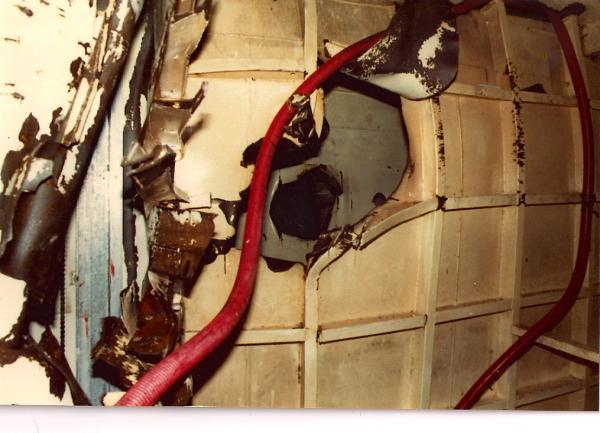

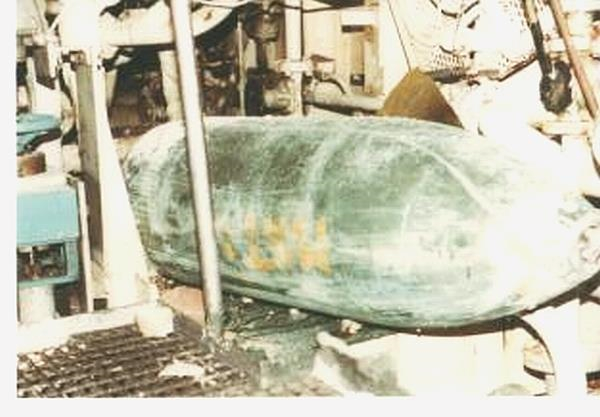
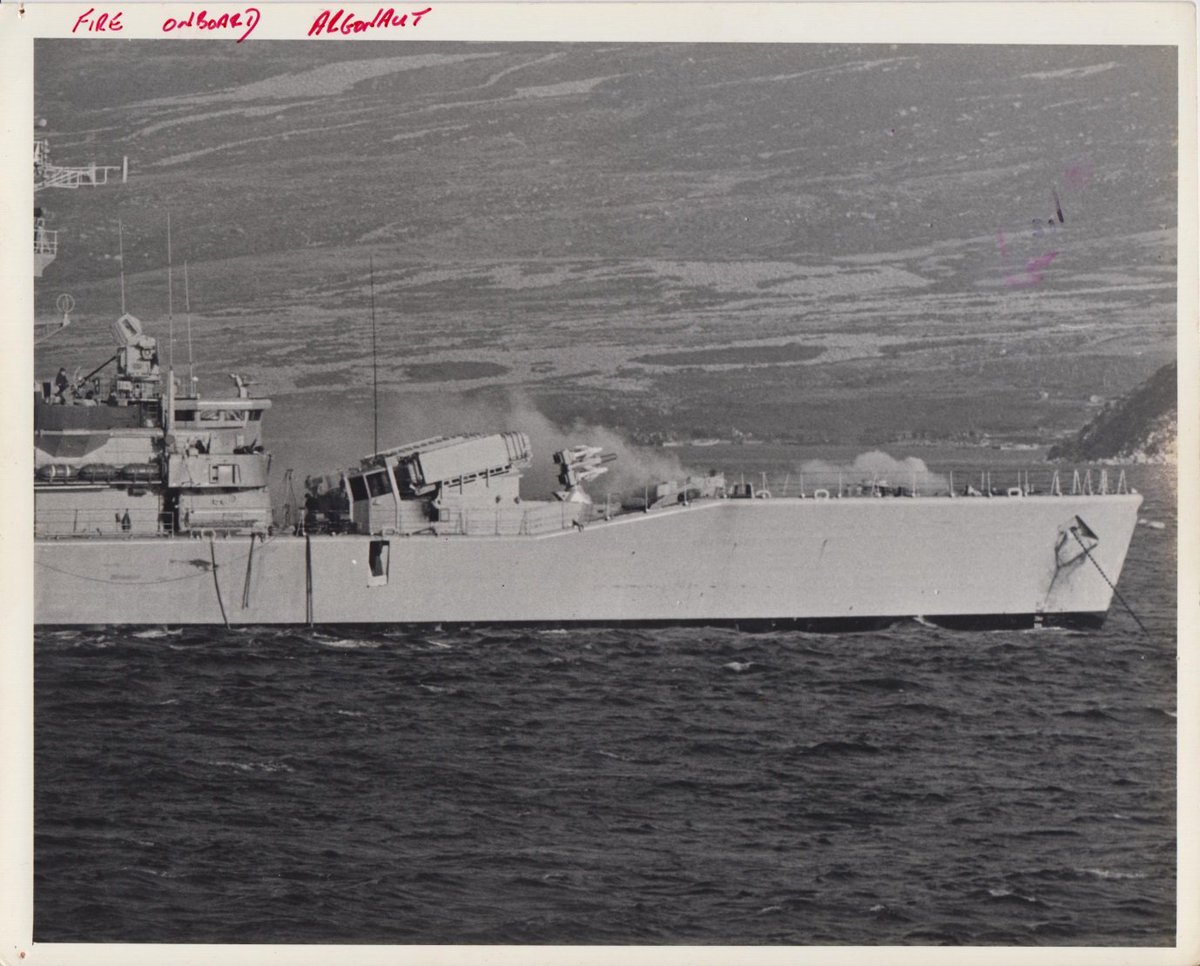
British troops are now ashore, and firmly established in the area surrounding San Carlos Water.
Naval casualties: Ardent (sunk), Argonaut (damaged), Antrim, Brilliant, Broadsword (hit by bombs that didn’t explode).
More was to come today.
He proceeded to rescue a fellow sailor who had fallen through a hole in the deck. At points he had to swim under the water to do this.
You can read more about what he did here: telegraph.co.uk/culture/tvandr…
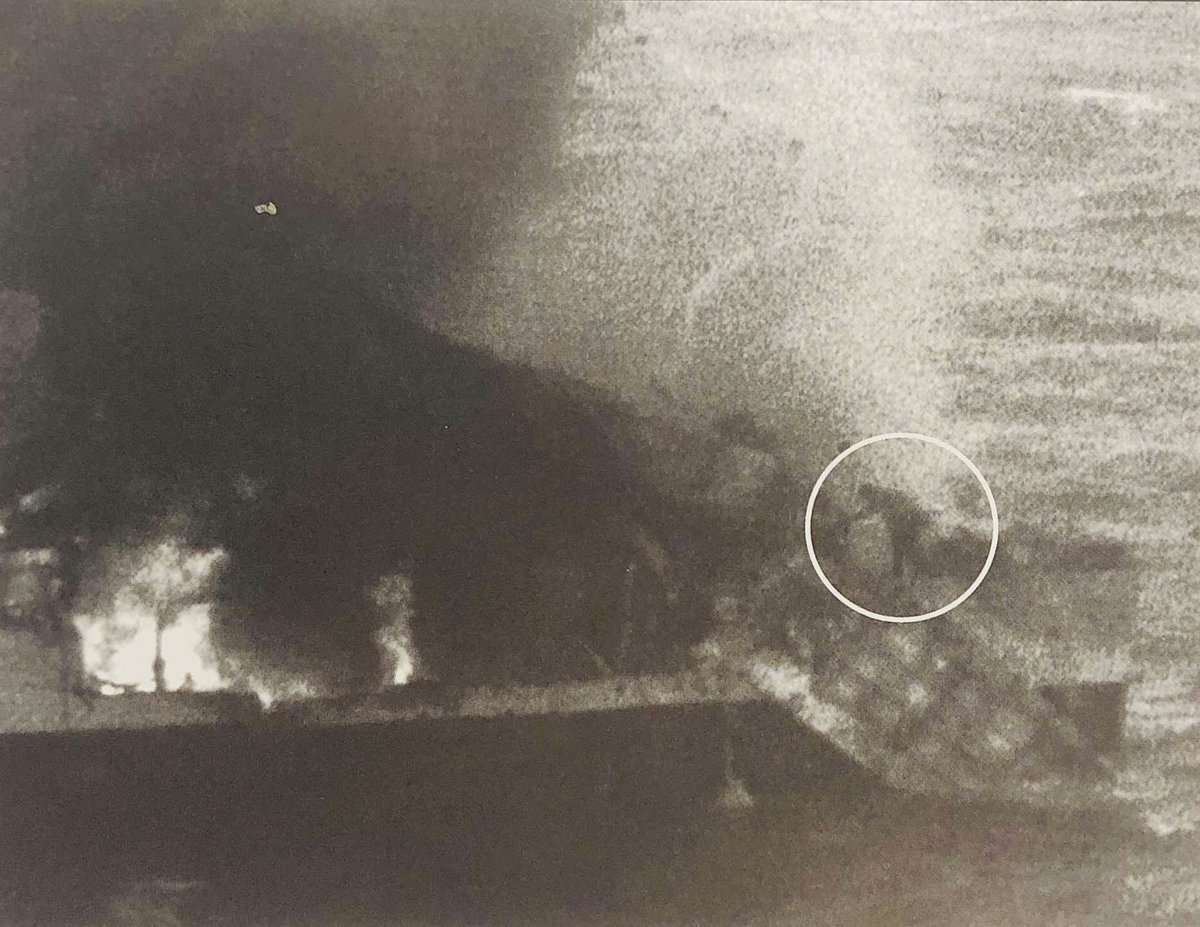
If so, watch this video - despite the VERY irritating music, it shows the barren and harsh Falklands landscape very well 👇👇
Defence Secretary John Nott makes a statement in the House of Commons: "On the night of Thursday 20 May, Her Majesty's forces re-established a secure base on the Falkland Islands and the Union Flag is today flying over the settlement of San Carlos."
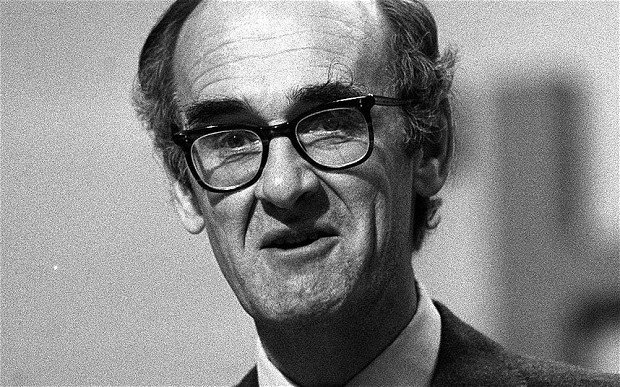
Full statement can be read here (worth a read - very interesting): hansard.parliament.uk/commons/1982-0…
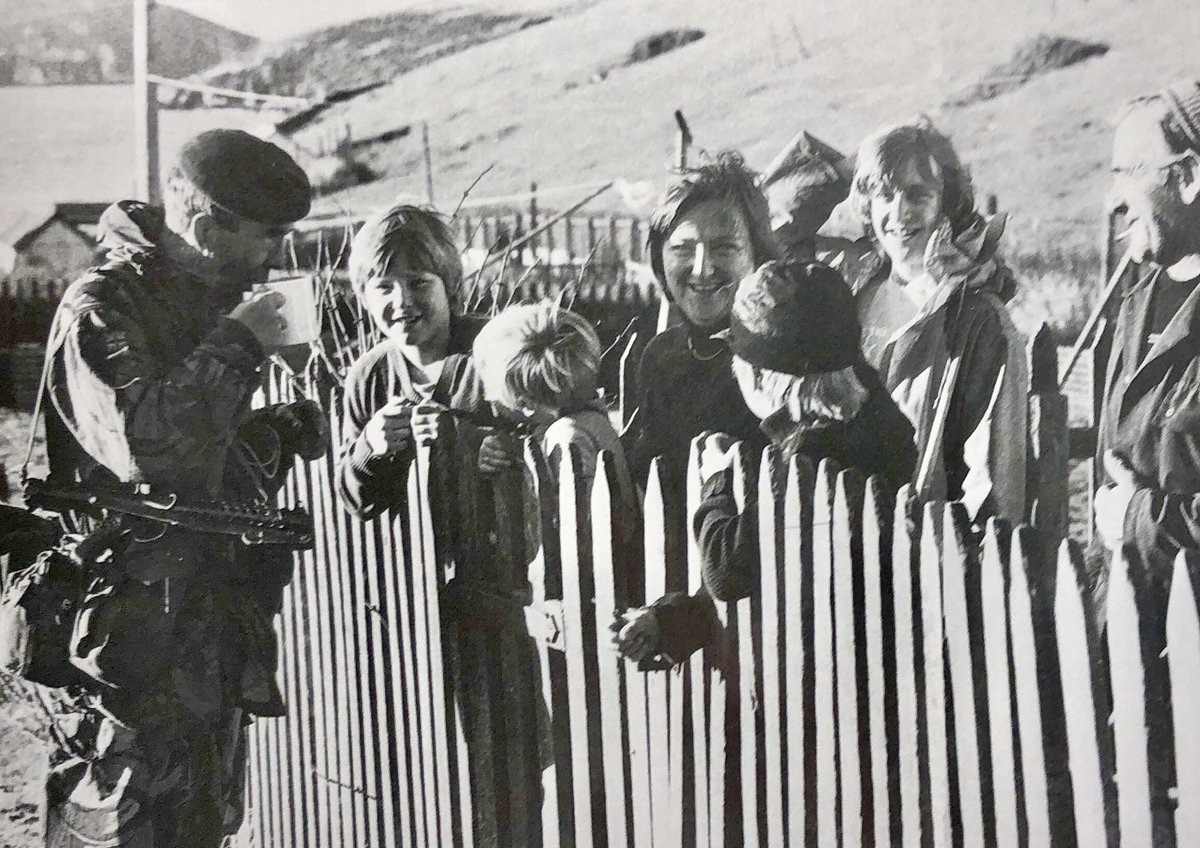
Thatcher speaks to the Archbishop of Canterbury regarding Pope’s visit:
-Government’s offer to stay out of visit was "helpful"
-No Ministers would attend service with the Pope on 29 May. BUT Prince of Wales would attend, as would backbench MPs
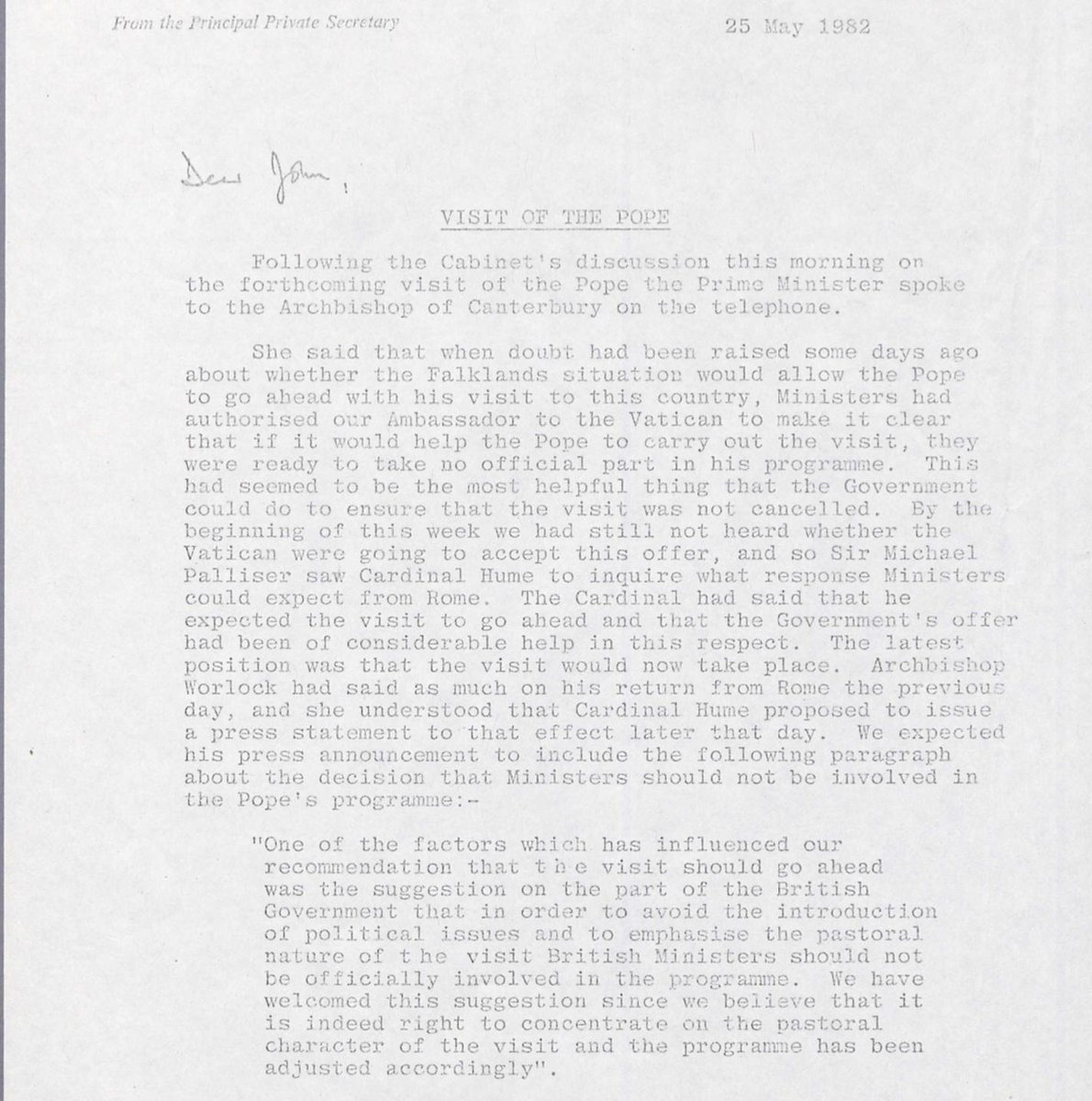
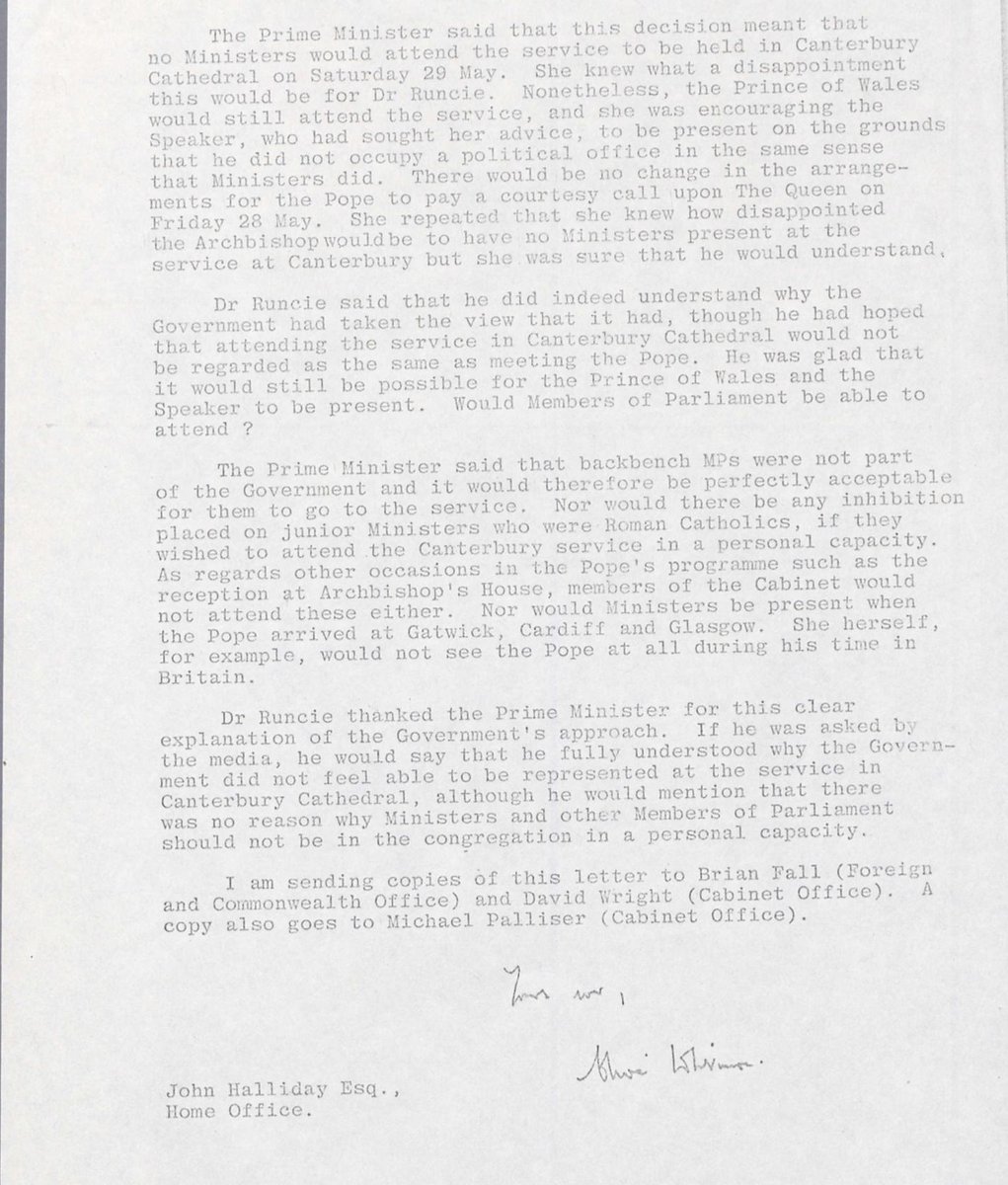
In a War Cabinet meeting, the Prime Minister identifies the importance of some "earliest possible progress" regarding the land campaign.
2 Para by now had left Sussex Mountain, and were on their way to Goose Green. More on that later.
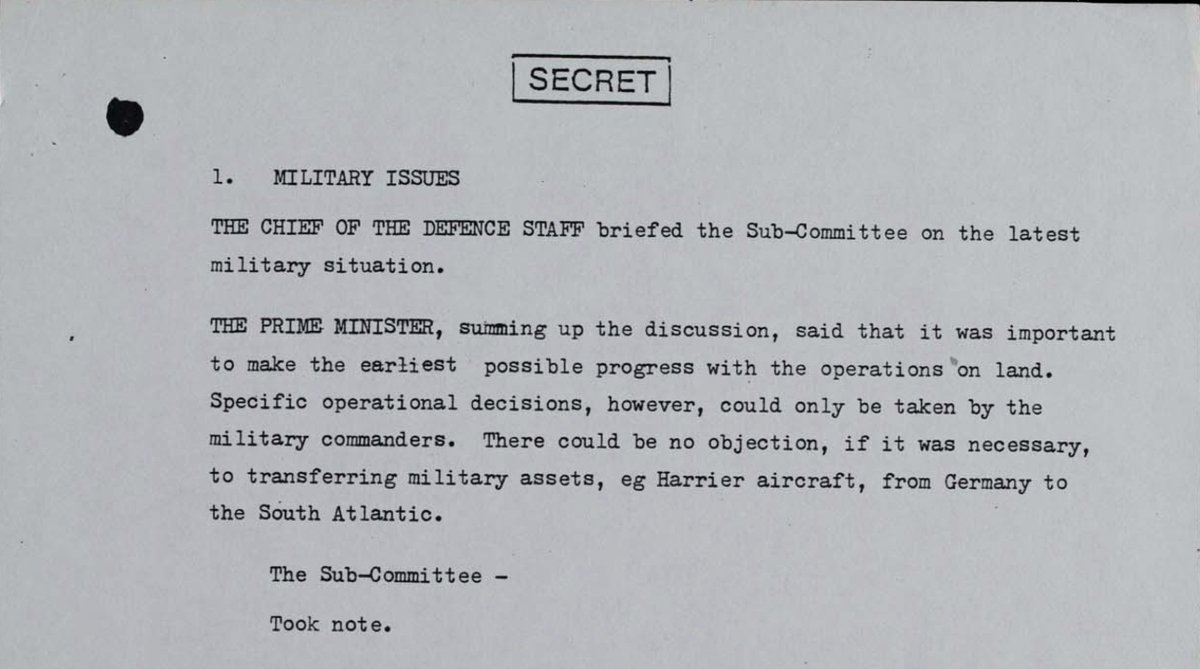
-2 Para would therefore have to eliminate the enemy in darkness, and be positioned on the edge of Darwin and Goose Green by dawn
Apologies for that!
A phased battle could be flexible - one phase would not begin until the previous one had been completed.
Night attacks are also difficult to control, and disorientation is a genuine risk.
They consisted of around 12 men including H, his bodyguard Sergeant Norman, Major Tony Rice (Royal Artillery), and a Mortar Officer - Captain Mal Worsley-Tonks.
Frustratingly, I will have to continue that tomorrow. Other commitments now beckon.
There were 7km between Camilla Creek House and the start line. A Company led, followed by Tac 1, then B Company etc etc.
The only noise was that of 550 soldiers on the move.
They’d been ready on the start line at 2230hrs....
They then moved on to Coronation point at 0314, 80 minutes behind schedule. At this point they were only at Phase Three of their plan.
They were due to do so anyway as part of the plan, but H wanted to accelerate that.
There are two conflicting accounts.
This in theory would have made sense: H wouldn’t have wanted one company to advance ahead of another - that would have exposed an unprotected flank.
Tac 1 then turned up and H told them to "get a bloody move on".
The aim was to reach Darwin by dawn.
There wasn’t. So they continued on to Darwin Ridge, 1.5km further on. It was now almost dawn.
There had already been a number of British casualties.
But when the light improved, the Argentines had the advantage. They had the high ground and now had a great field of view. B Company were about to have a very unpleasant few hours.
Tac 1 reviewed the situation at dawn: they were badly behind schedule, and had yet to engage a substantial enemy position. They were still 4km away from Goose Green.
Another issue was that 3 Platoon were 650 metres away - the dodgy intelligence had sent them to an area where in reality the enemy wasn't.
No progress was being made, despite a number of skirmishes up the hill.
"Where?" asked Norman.
"There" replied H, pointing to the gully leading up to the ridge.
They found A Company's HQ there.
"H has been criticised for going forward, as if somehow it was tactically unsound and unprofessional.
It was now about 0830hrs. H and his team had been stationary for 45 minutes.
Most of the soldiers had been on the ground, and motivating them to get up and continue was difficult.
He took command of the few men around him, and set out to regenerate the lost momentum.
According to Norman, "The CO decided to go right flanking. All he said was "follow me, we're going right," and off he went."
Where I zoom in on the left is where he was hit from.
Shoulder fired grenades were fired at the trenches, and progress was made.
Reagan calls Thatcher and urges her to consider a ceasefire (in the wake of victory at Goose Green).
UK has now has "upper hand militarily" so should "strike a deal."
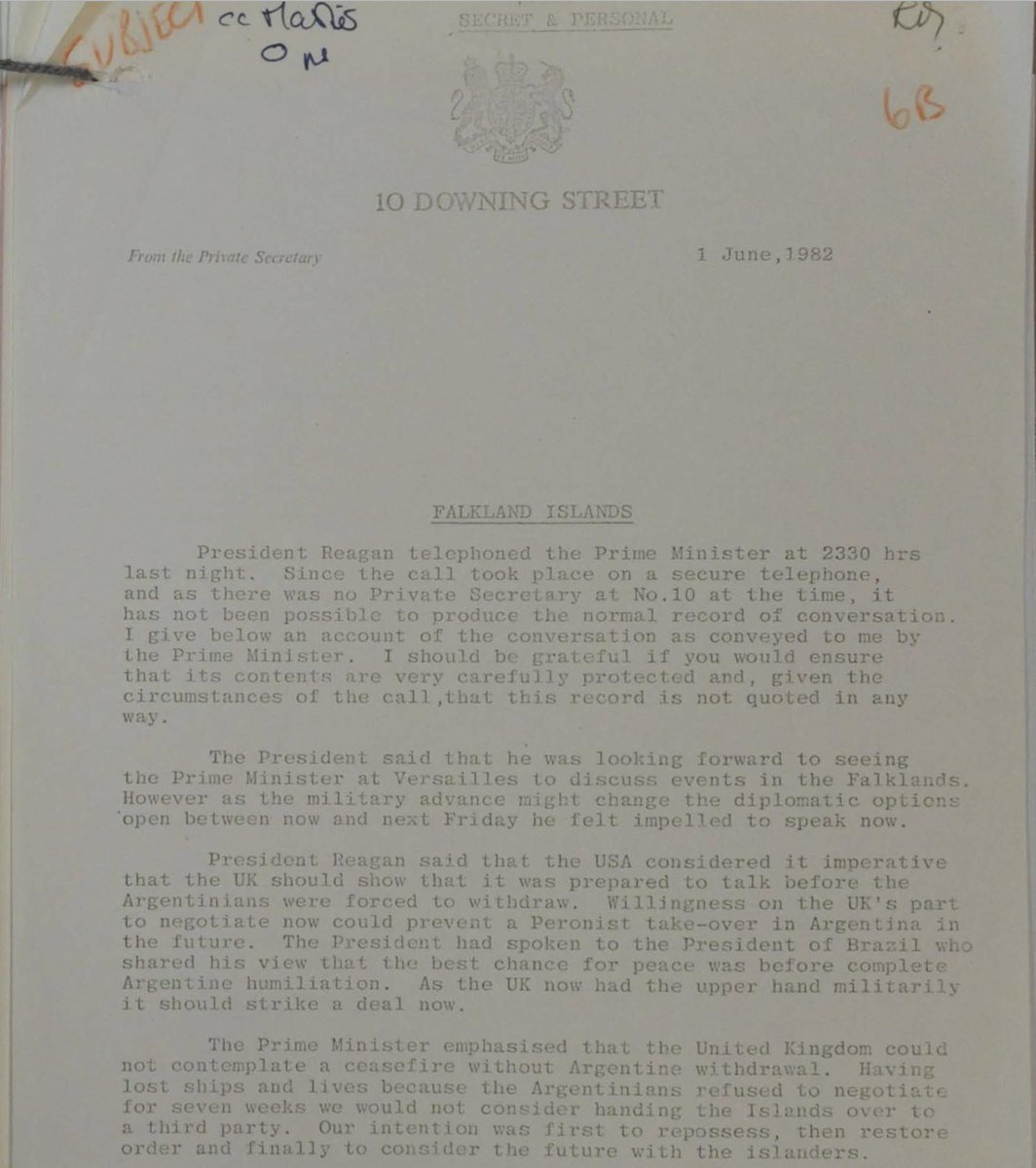
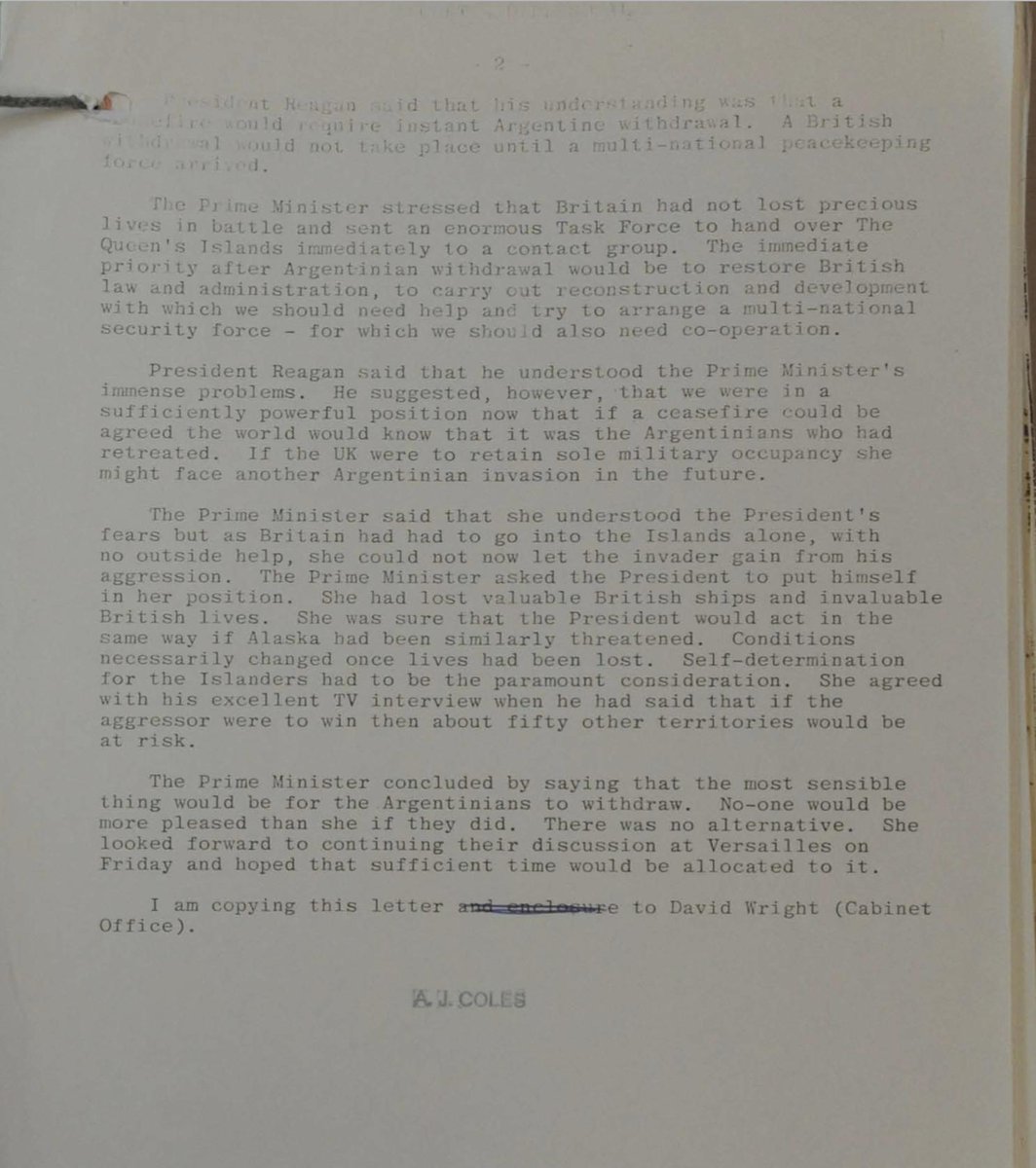
She would not let "the invader gain from his aggression."
She goes a step further, and asks Reagan to put himself in her shoes. Uses the Alaska example.
In a vote on the latest OAS (Organization of American States) resolution, US Ambassador William Middendorf abstains. This was seen as an insult: the resolution was heavily favoured towards Argentina.
Prior to the G8 summit, Thatcher meets with Reagan in Paris. Reagan didn't want anyone else there.
-Thatcher only interested in an Argentine ceasefire, followed by withdrawal within 14 days
-Reagan unaware that Argentines had napalm bombs
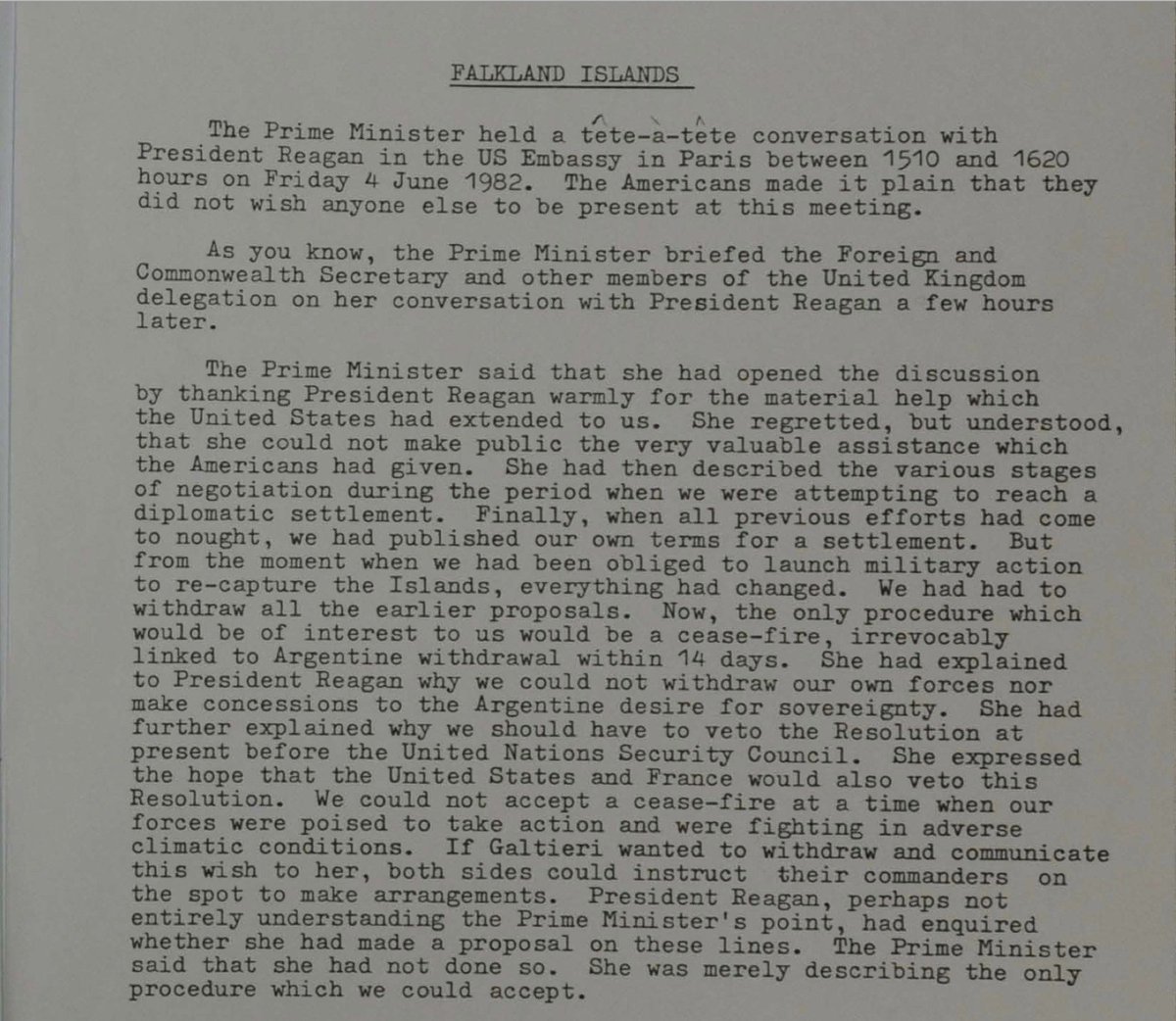
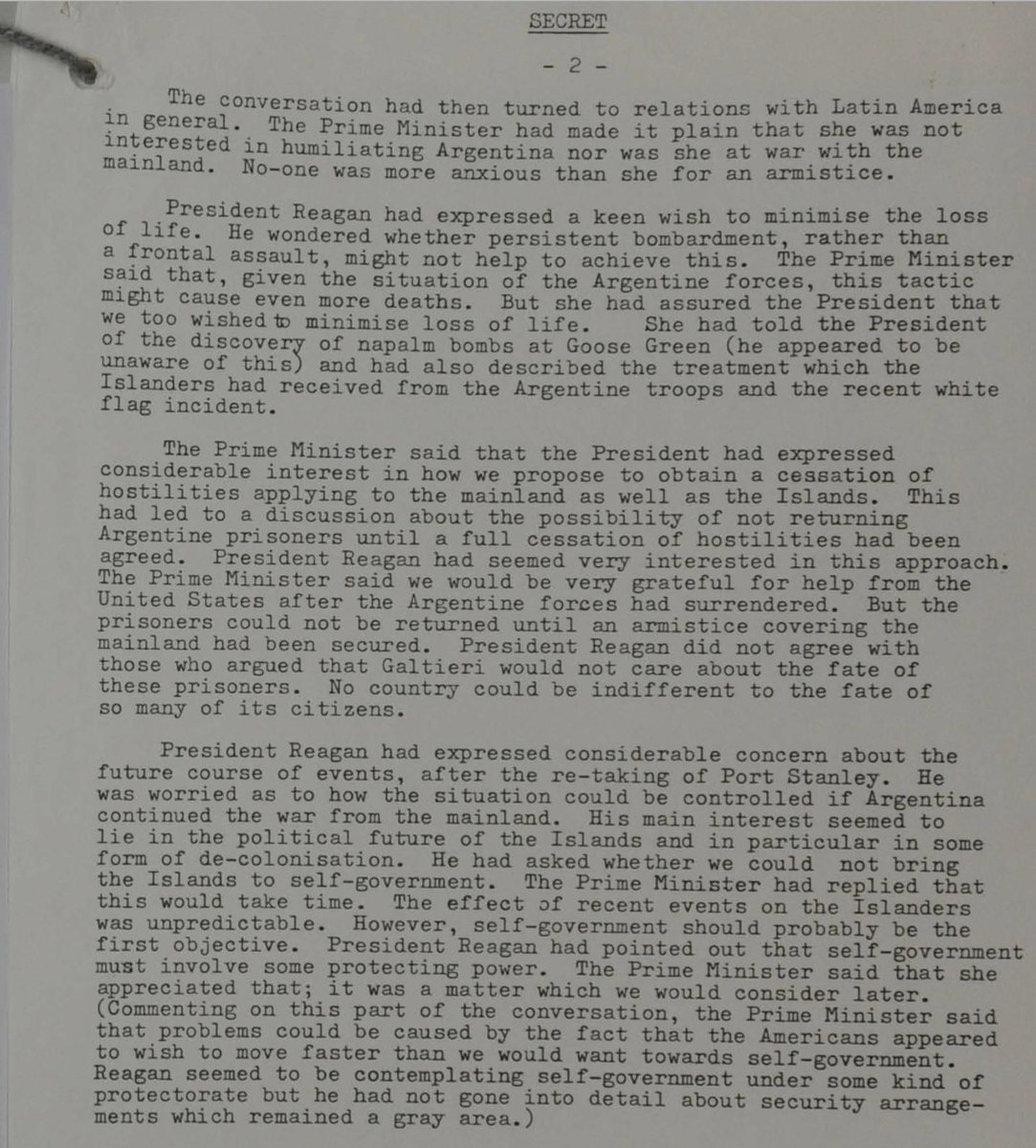
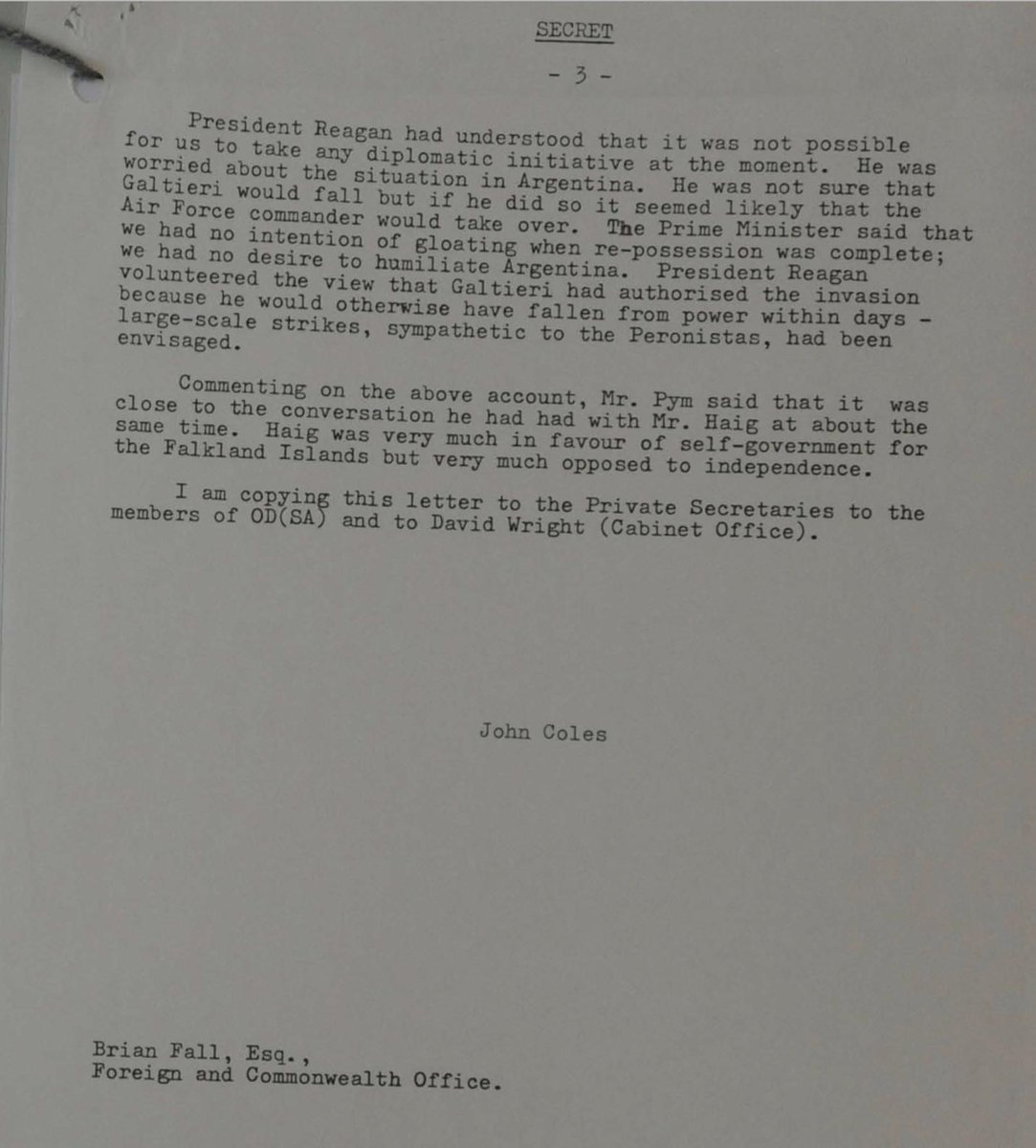
Haig was improvising. Reagan meanwhile was working off the principle of supporting the UK and trying to help.
HMS Cardiff and Active were patrolling near Stanley, on standby to bombard if necessary came. They were also enforcing a blockade.
3 Para were north-west of Mount Longdon (will do an extensive update on them tomorrow).
CIA report on Falklands situation:
-Low level attacks on British ground forces increasingly less likely (Rapier now in operation)
-Argentines likely to focus on logistic ships instead (Bluff Cove attacks were to take place tomorrow....)
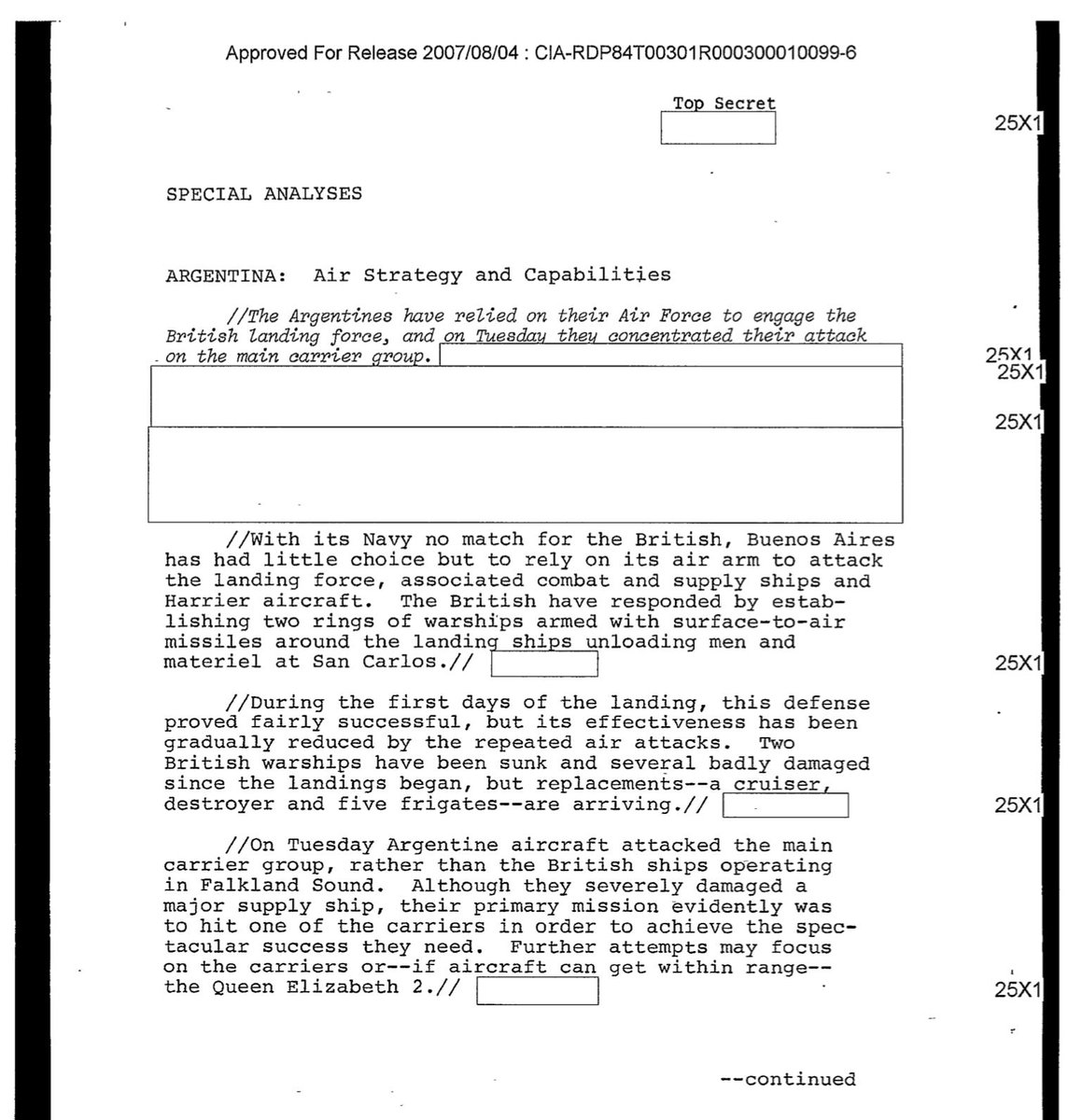
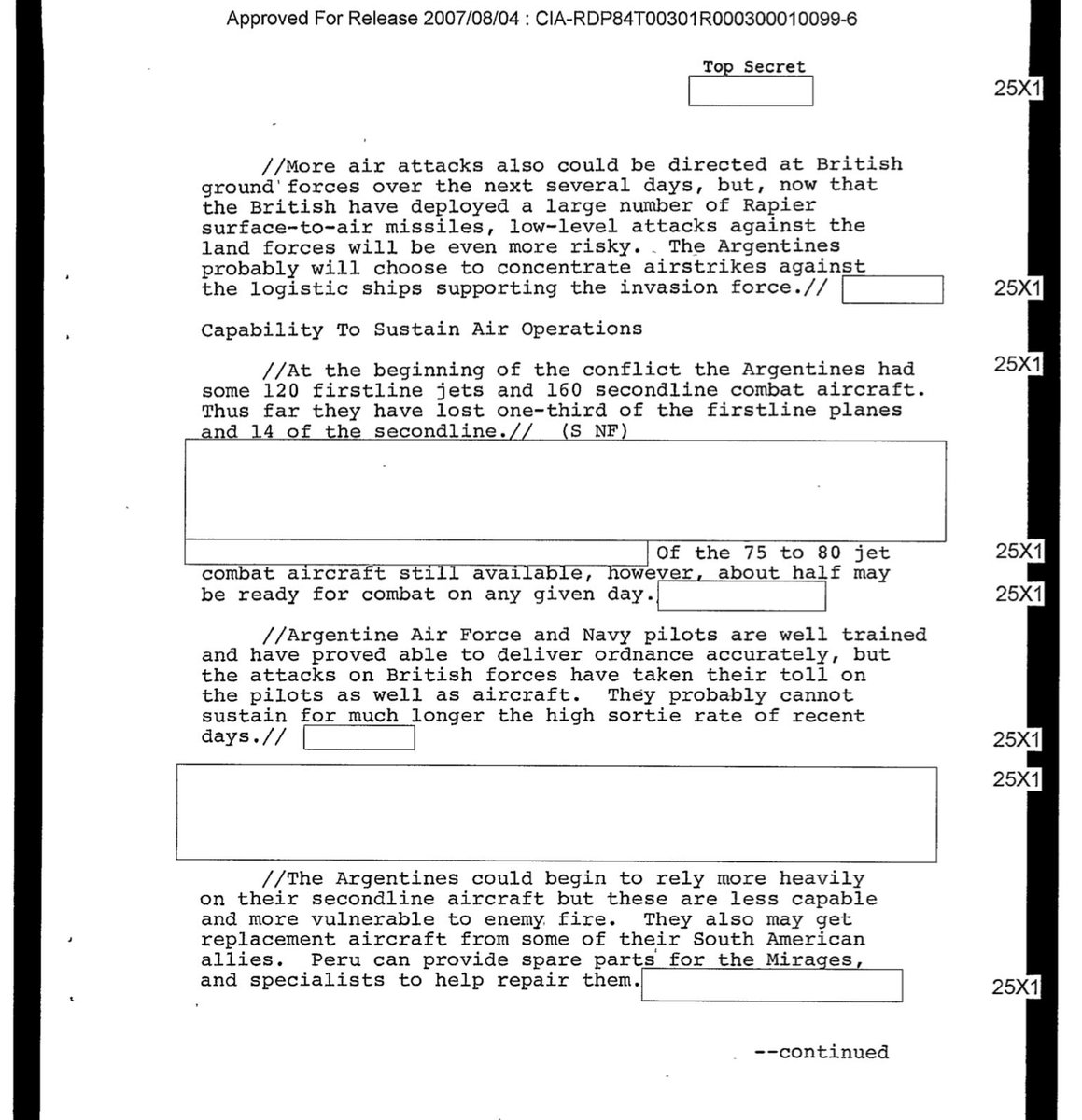
On a visit to the UK, President Reagan addresses Parliament: “On distant islands in the South Atlantic young men are fighting for Britain. And, yes, voices have been raised protesting their sacrifice for lumps of rock and earth so far away”
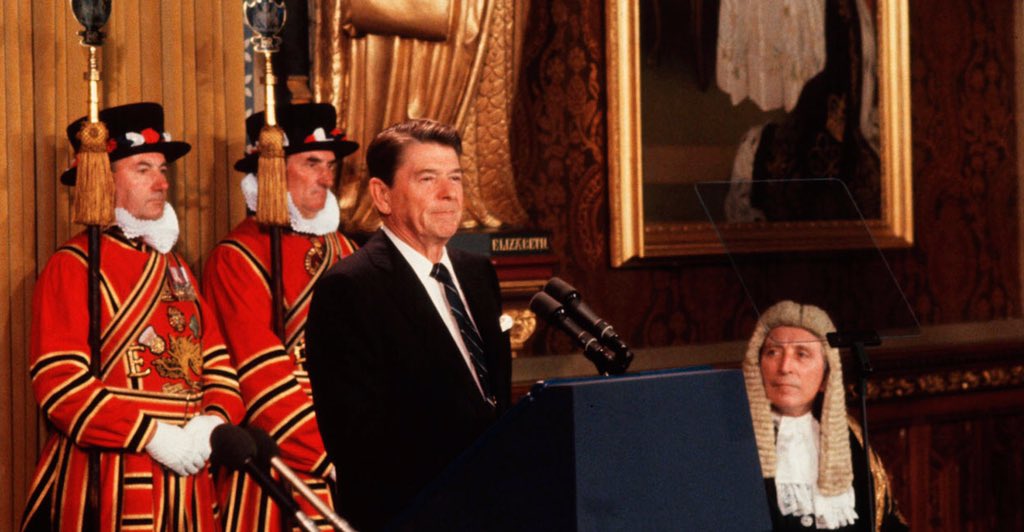
Quick thing I missed yesterday: Defence Secretary John Nott makes a statement in the Commons.
"British forces have moved forward to positions surrounding Port Stanley, and are in firm control of high ground on an arc surrounding the town"
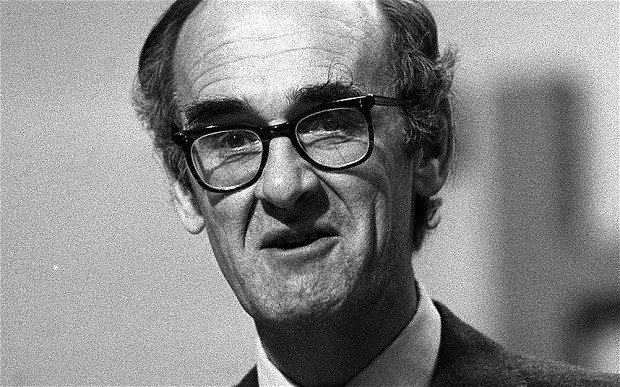
Then it was assumed that the MoD Press Office released it in error. That was denied by Nott.
The fingers now pointed at political leak. Backbenchers were restless...
Ultimately, no one was ever held to account and the issue went cold after the end of the war.
Position your troops in an arc around the town, atop of the very conveniently placed mountains.
That is exactly what the Argentines did.
It was meant to be a silent advance, but then Corporal Milne of B Company stepped on a mine. The enemy opened fire. The Argentine troops had night vision. 3 Para didn't.
One of those with him was killed, while the other two wounded. McKay continued, hurling grenades at the position. This allowed the rest of 4 and 5 Platoon time to move in to better cover.
Note the lack of cover, and yet he still made it to the base of the cliff where the enemy position was.
That was one of them....
A Company were attacking from the northern side of Longdon, but they were coming under heavy and accurate enemy fire.
Lt Col Pike therefore pulled them back and they headed round to A Company.
It was now one unified advance instead of two.
They were calling in fire on targets just 50 yards ahead of them. Pike later described the precision from HMS Avenger and the Royal Artillery as "superb."
Mount Longdon was taken by 1100hrs on the 12 June. By this time, 3 Para had been fighting for ten hours. 22 men were killed and 47 were wounded.
~50 Argentine dead, 39 prisoners, and 10 wounded.
Shortly later the attack began. They approached from the west and and were faced with mortar fire and grenades being rolled downslope. Several soldiers were killed in the first hour.
Meanwhile HMS Active began laying effective fire onto the mountain.
Progress was slow and arduous. The Argentines were well dug in and determined.
Bayonets were used once in amongst the rock.
By dawn Tumbledown was theirs. It had cost them nine dead and 41 wounded. 30 Argentine soldiers were killed.
Thanks to @Jamies73 for pointing that out 🙂
As dawn approached, the enemy launched a counter attack, which was resisted. This signalled the final Argentine resistance and they retreated.
One story is they didn't wait. They just headed straight down.
The other story is they had to wait for permission to advance.
Either way, 2 Para were the first British troops to arrive.
They also asked an Argentine Air Force officer captured at Goose Green to broadcast a message, which he did, appealing to his fellow Argentines to surrender.
He'd called Galtieri, who was keen to fight for Stanley, but Menendez persuaded against this.
The informal story is British troops arrived in Stanley and celebrated. They were greeted with cups of tea.
Then there was the formal side, which is slightly more interesting.
They argued that West Falkland was dependent upon the Argentine position in Stanley, adding that they'd also lost the air and sea battle around the islands
Over the coming weeks I'll tweet some aspects of the aftermath etc, and I'll include these in the final document I'll publish.
But for now, there are just a few final stories to tell......
I'm going to turn it all into a document that can be read as prose, rather than separate tweets.
More on that later......
I'll touch on them briefly now.
The crucial issue is the thread includes photos from Google that I don't own. They're free to use on Twitter. But I couldn't include them in a publication/profit from them without buying a licence.
Release online with an option to donate, and if demand existed, try to have it printed.
